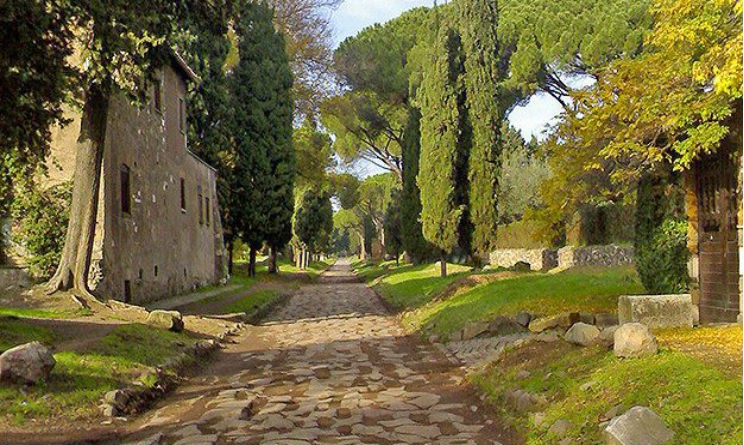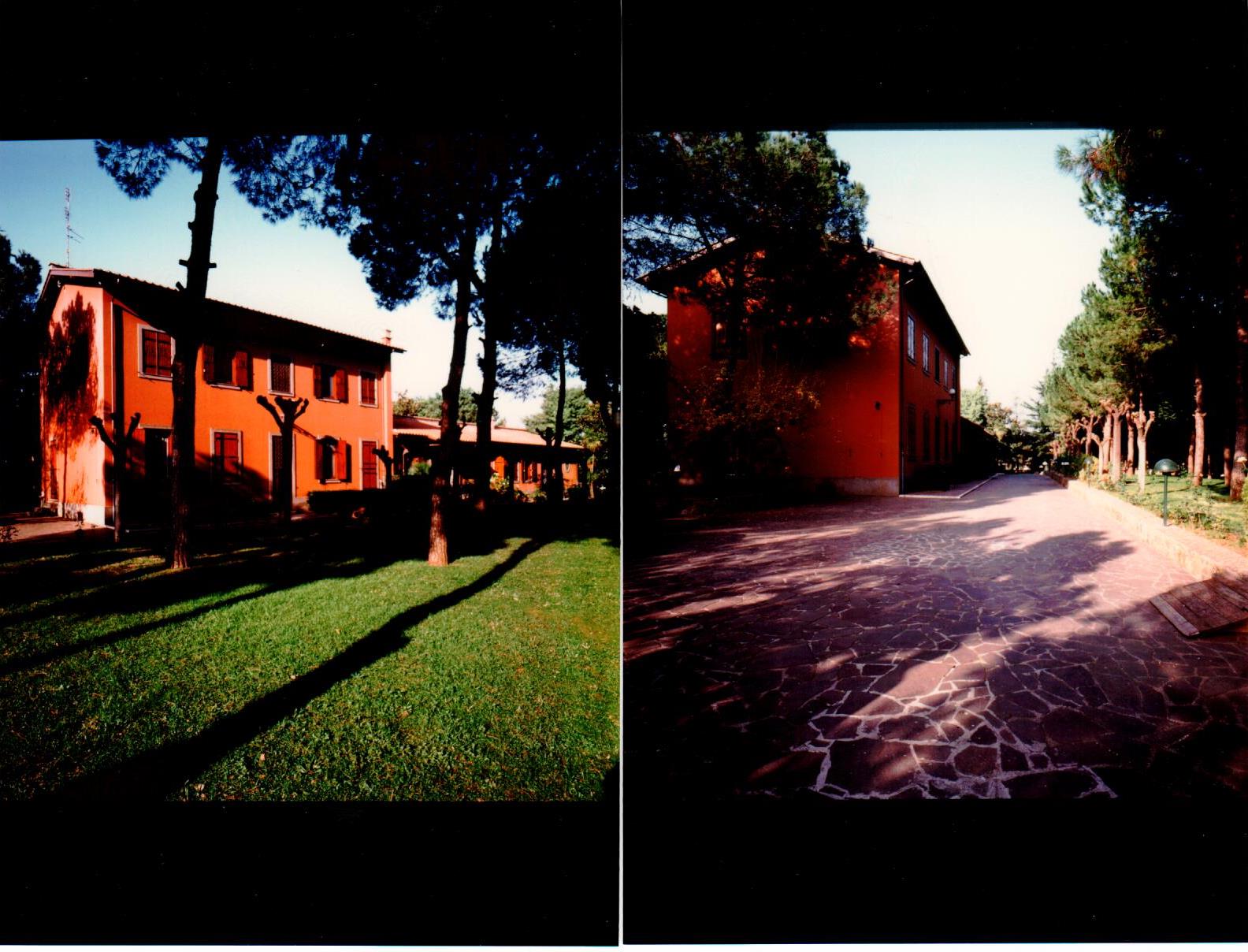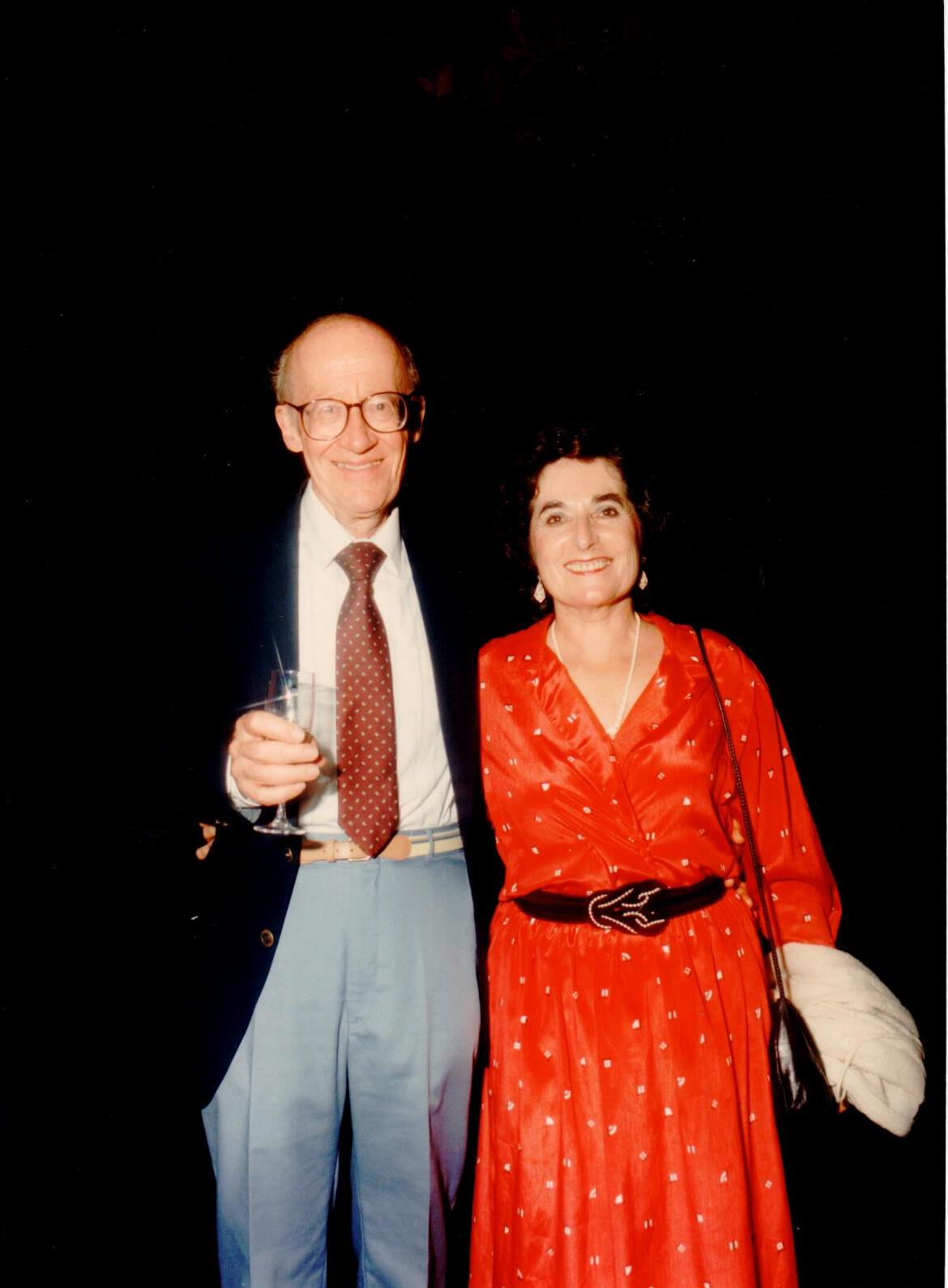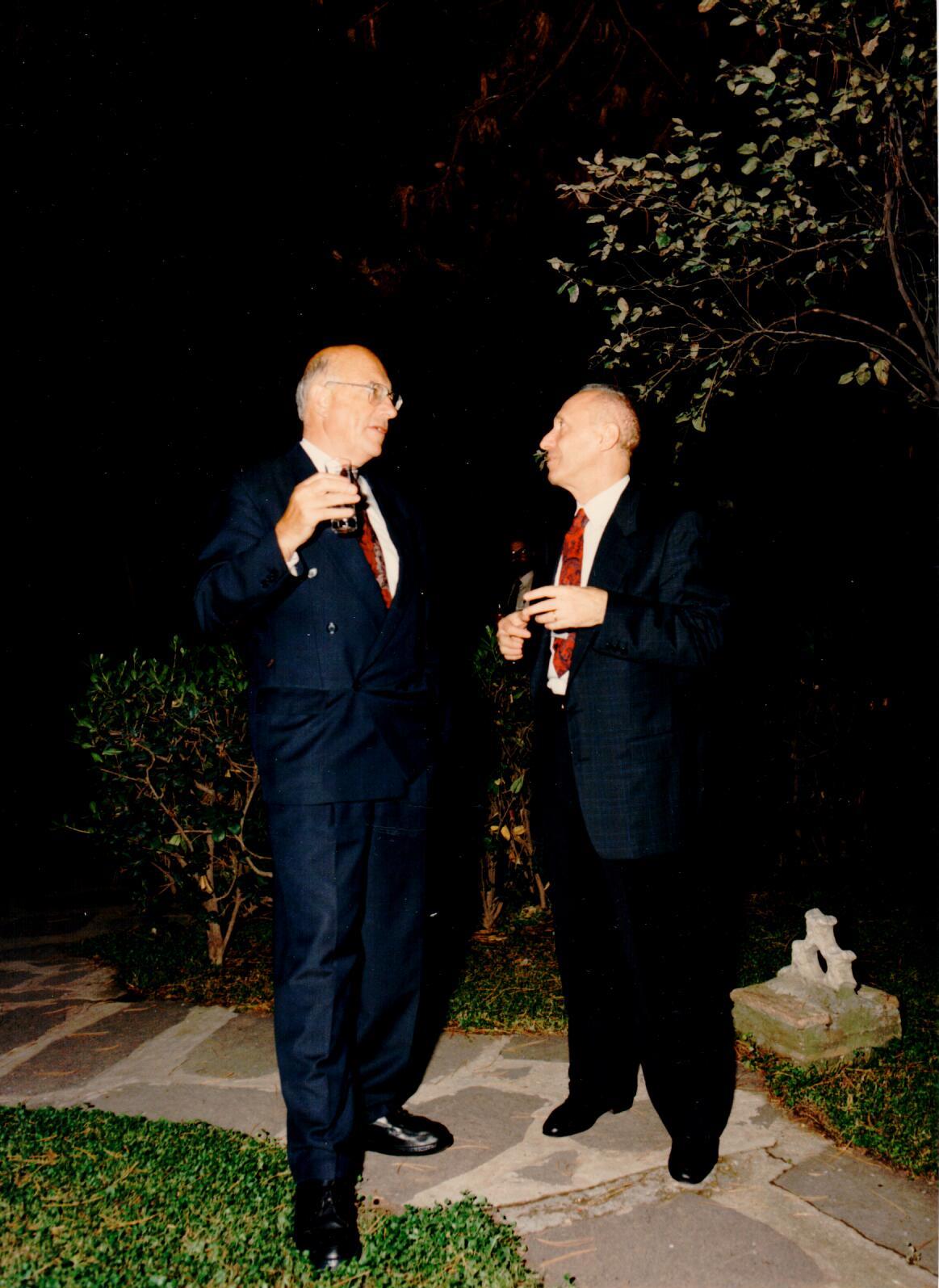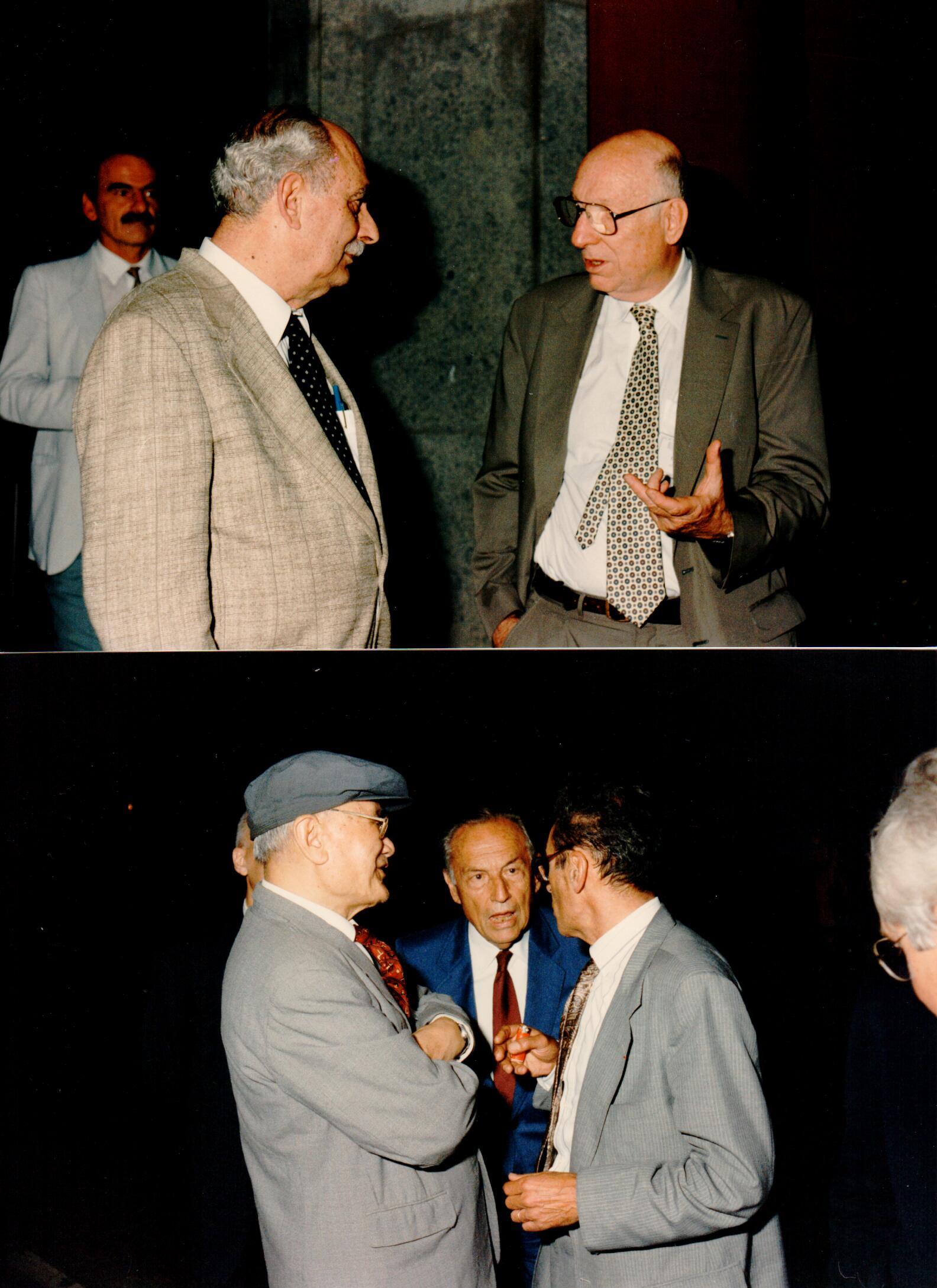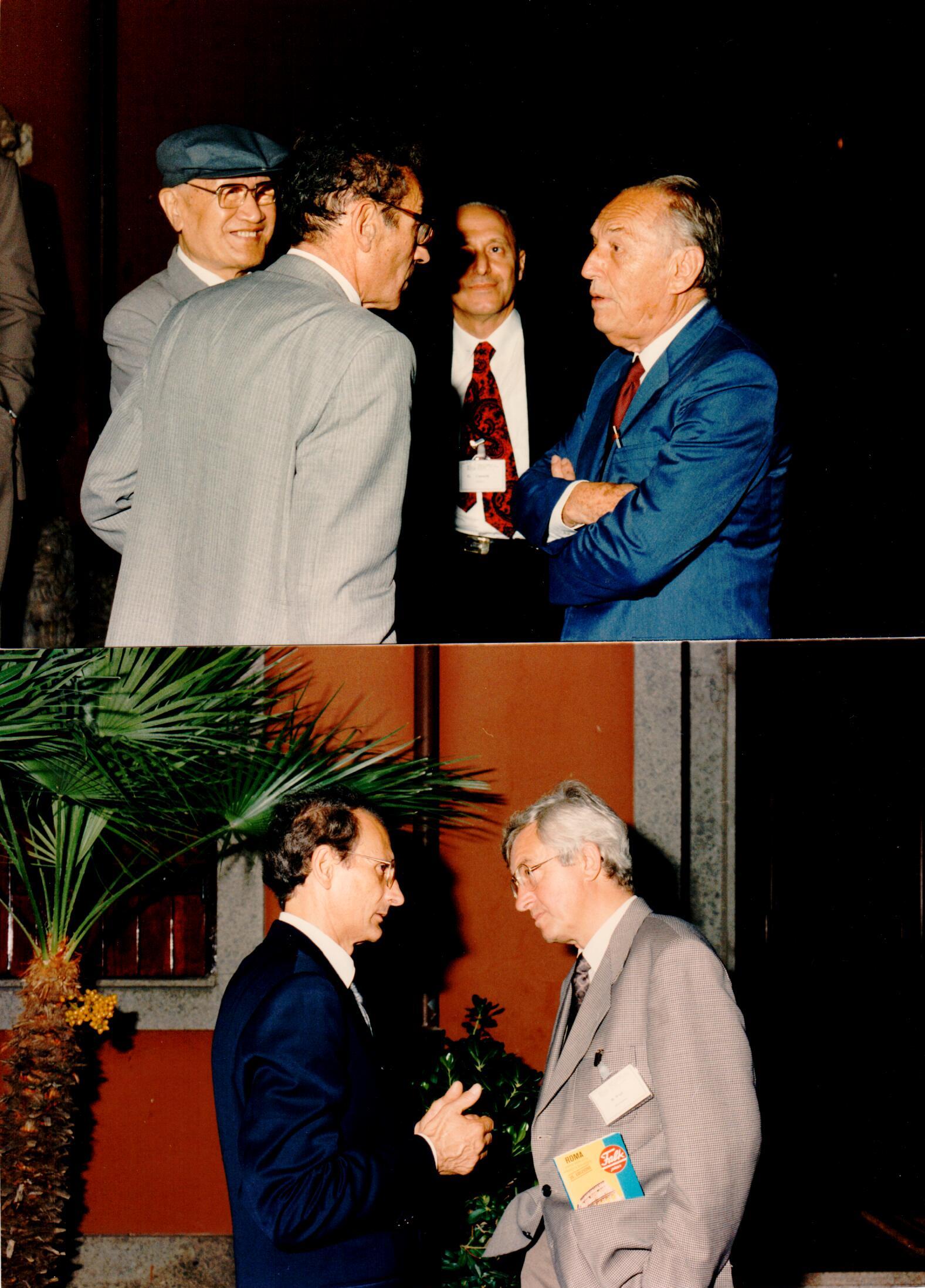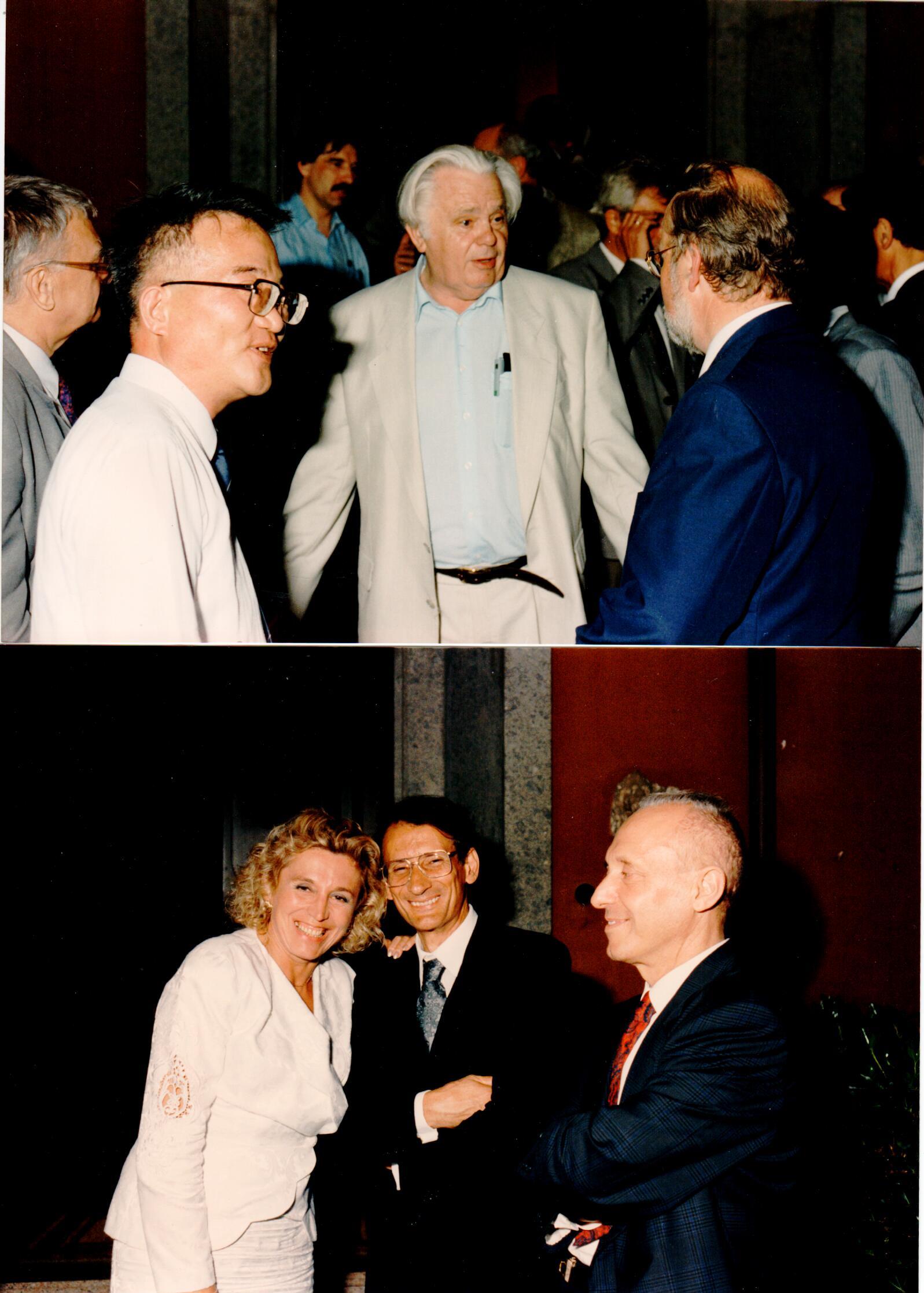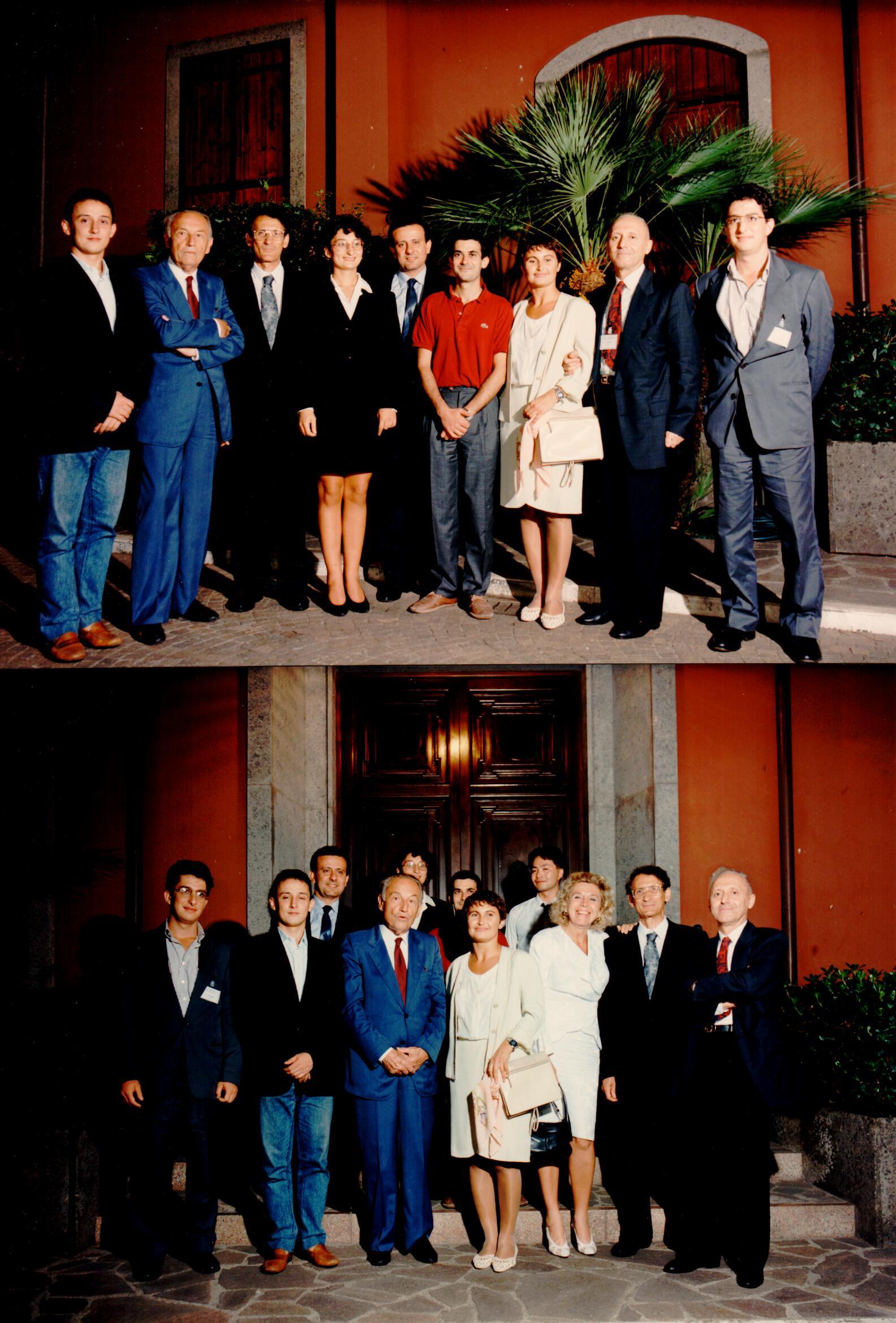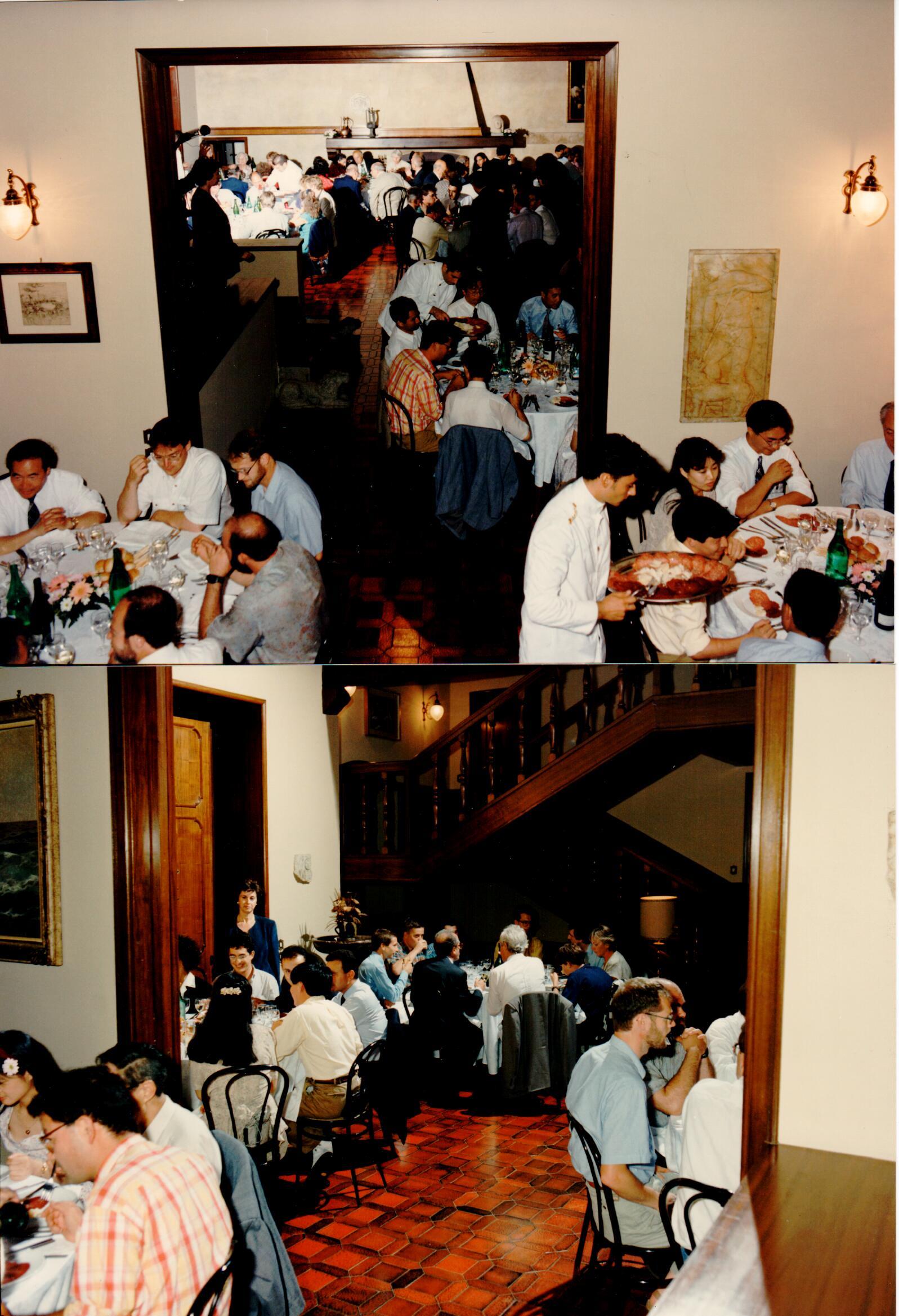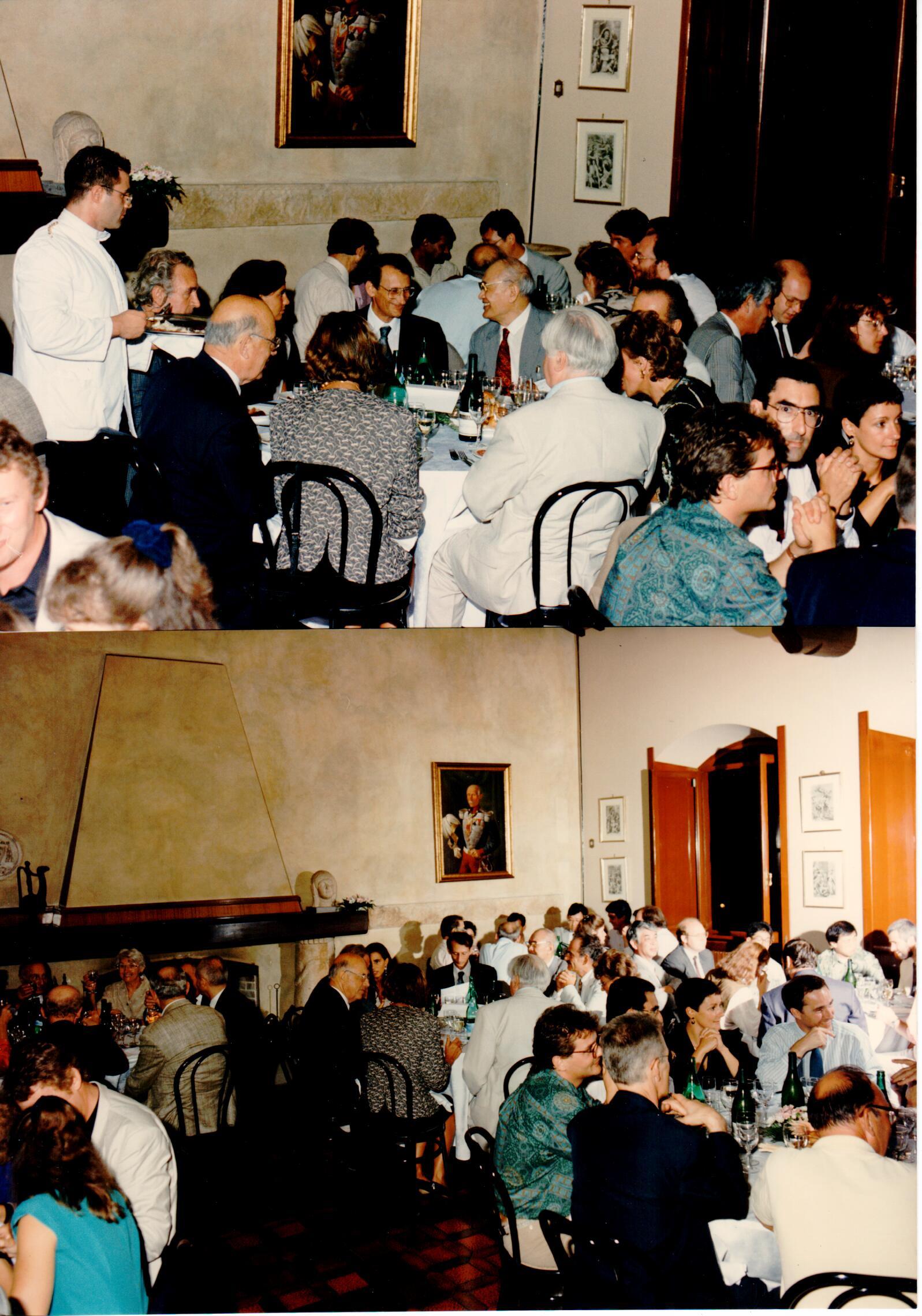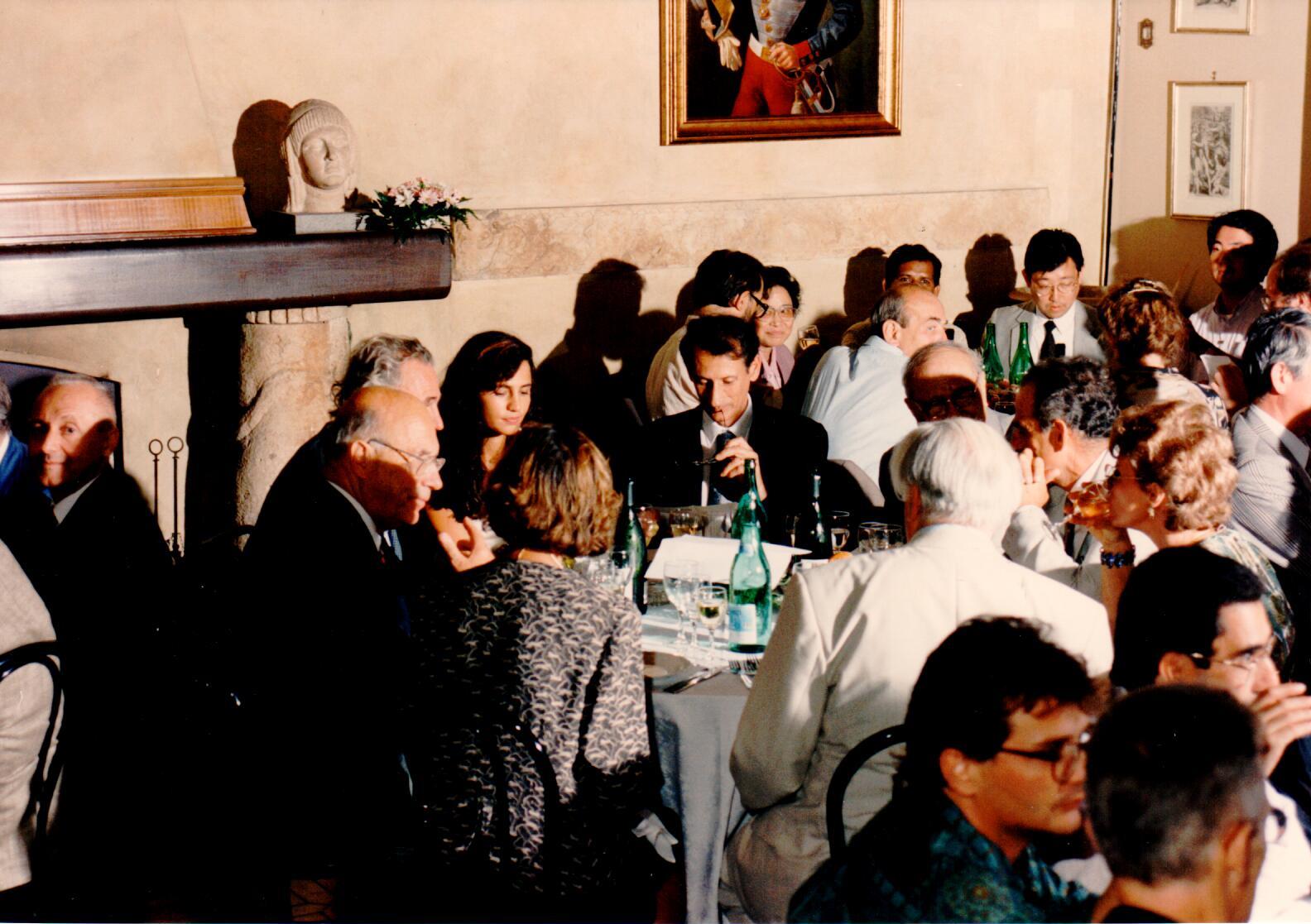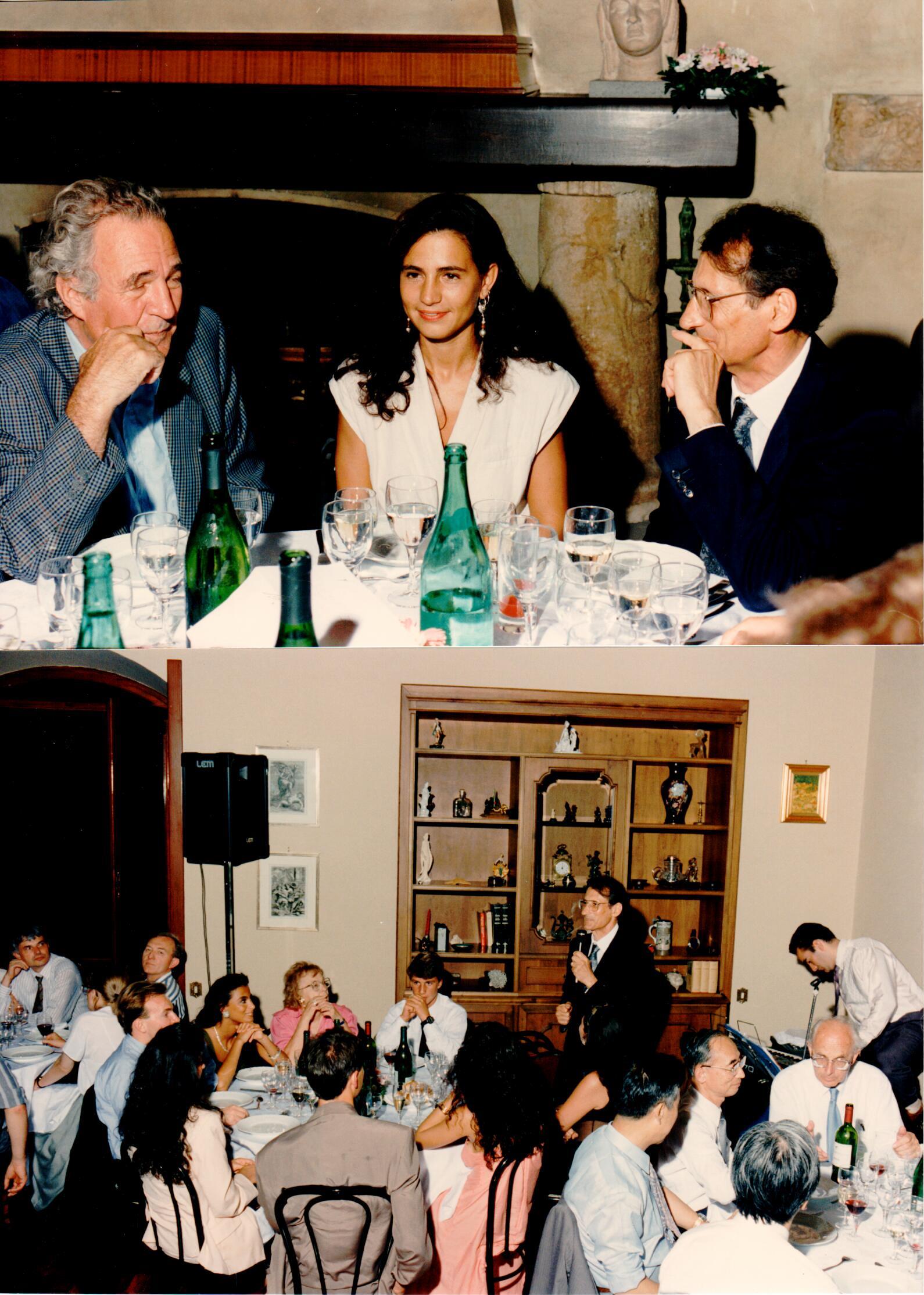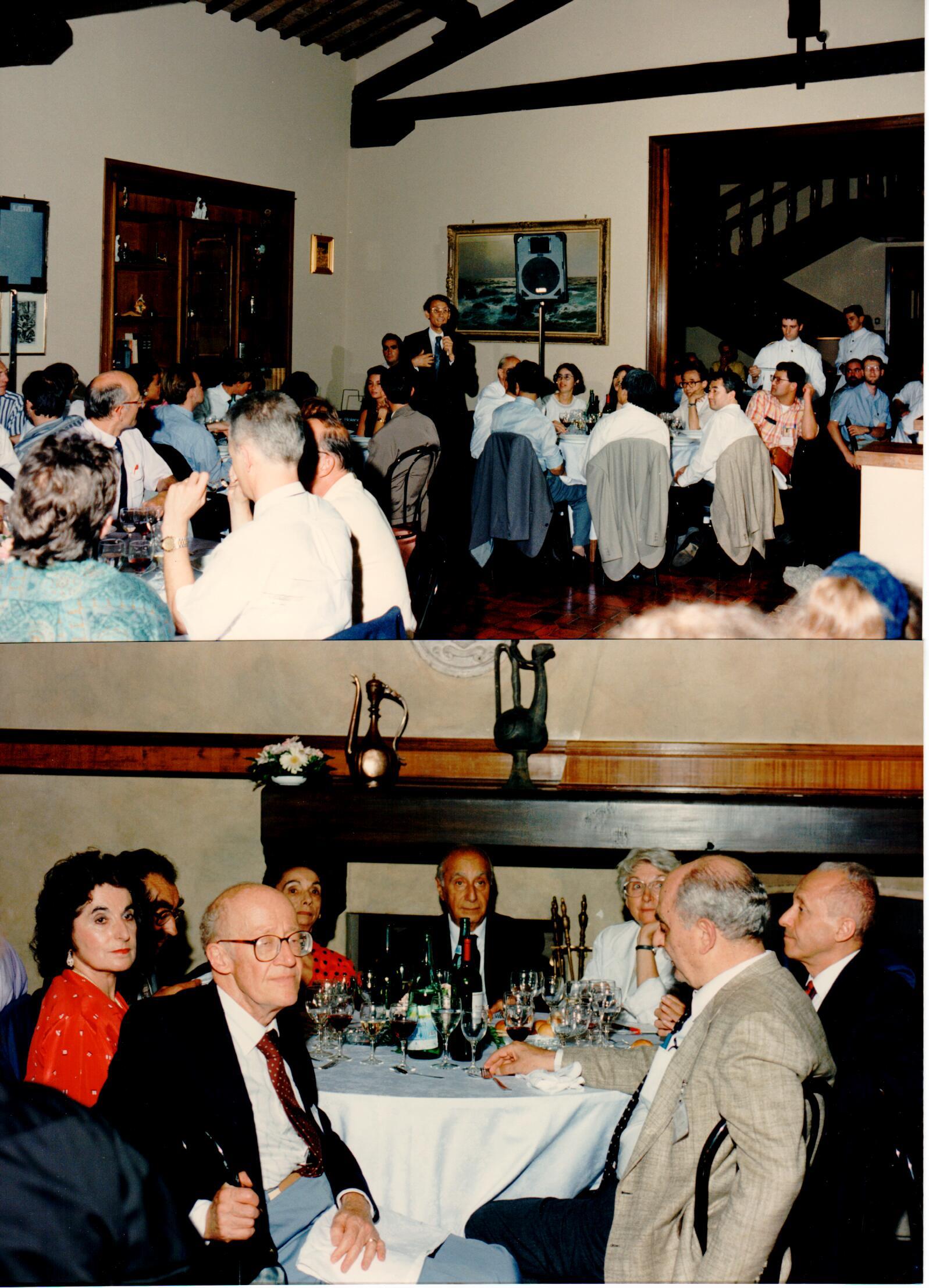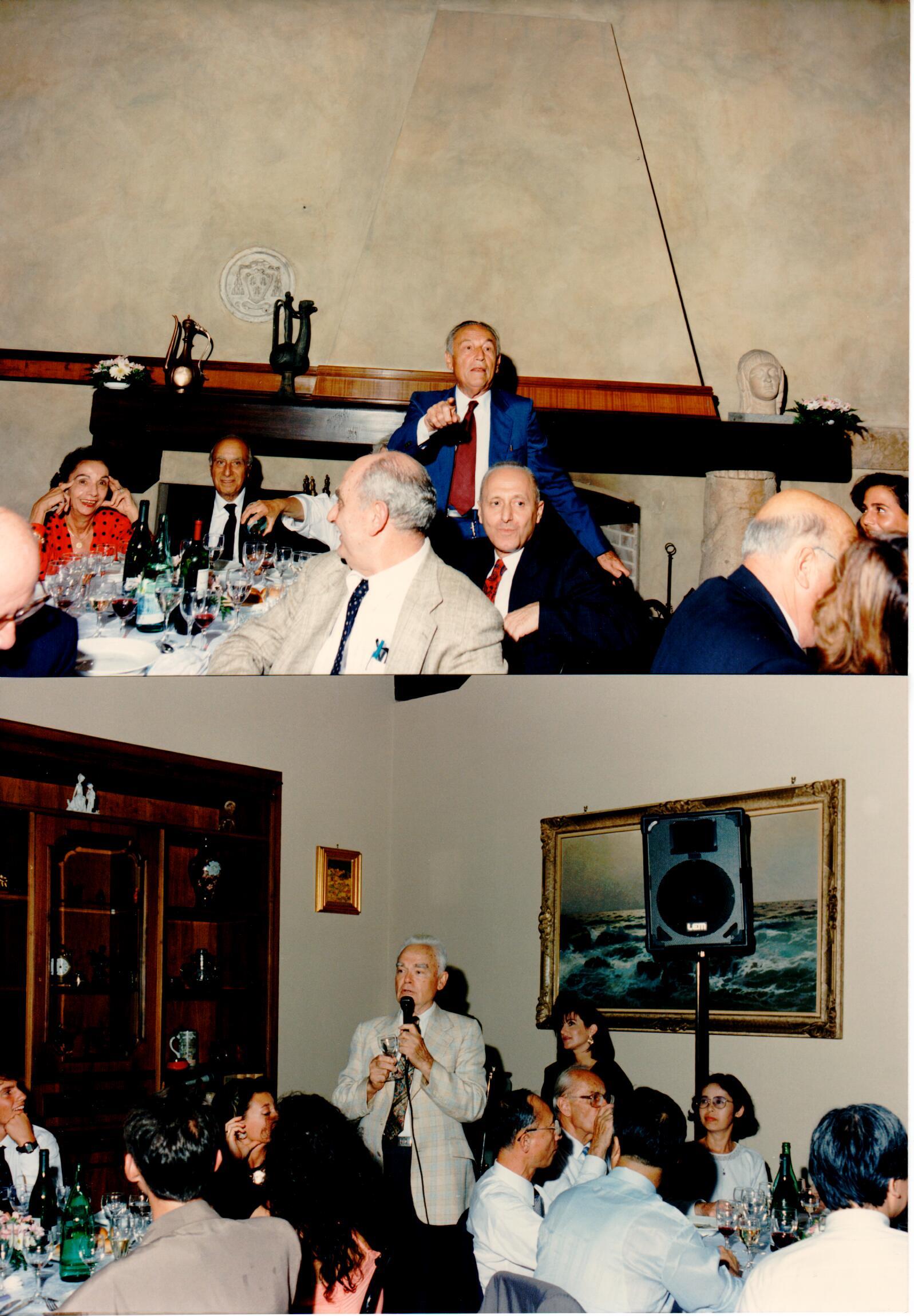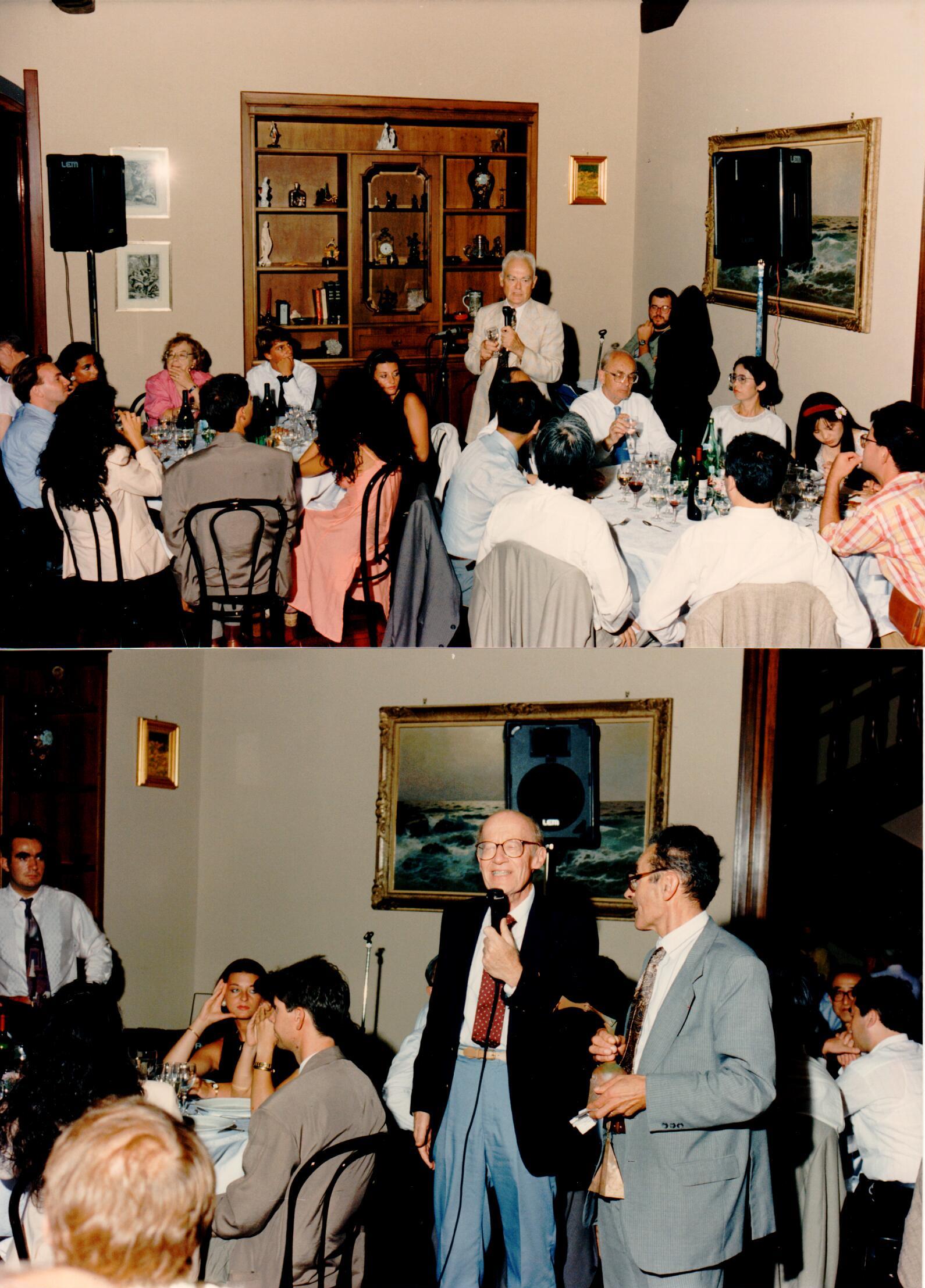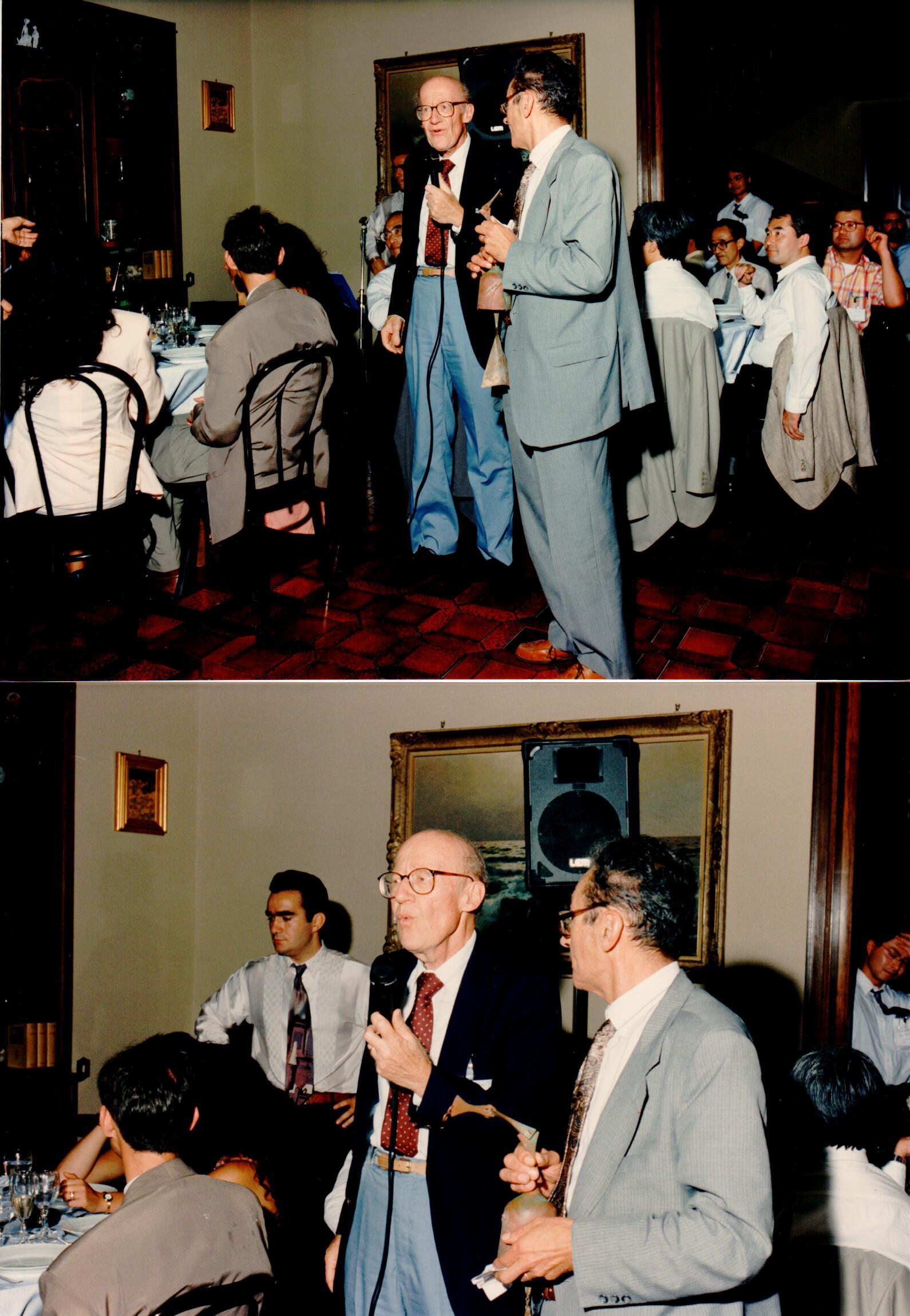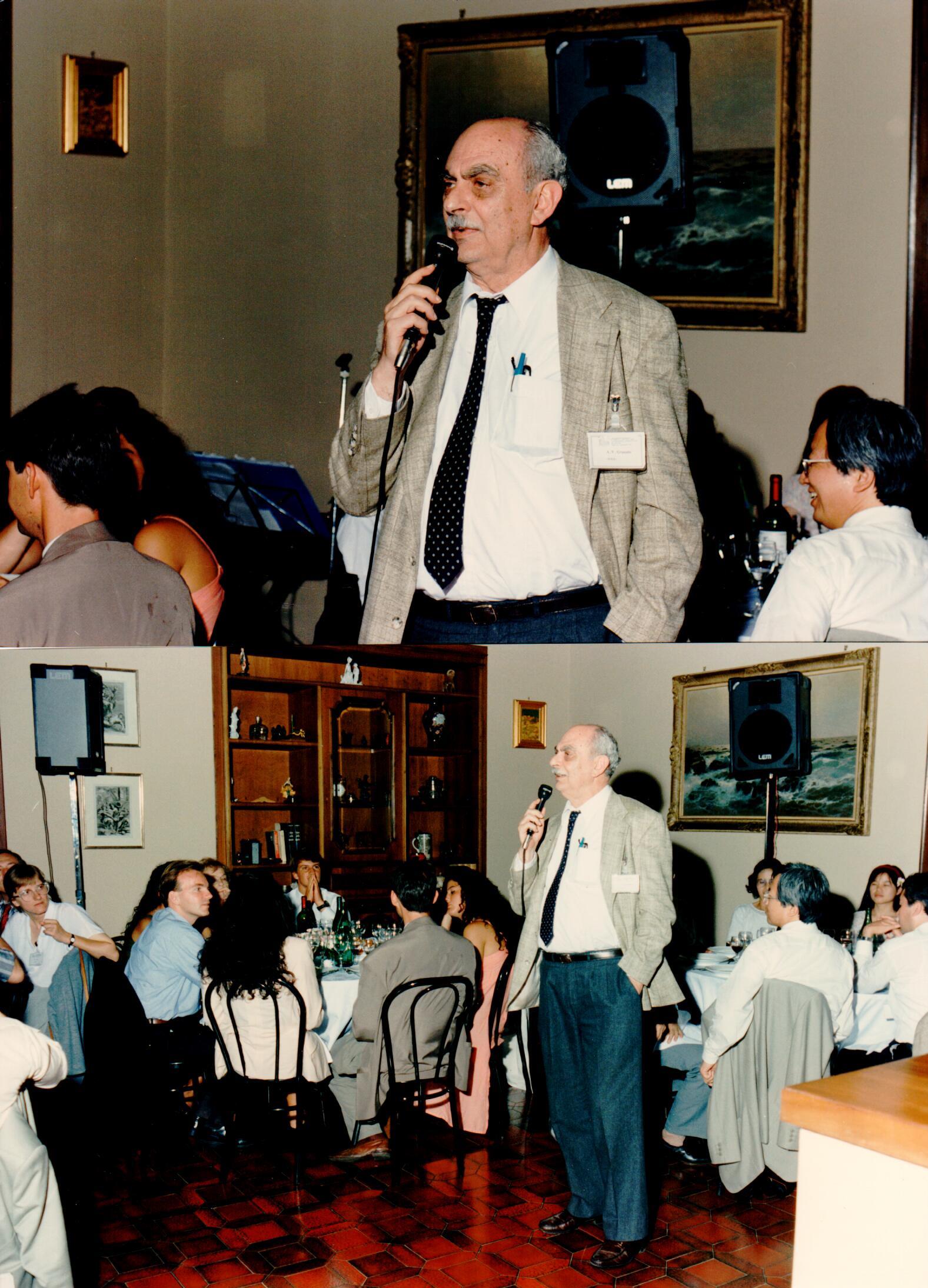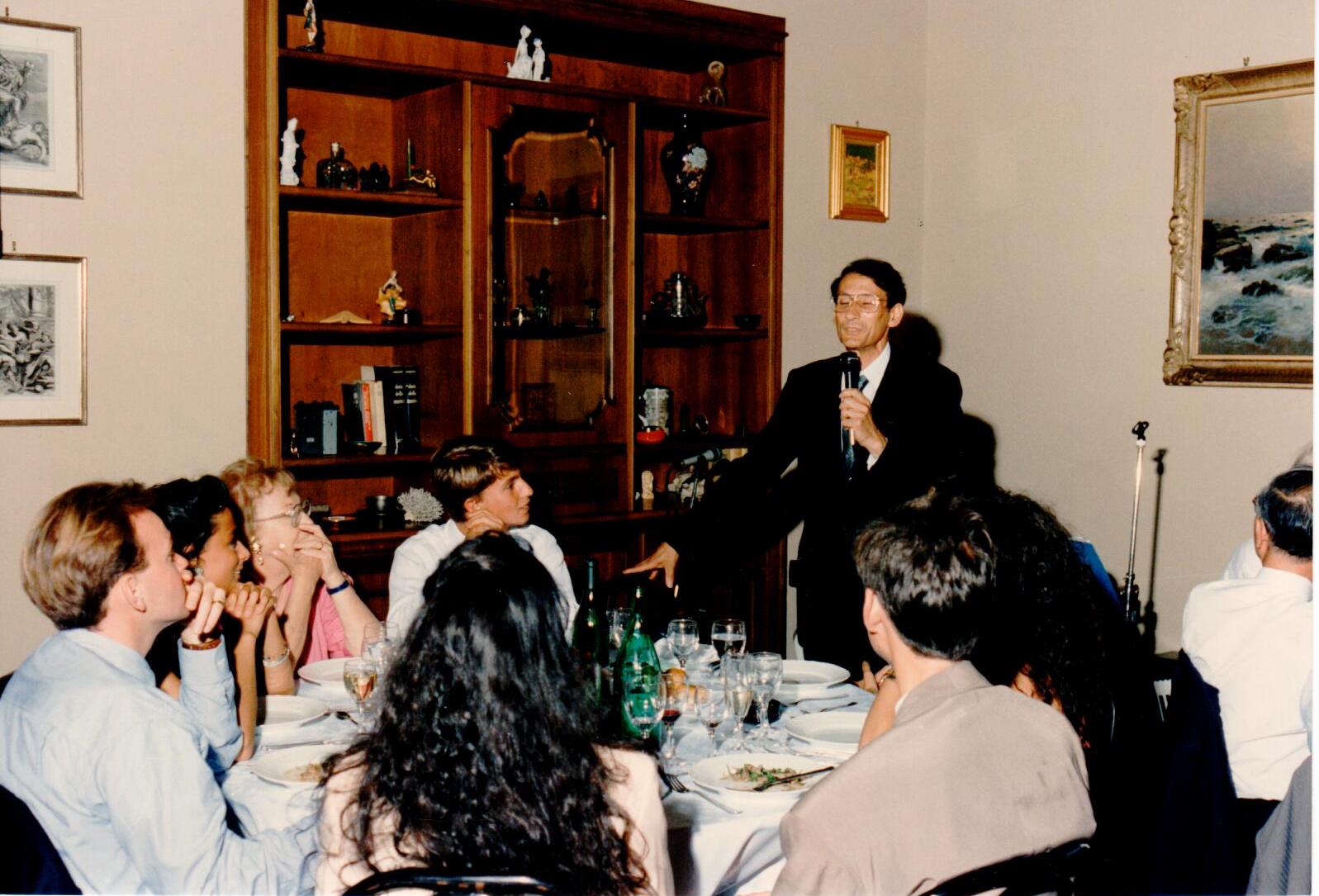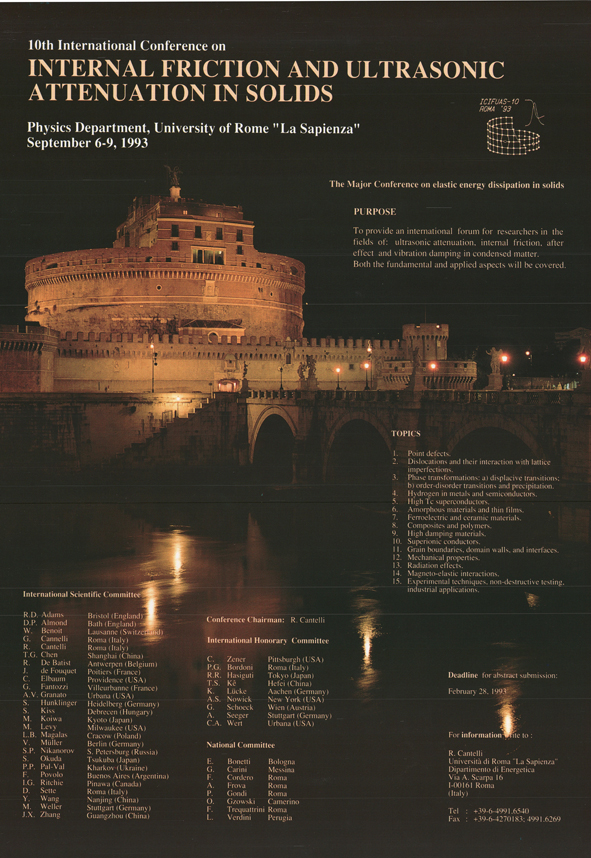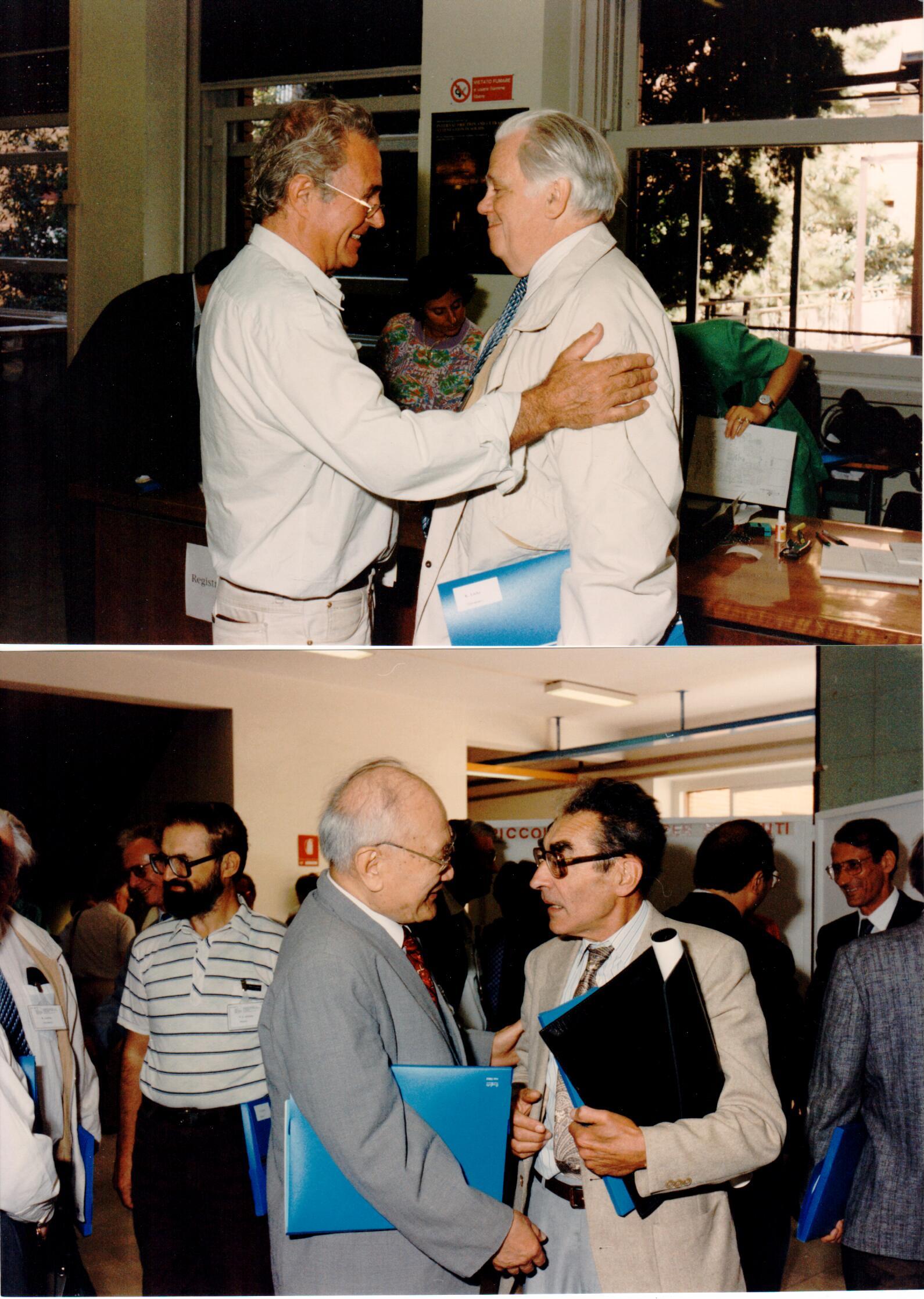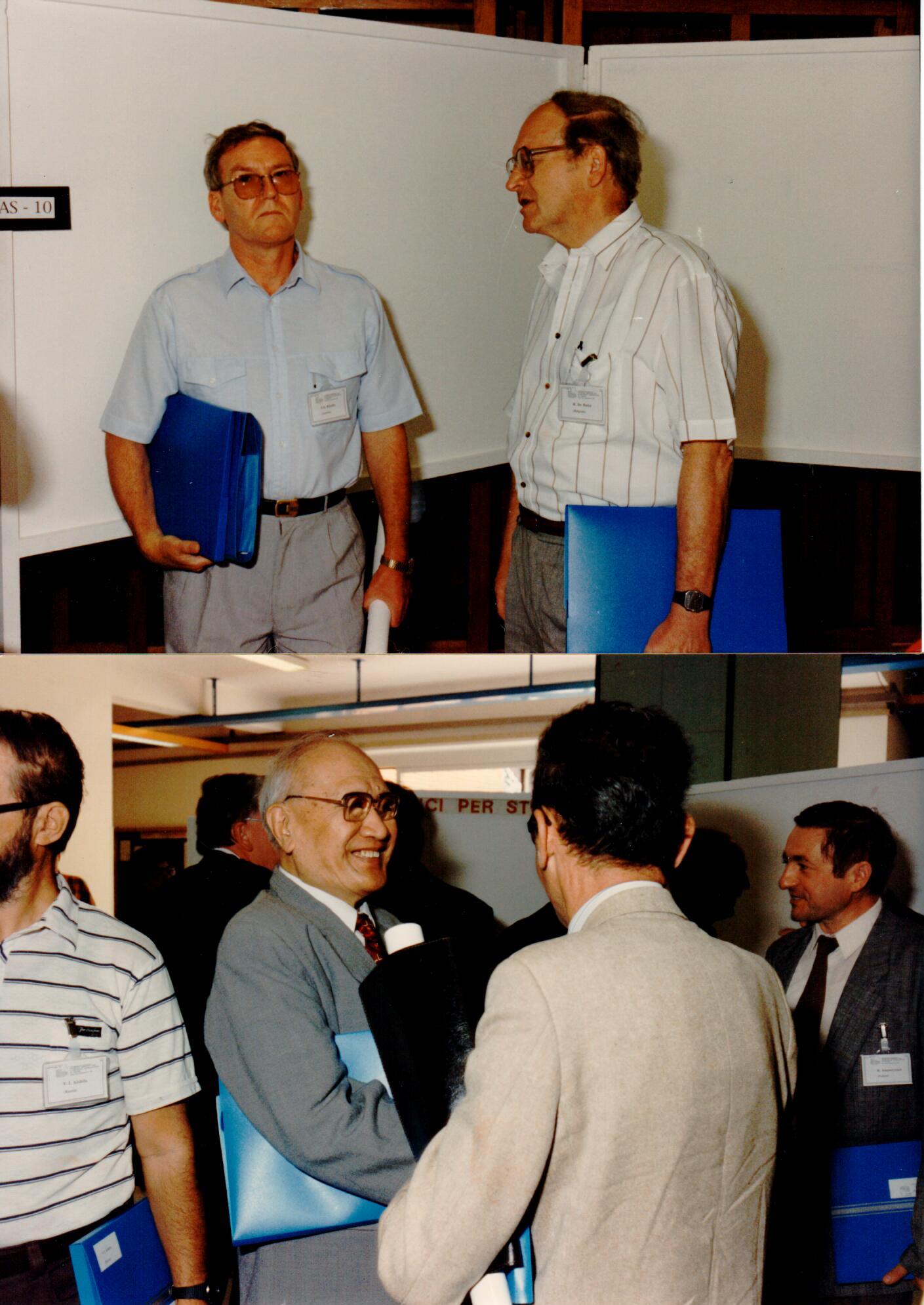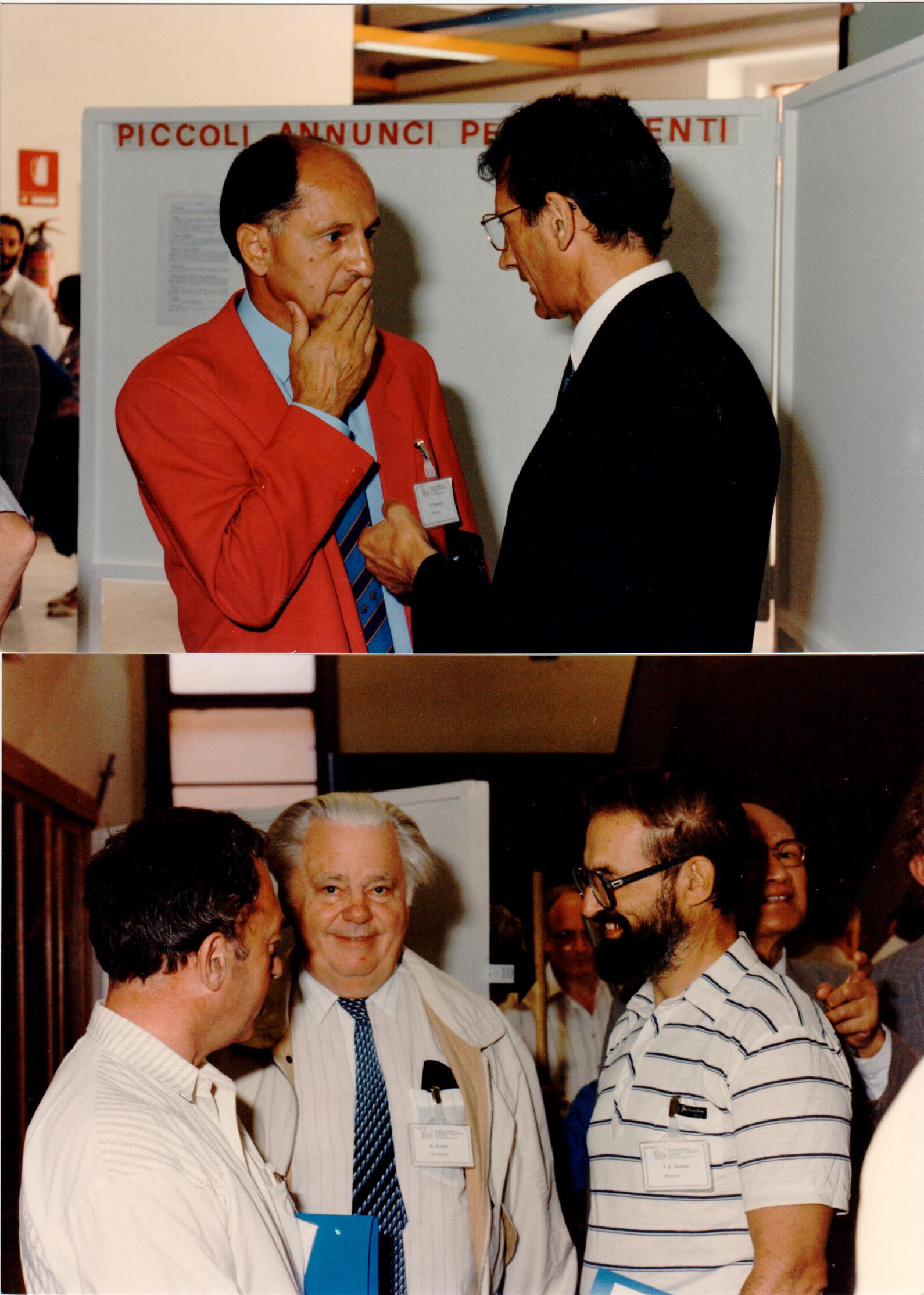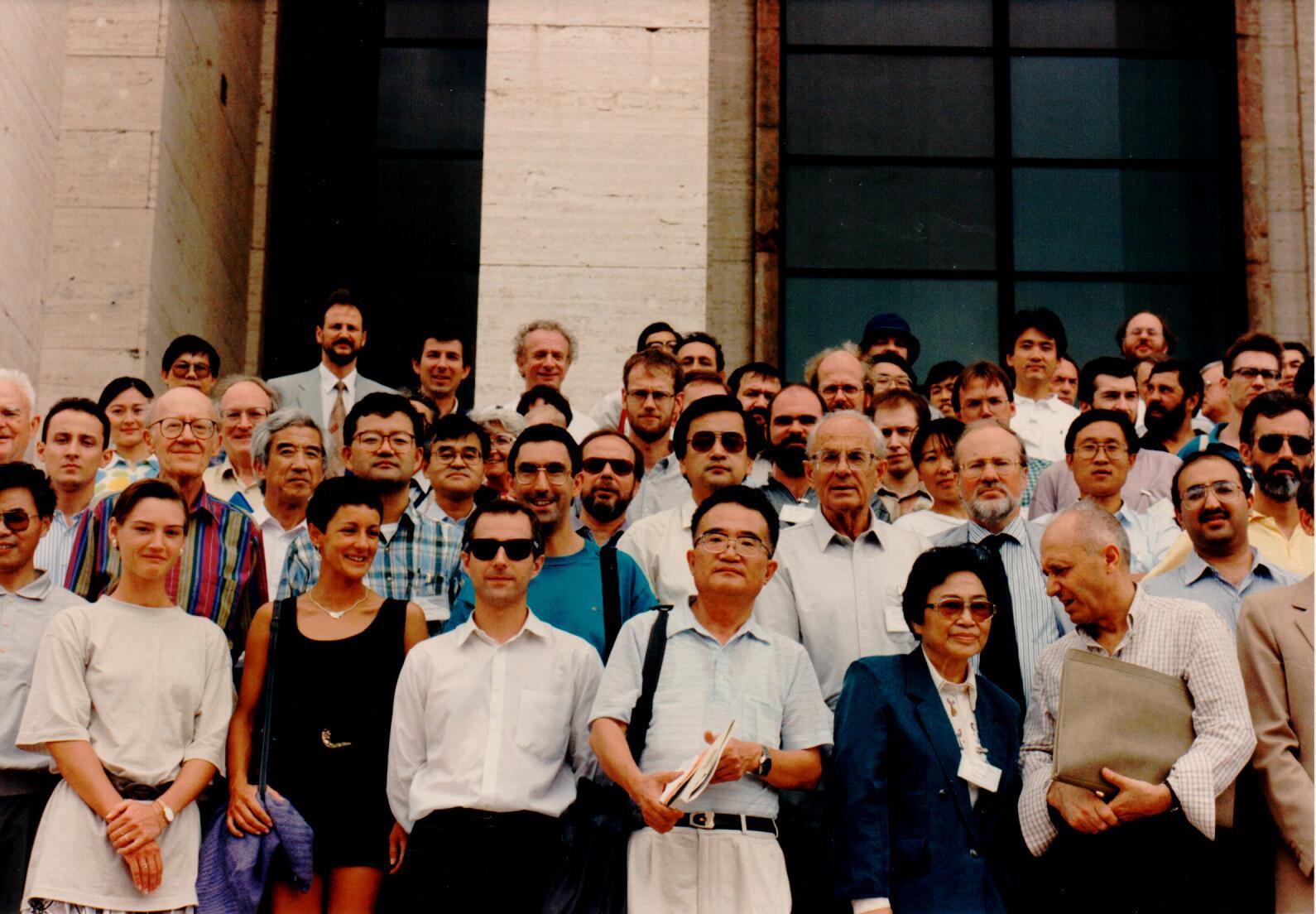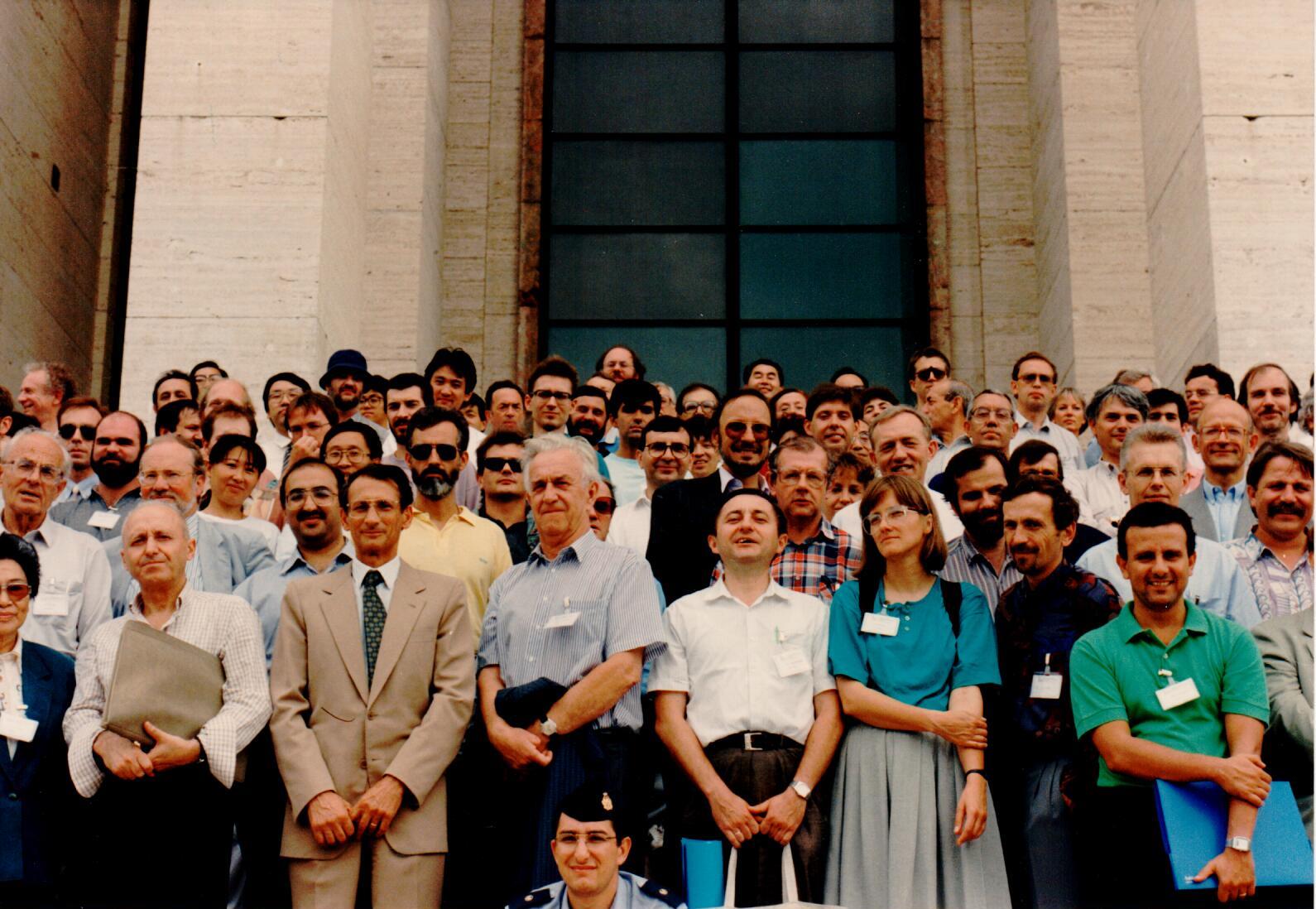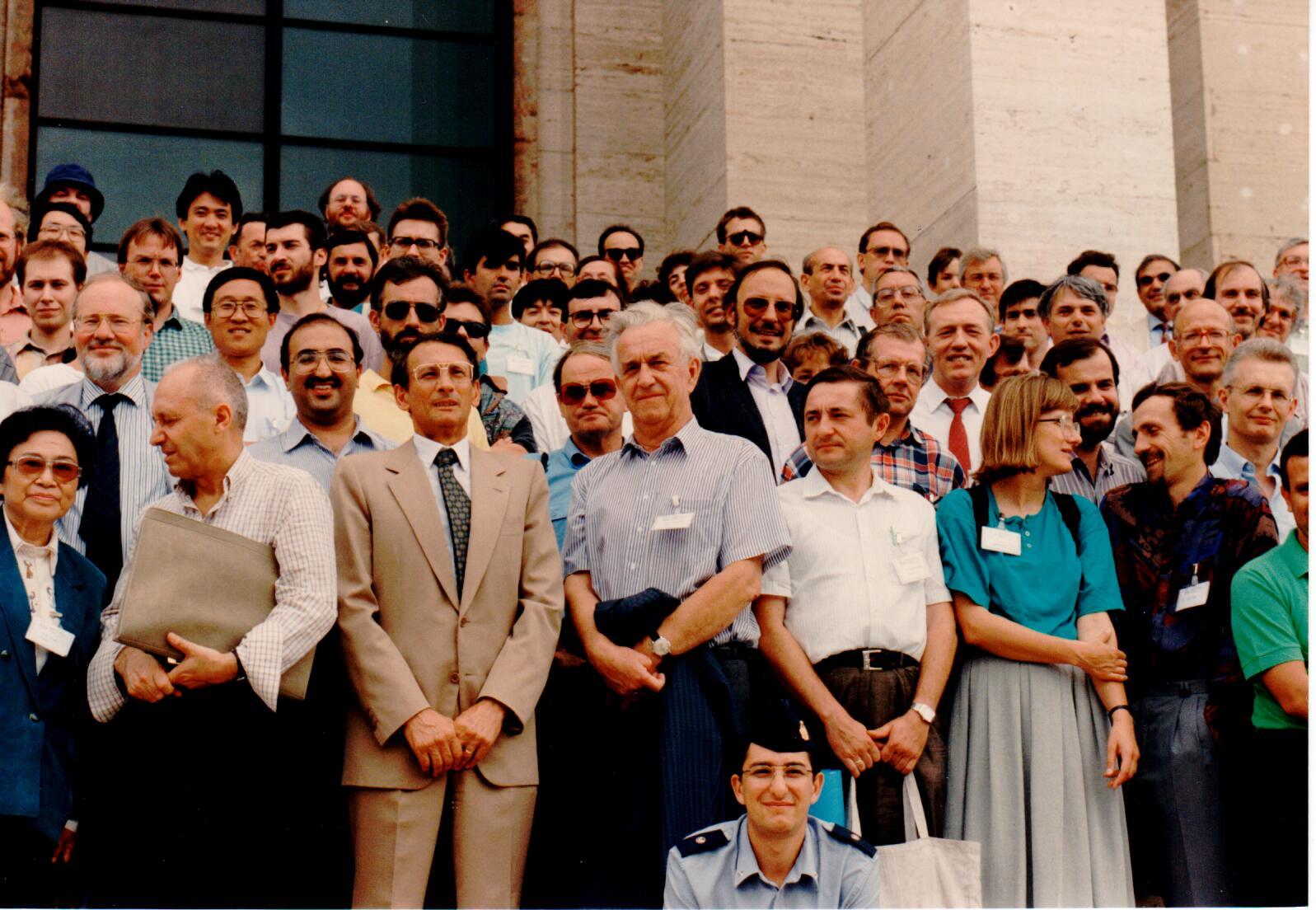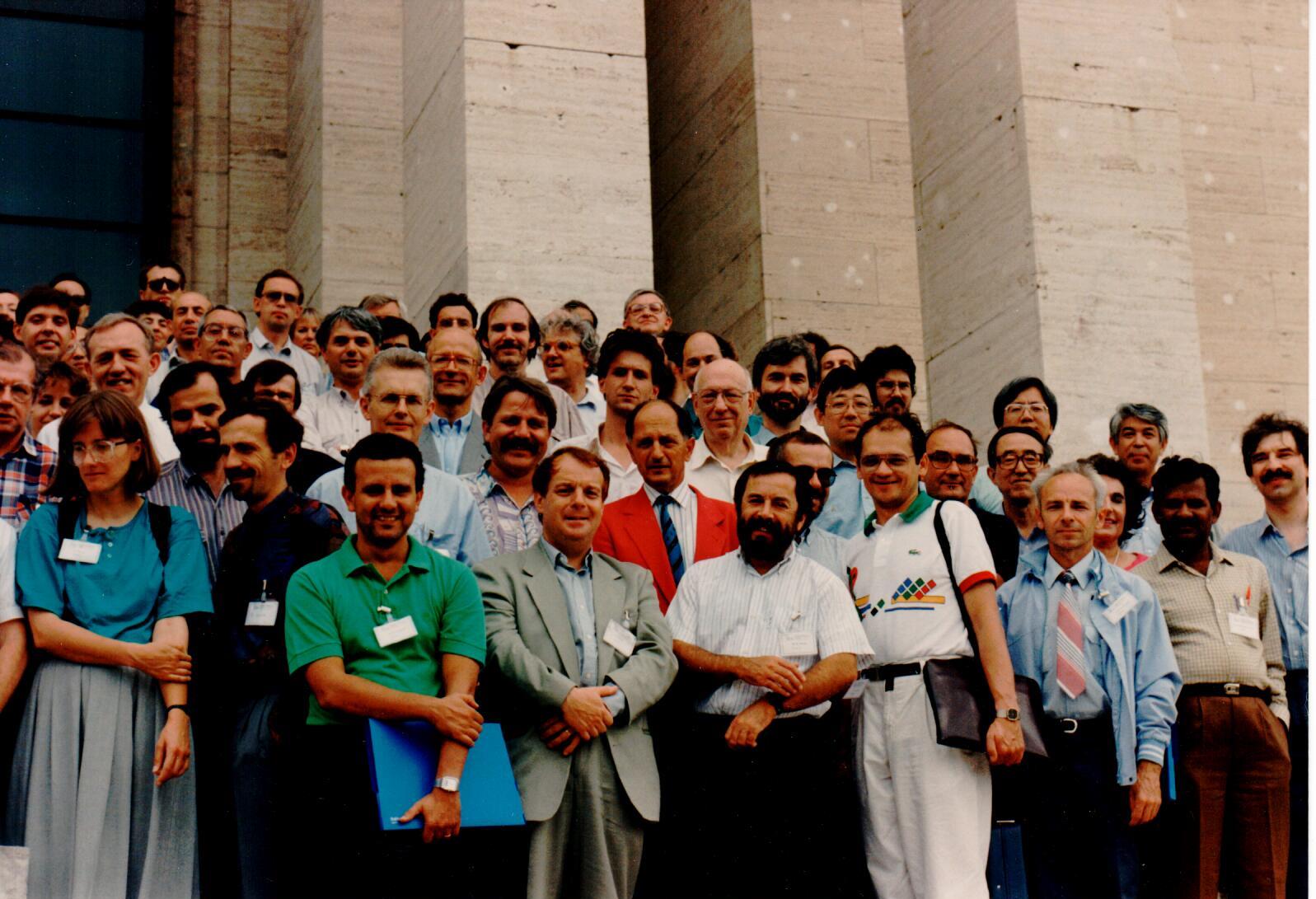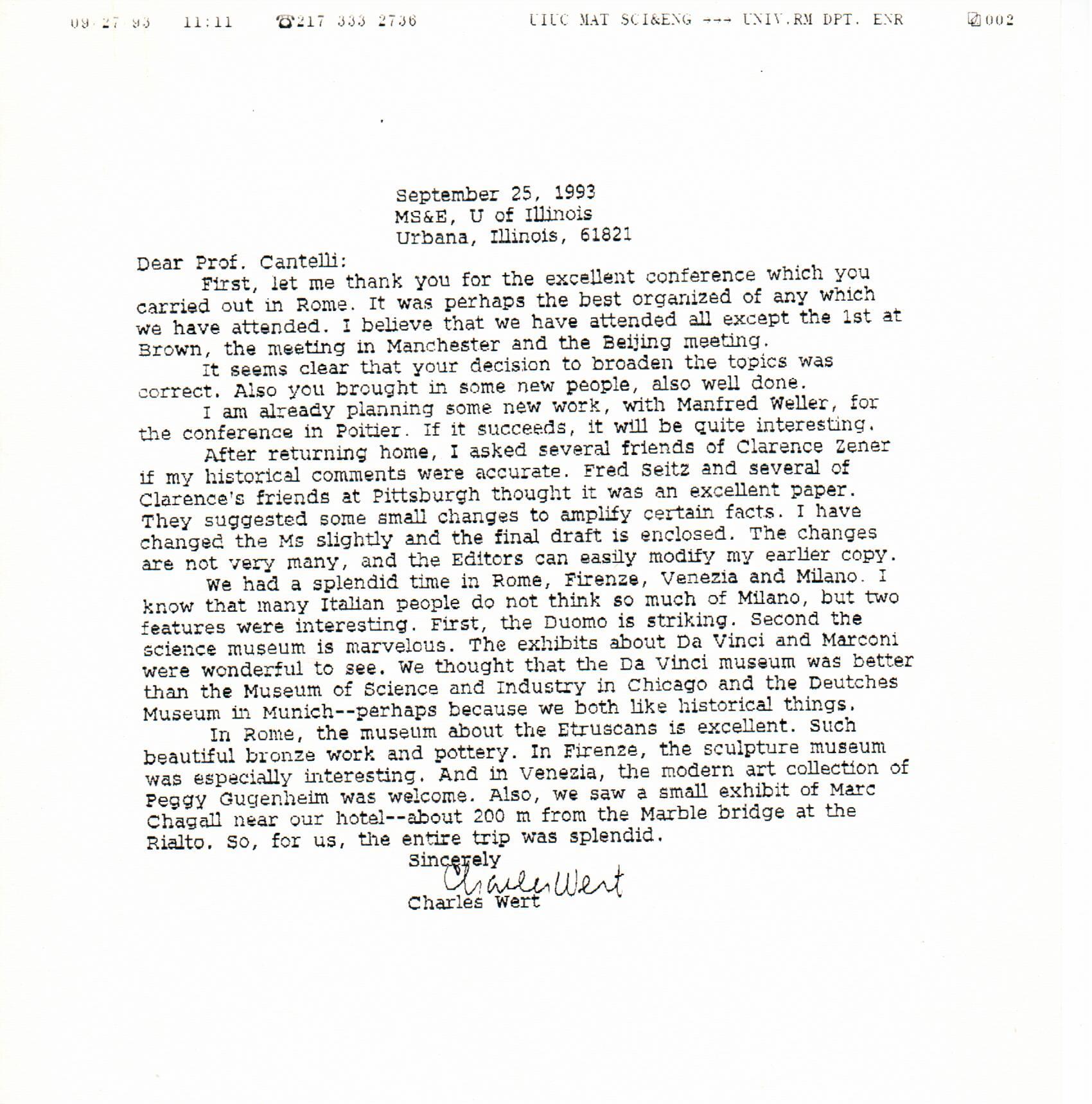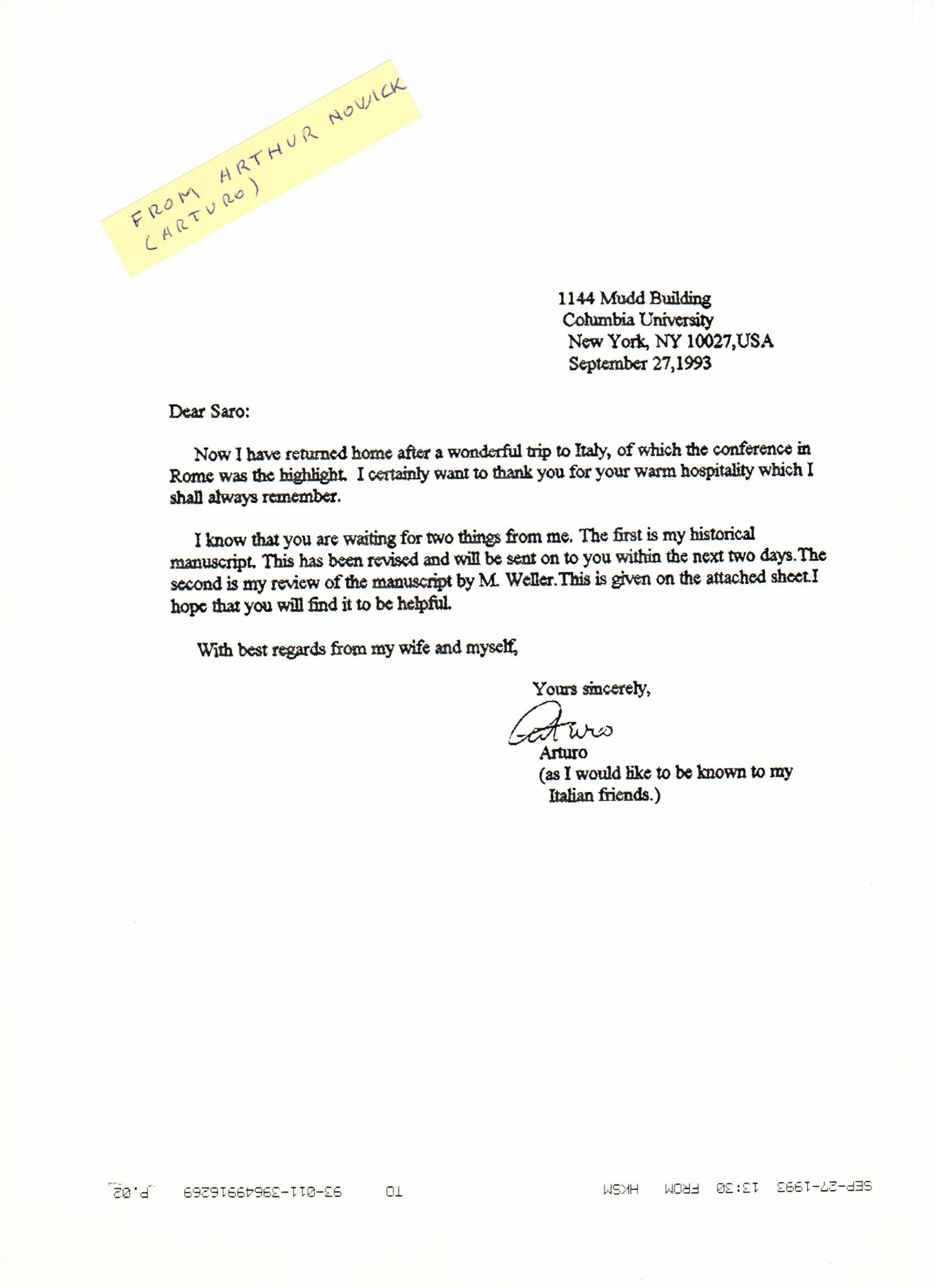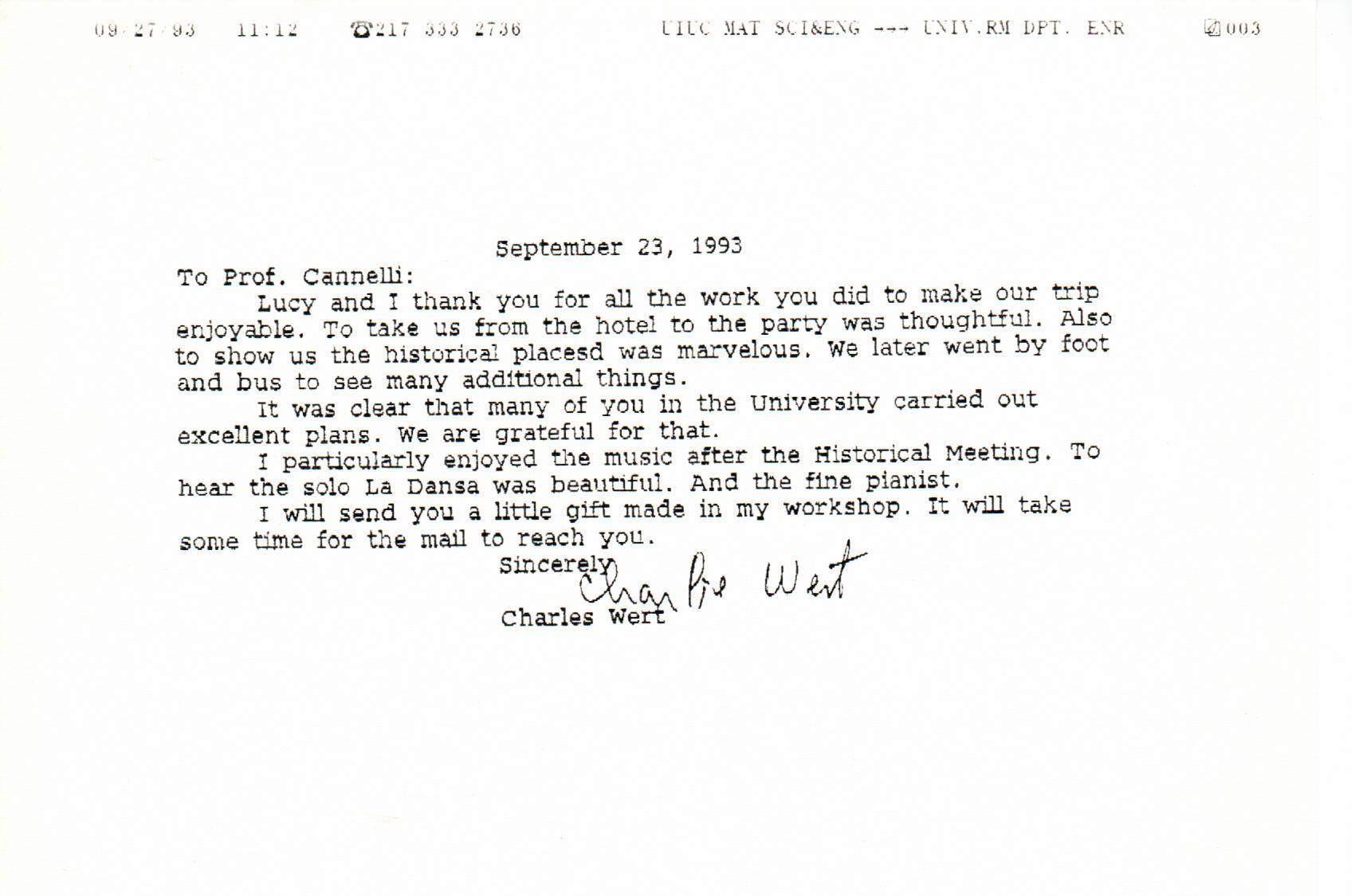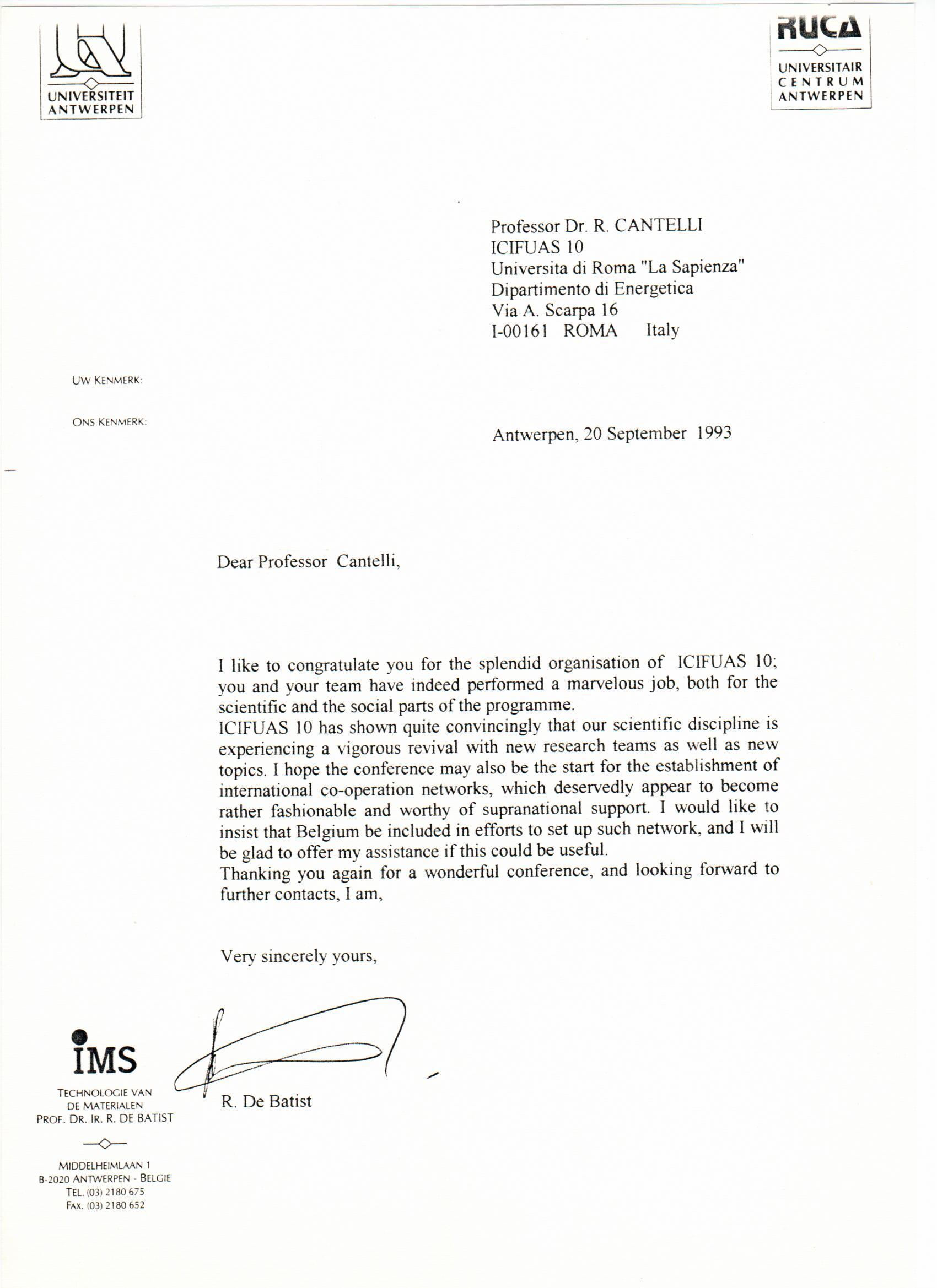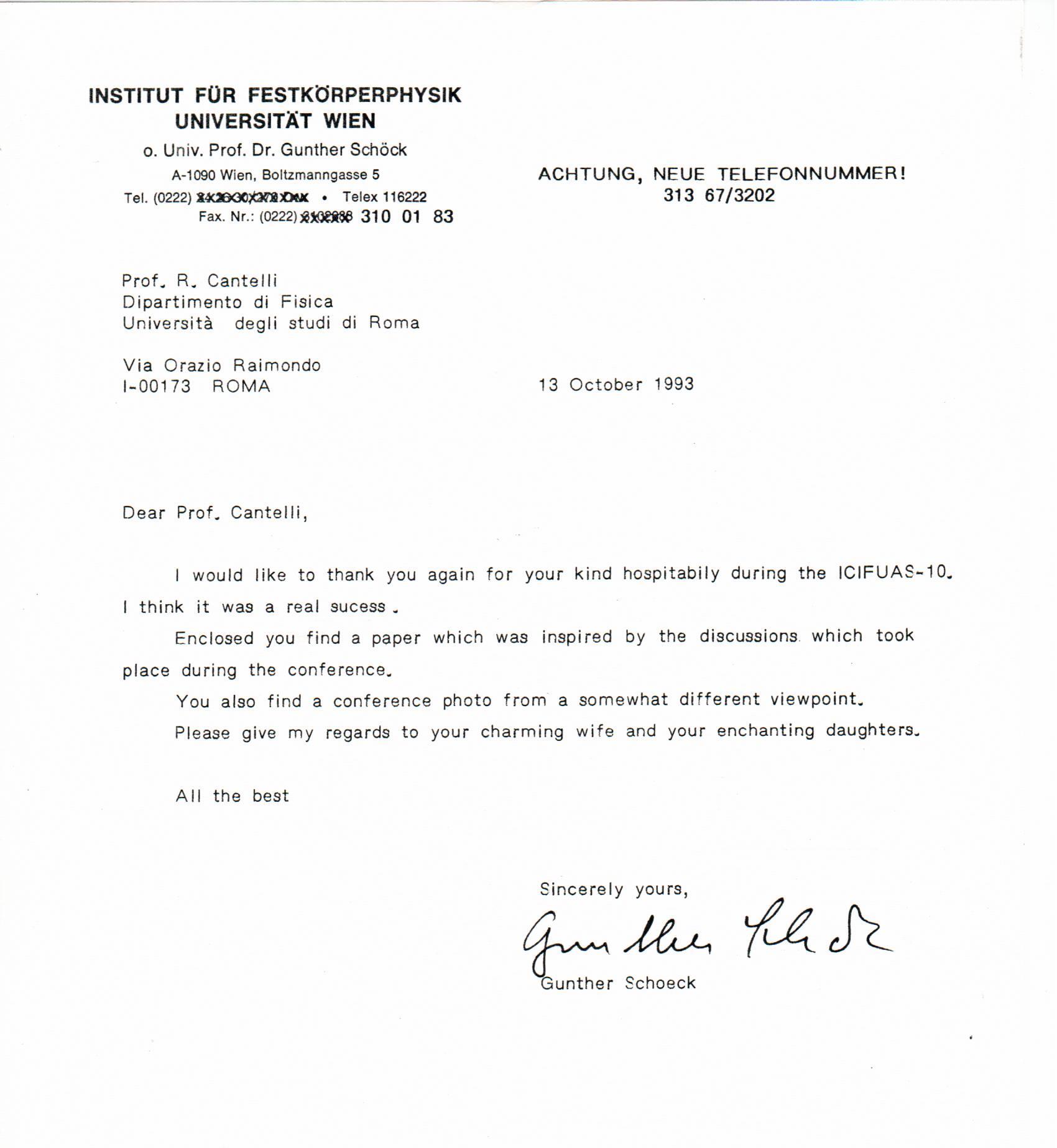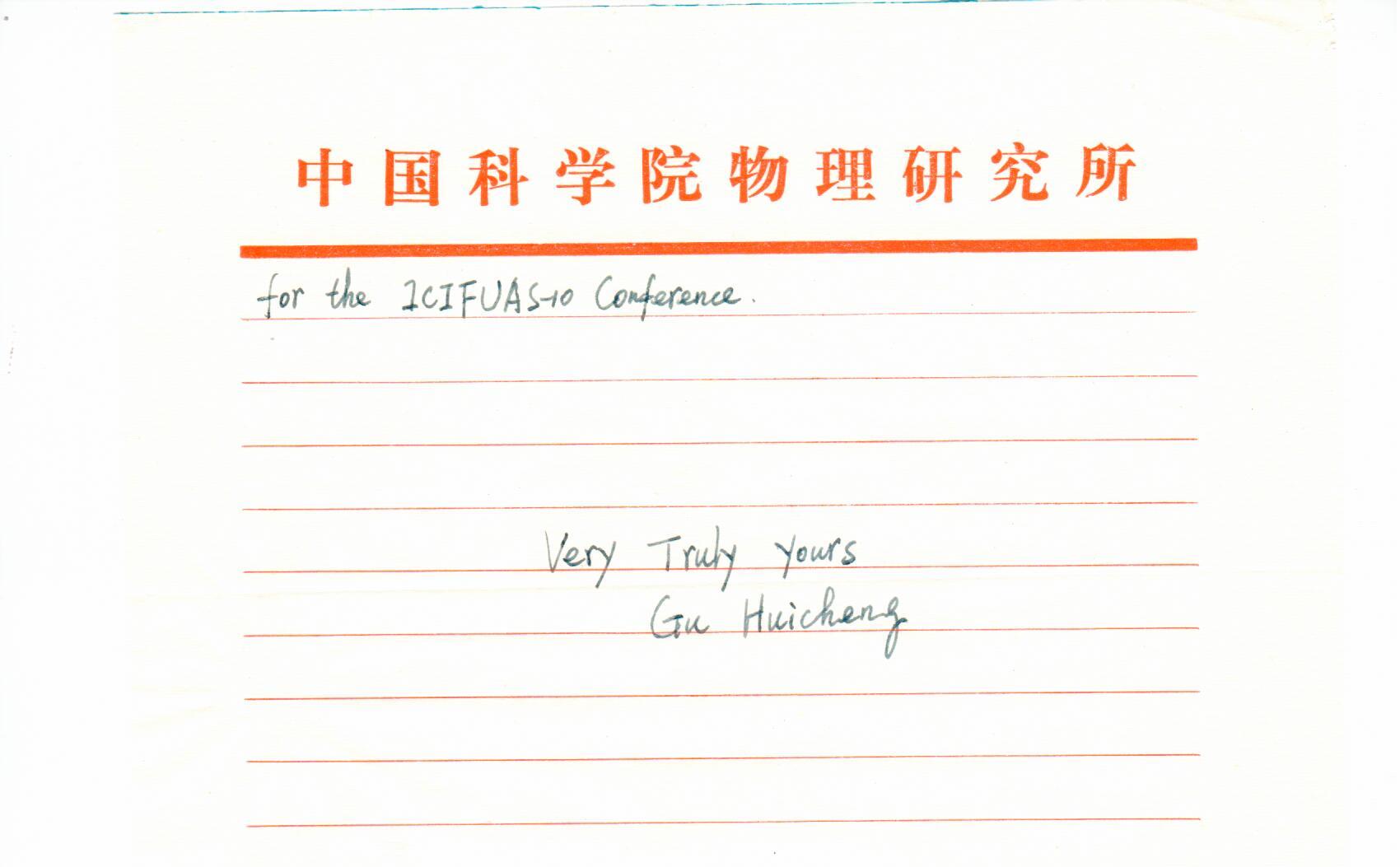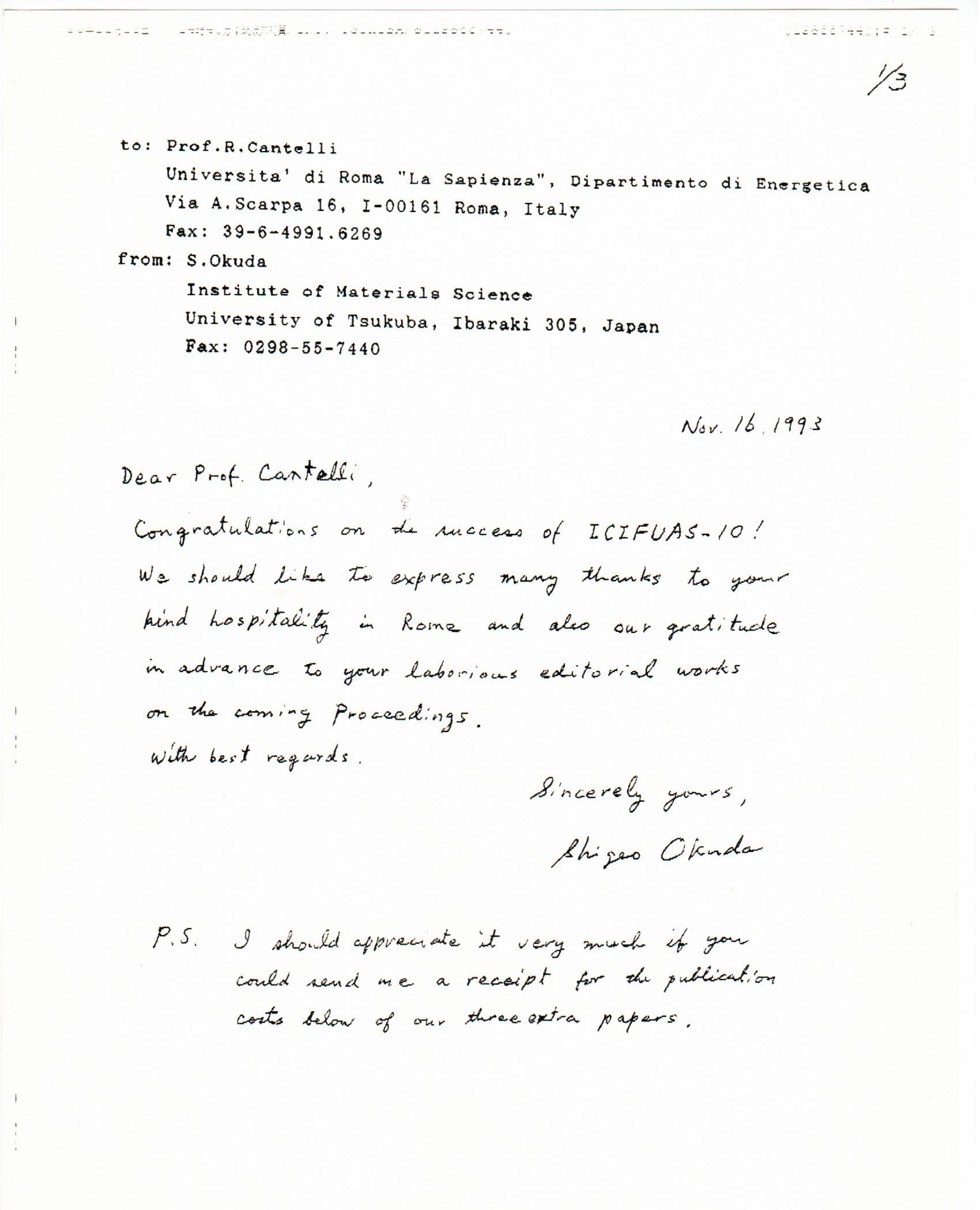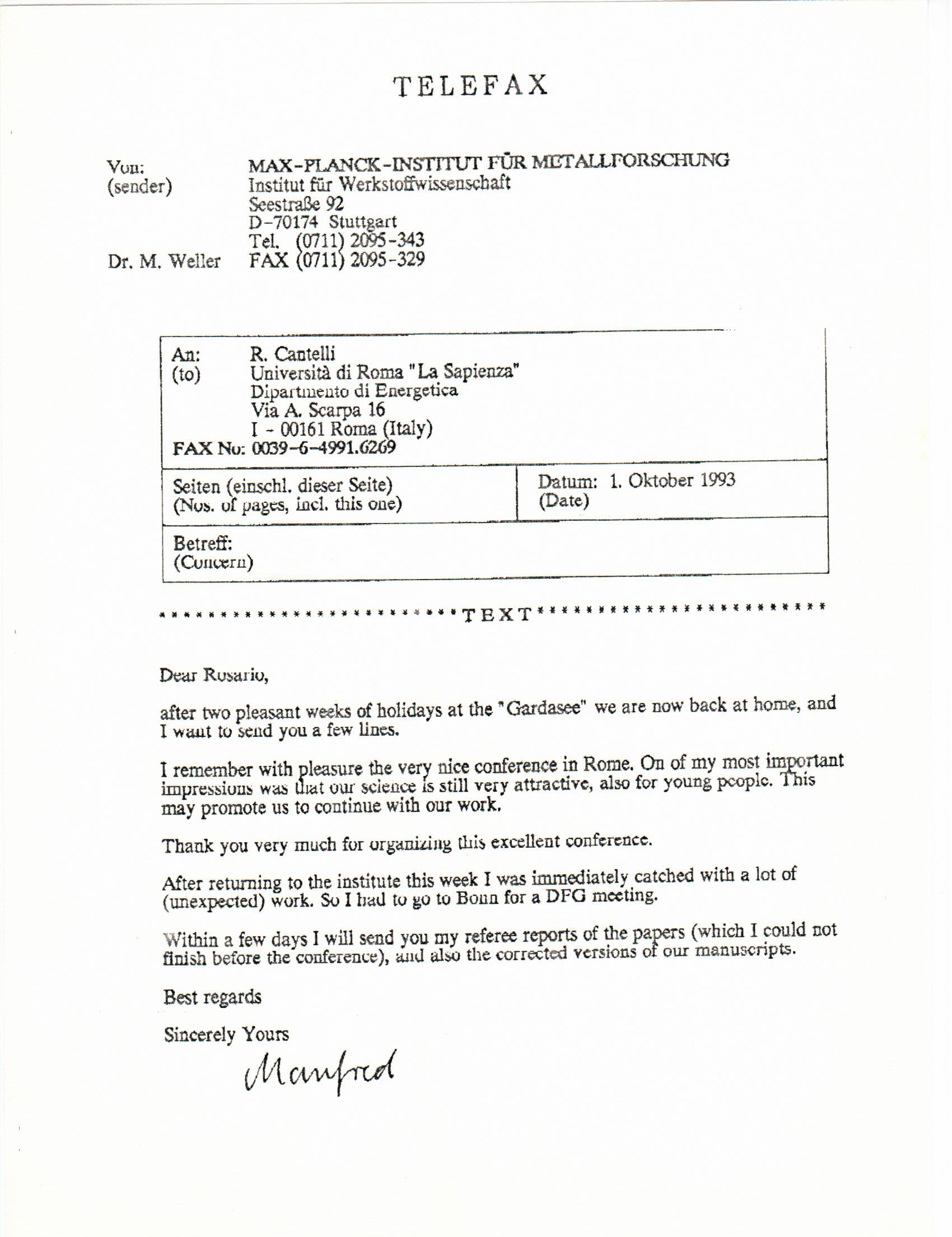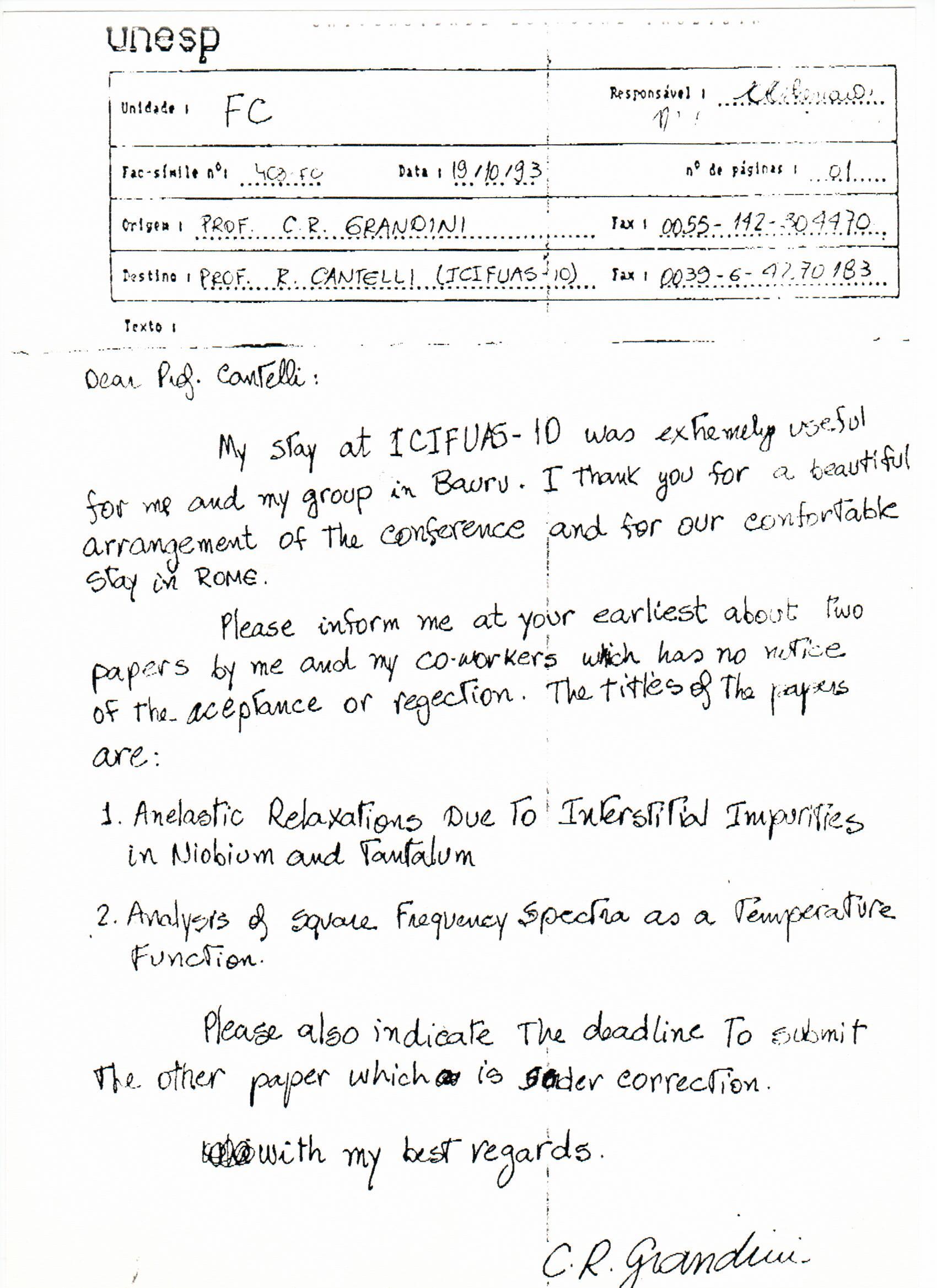ICIFUAS-10 CONFERENCE, ROME 1993
The 10th International Conference on Internal Friction and Ultrasonic Attenuation in Solids Roma (Italy), September 6-9, 1993. Proceedings published in Journal of Alloys and Compounds, vol. 211/212, 1994, ISSN 0925-8388 https://www.journals.elsevier.com/journal-of-alloys-and-compounds/special-issues
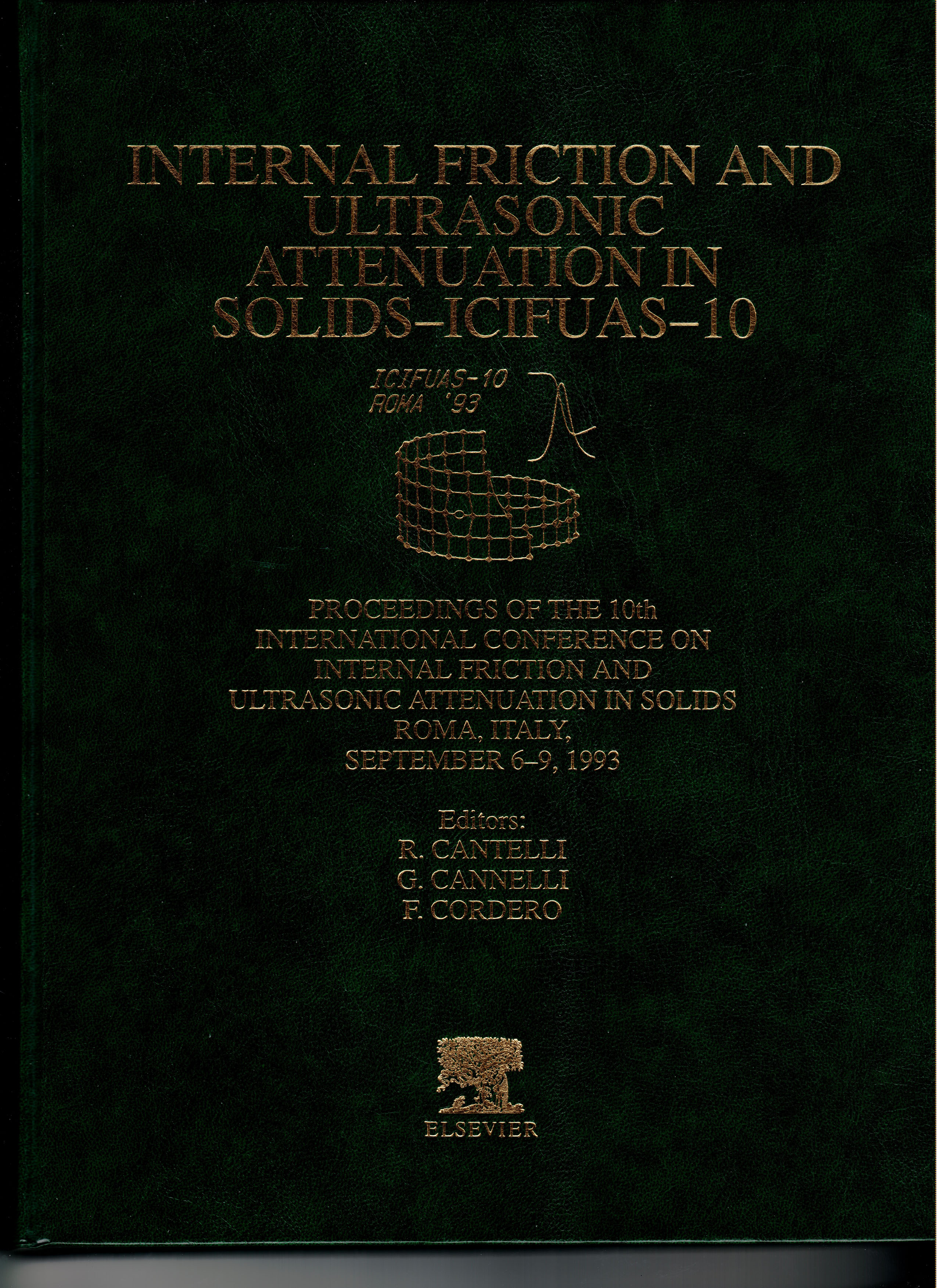
PRESENTATION ITEMS
03. Reception in Villa Caffarelli
04. Visit to the Musei Capitolini
09. Discussions During the Poster Sessions
10. Social Dinner
11. Group Pictures
CLARENCE ZENER
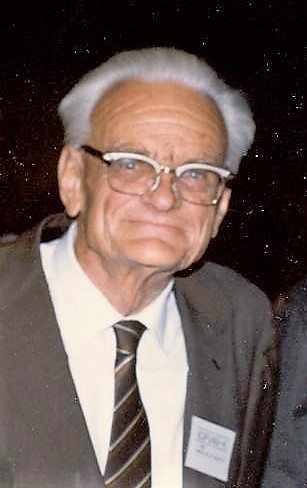
PRELIMINARY ARRANGEMENTS
 Loading...
Loading...
 Loading...
Loading...
 Loading...
Loading...
 Loading...
Loading...
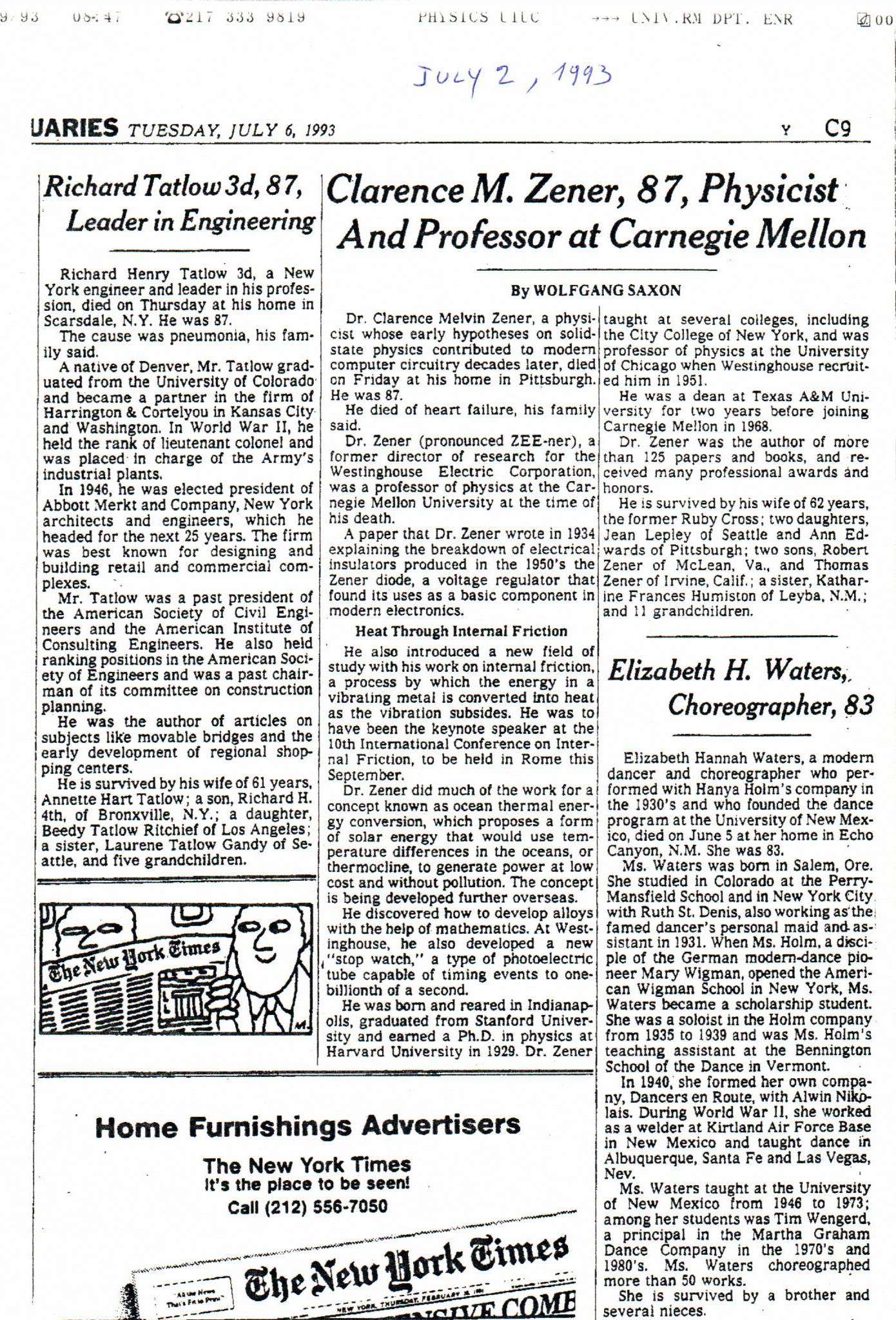
CONFERENCE INFORMATION
GENERAL. The Conference was the 10th of a quadrennial series which began in Providence (USA, 1956) and continued in Ithaca (USA, 1961), Manchester (UK, 1965), Providence (USA, 1969), Aachen (Germany, 1973), Tokyo (Japan, 1977), Lausanne (Switzerland, 1981), Urbana (USA, 1985), and Beijing (China, 1989). After Rome, the Conference series continued on a triennial cadence, in Poitiers (France, 1996), Buenos Aires (Argentina, 1999), Bilbao (Spain, 2002), Kyoto (Japan, 2005), Perugia (Italy, 2008), Lausanne (Switzerland, 2011), (China, 2014), (Brasil, 2017). After Bilbao the Conference was renamed as ICIFMS. The Conference was attended by the Founders of the Physics of Anelasticity P. G. Bordoni (link), A. Nowick link, T. S. Kê link, Granato link, Lücke link, C. Wert, A. Seeger link, G. Schöck link and others. The Conference Chairman Rosario Cantelli made great effort to attract also those scientists who use the same technique in different fields of physics, materials science and technology, but who do not usually attend our Conference series. The success of this initiative was achieved thanks to the enthusiastic response of the scientists of the various communities, and some of them were included in the International Scientific Committee. For the above reasons the new ICIFUAS series took on a wider international significance, becoming the only major Conference devoted to the elastic energy dissipation in the matter. The Chairman R. Cantelli highly recommended to continue proceeding in such a unitary way in the future. The participants to the Conference were 180 from 29 different Countries, and The Conference programme (Progr) was extremely wide and consisted of 301 contributions on 14 different topics.
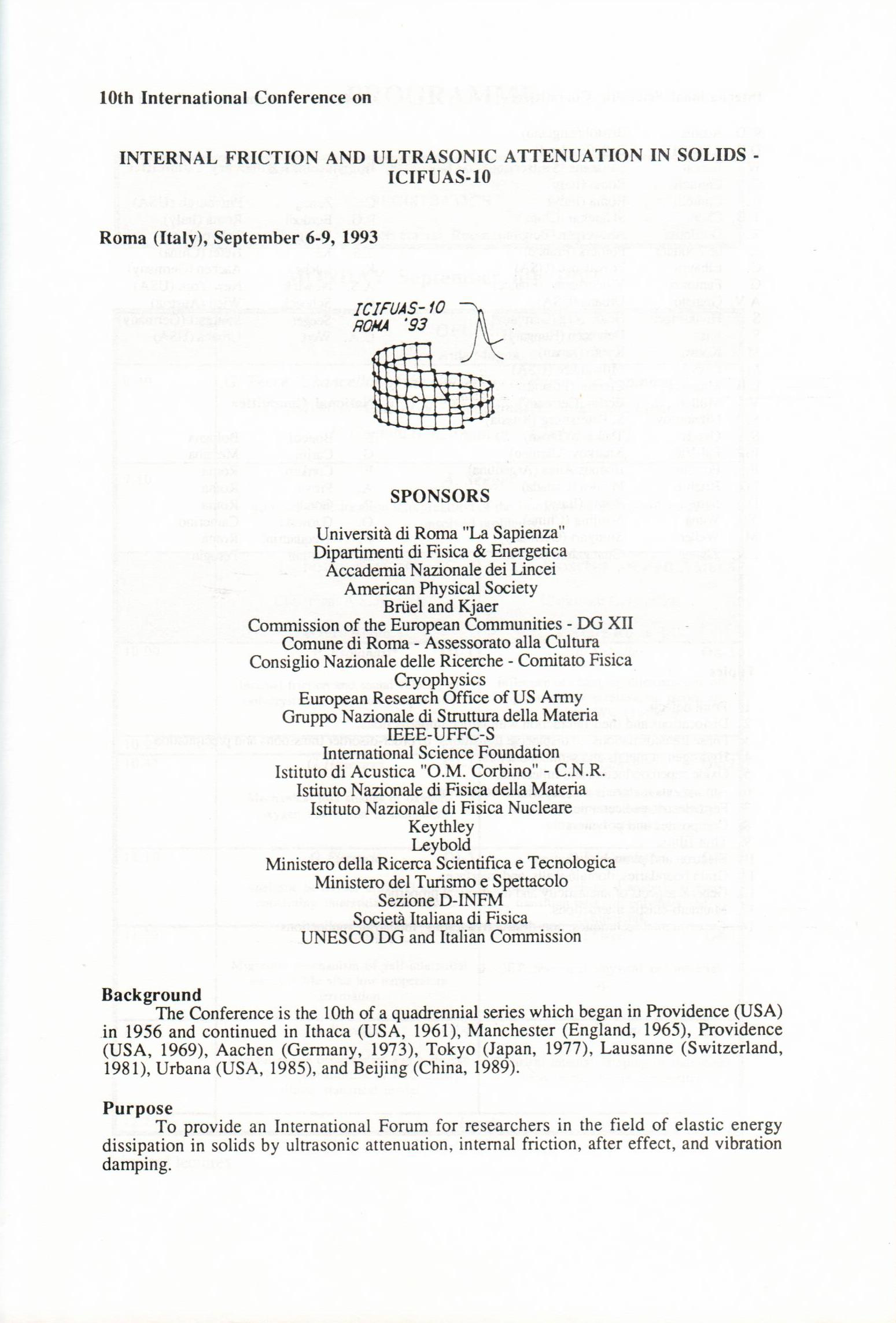
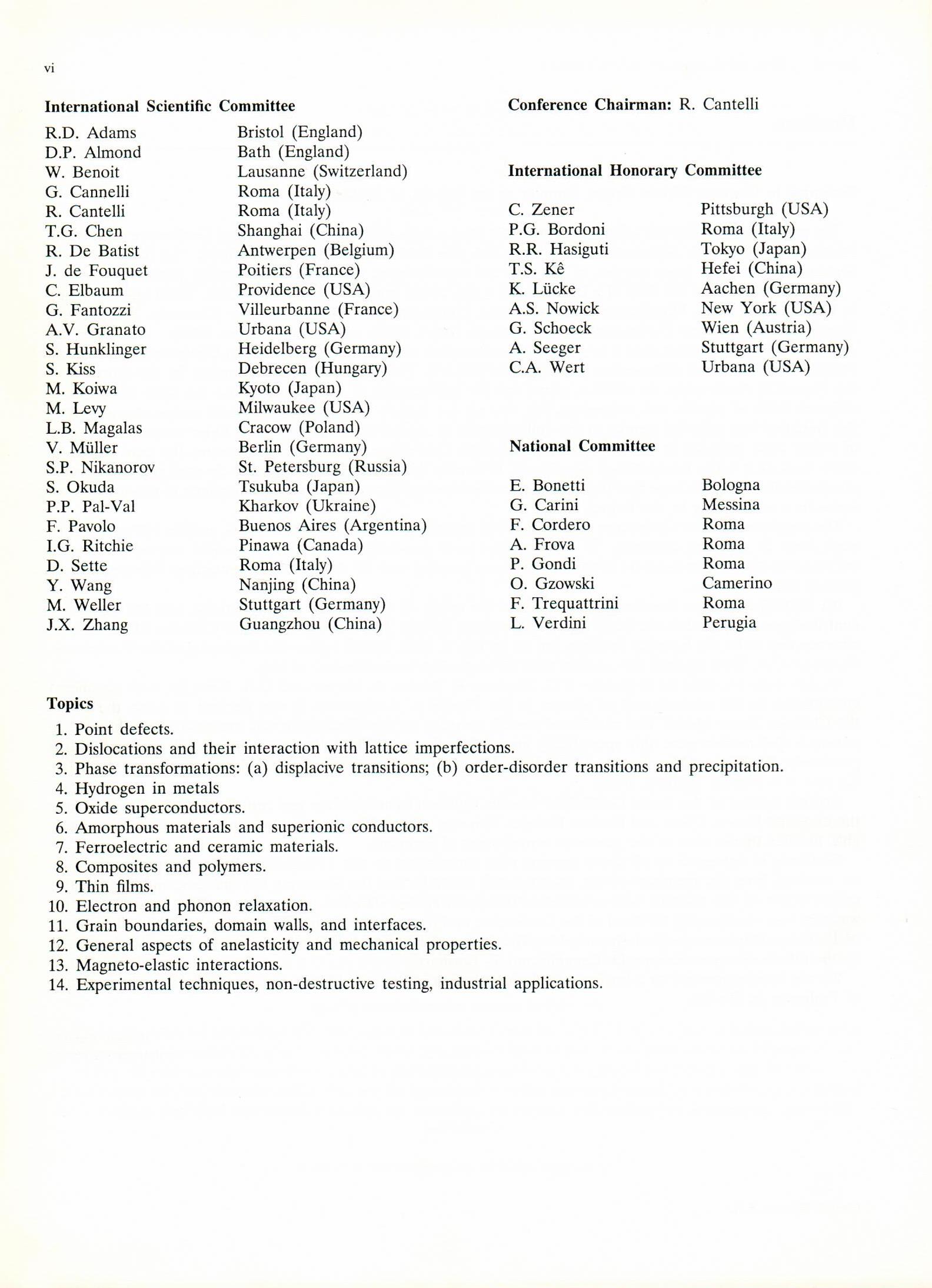
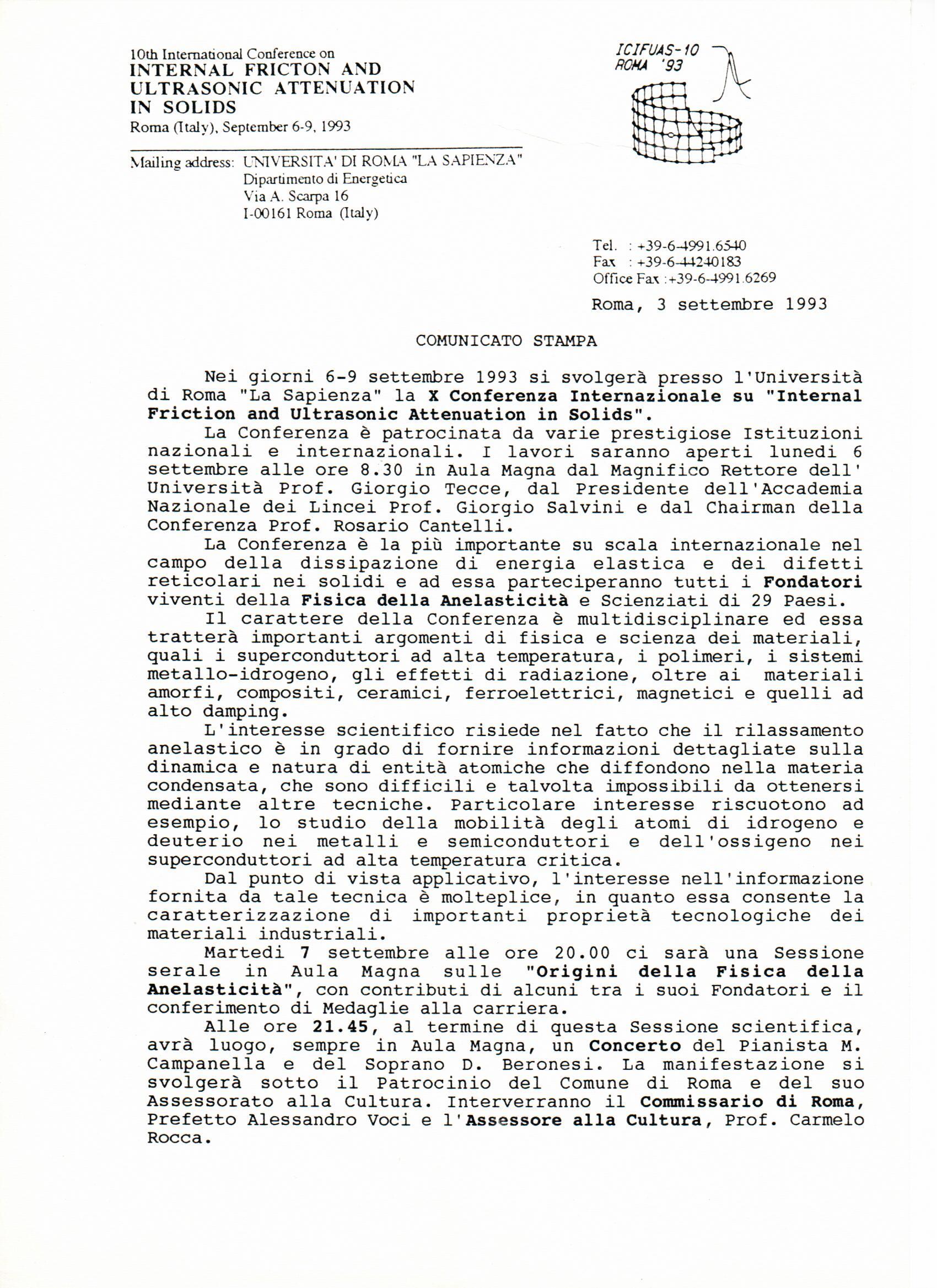
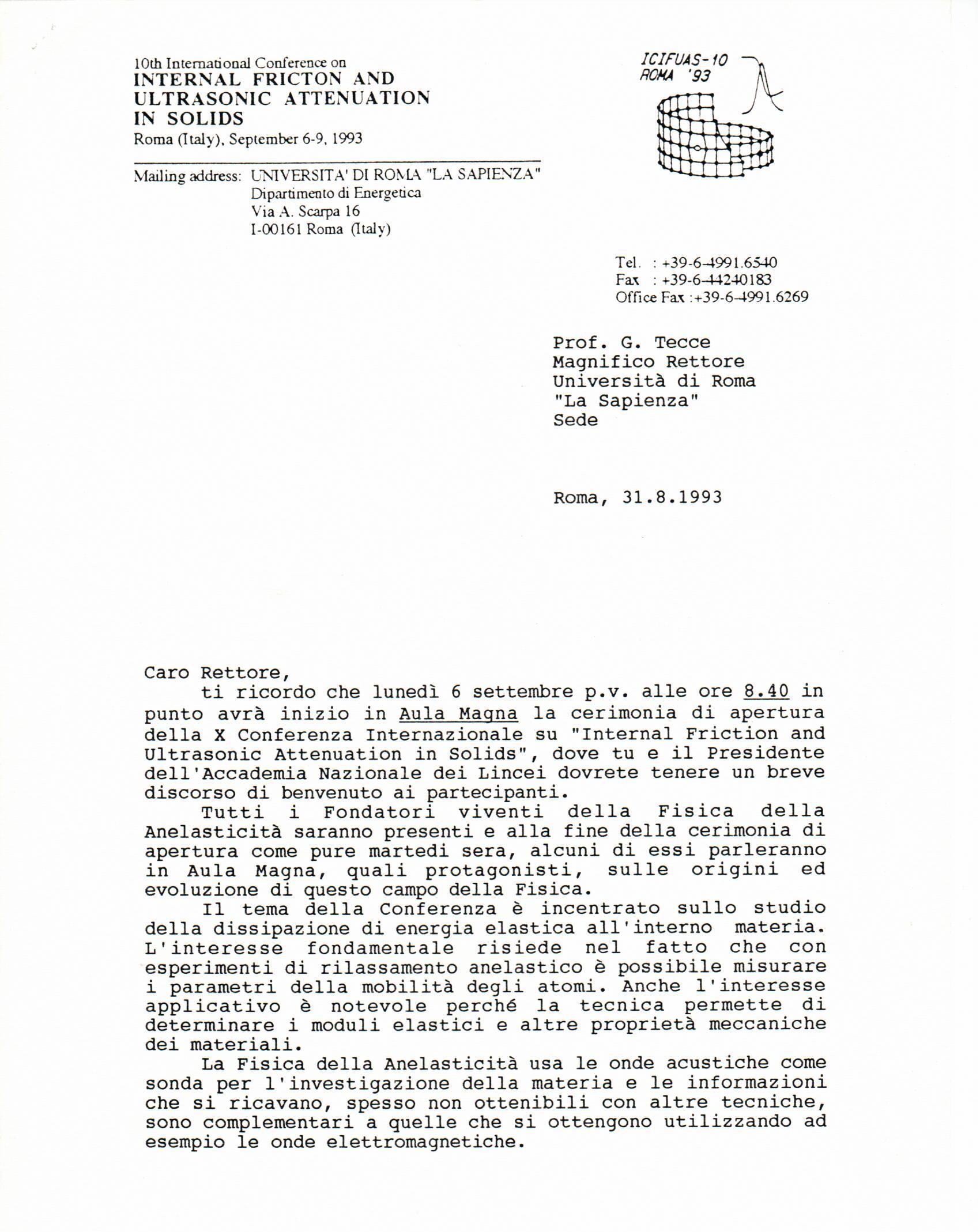
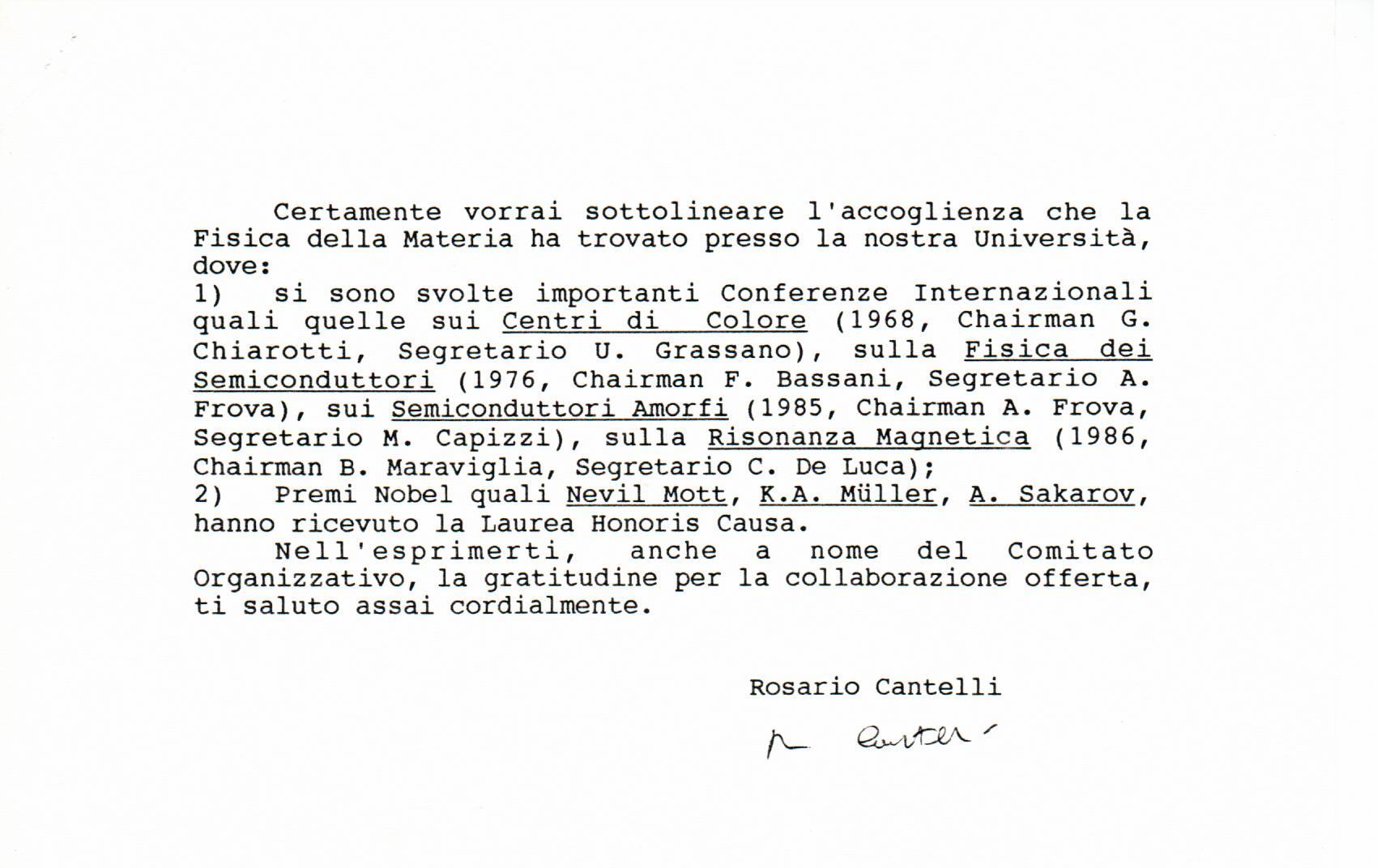
SUPPORT TO PARTICIPANTS

PREFACE
The aim of the present review of the 1993 Rome Conference is that of nourishing the memory by a re-visitation of facts occurred 25 years ago. That Conference was of particular importance, as it was attended by all Founders of the Physics of Anelasticity and our community was unprecedentedly numerous and scientifically wide. The scientific content of the Conference and its contribution to the advancement of science has been certified by the numerous contributed papers published, and will not be further discussed here. The scientists who participated in the Conference will be interested, from the many pictures shown here, to recognize themselves and their colleagues in a particularly important time of their life. On the other hand, for the younger people we fix here a fundamental document and testimony. Unfortunately, the only person we missed was the protagonist, Professor Clarence Melvin Zener.
CONFERENCE OPENING
Chairman Prof. Rosario Cantelli
Monday September 6
The Conference was opened by the Rector of the University of Rome “La Sapienza” Giorgio Tecce, the President of Accademia Nazionale dei Lincei Giorgio Salvini, the President of the National Institute of Nuclear Physics (INFN) Nicola Cabibbo, the Representative of the Physics Department Andrea Frova, and Piero Giorgio Bordoni, Daniele Sette, Gaetano Cannelli and Rosario Cantelli, Conference Chairman. Introduction of the Chairman
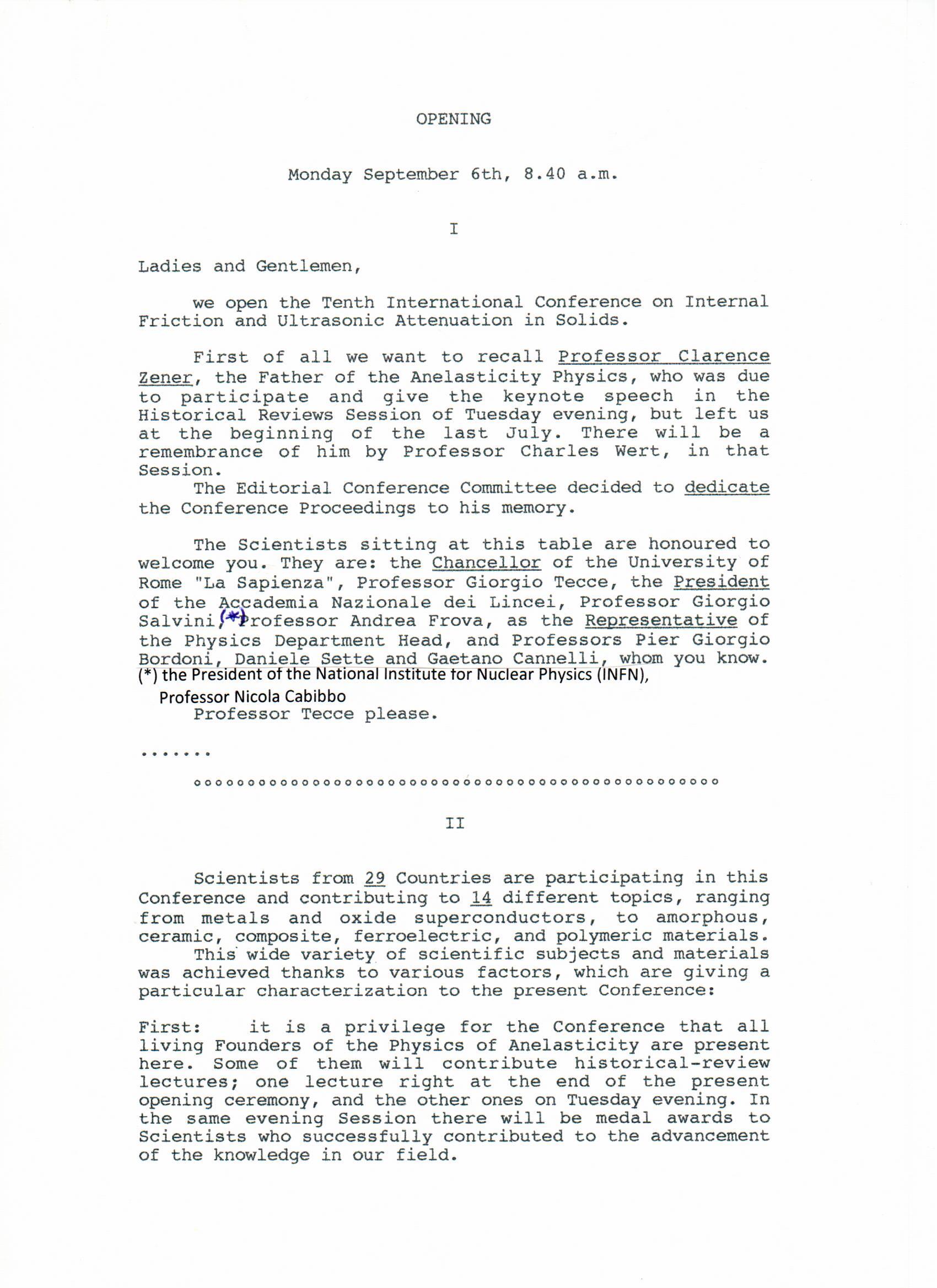
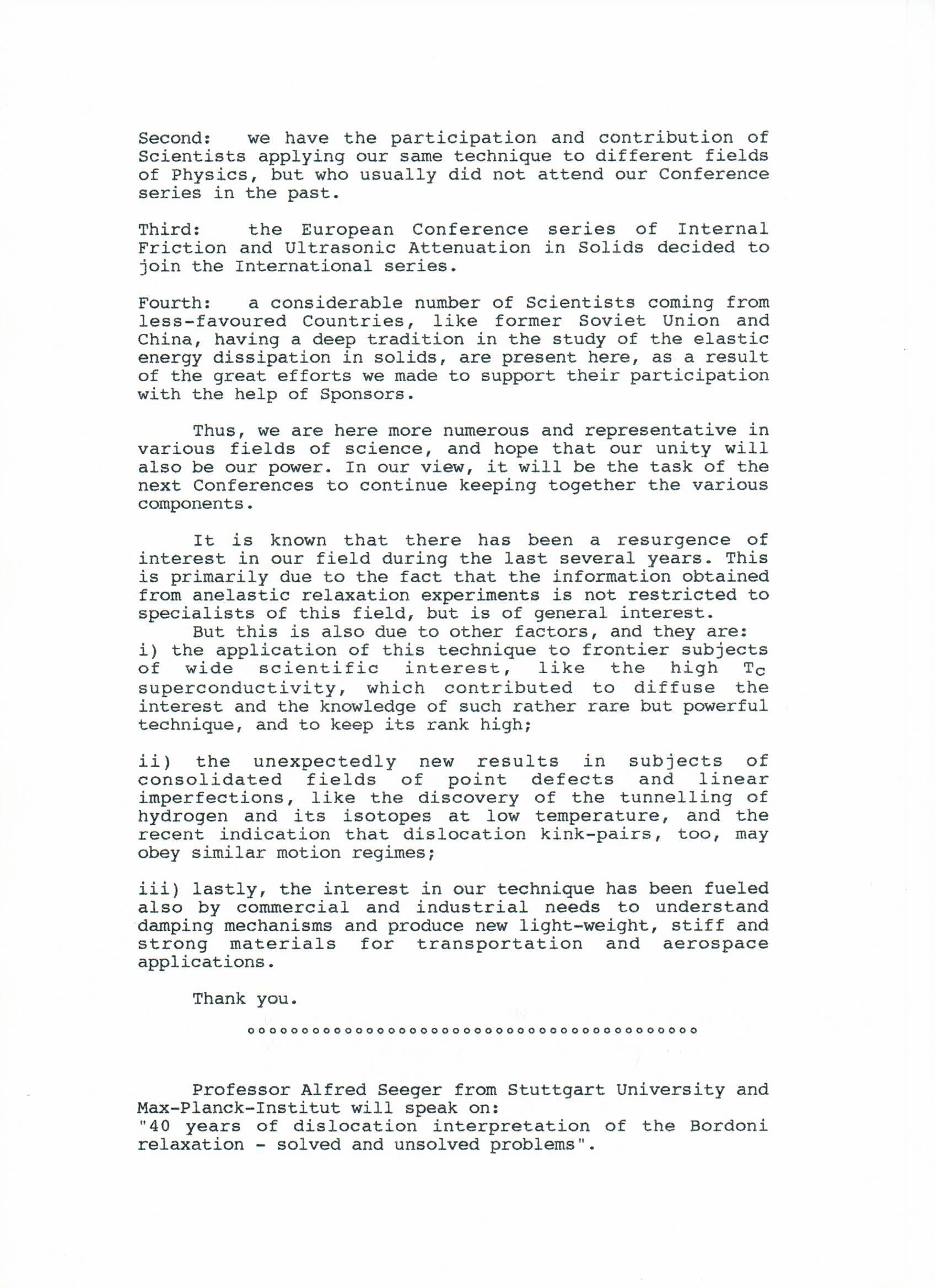
All pictures dispalyed in the present Article belong, if not differently indicated, to the “Studio Fotografico Professionale di Maurizio Cocozzoli”, Via Roiti 49 (presently Via del Serafico 108), Roma, that took the photos in the occasion of the ICIFUAS-10 Conference in Rome during the events occurred in the days 6, 7, and 8 September 1993.
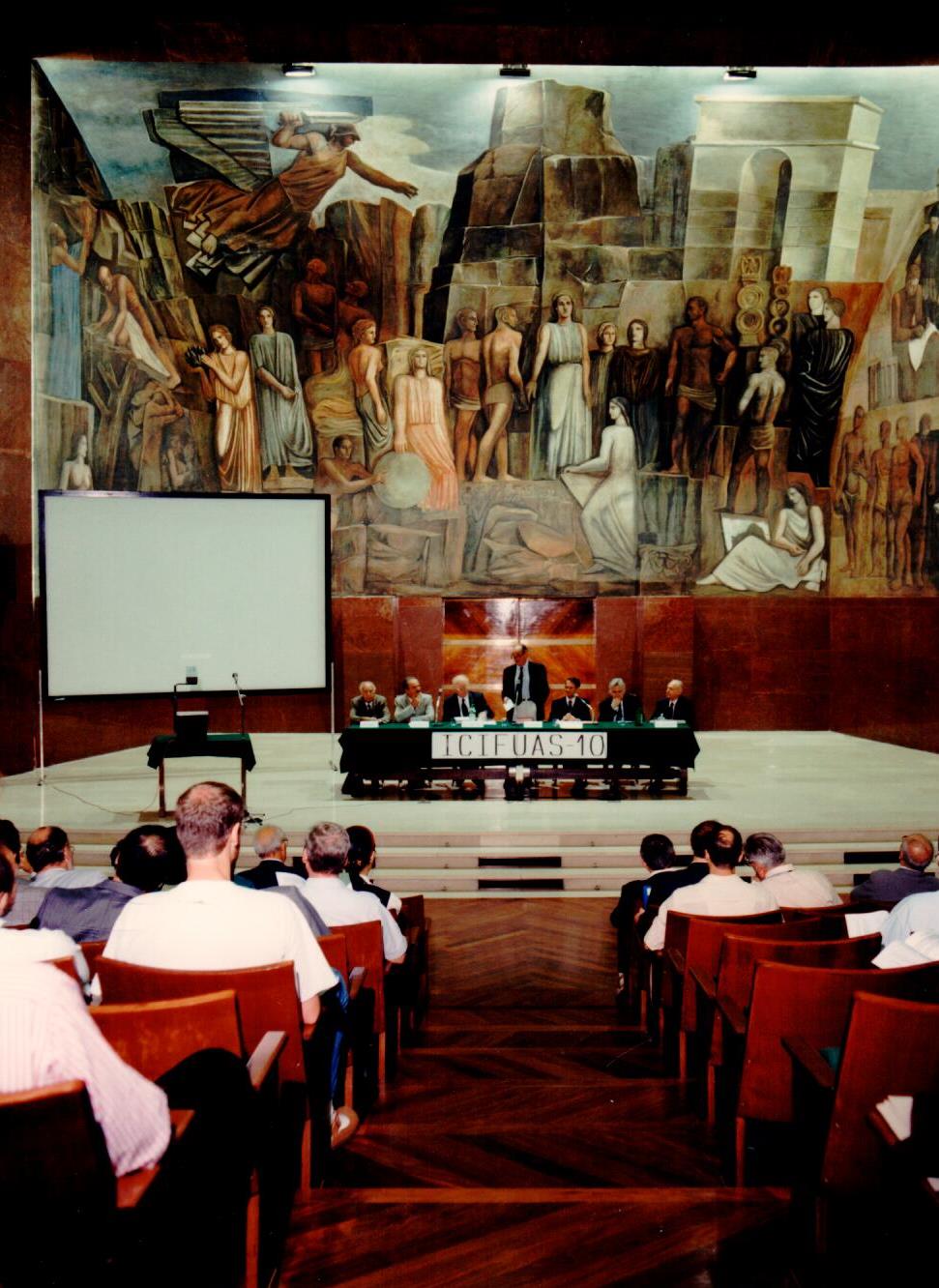
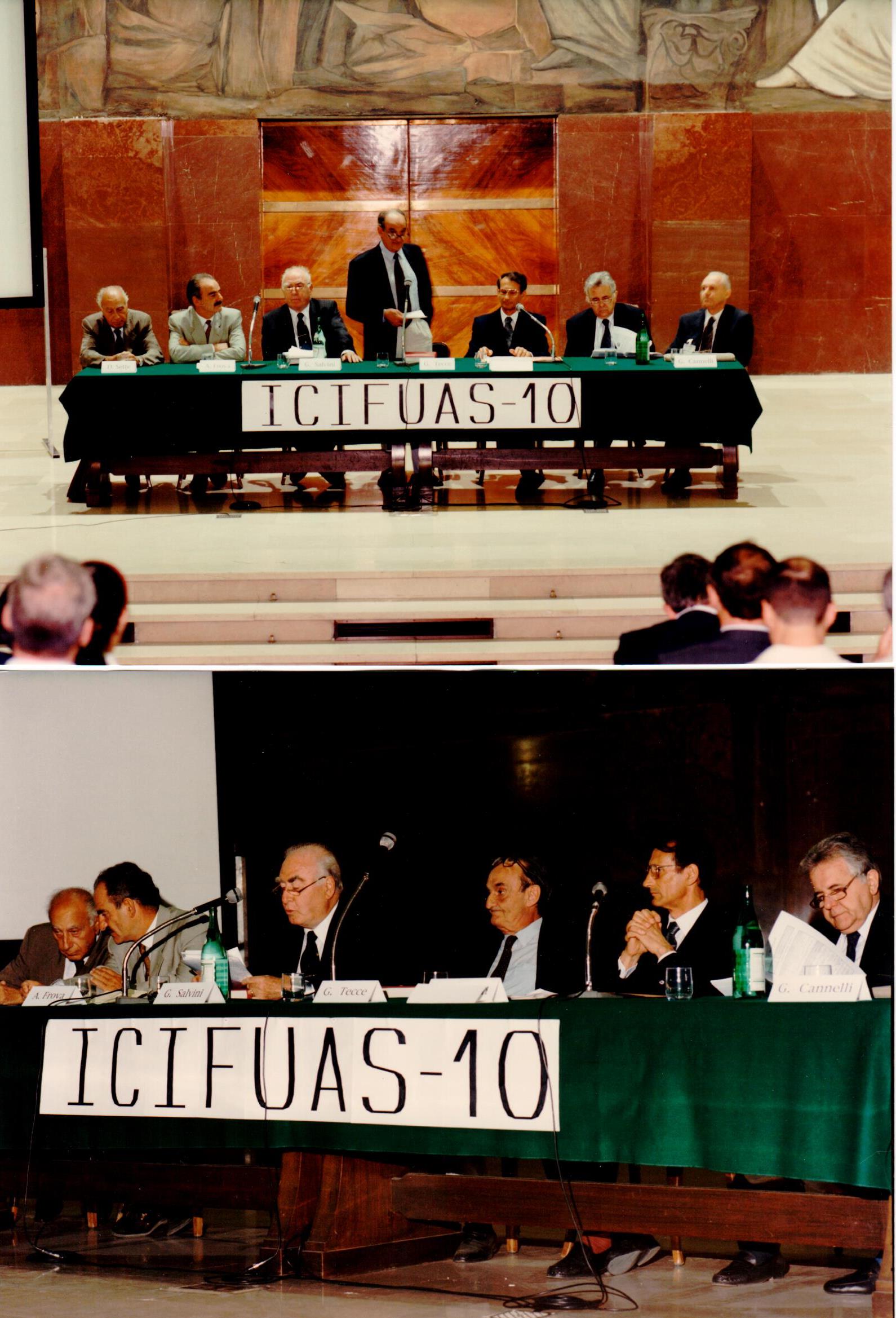

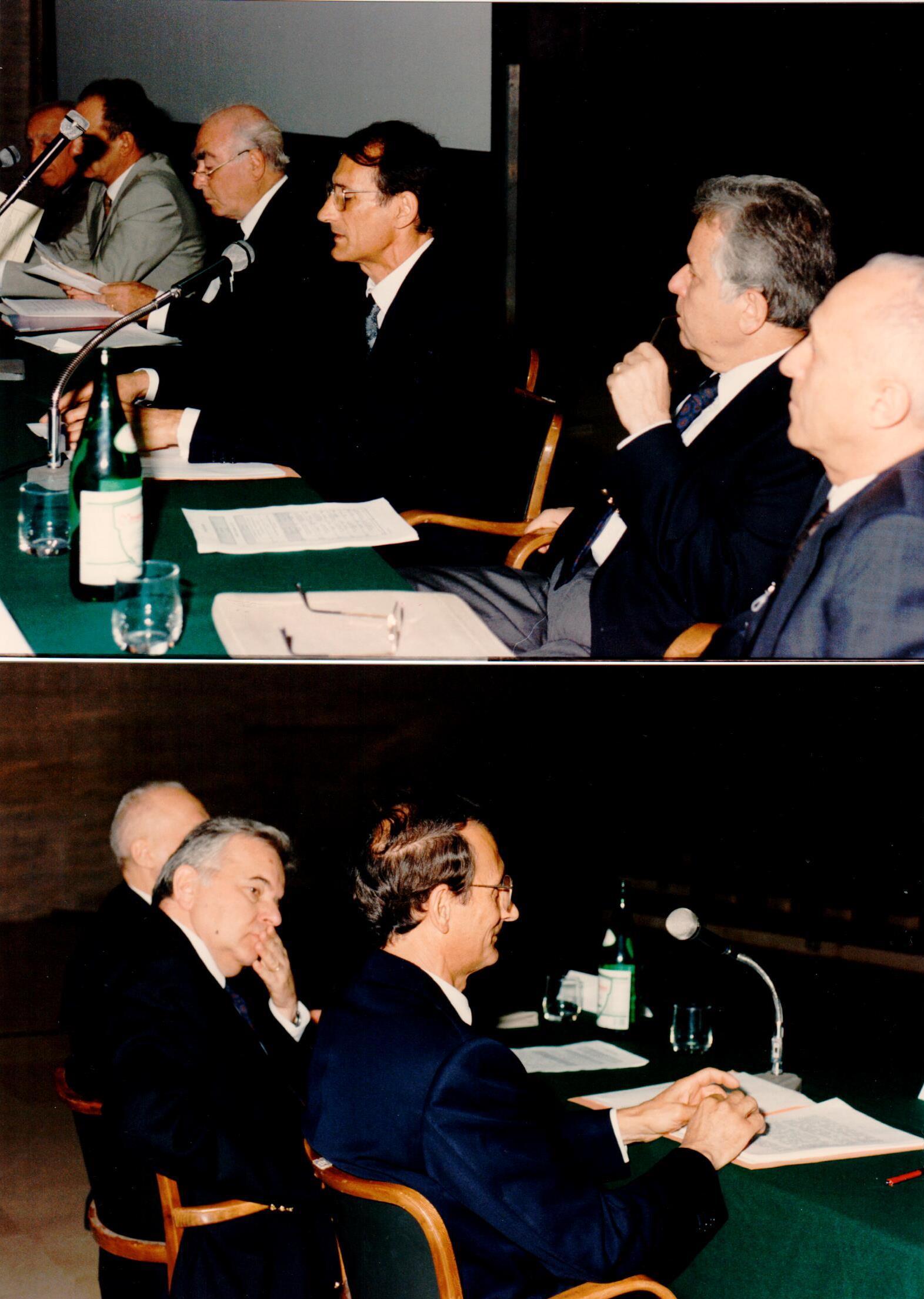
CONFERENCE RECEPTION
VILLA CAFFARELLI IN CAPITOLIUM HILL
AND VISIT TO THE “MUSEI CAPITOLINI”
Monday September 6
Villa Caffarelli is a 16th century building which, together with the “Palazzo Senatorio”, “Palazzo dei Conservatori” and “Palazzo del Museo Capitolino” constitutes the City Hall of Rome located on the Capitolium Hill. From the Caffarelli Terrace it is possible to enjoy a panoramic view of Rome, and especially of the Roman Forum. The Reception was anticipated by a visit to the “Musei Capitolini”, exclusively for the Conference participants and offered by the Director General of the Ministry of Tourism and Performing Arts, Prof. Carmelo Rocca.
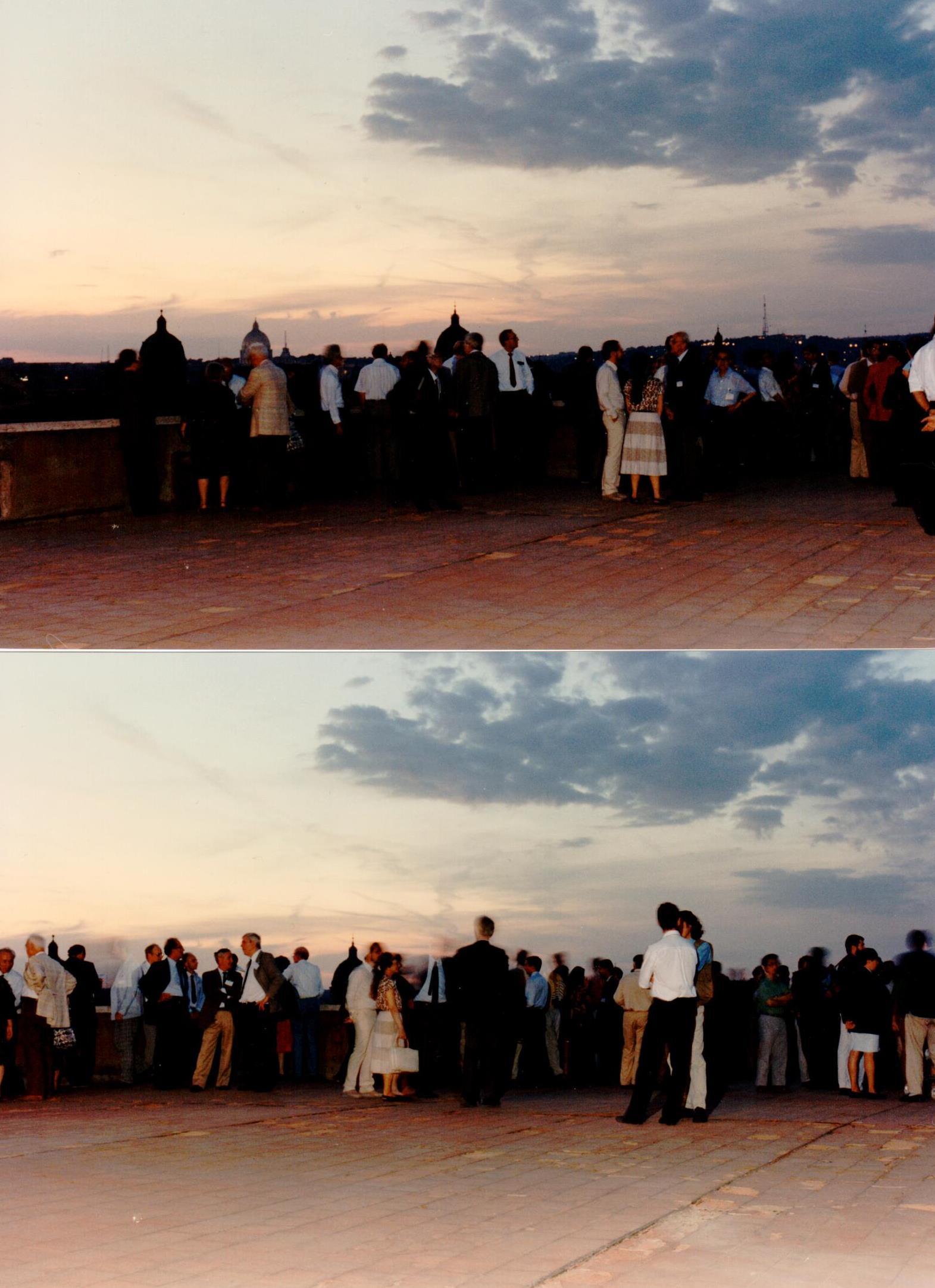
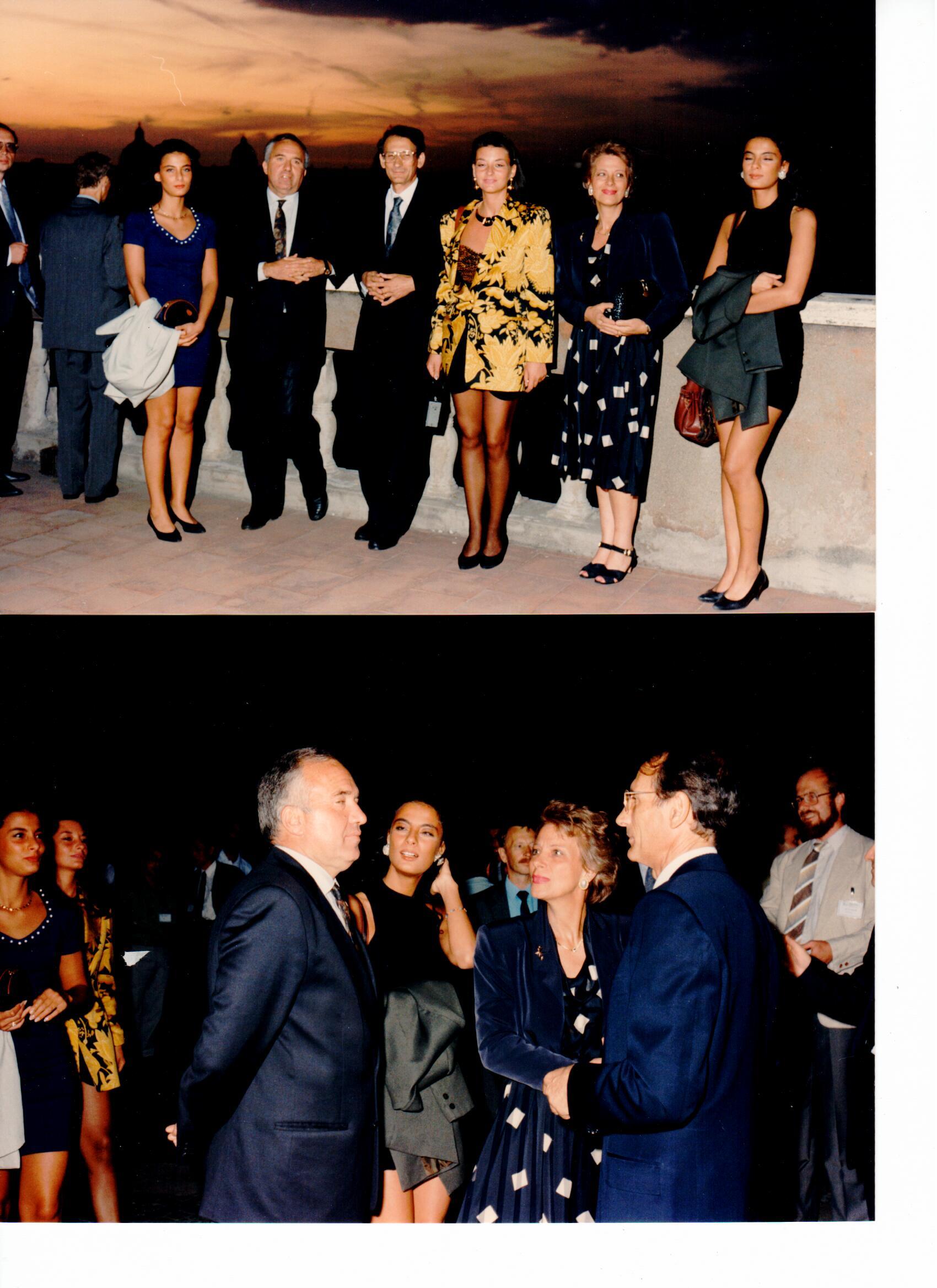
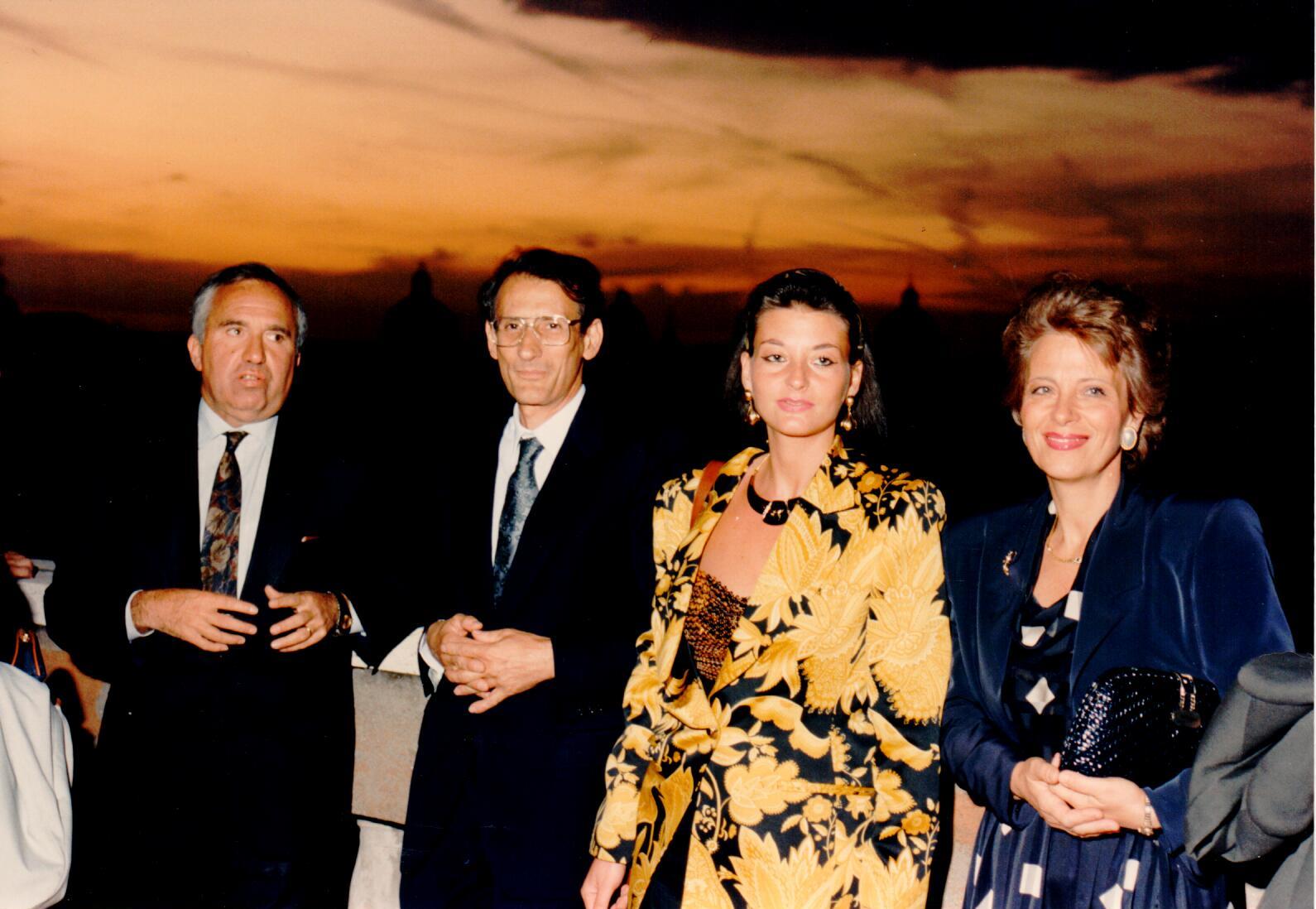
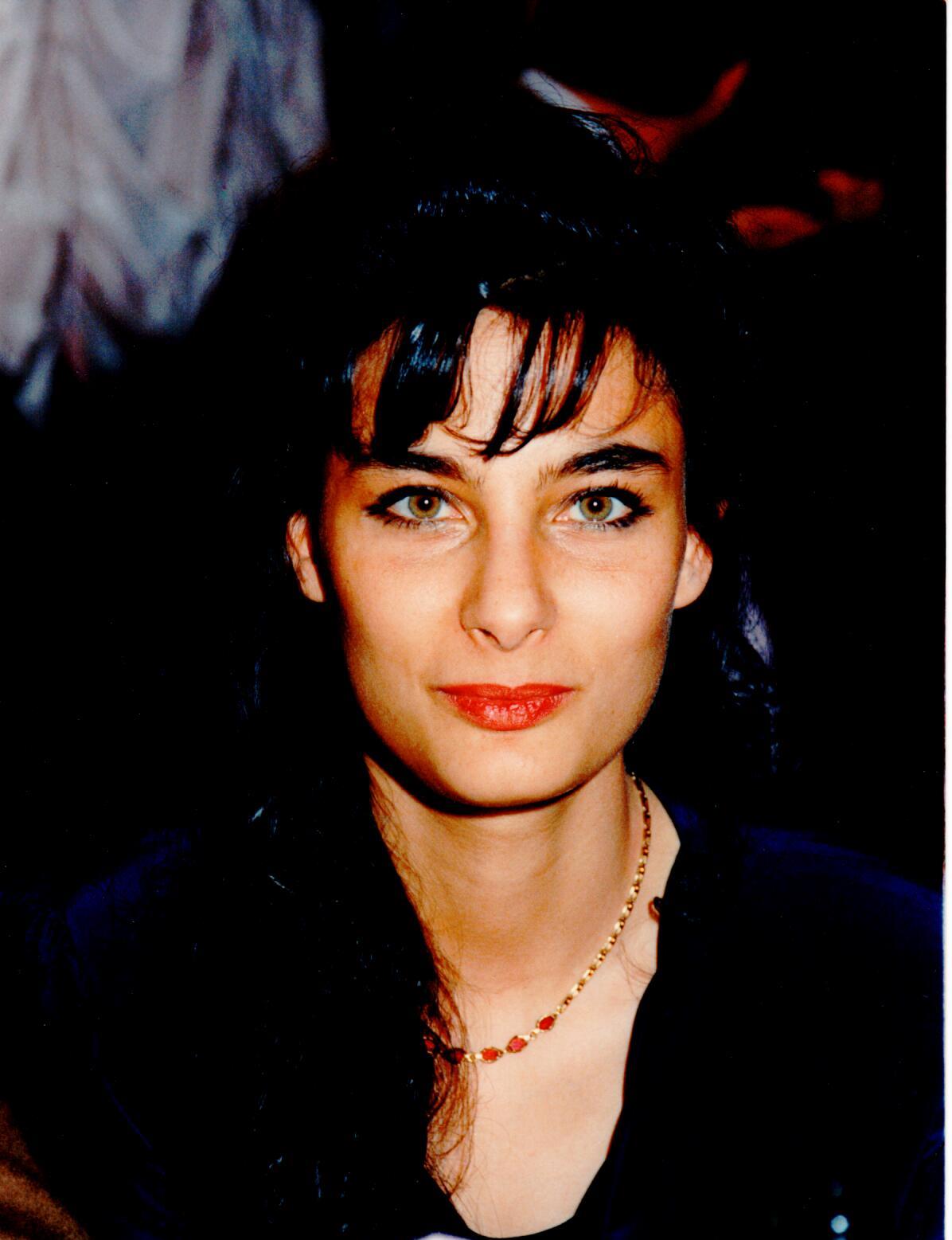
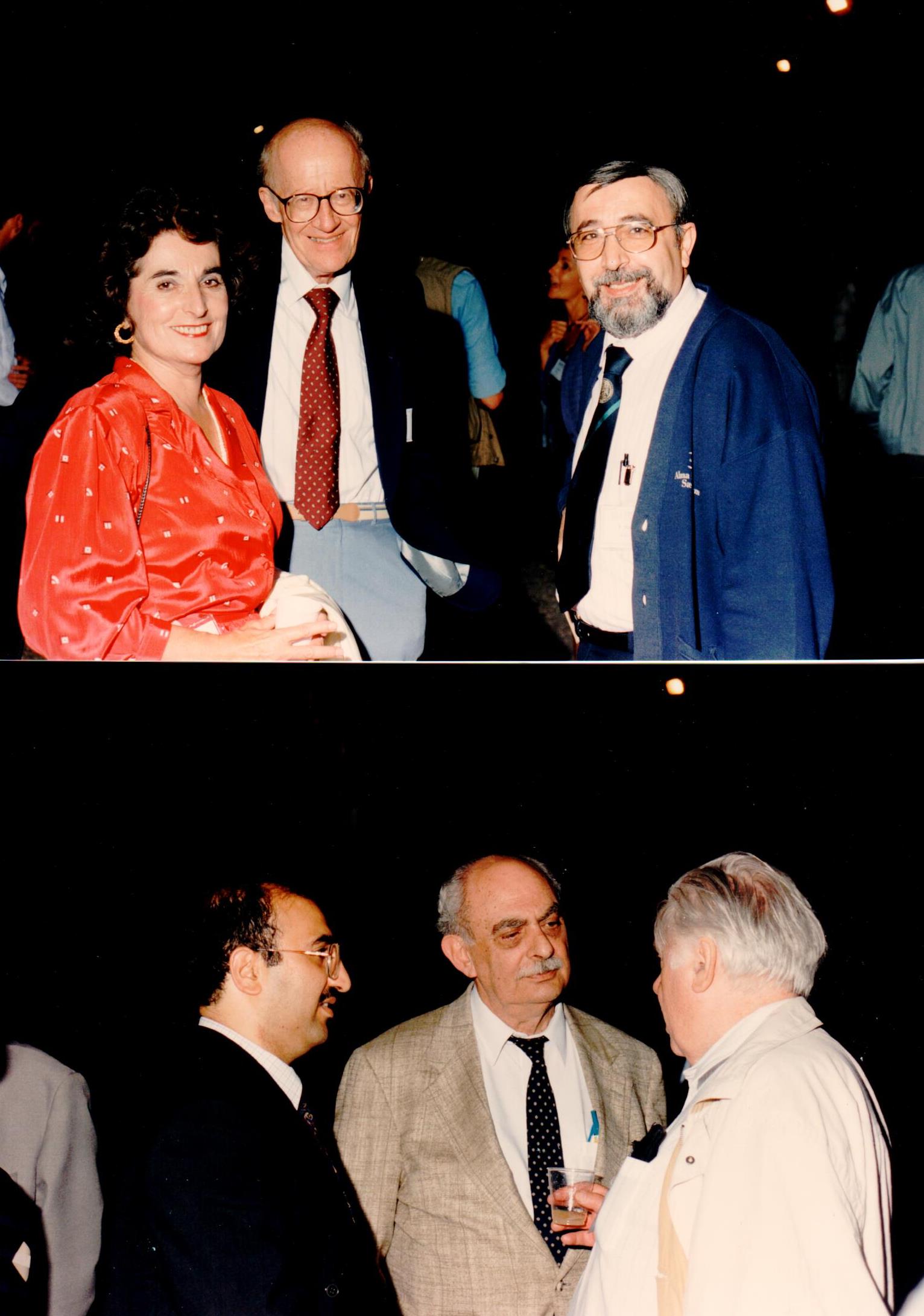
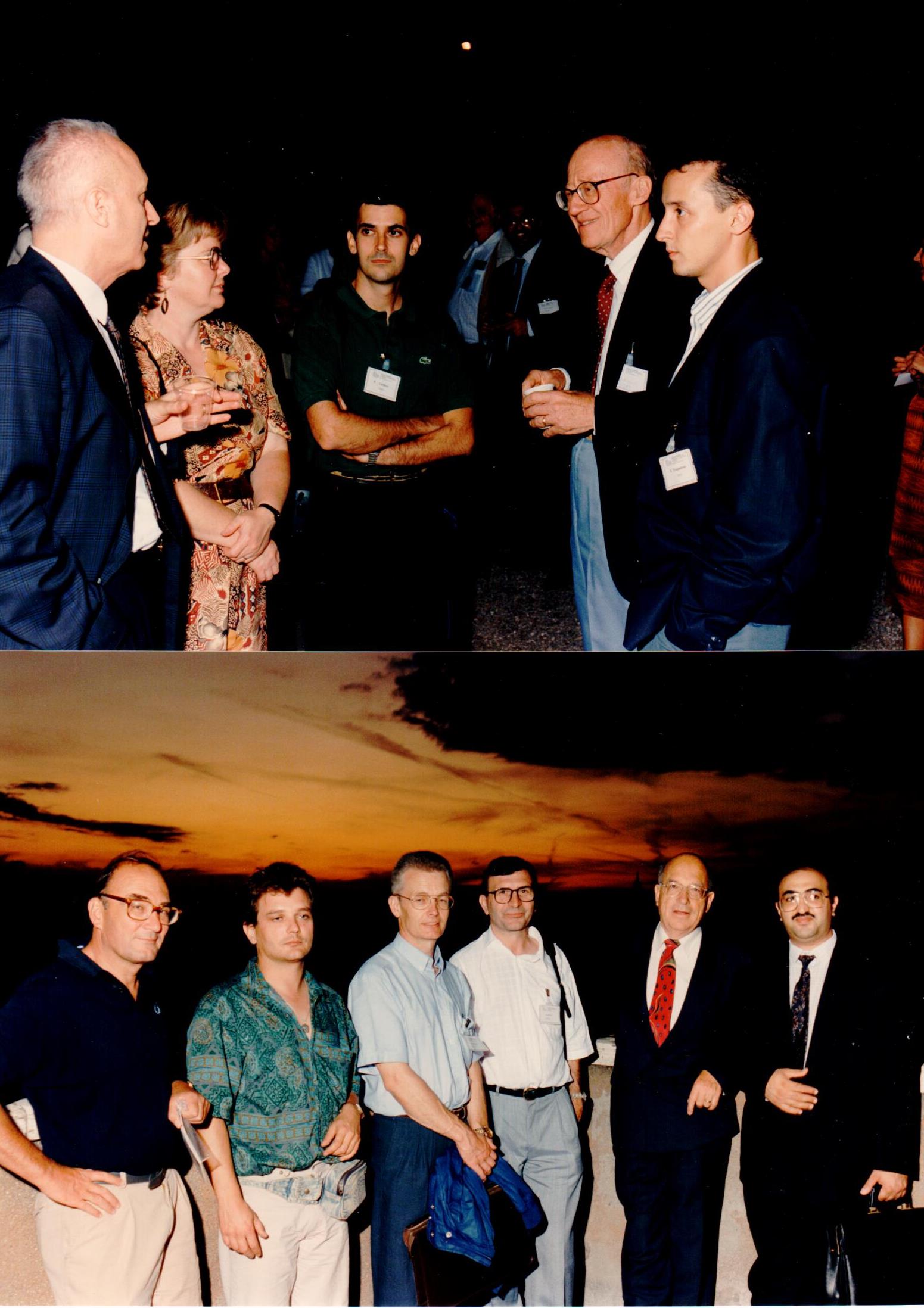
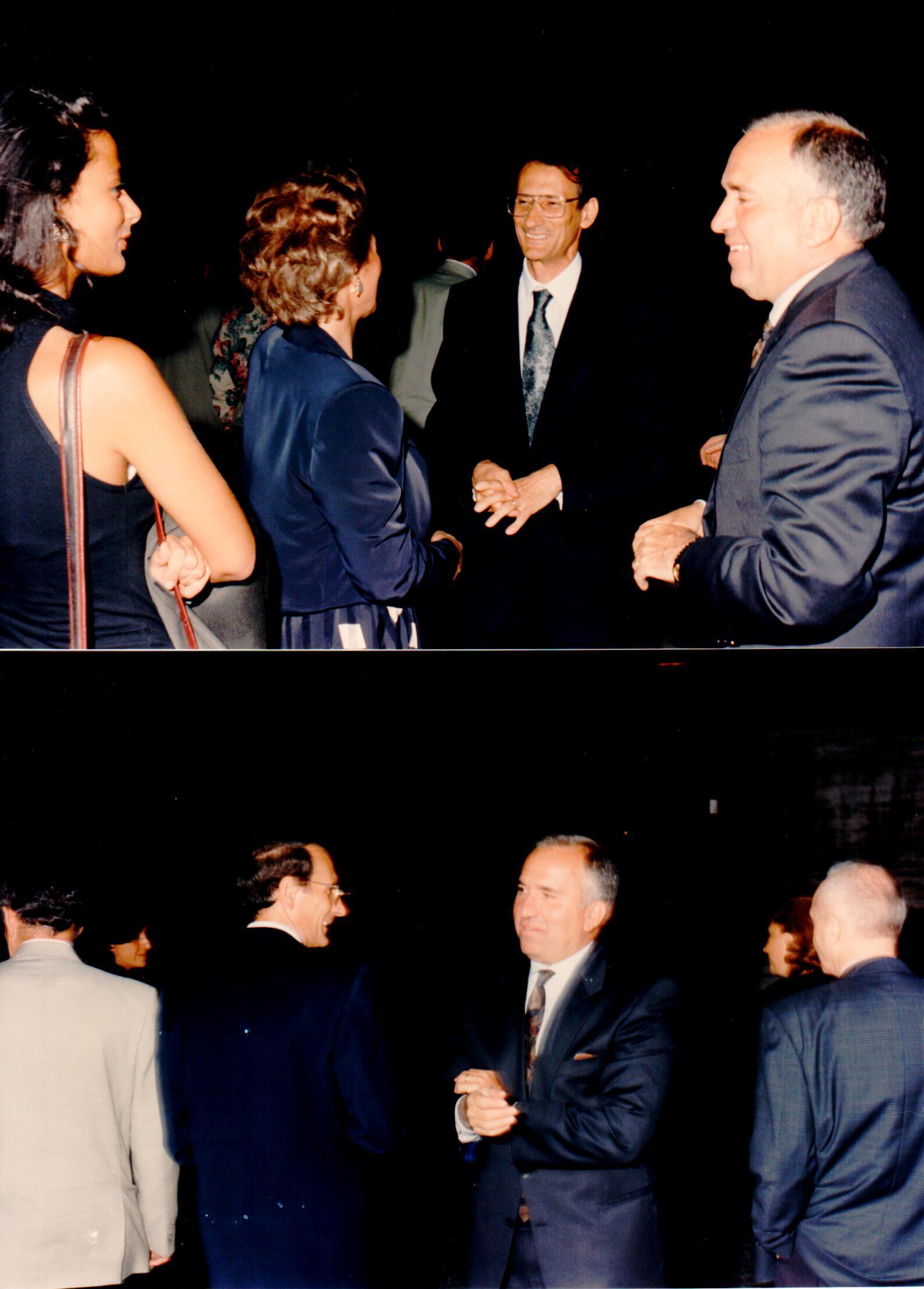
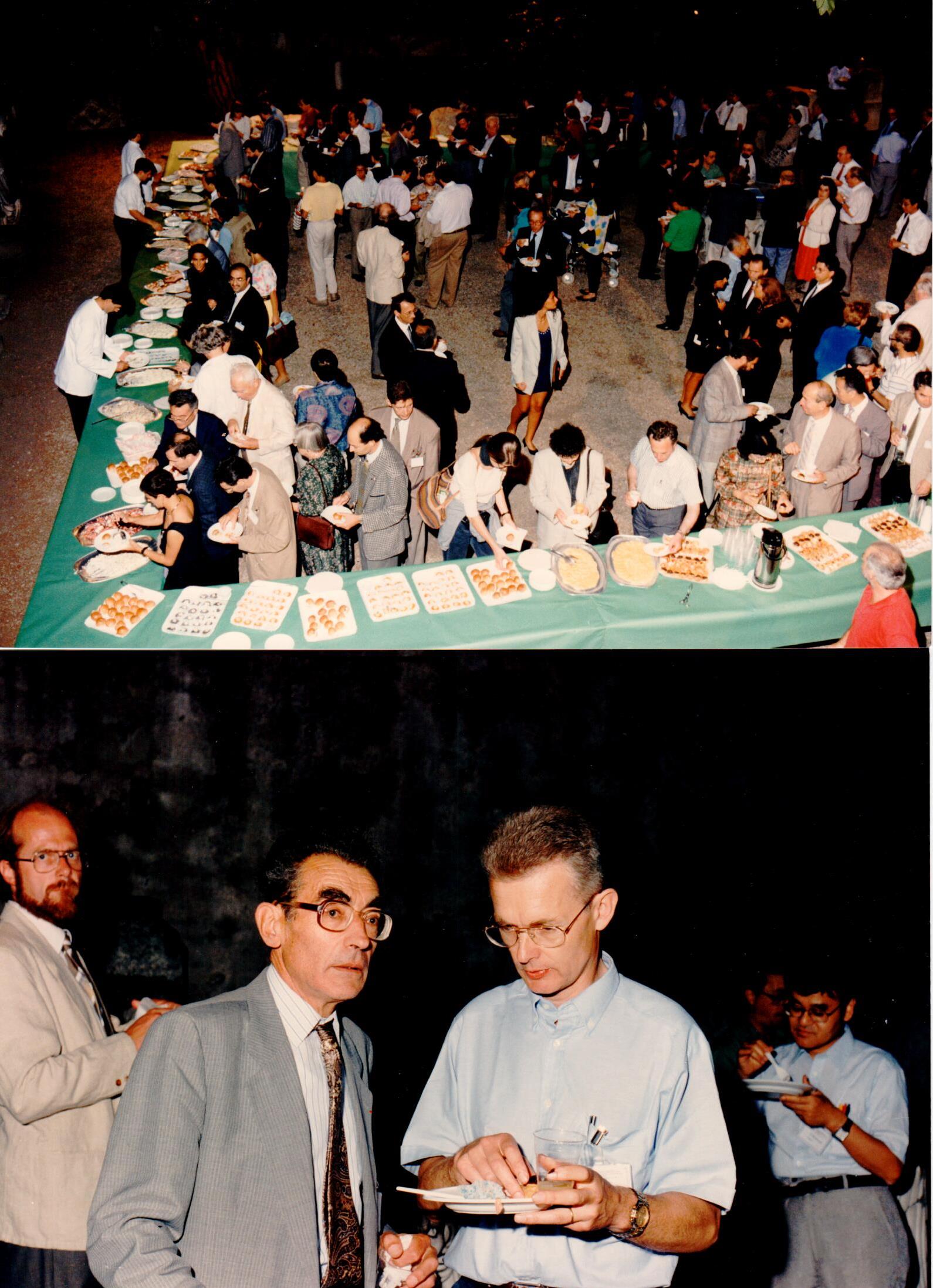
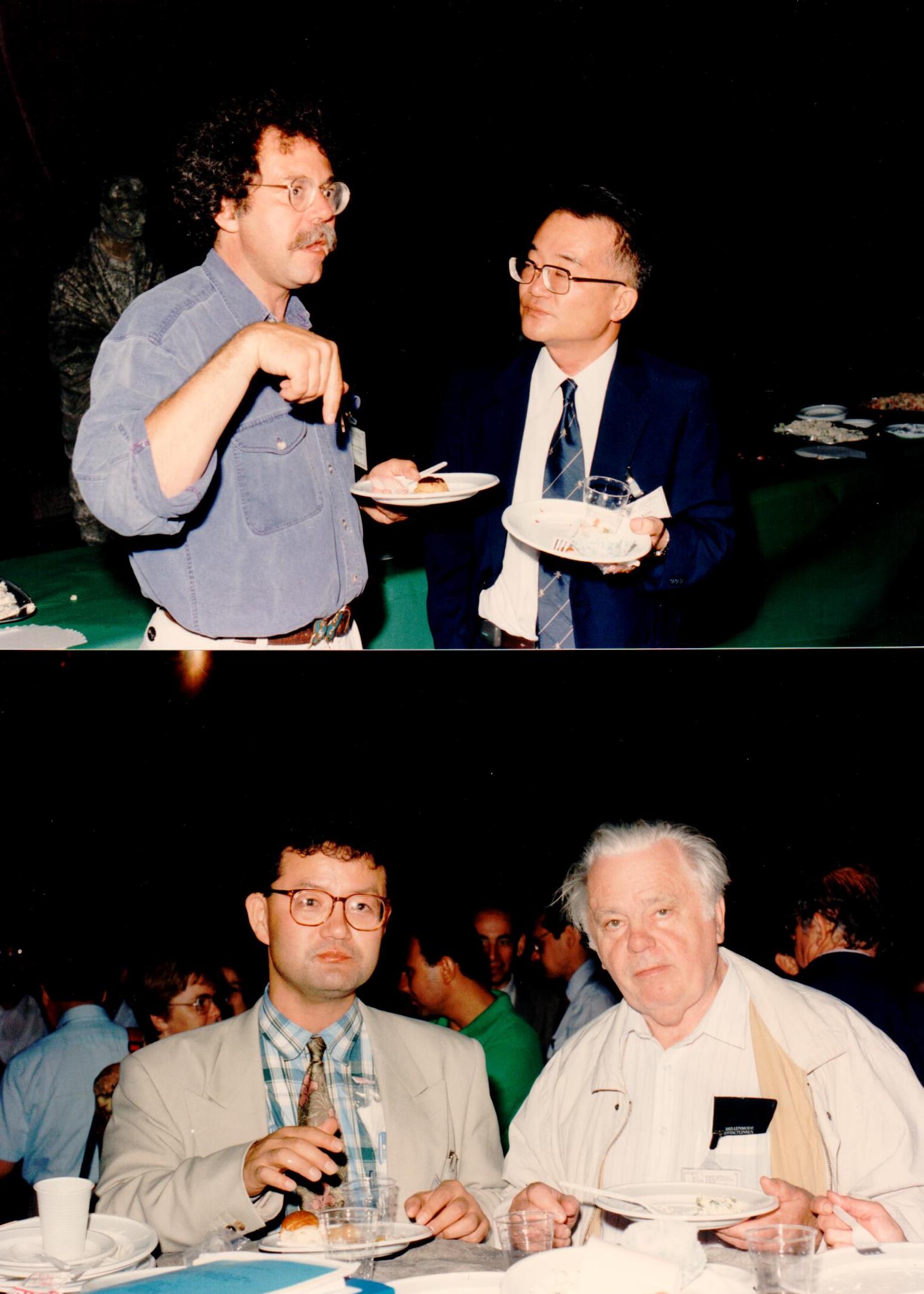
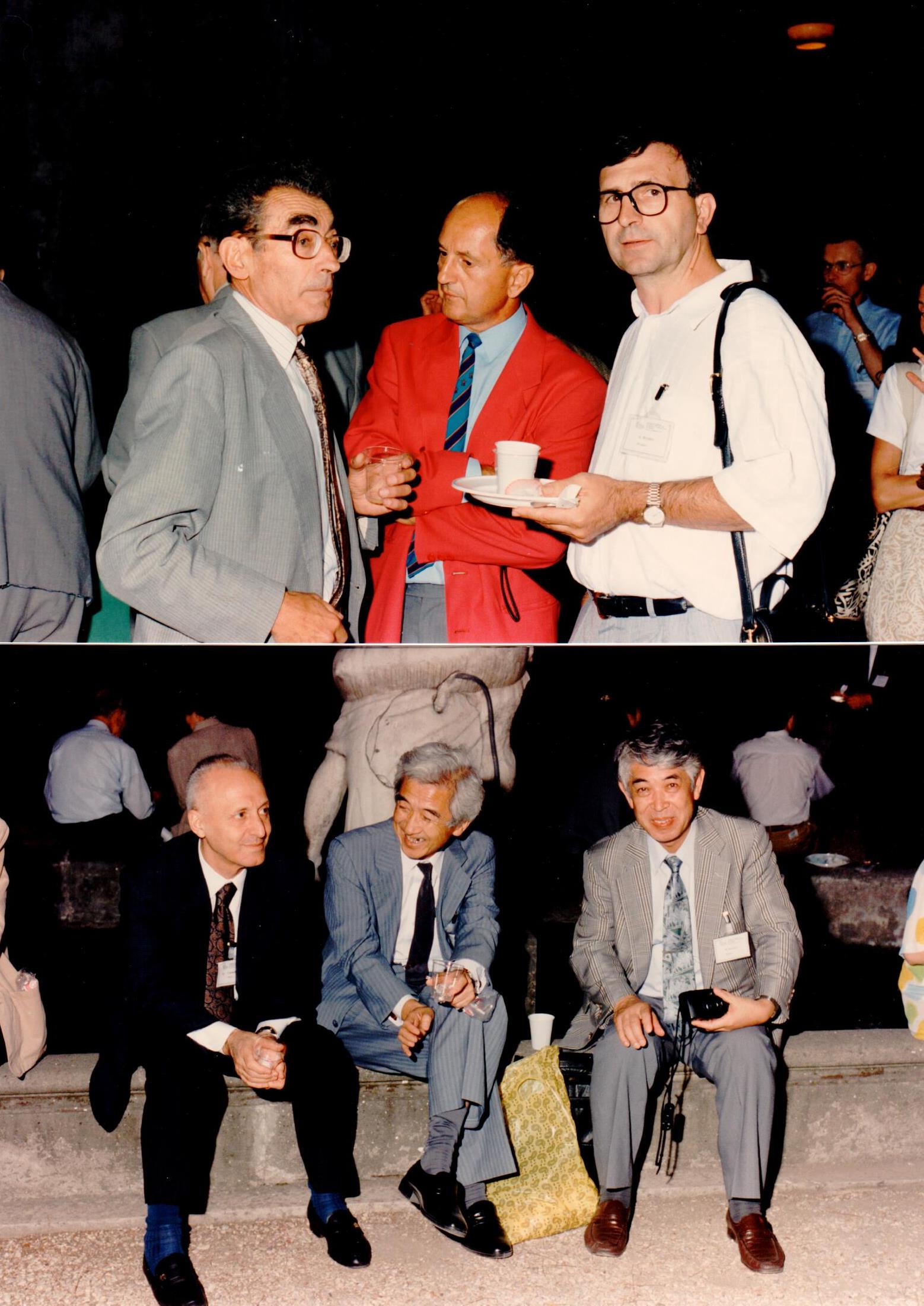
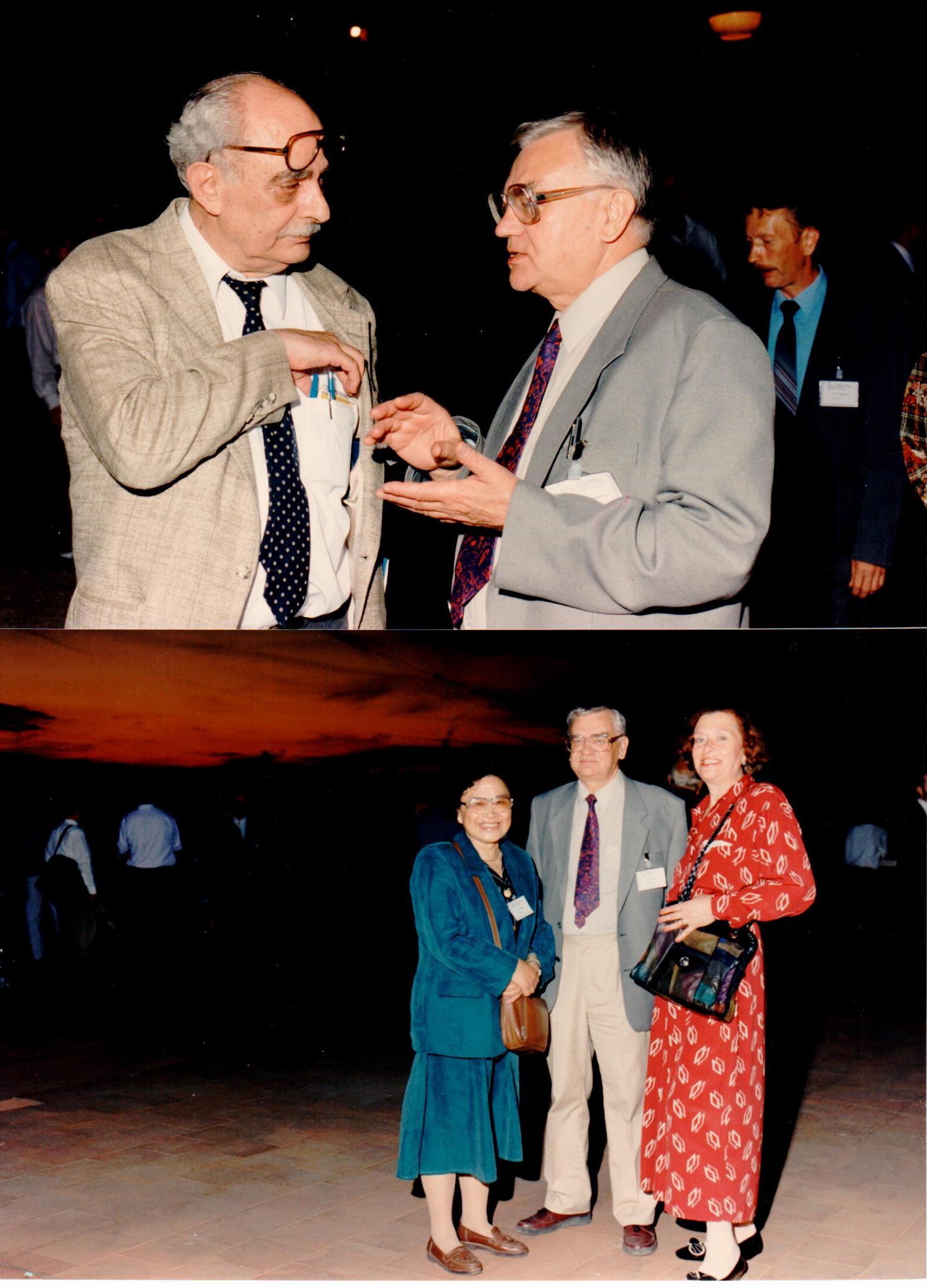
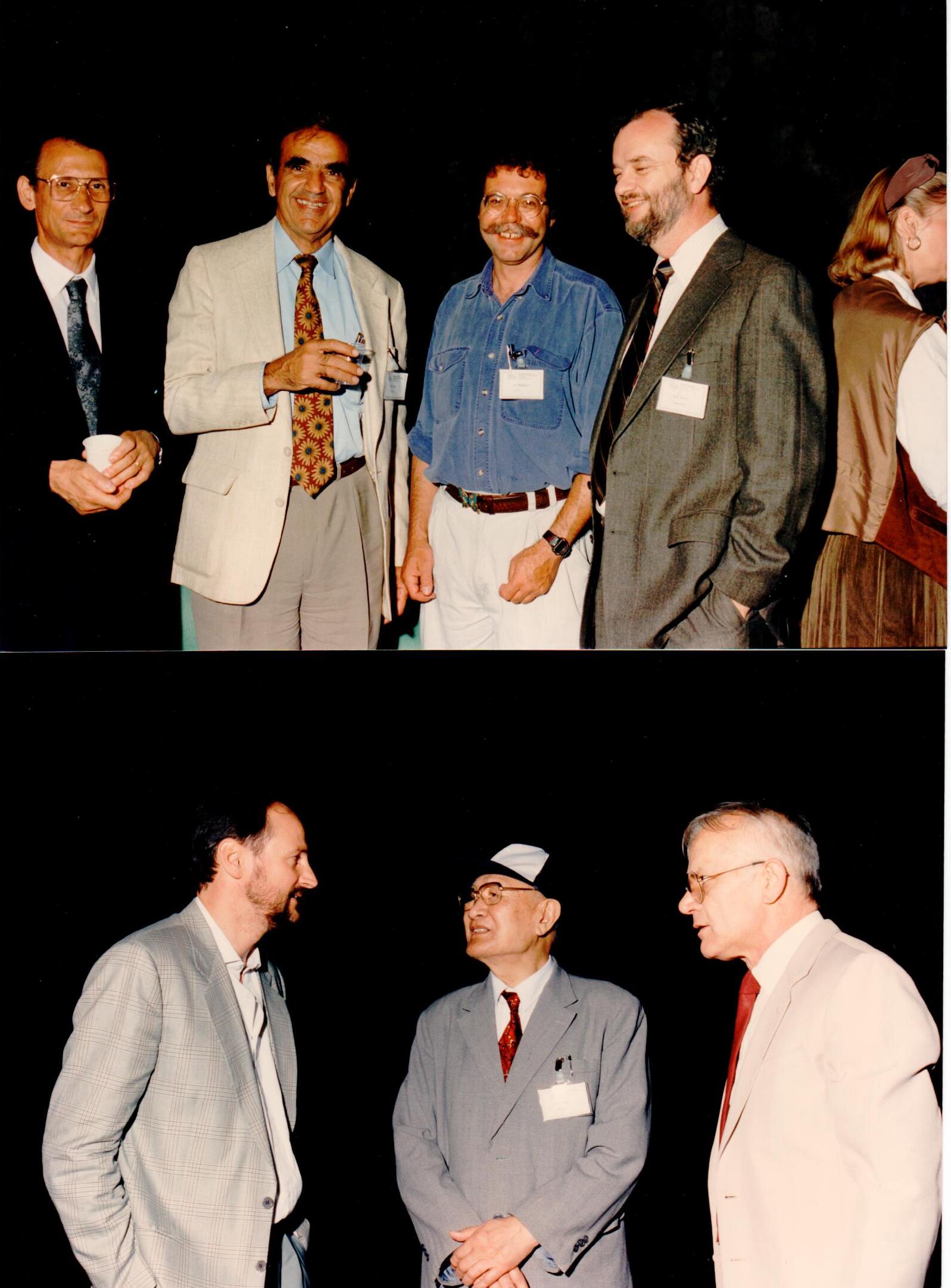
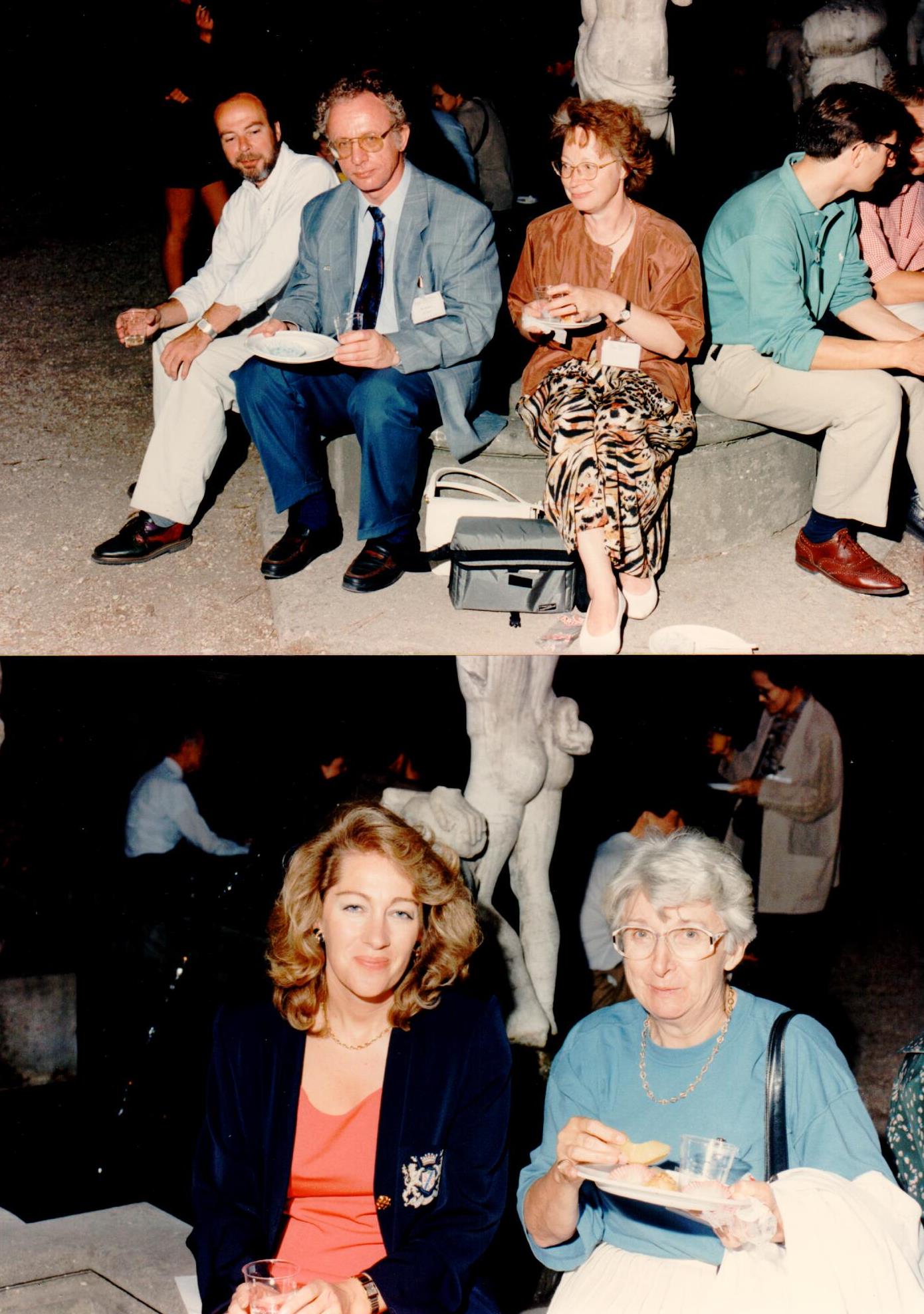
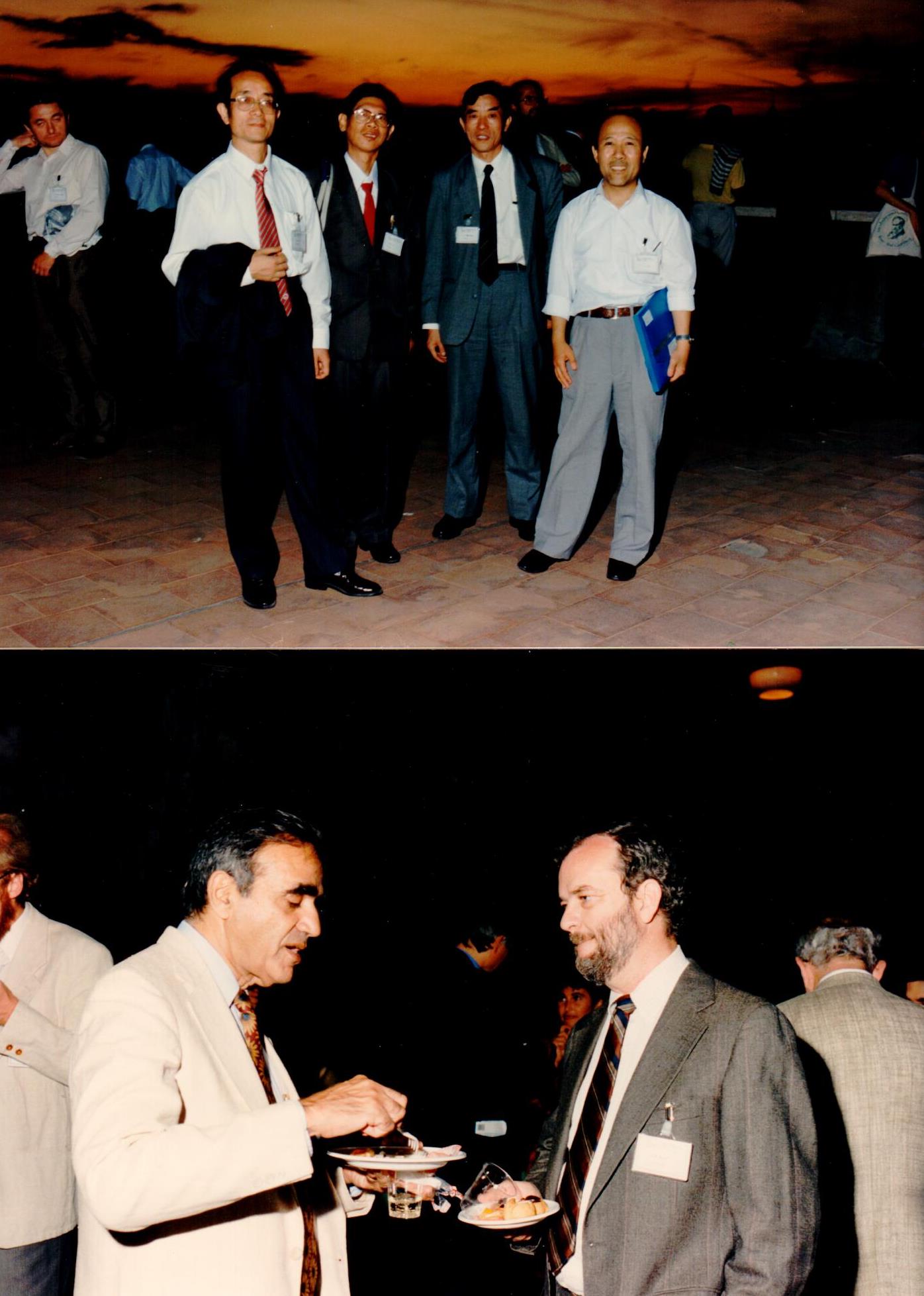
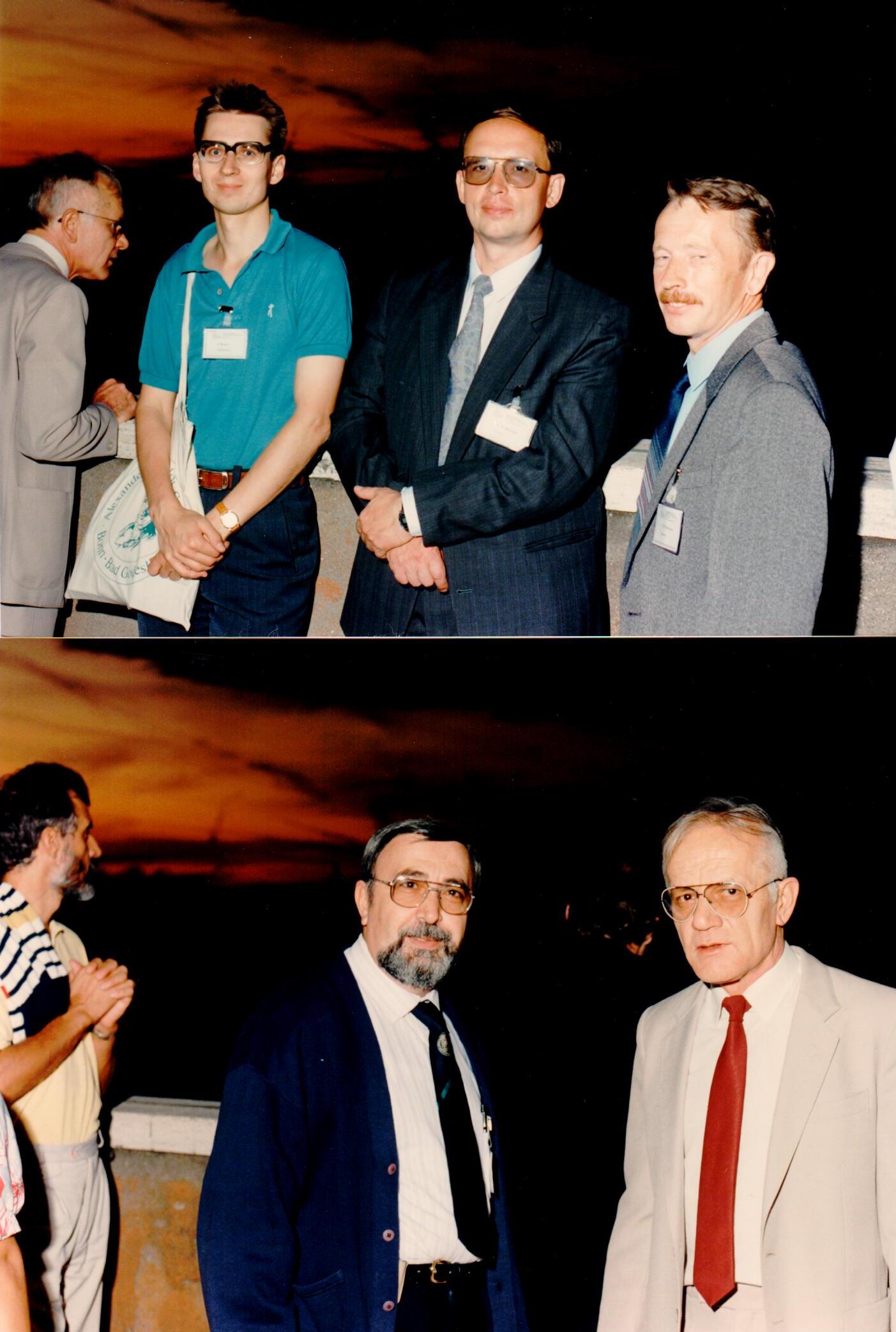
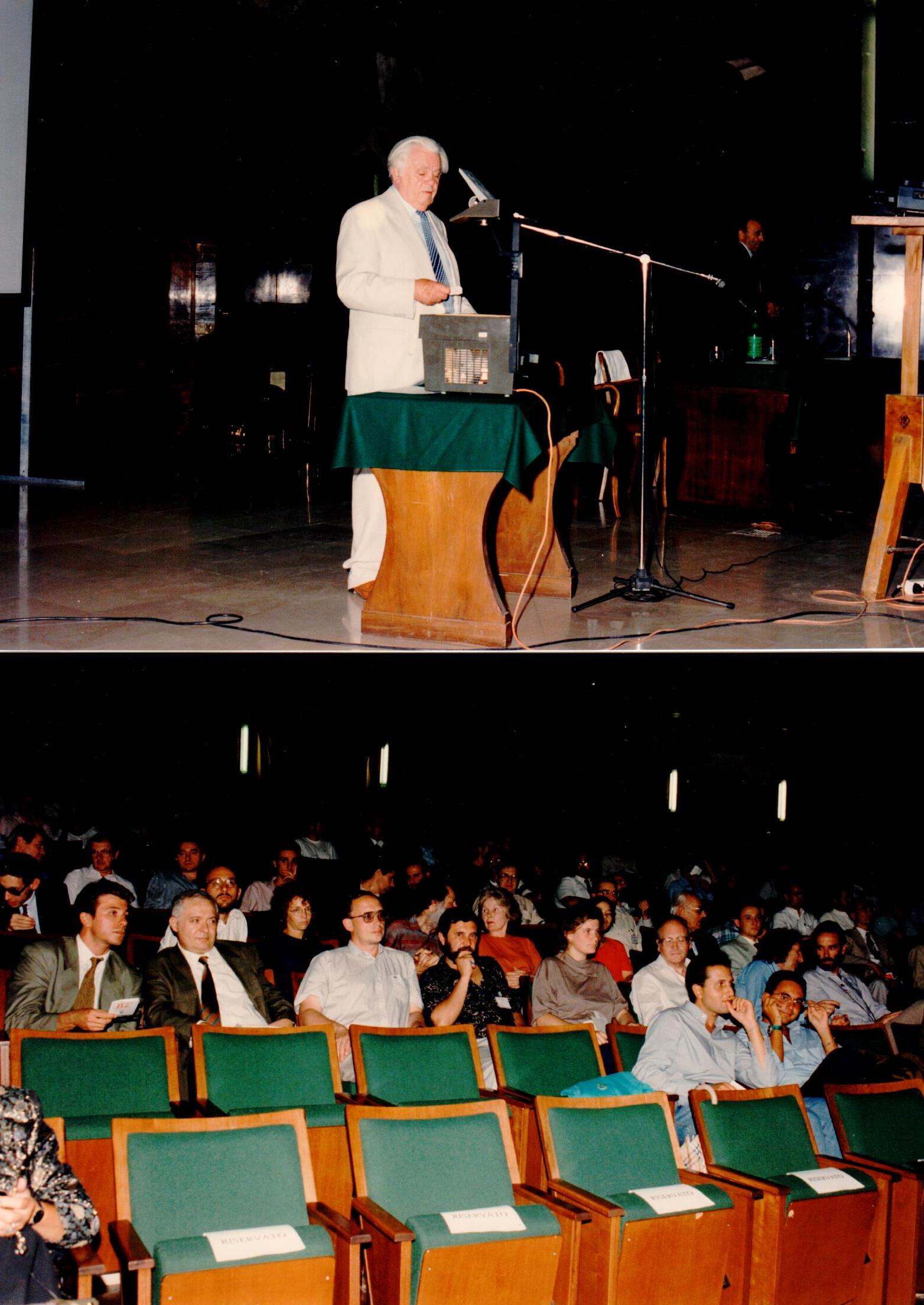
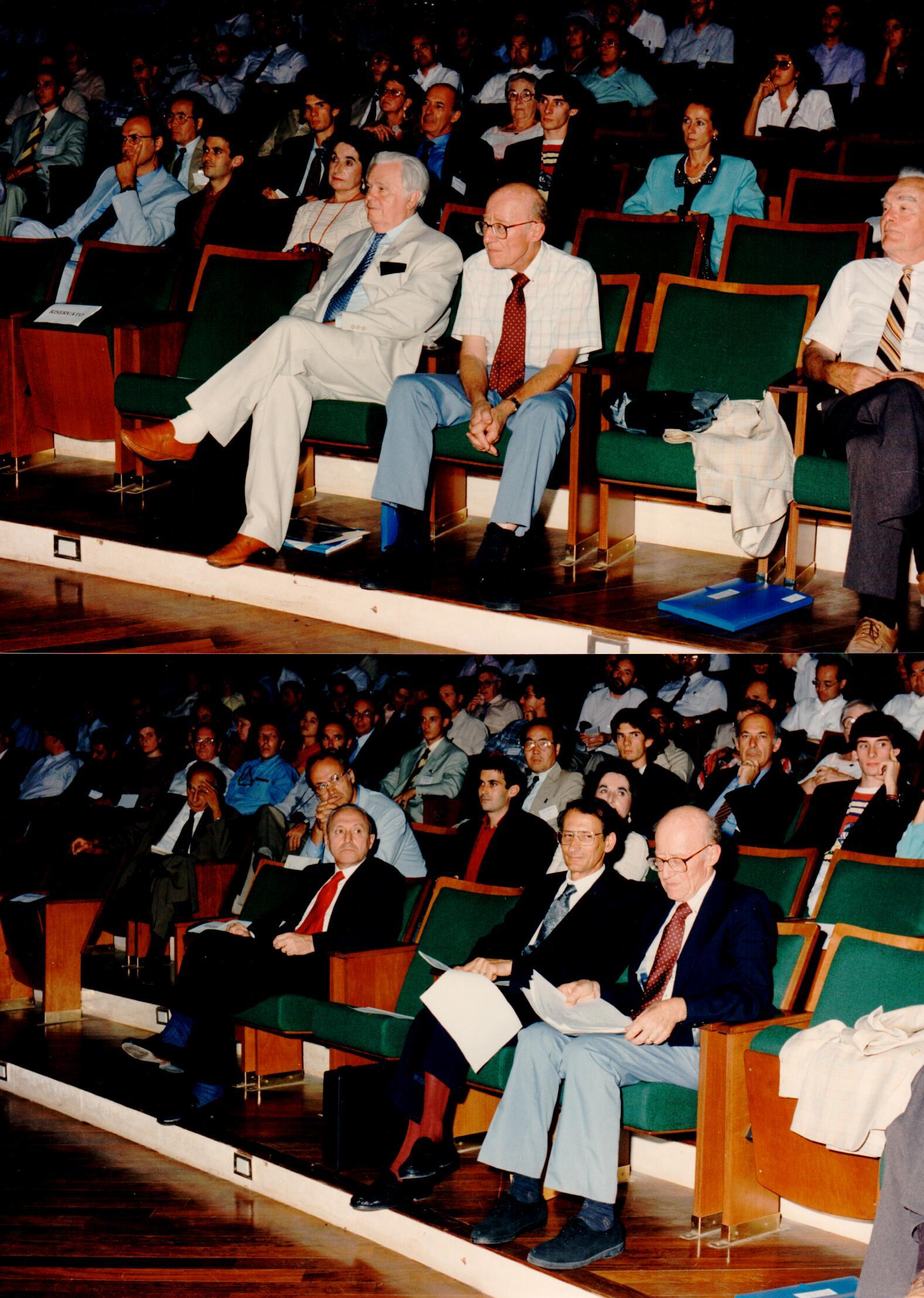
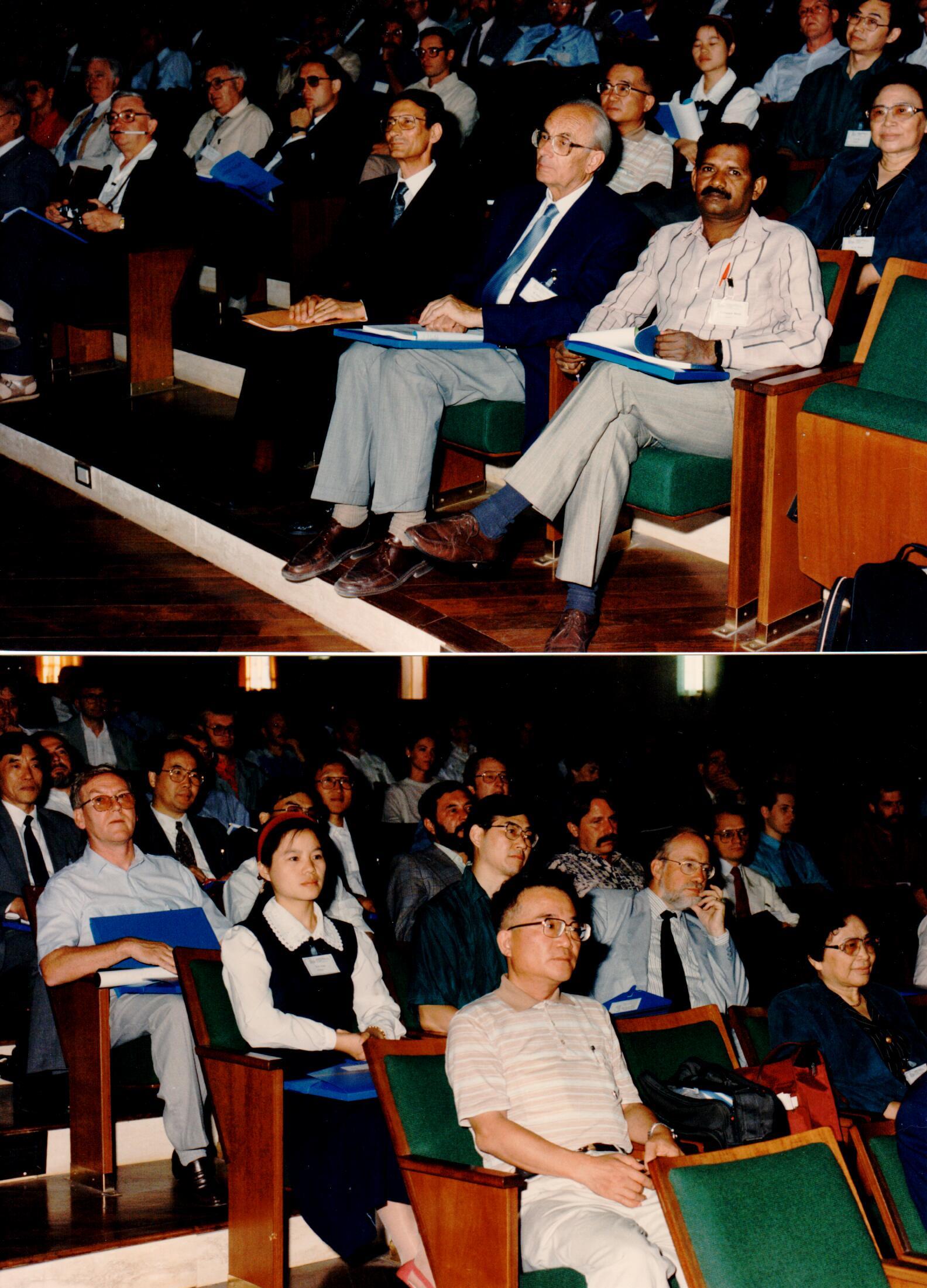
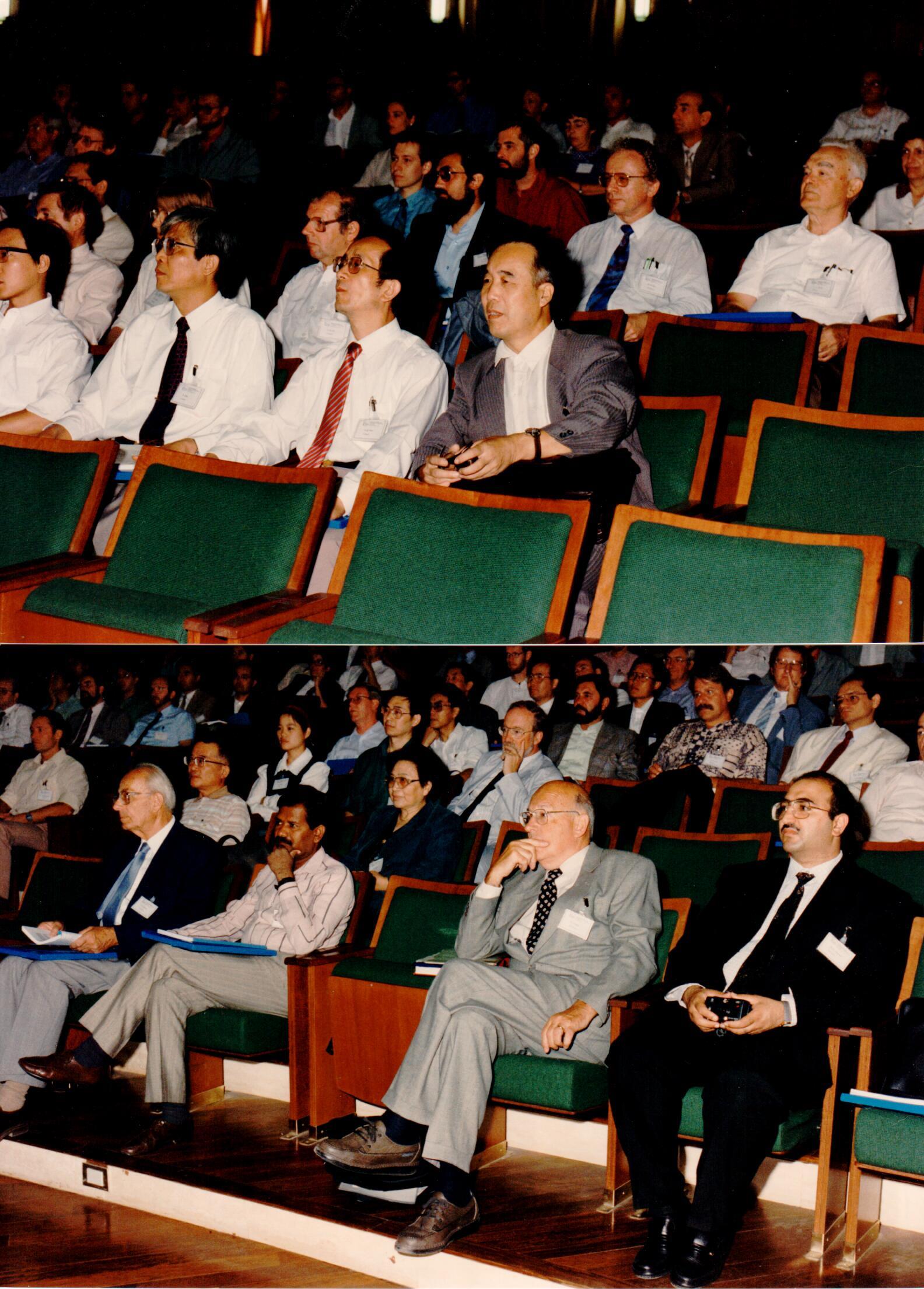
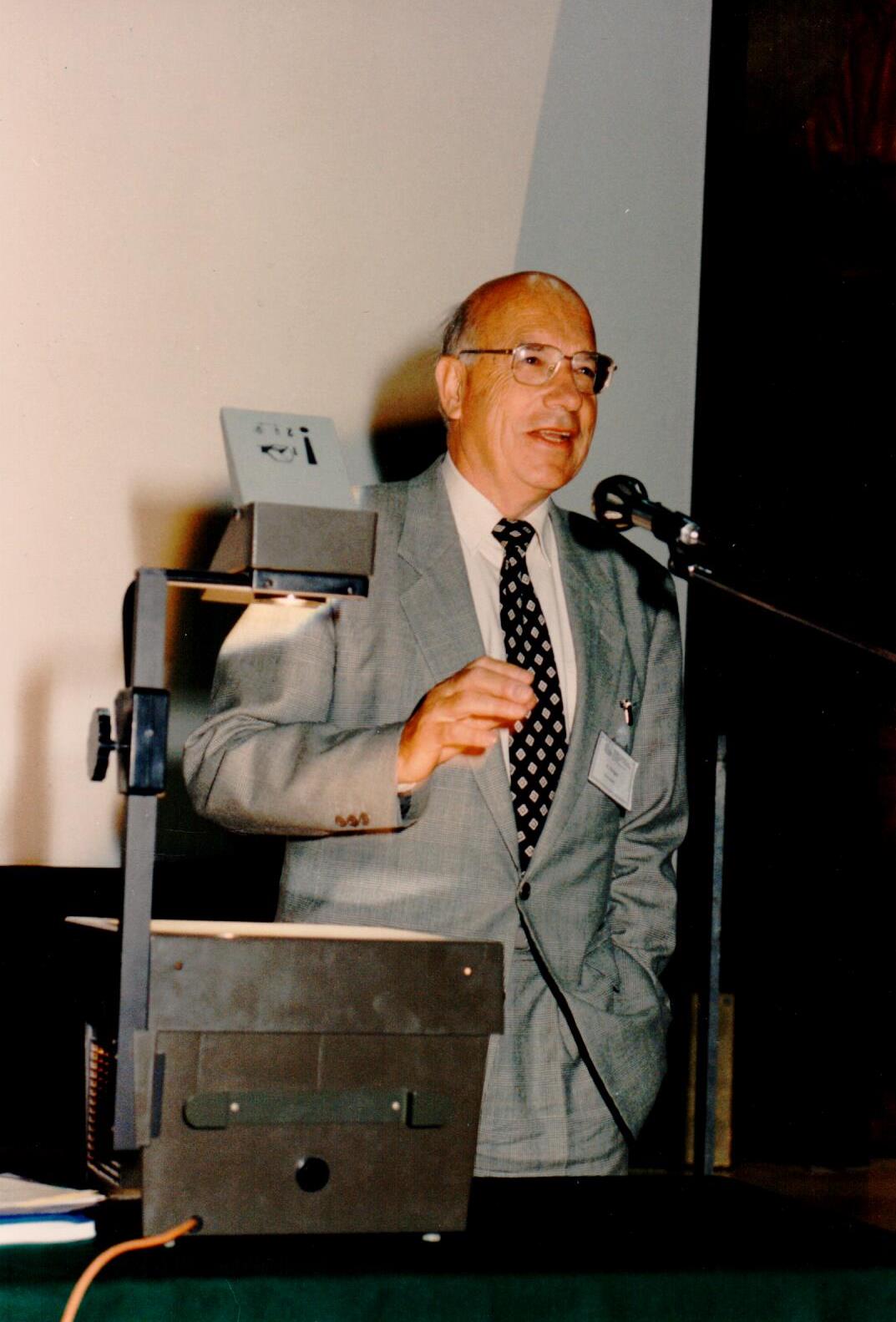
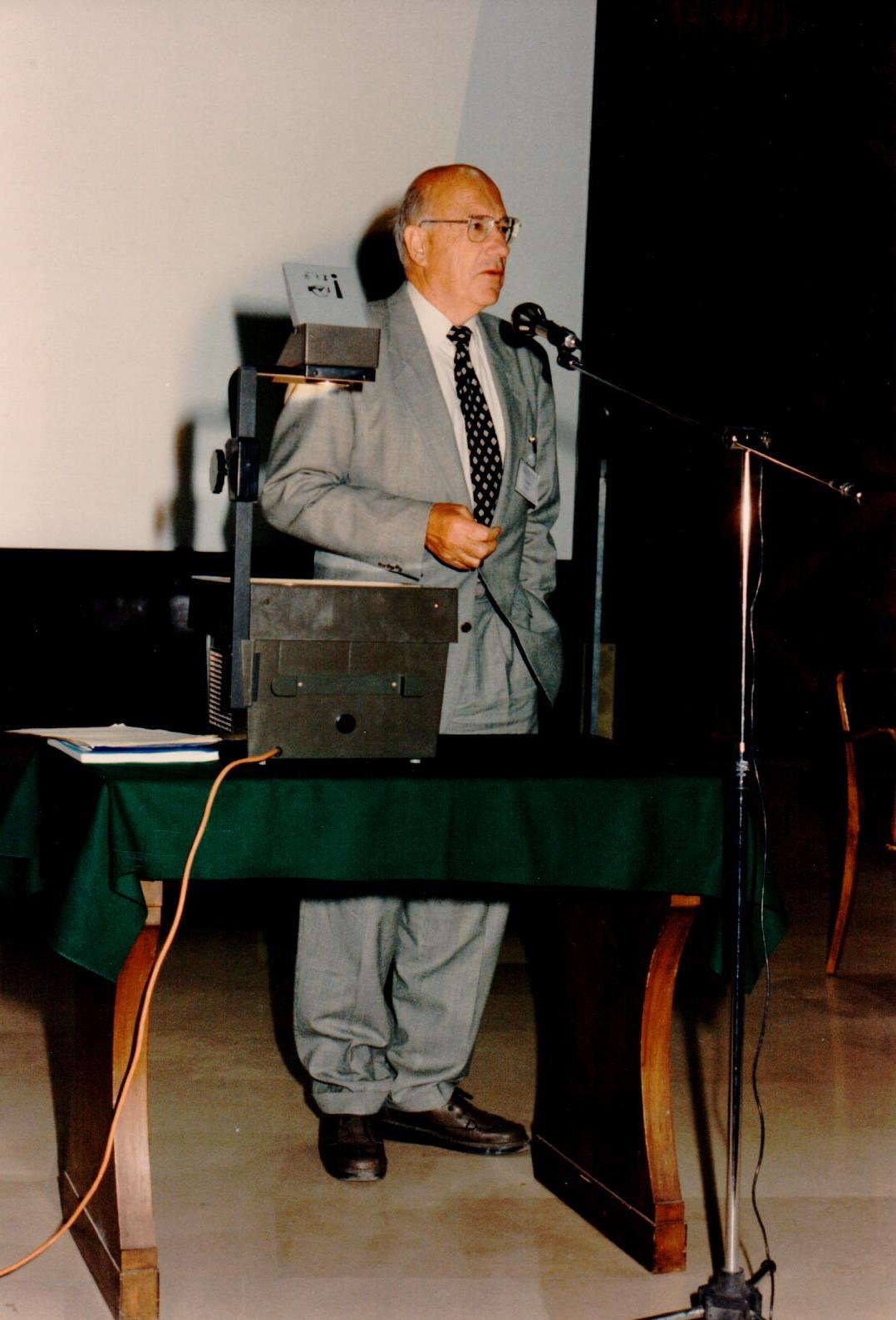
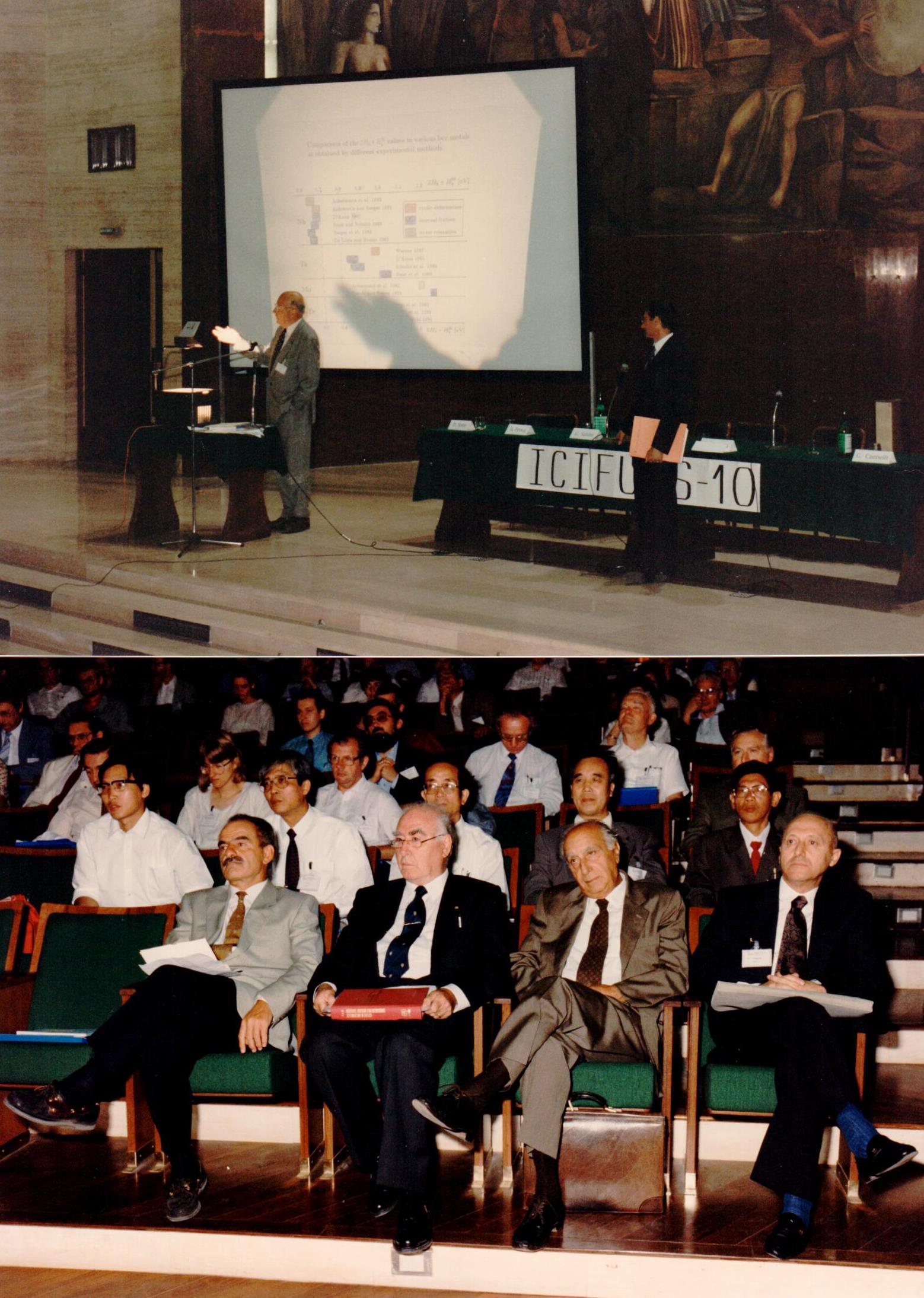
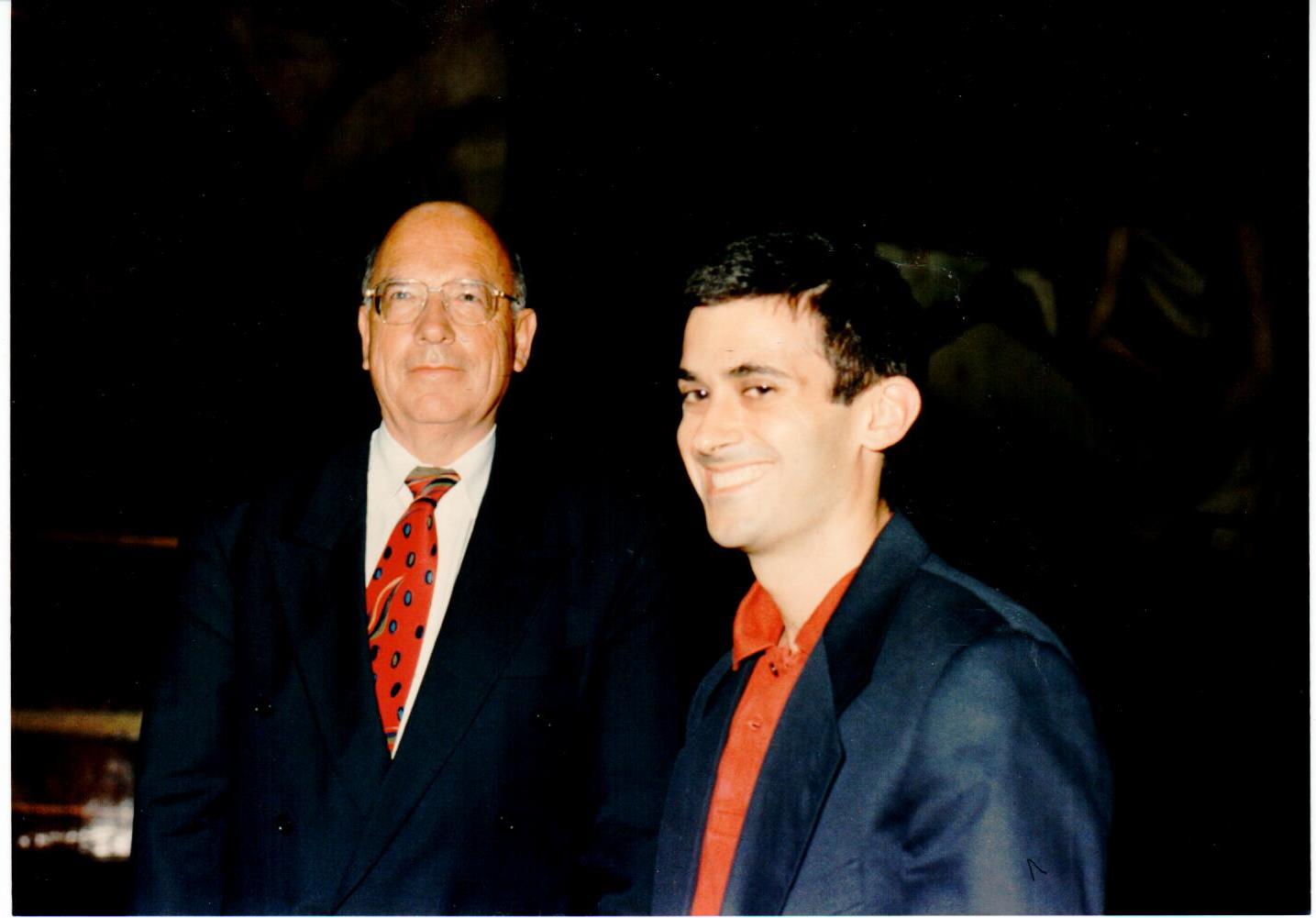
CONCERT IN AULA MAGNA
BY THE
PIANIST MICHELE CAMPANELLA AND THE MEZZOSOPRANO DEBORA BERONESI
Tuesday September 6
The Concert was sponsored and offered by the City of Rome, governed by the Prefect Alessandro Voci, and by its Culture Councillorship temporarily run by the Director General of the Ministry of Tourism and Performing Arts Prof. Carmelo Rocca. The world famous Michele Campanella, in tandem with the mezzosoprano Debora Beronesi, played musics of Domenico Scarlatti, Gioacchino Rossini and Franz Liszt. www.michelecampanella.it/ https://it.wikipedia.org/wiki/Michele_Campanella
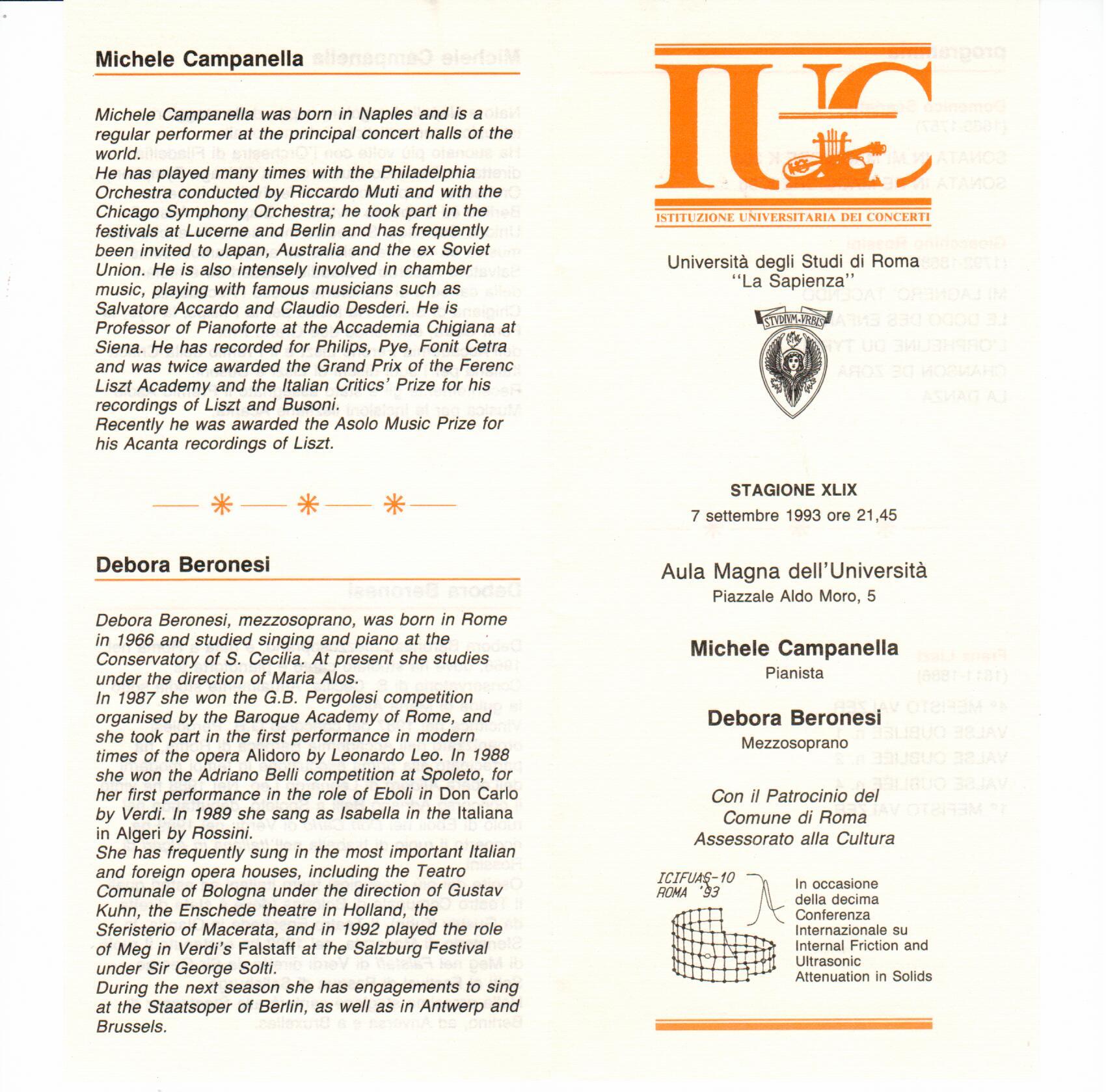
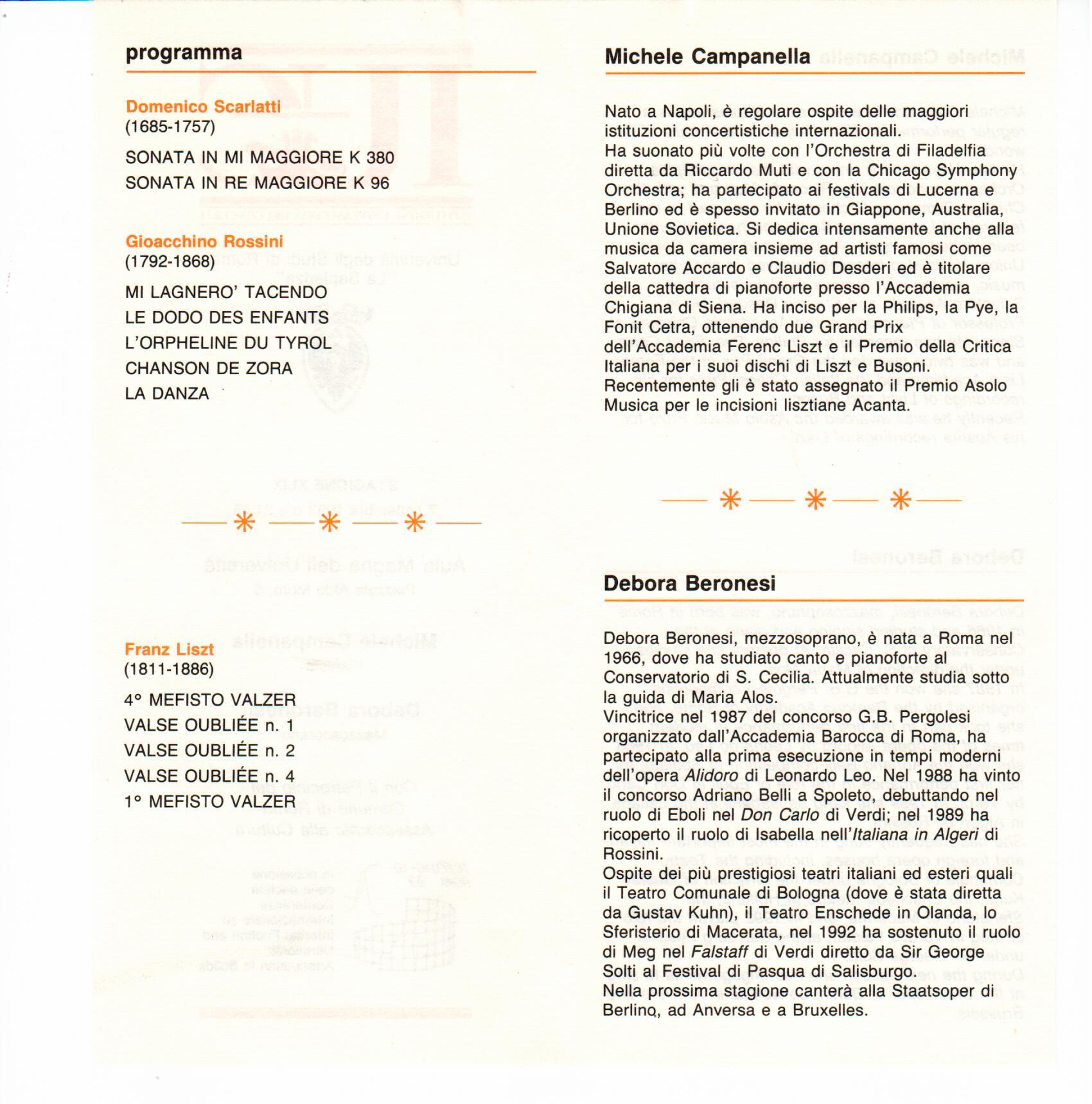
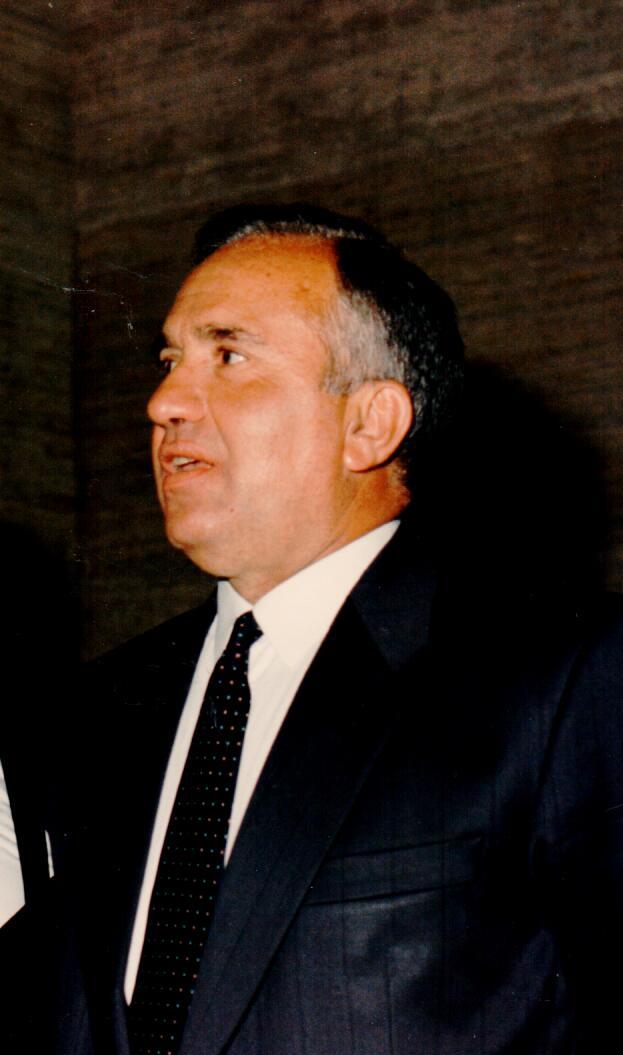
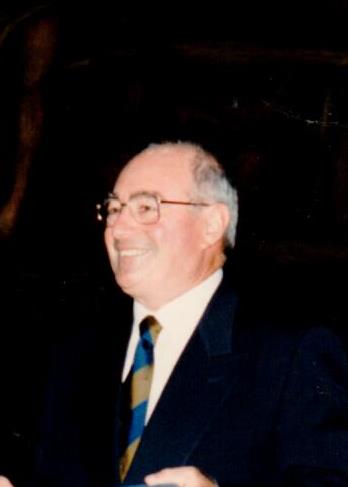
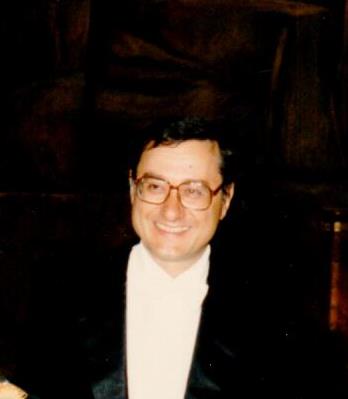
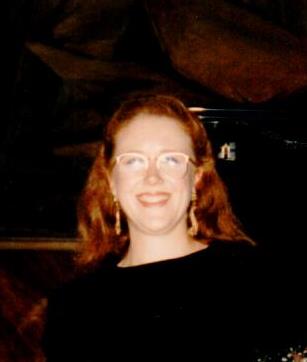
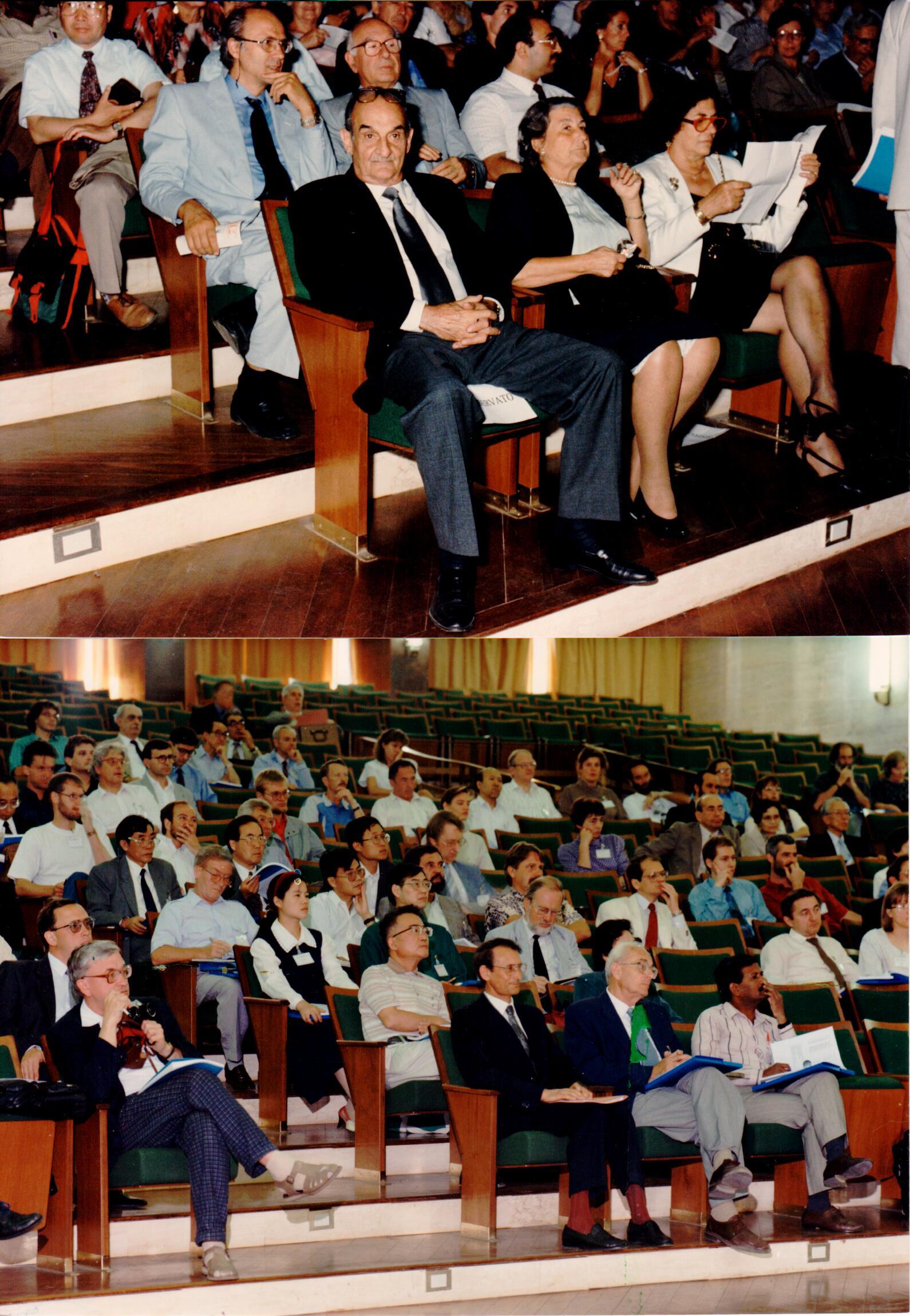
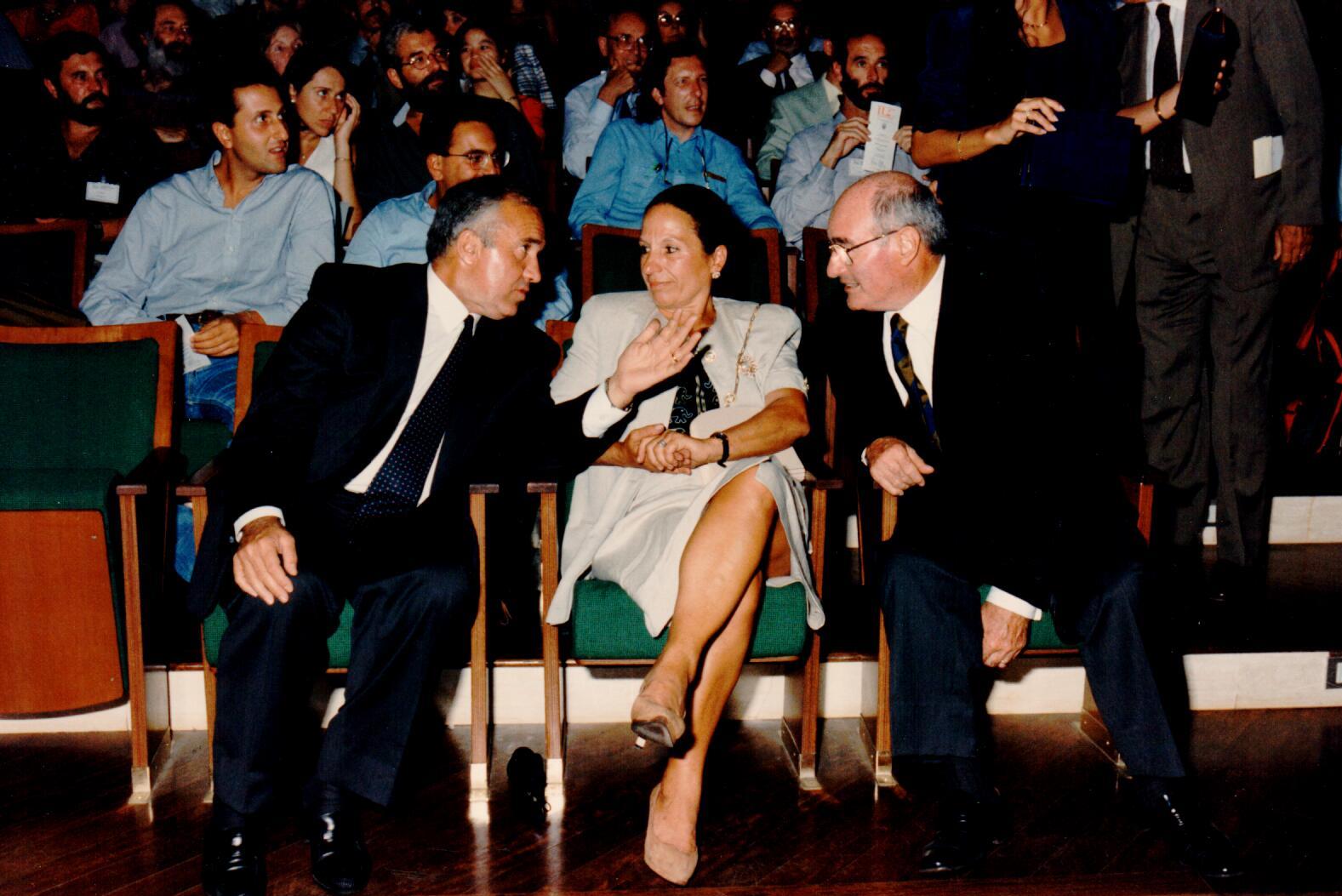
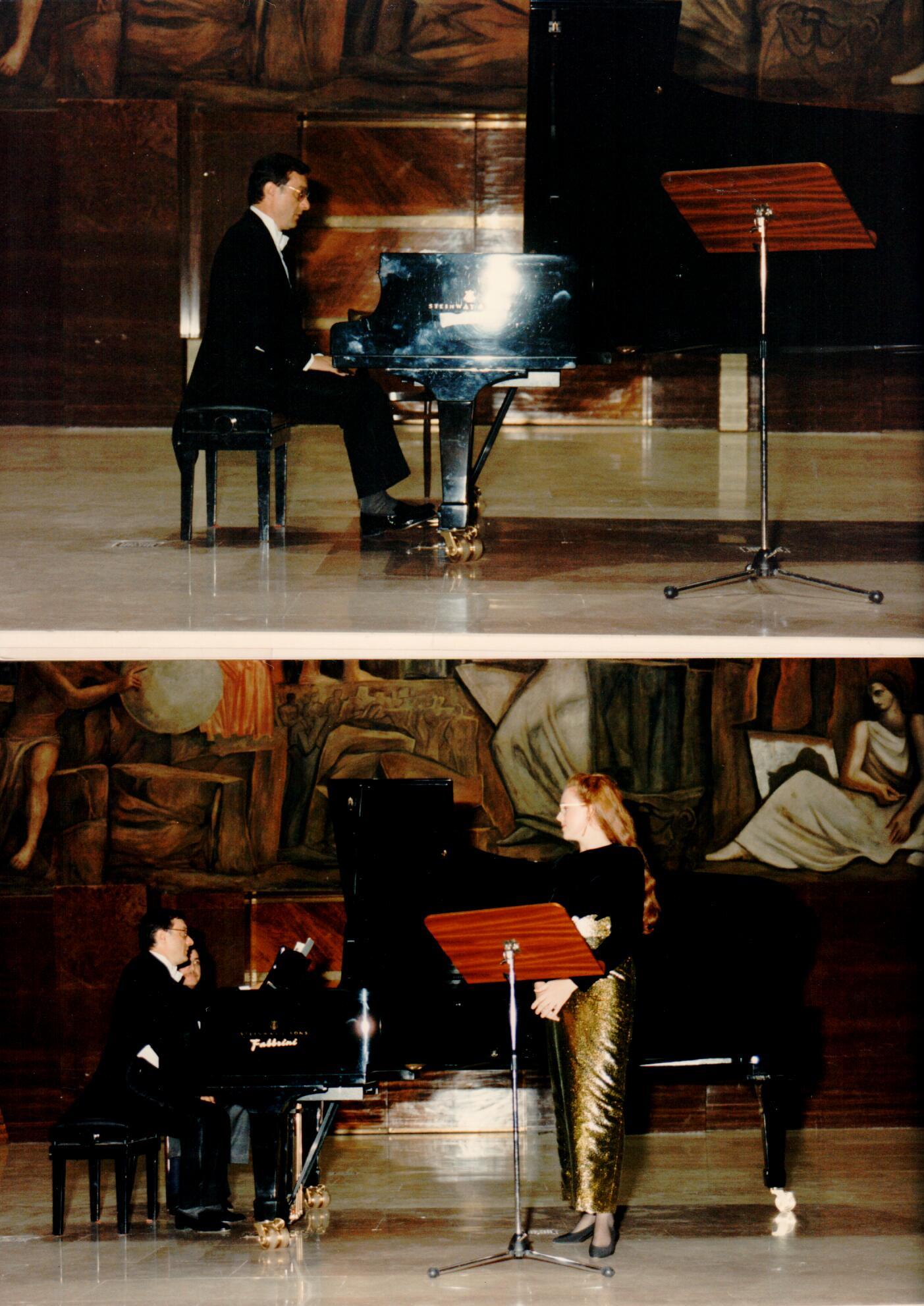
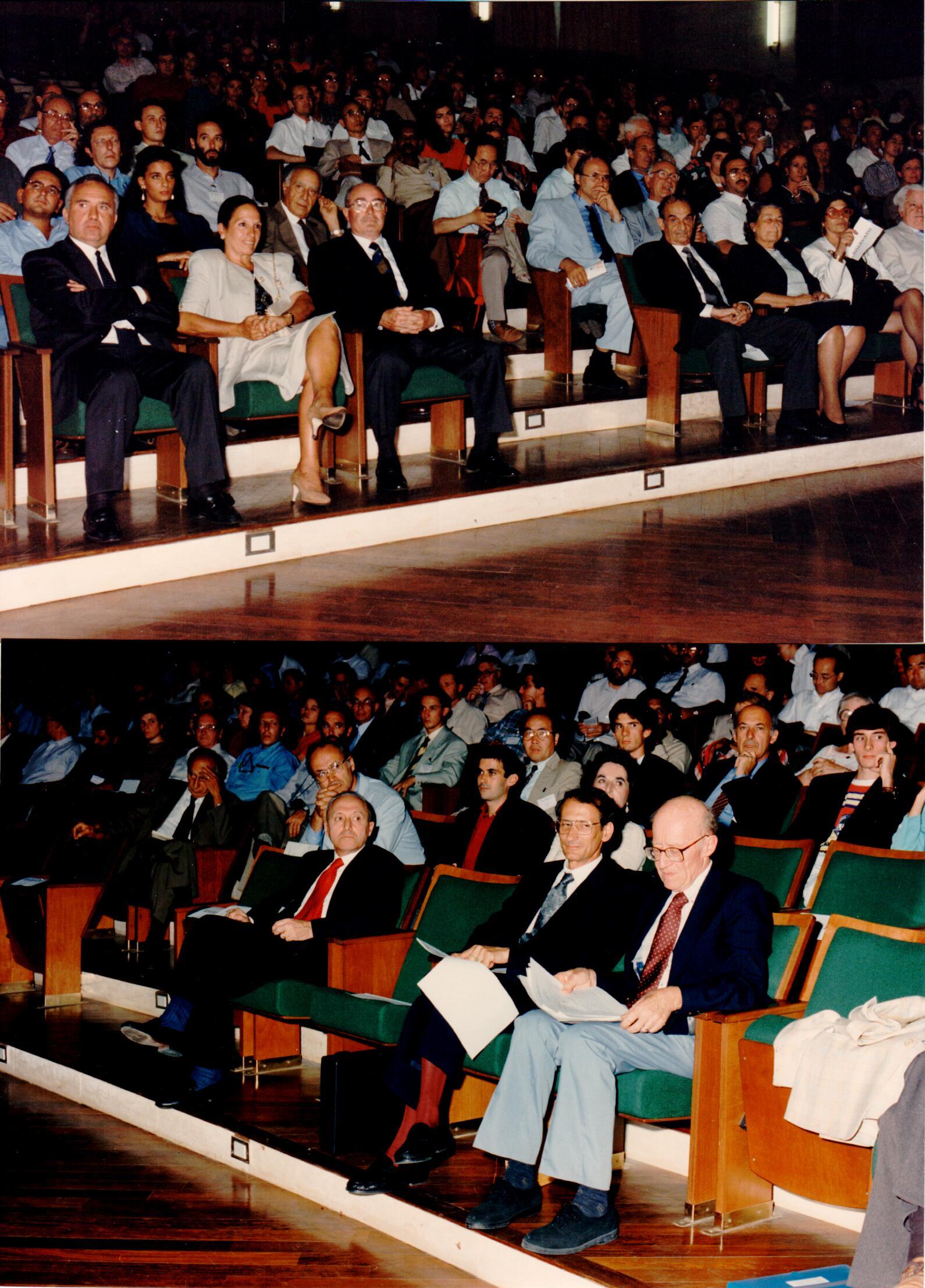
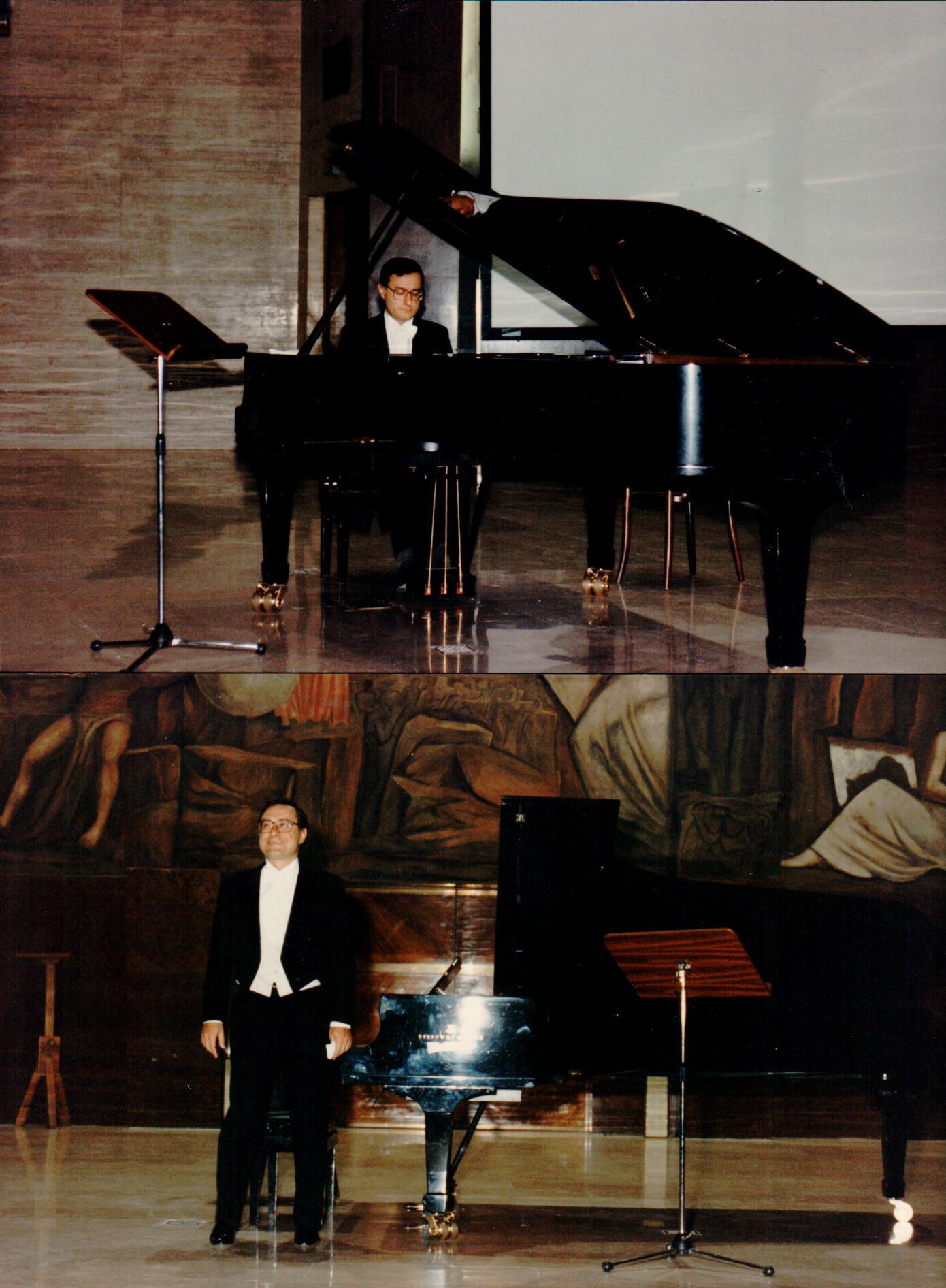
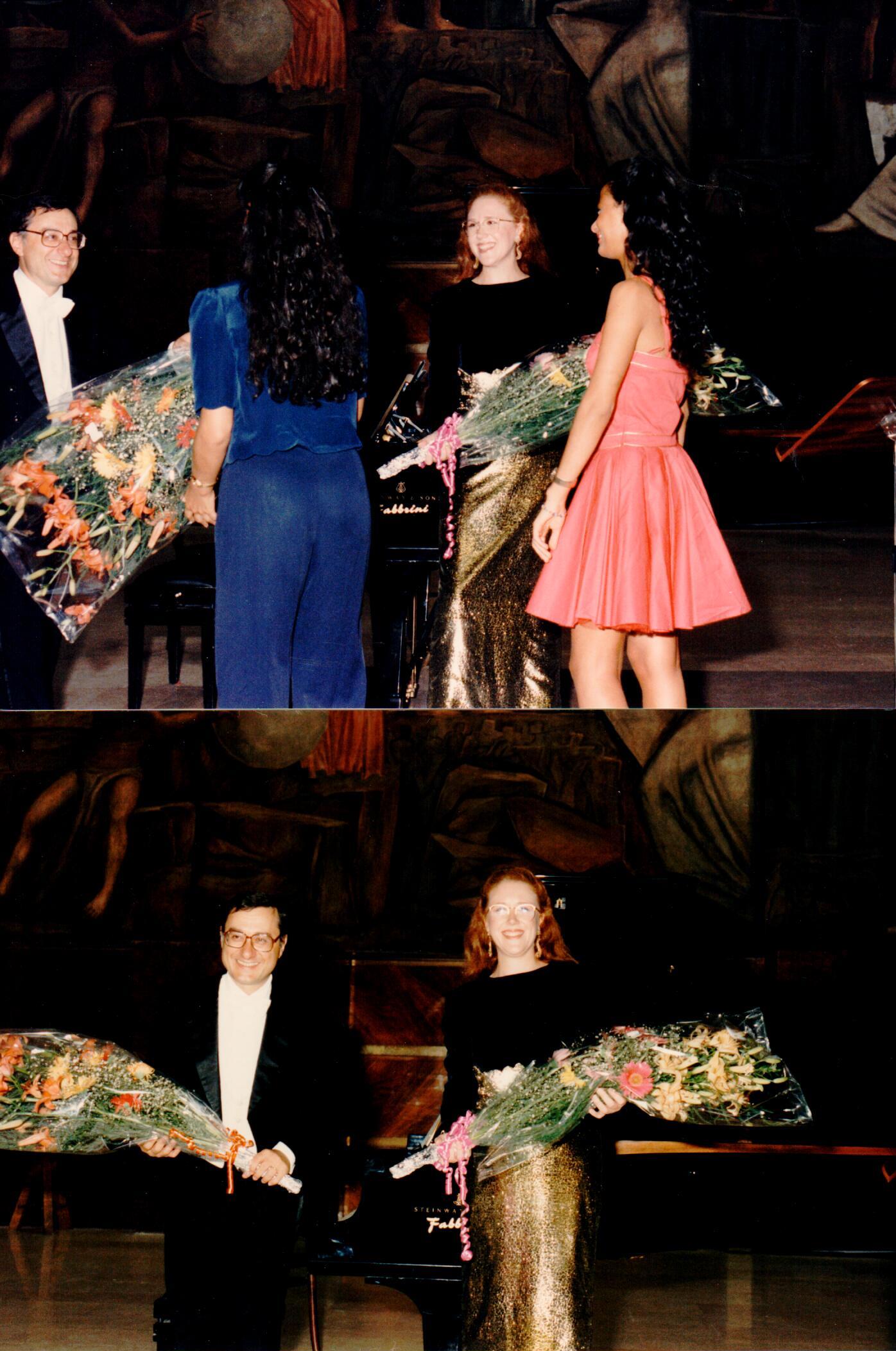
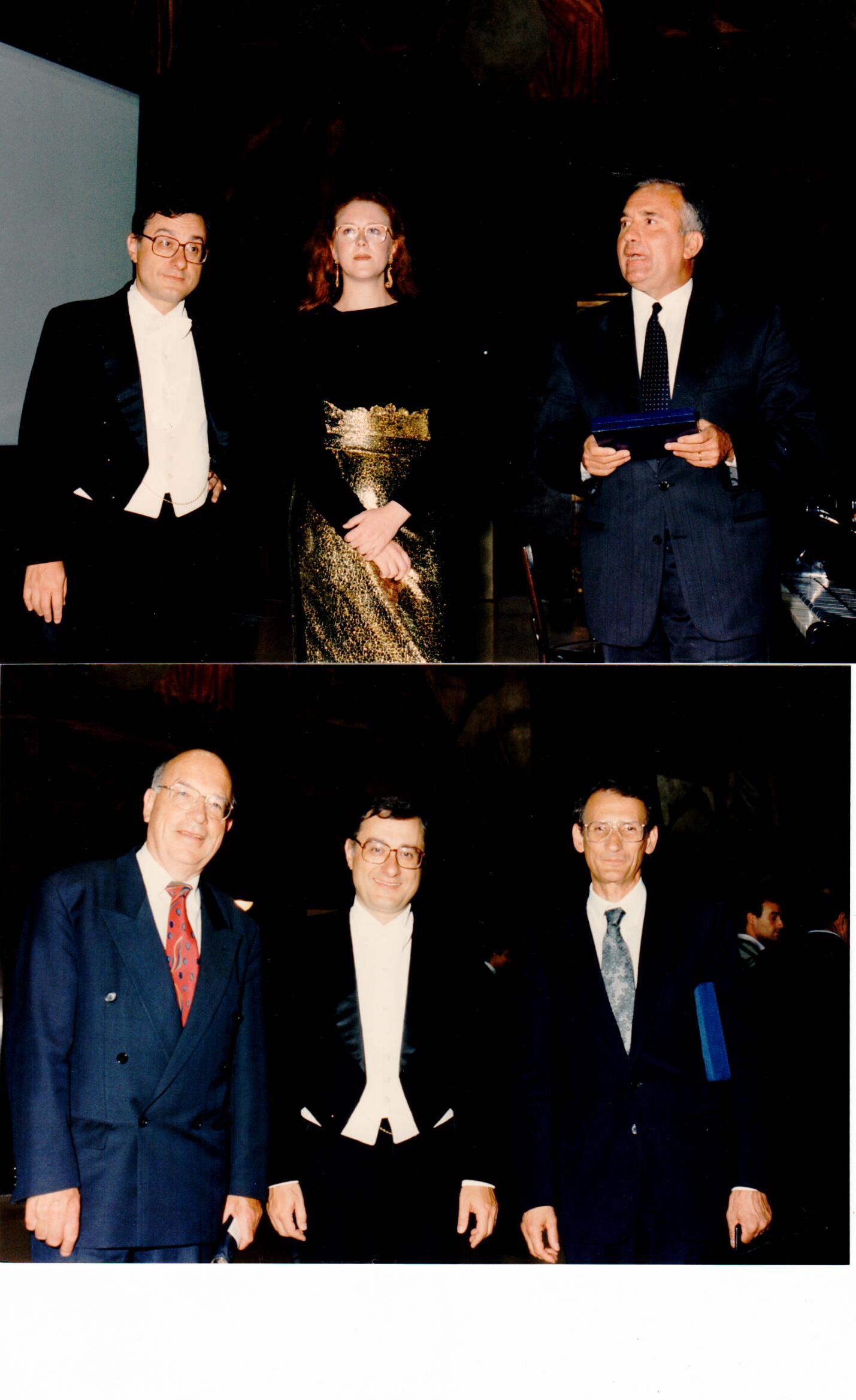
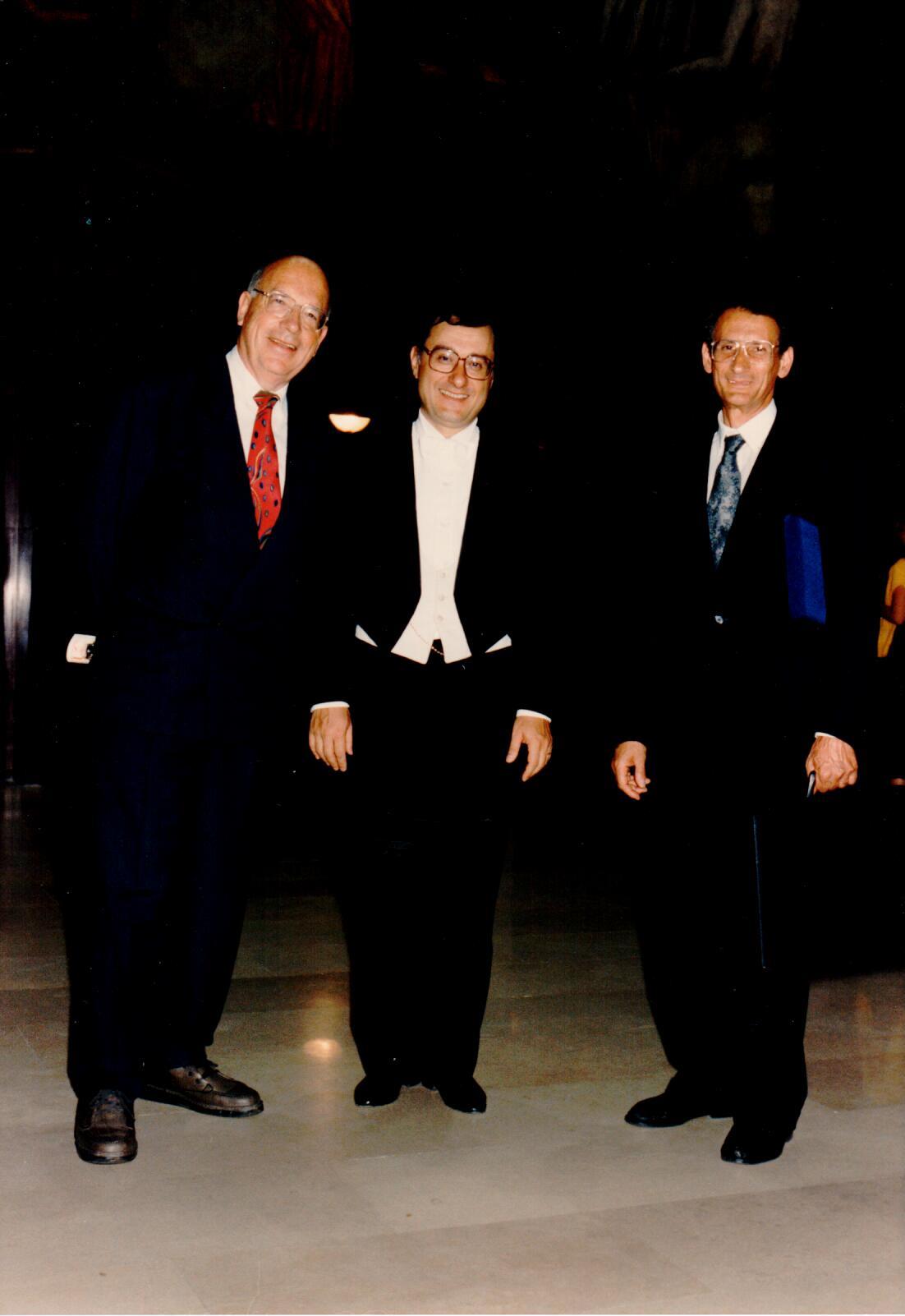
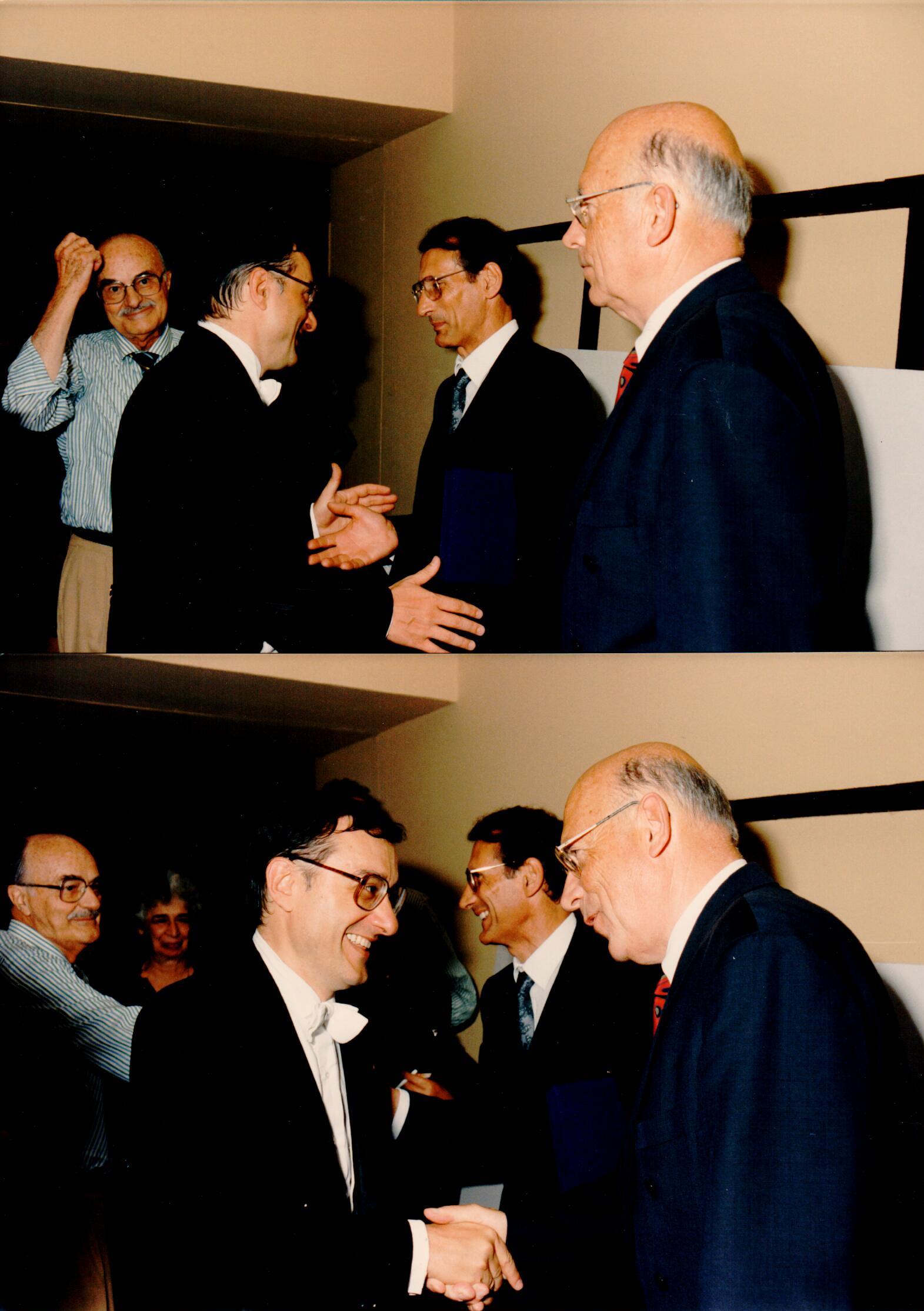

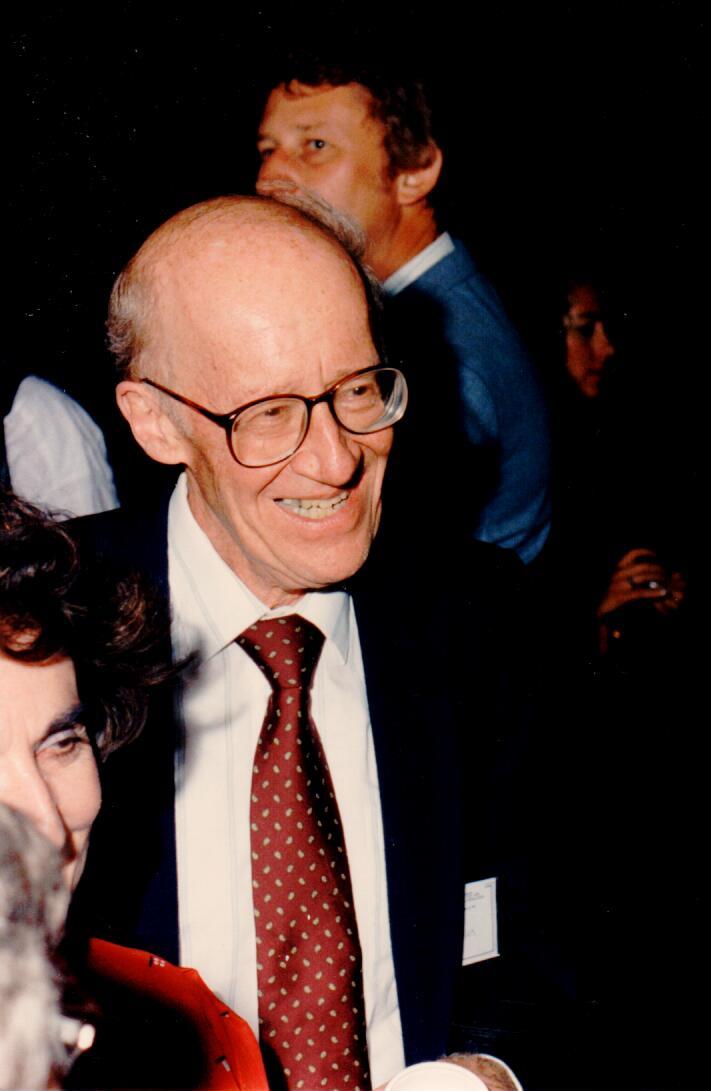
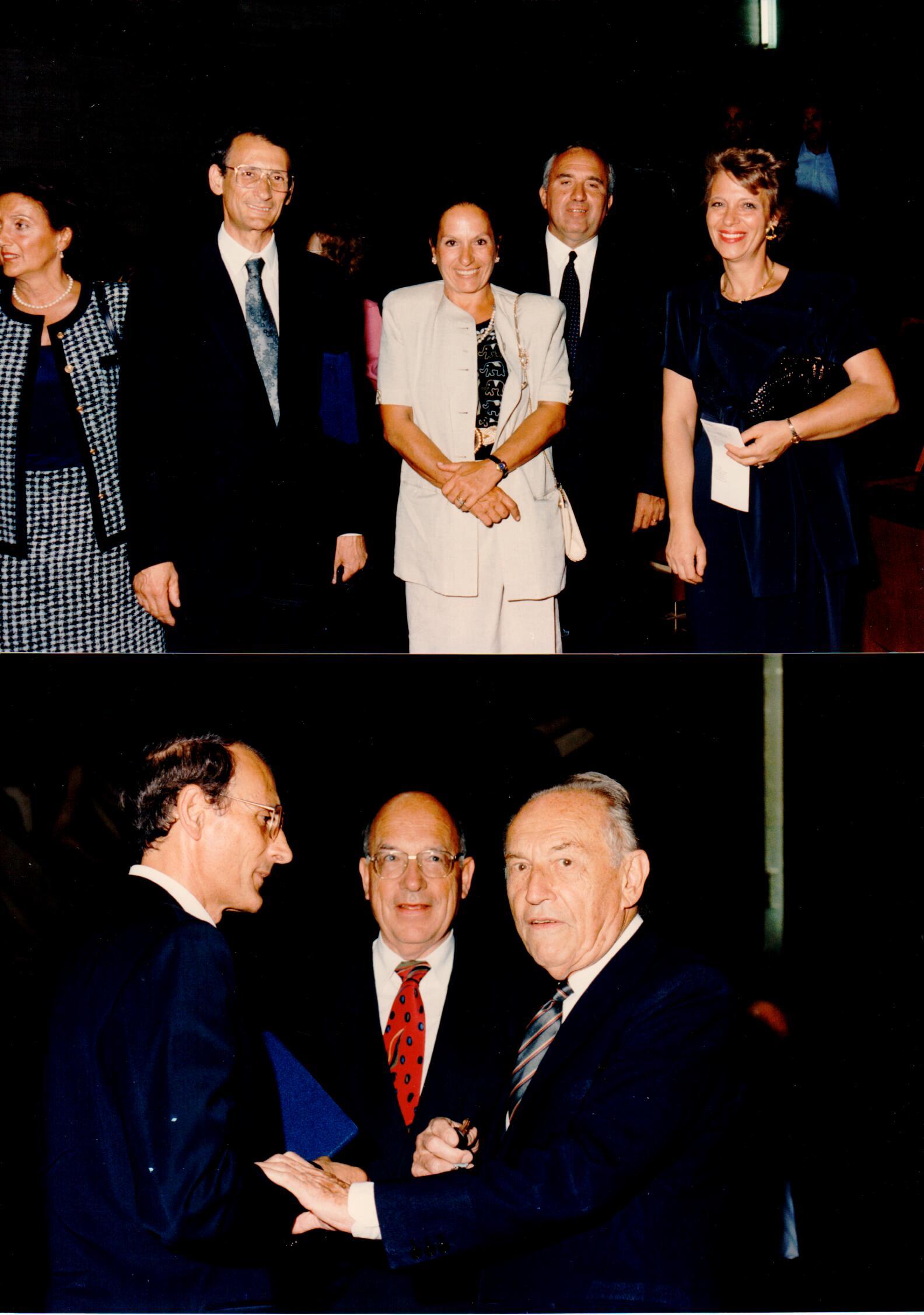
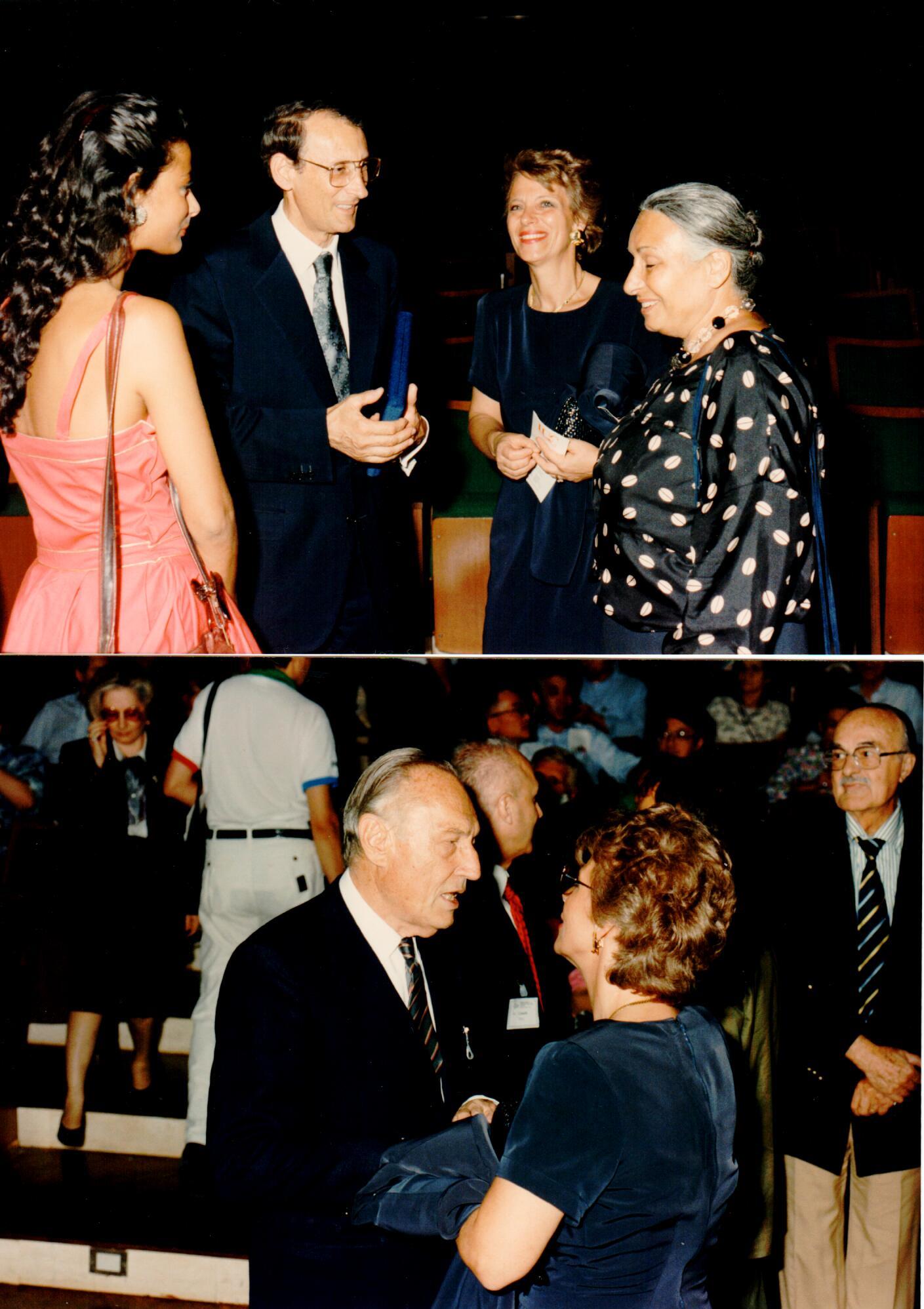
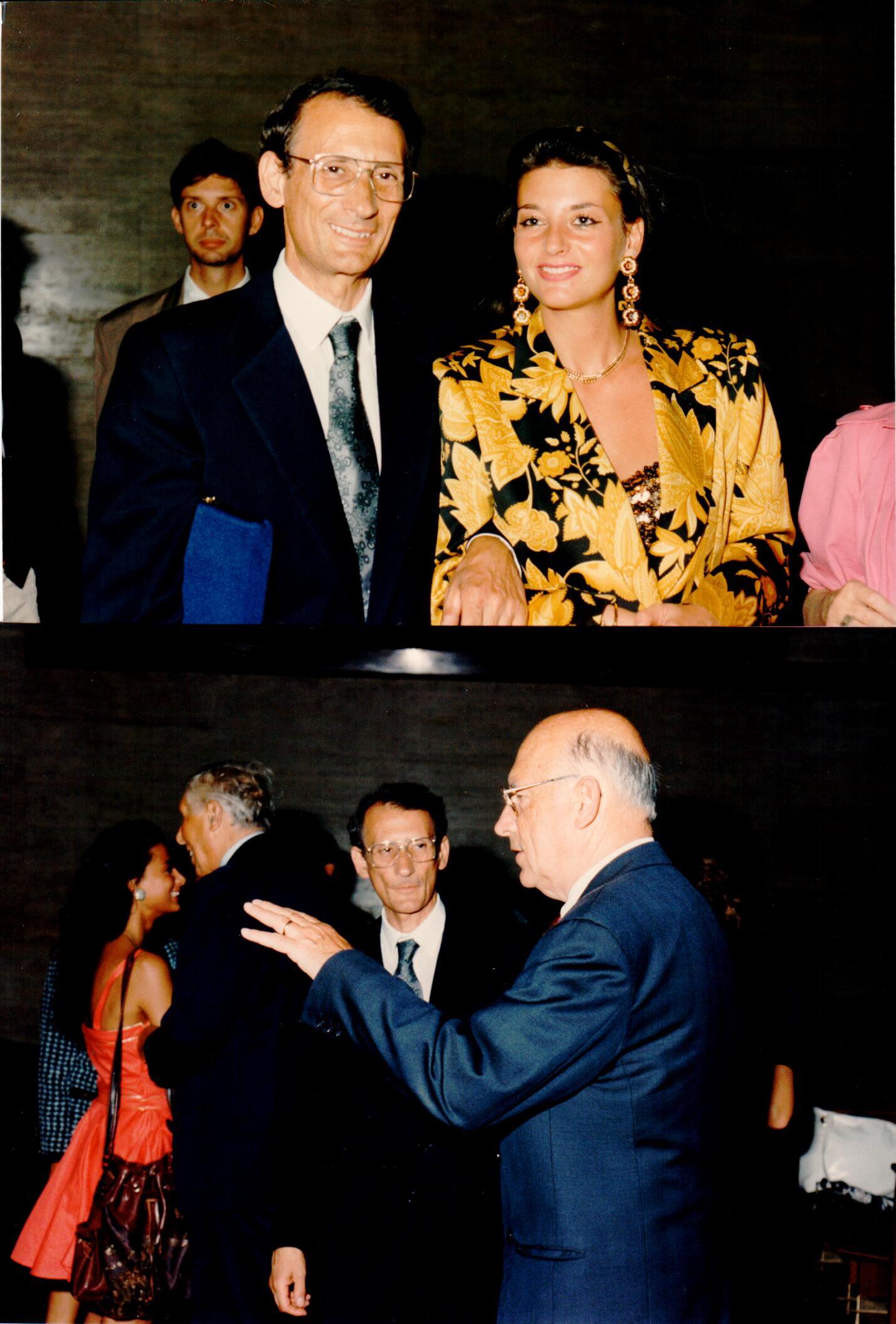
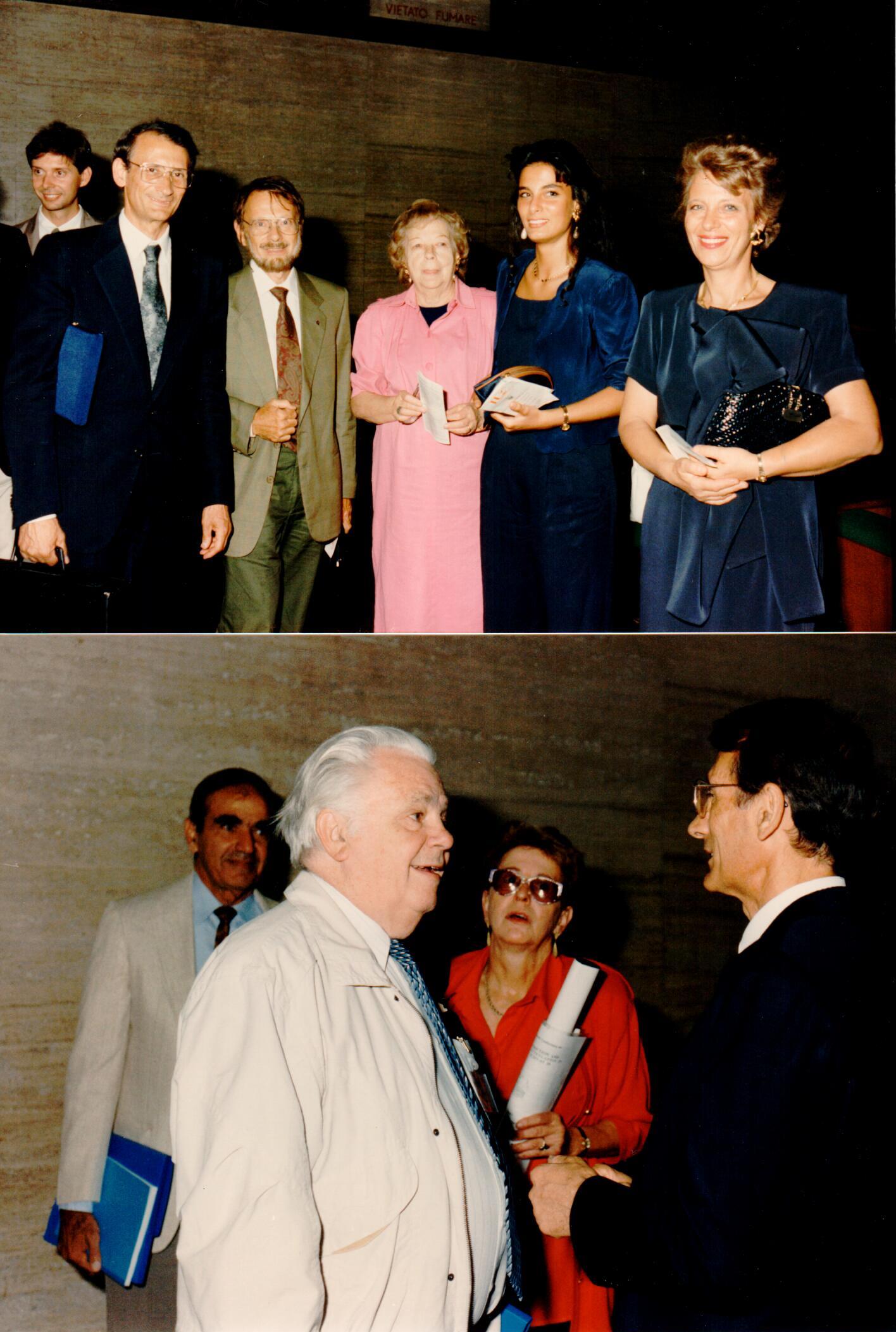
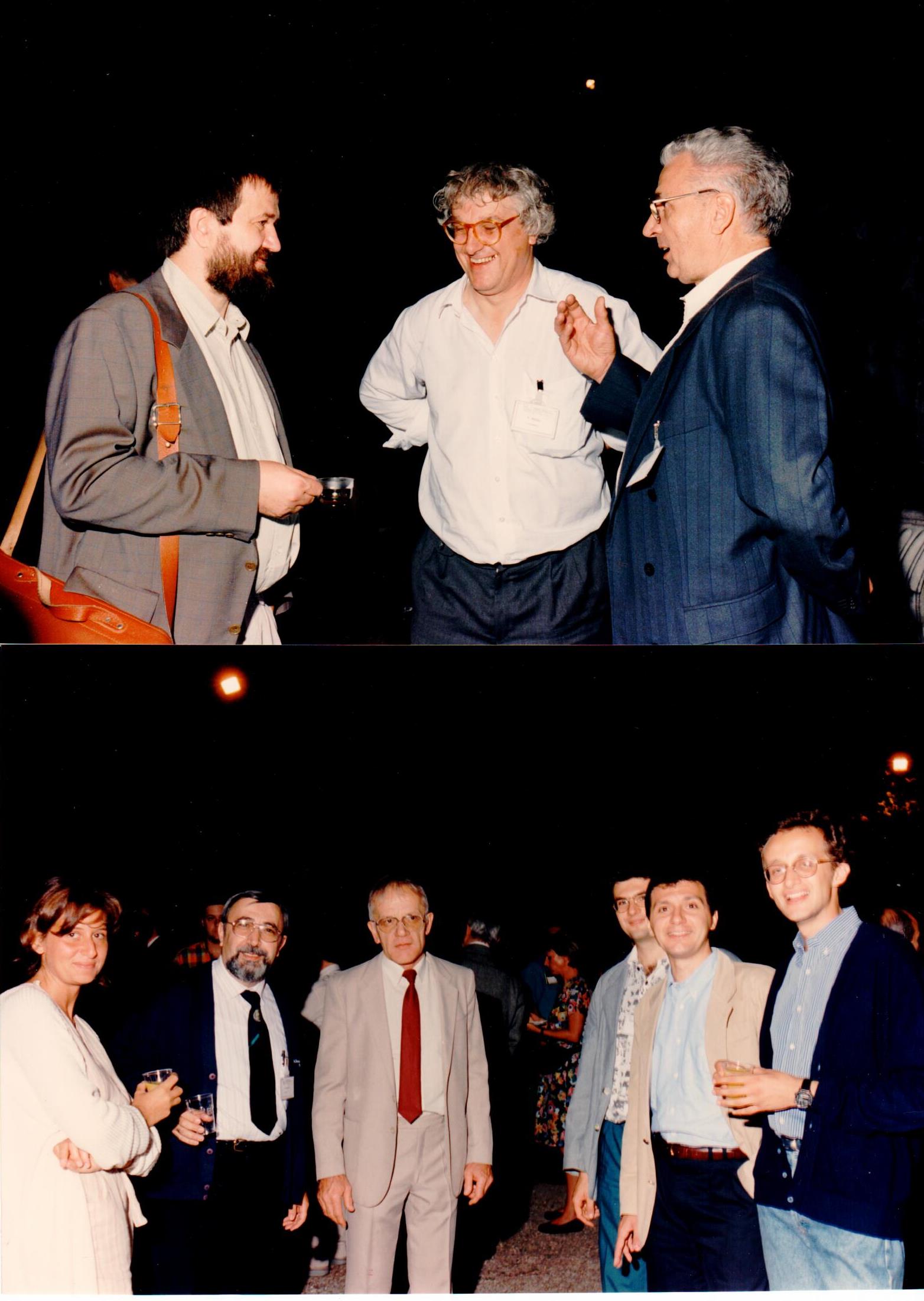
VISIT TO MUSEI CAPITOLINI
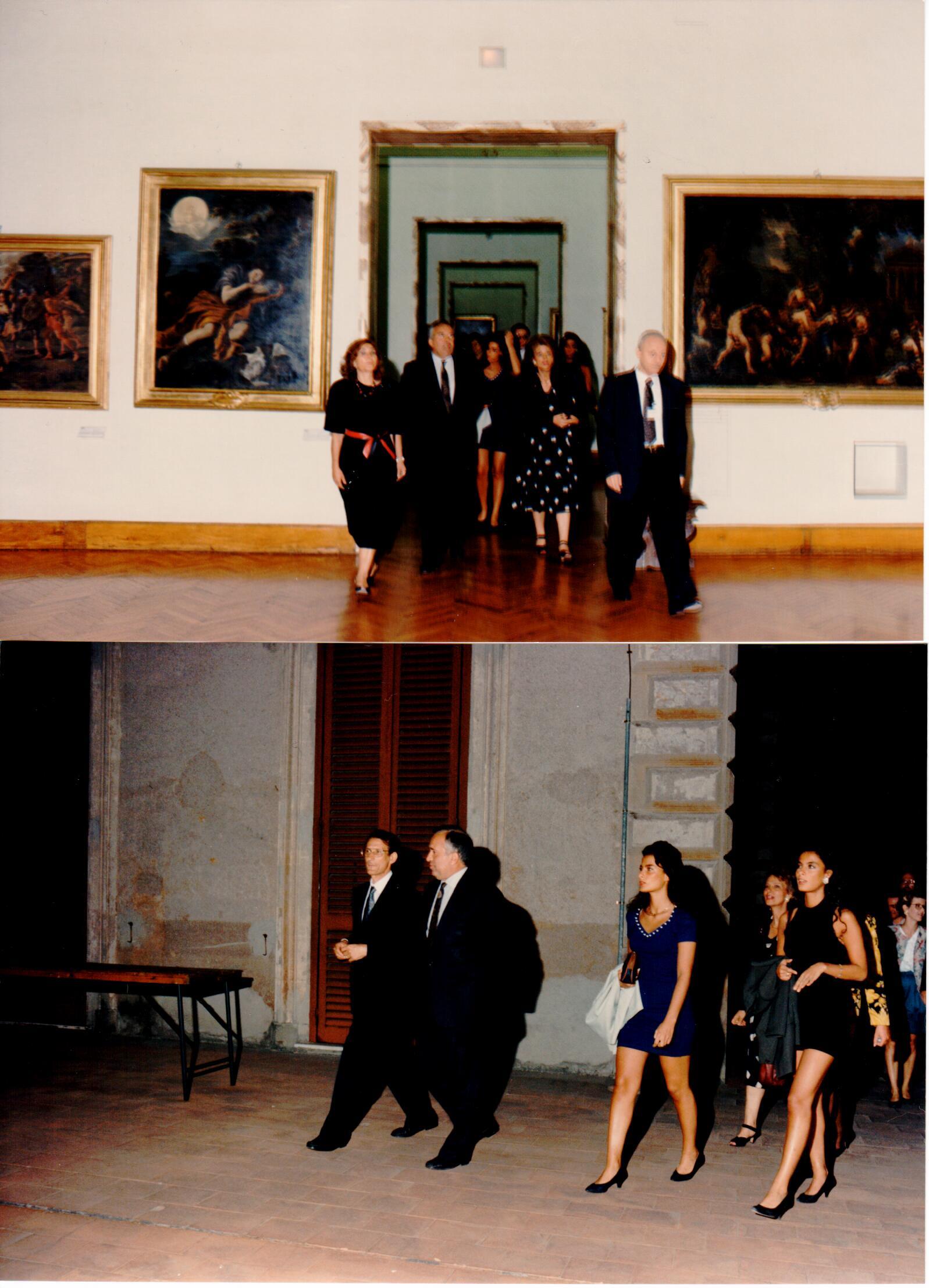
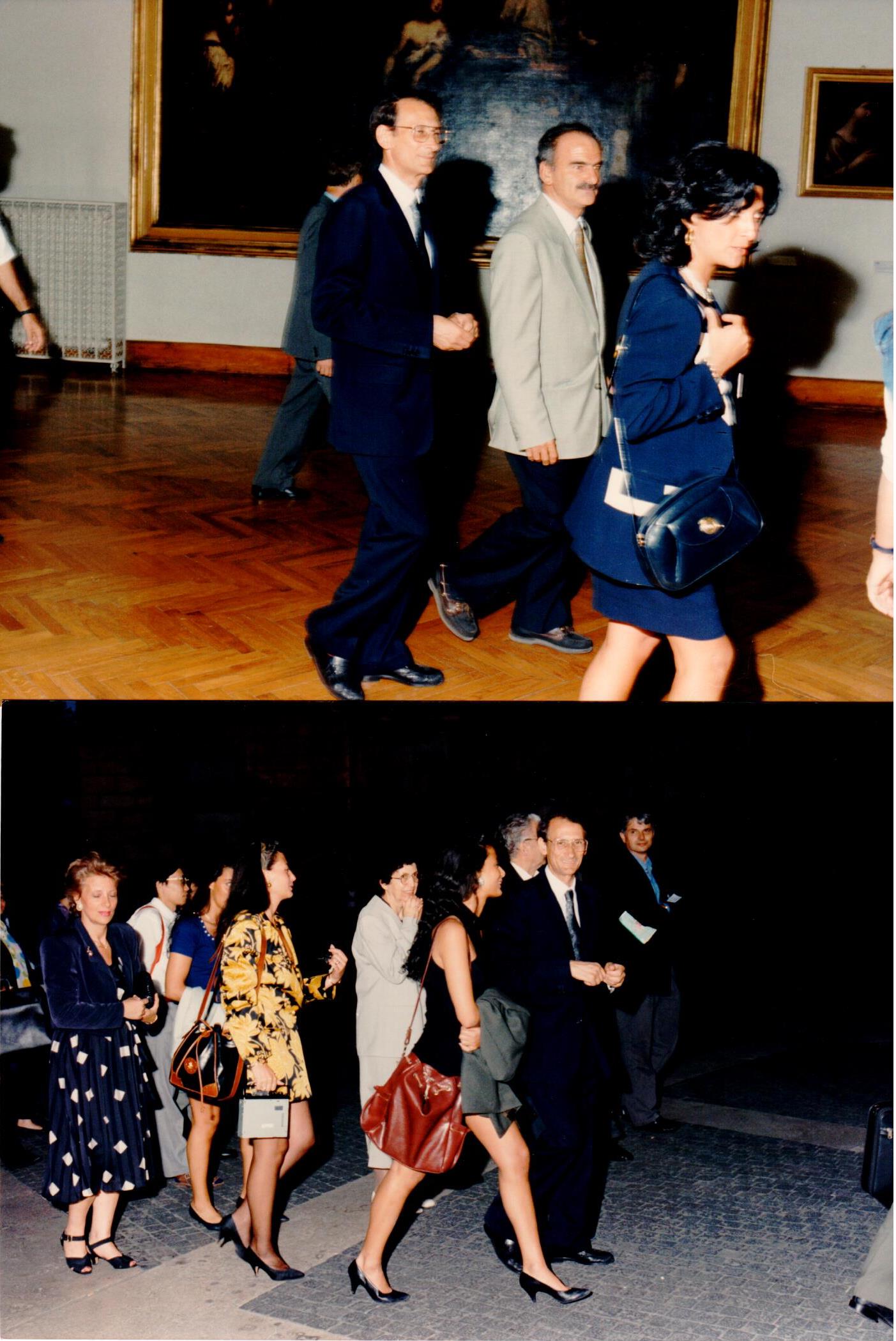
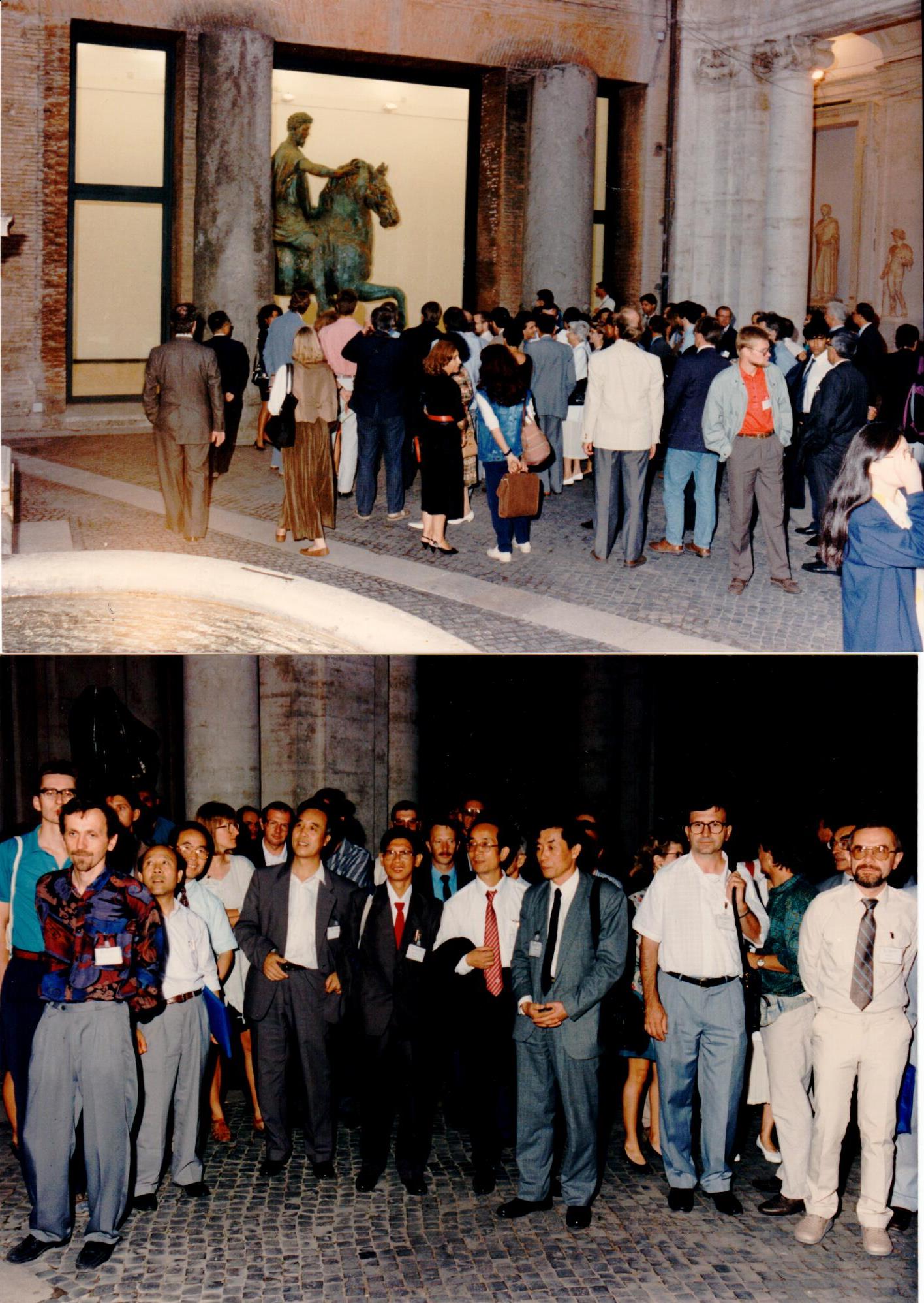
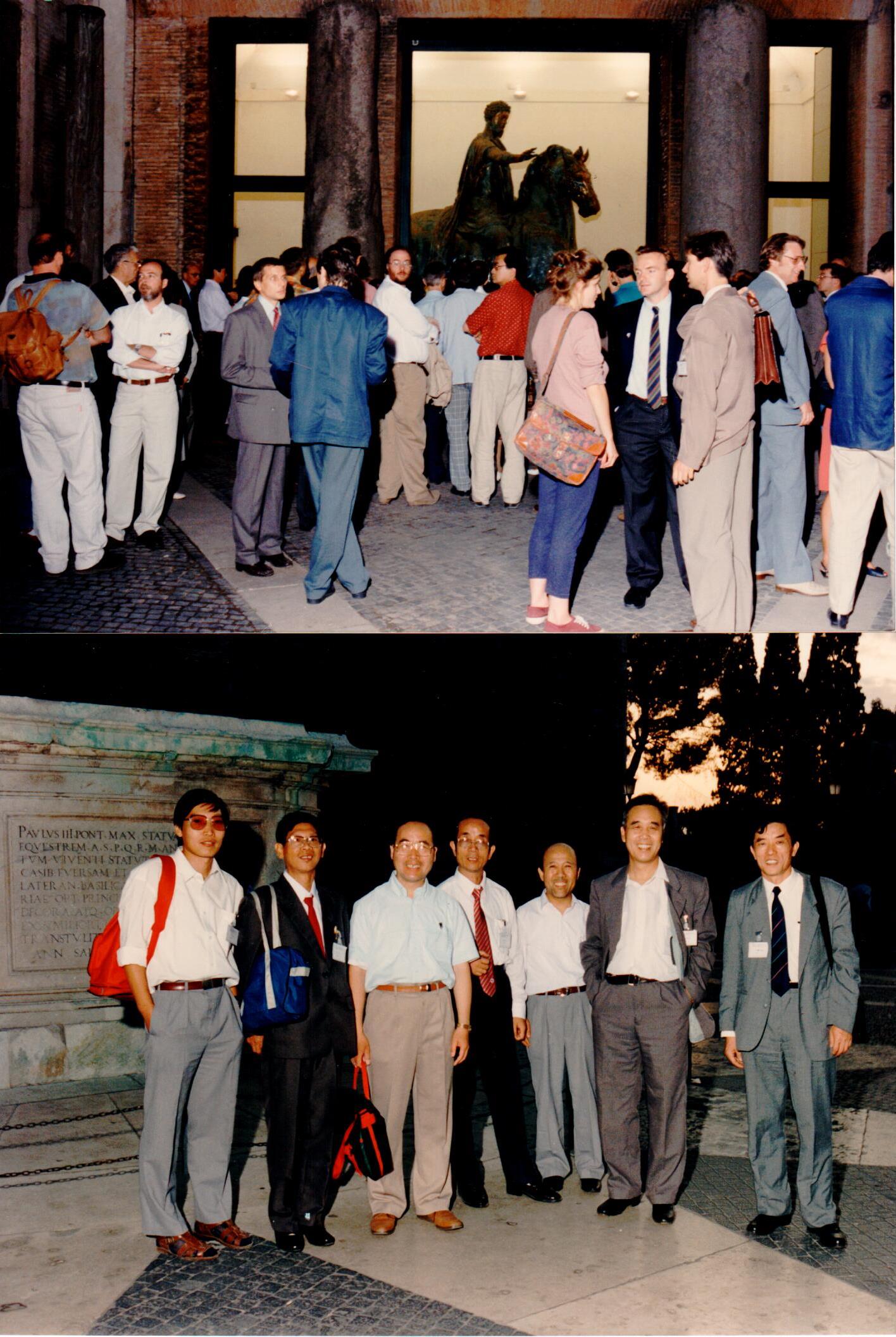
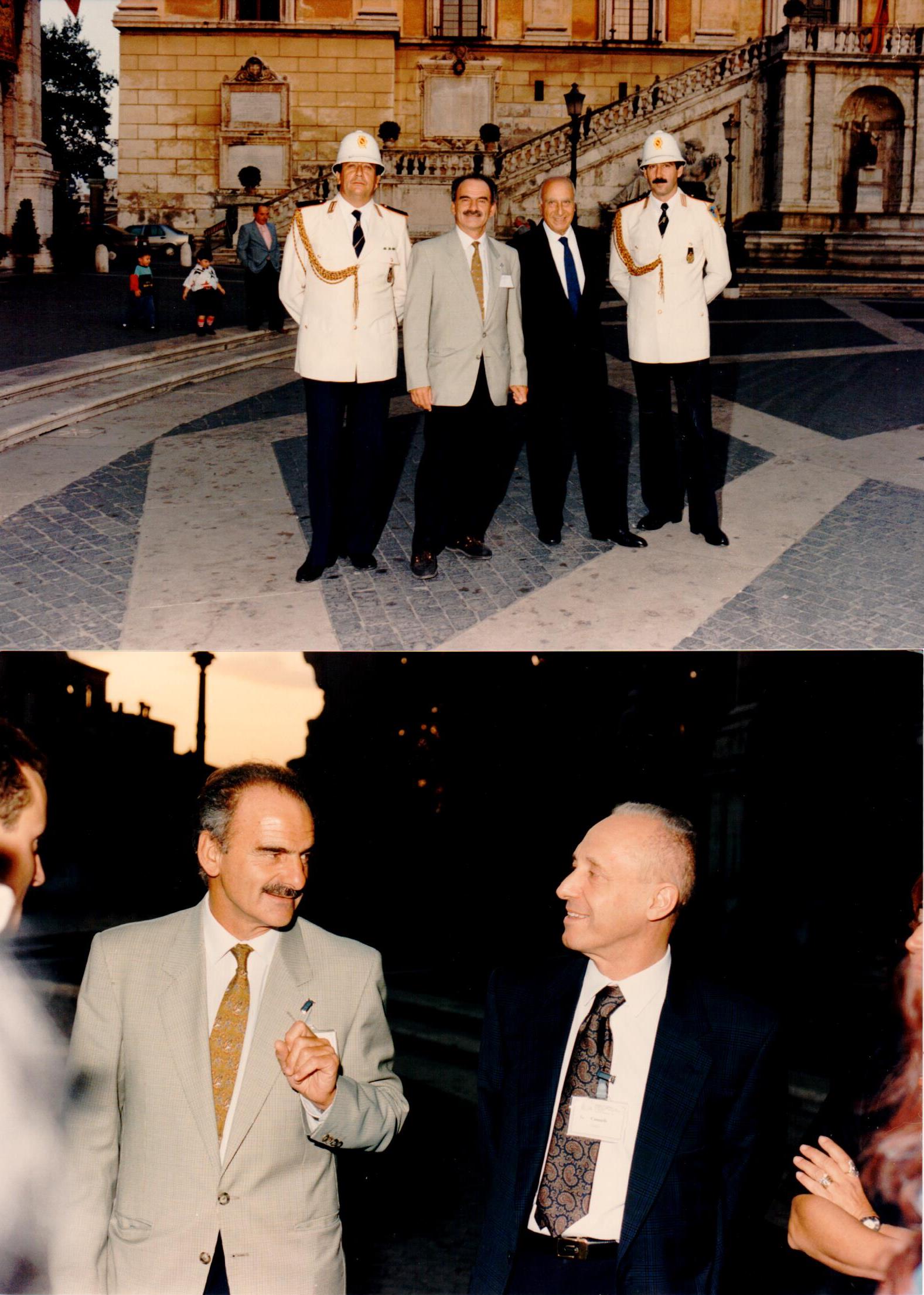
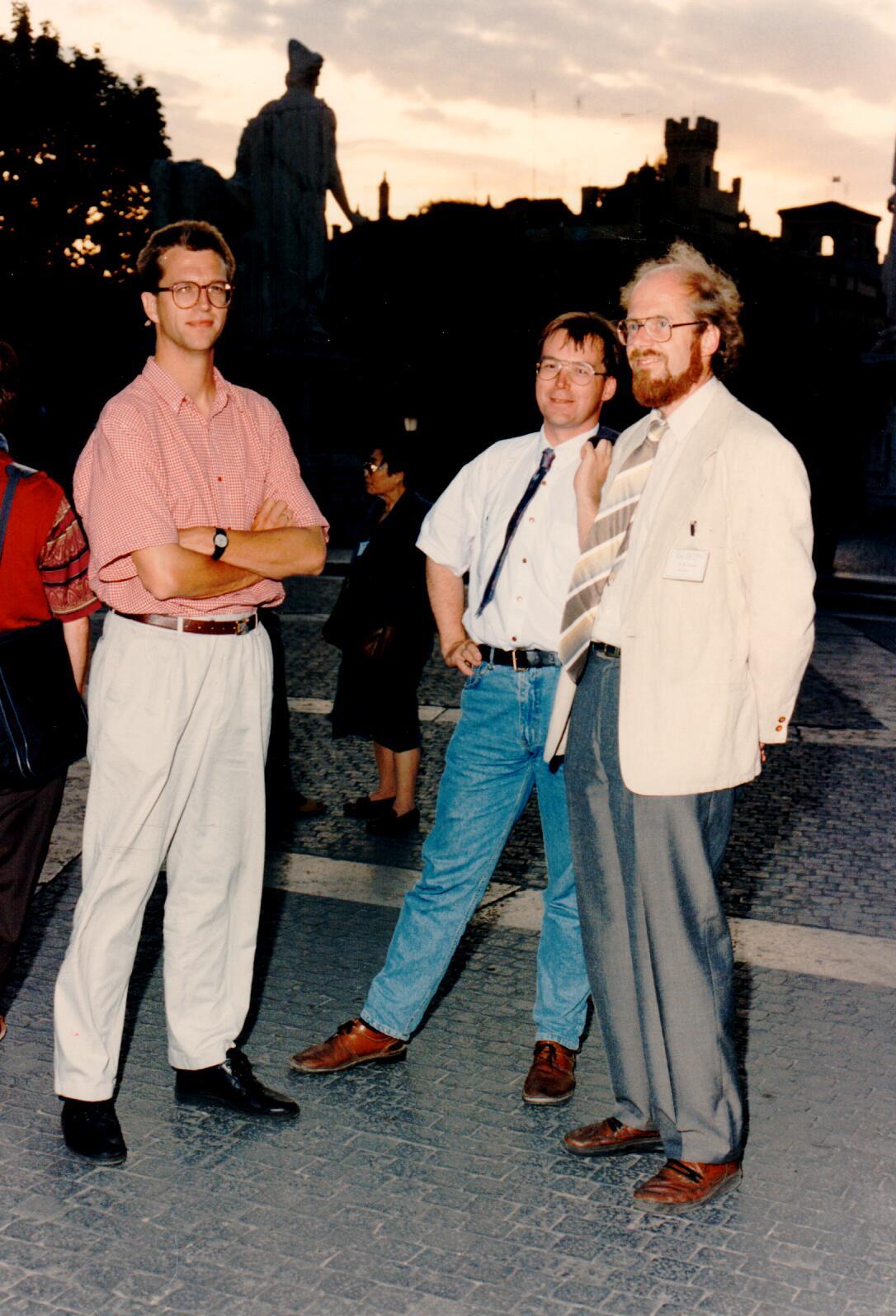
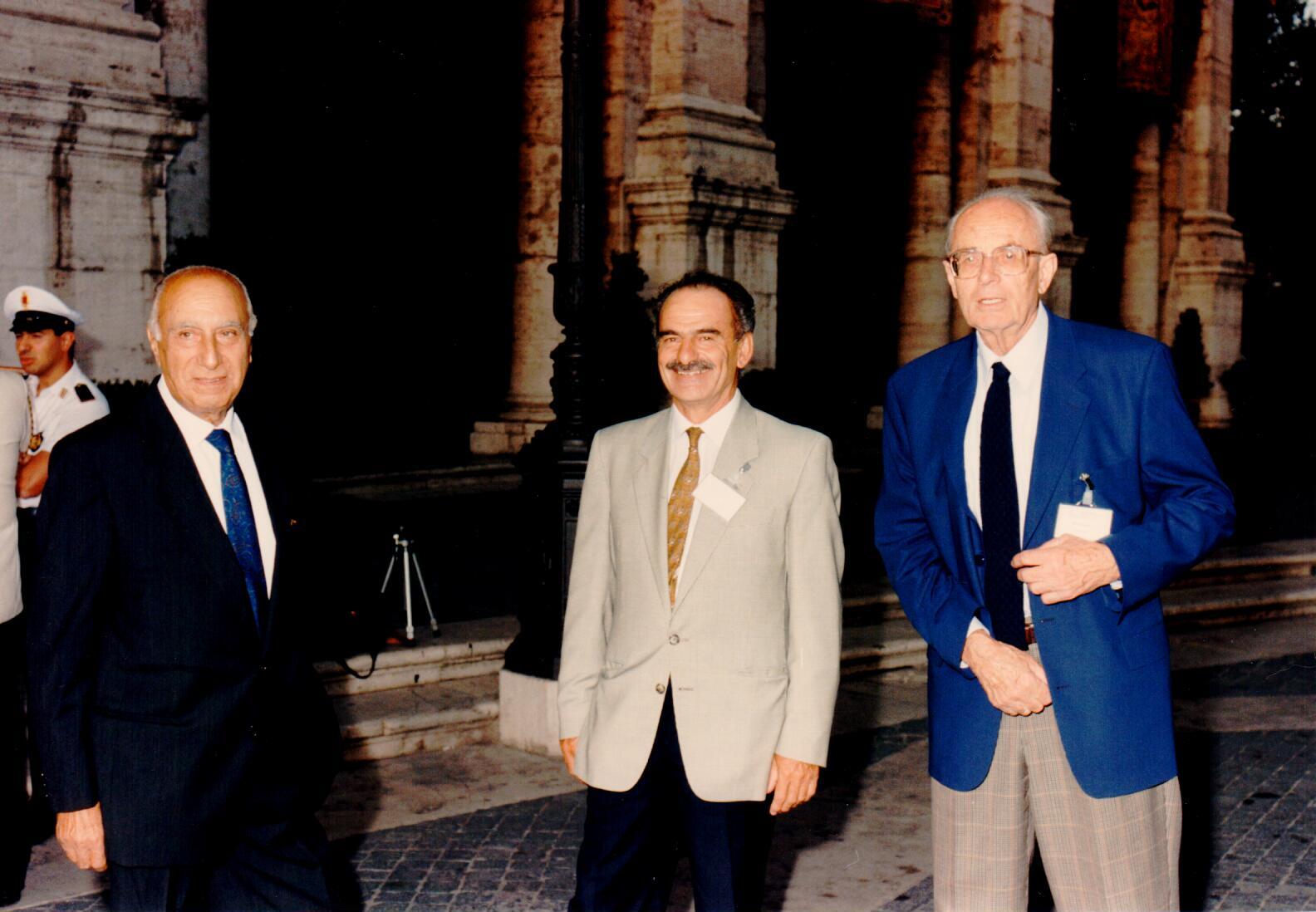
EXCURSION TO OSTIA ANTICA
Tuesday September 6
Ostia lies at the mouth of the river Tiber. It was founded by Ancus Martius, 4th King of Rome, around 600 B.C. at the beginning of Rome’s commercial, political and maritime expansion. Originally, Ostia was a “Castrum”, or fortified military base housing a garrison to defend navigation on the “Tevere”. During the Republican period the Romans, after having consolidated their firs conquests, tranfformed Ostia into a military port and a real city serving as a commercial centre for Rome. Thus, Ostia became the emporium of Rome. Enormous warehouses (Horrea) were built for goods arriving from overseas. The accumulation of goods and wealth caused the city to grow rapidly and luxuriously. Magnificent palaces, rows of shops, temples, the Theater and the Forum were built. During the imperial time Ostia became more and more important until reaching fifty thousand inhabitants under Hadrian in 200 A.D. After that, the city started slowly declining until, by the Middle Age times it was thoroughly depopulated. Today the extensive ruins of Ostia, in an impressive park of umbrella pines and cypresses, give a remarkable idea of the domestic and commercial Roman architecture, as well as the way of life of people that lived there.
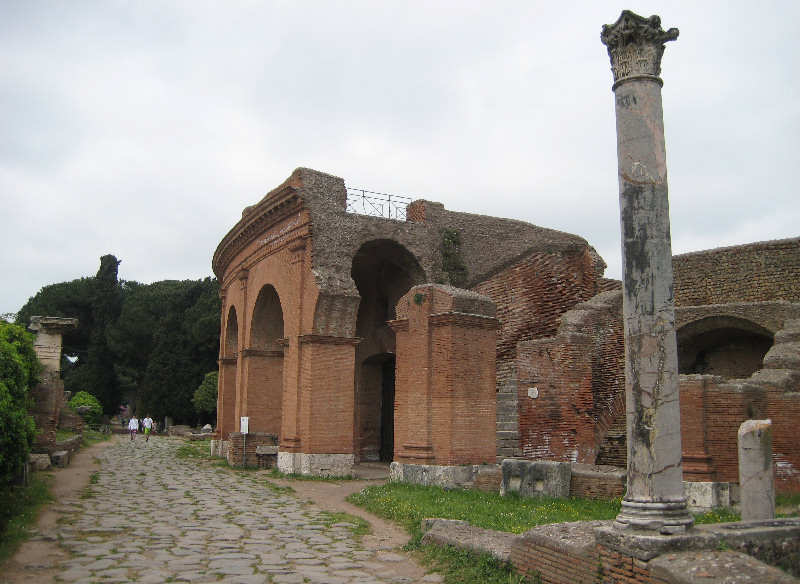
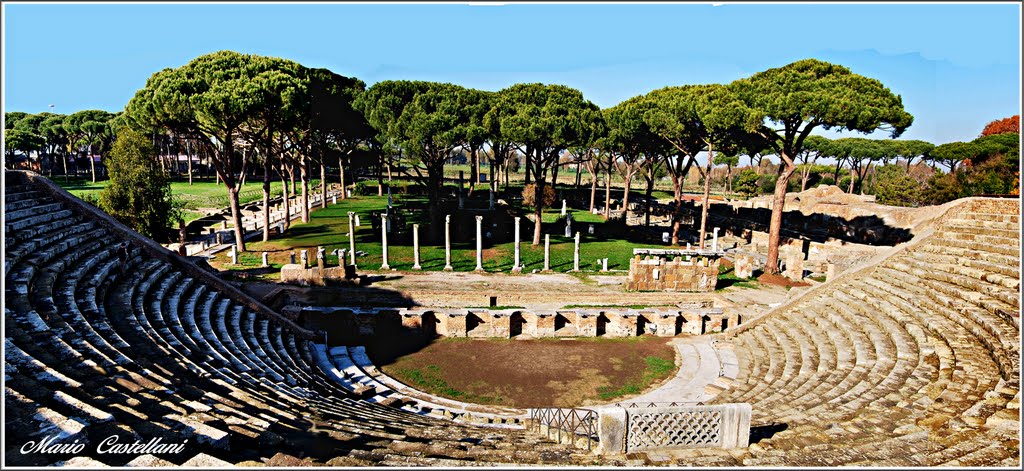
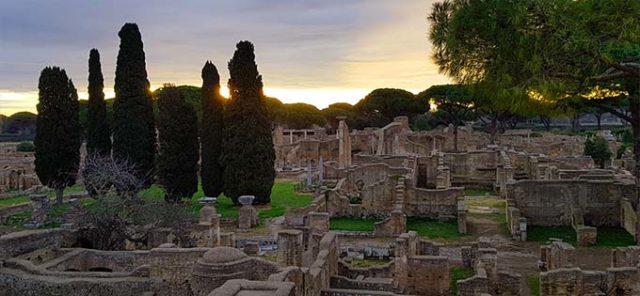
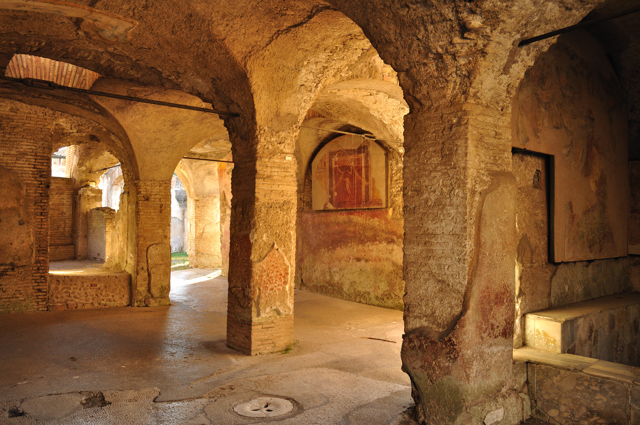
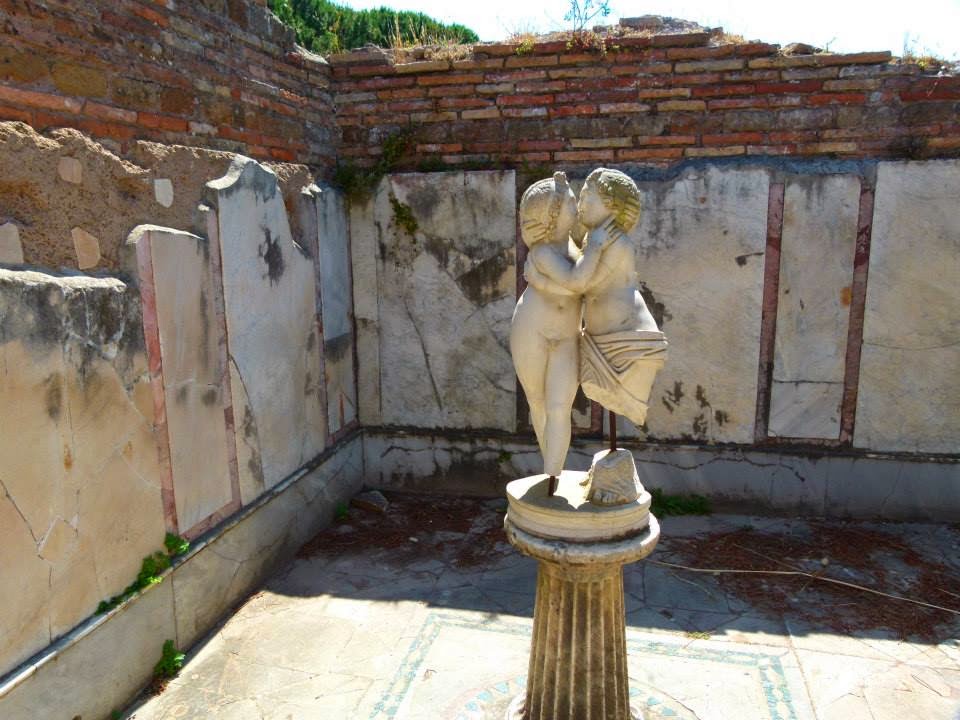
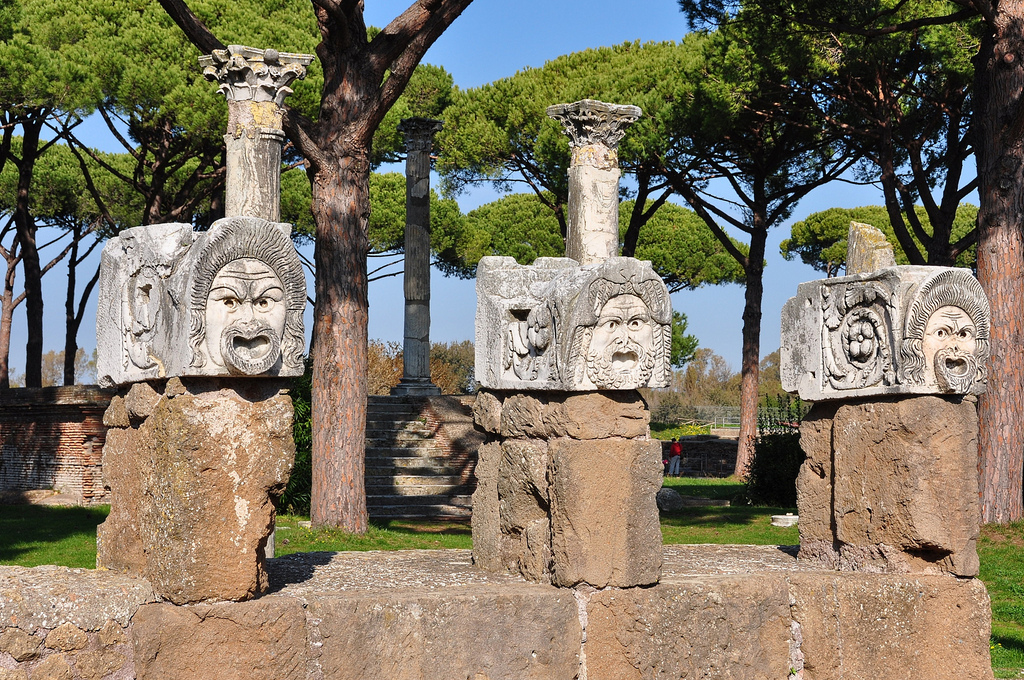
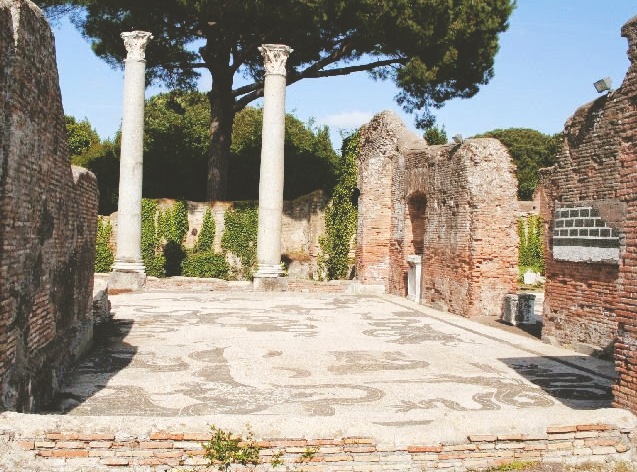
THE ZENER PRIZE
it.wikipedia.org/wiki/Premio_Zener fr.wikipedia.org/wiki/Medaille_Zener de.wikipedia.org/wiki/Zener-Preis
The Zener Prize is awarded to scientists who brought outstanding contributions to the advancement of science using the mechanical spectroscopy. Originally this award was named “ICIFUAS Prize”. However, during the Rome Conference in 1993 it was decided to rename it as the “Zener Prize” in honour of the Founder of Anelasticity, who was due to participate in the Conference, but died just before its beginning. LAUREATES OF THE ZENER PRIZE
| 1 | 1965 | Werner Köster | 1896–1989 |
| 2 | 1969 | Warren Perry Mason | 1900–1986 |
| 3 | 1985 | Clarence Melvin Zener | 1905–1993 |
| 4 | 1989 | Ting-sui Kê | 1913–2000 |
| 5 | 1989 | Arthur Stanley Nowick | 1923–2010 |
| 6 | 1993 | Piero Giorgio Bordoni | 1915–2009 |
| 7 | 1993 | Kurt Lücke | 1921–2001 |
| 8 | 1993 | Alfred Seeger | 1927–2015 |
| 9 | 1993 | Charles Allen Wert | 1919–2003 |
| 10 | 1996 | Andrew Vincent Granato | 1926–2015 |
| 11 | 1999 | Gunther Schoeck | 1928–2015 |
| 12 | 2002 | Willy Benoit | 1938 |
| 13 | 2002 | Masahiro Koiwa | 1938 |
| 14 | 2005 | Rosario Cantelli | 1940 |
| 15 | 2005 | Manfred Weller | 1940–2017 |
| 16 | 2008 | Daniel Newson Beshers | 1928 |
| 17 | 2008 | Gaetano Cannelli | 1936 |
| 18 | 2008 | Gilbert Fantozzi | 1942 |
| 19 | 2011 | Gérard Gremaud | 1949 |
| 20 | 2011 | Fabio Massimo Mazzolai | 1934 |
| 21 | 2014 | Qing-Ping Kong | 1930 |
| 22 | 2014 | Robert Schaller | 1948 |
| 23 | 2017 | Leszek Bogumił Magalas | 1954 |
ZENER GOLD MEDAL AWARDS IN ROME
Tuesday September 6
The Committee Meeting of September 6th decided to rename the ICIFUAS Award as the
“Zener Prize”.
Zener Gold Medals were awarded to Professors P.G. Bordoni, K. Lücke, A. Seeger, and C. A. Wert. The ceremony was grouped with the Historical Reviews Session and the Concert, and took place in the Aula Magna in the presence of the University Rector, the Director General of the Ministry of Tourism and Performing Arts Carmelo Rocca, the Mayor (Commissar) of Rome City Alessandro Voci, and many other national and local personalities. The Gold Medal to Professor Bordoni was awarded by Prof. Daniele Sette. The Gold Medal to Professor Lücke was awarded by Prof. Gaetano Cannelli. The Gold Medal to Professor Seeger was awarded by Dr. Francesco Cordero. The Gold Medal to Professor Wert was awarded by Prof. Rosario Cantelli.
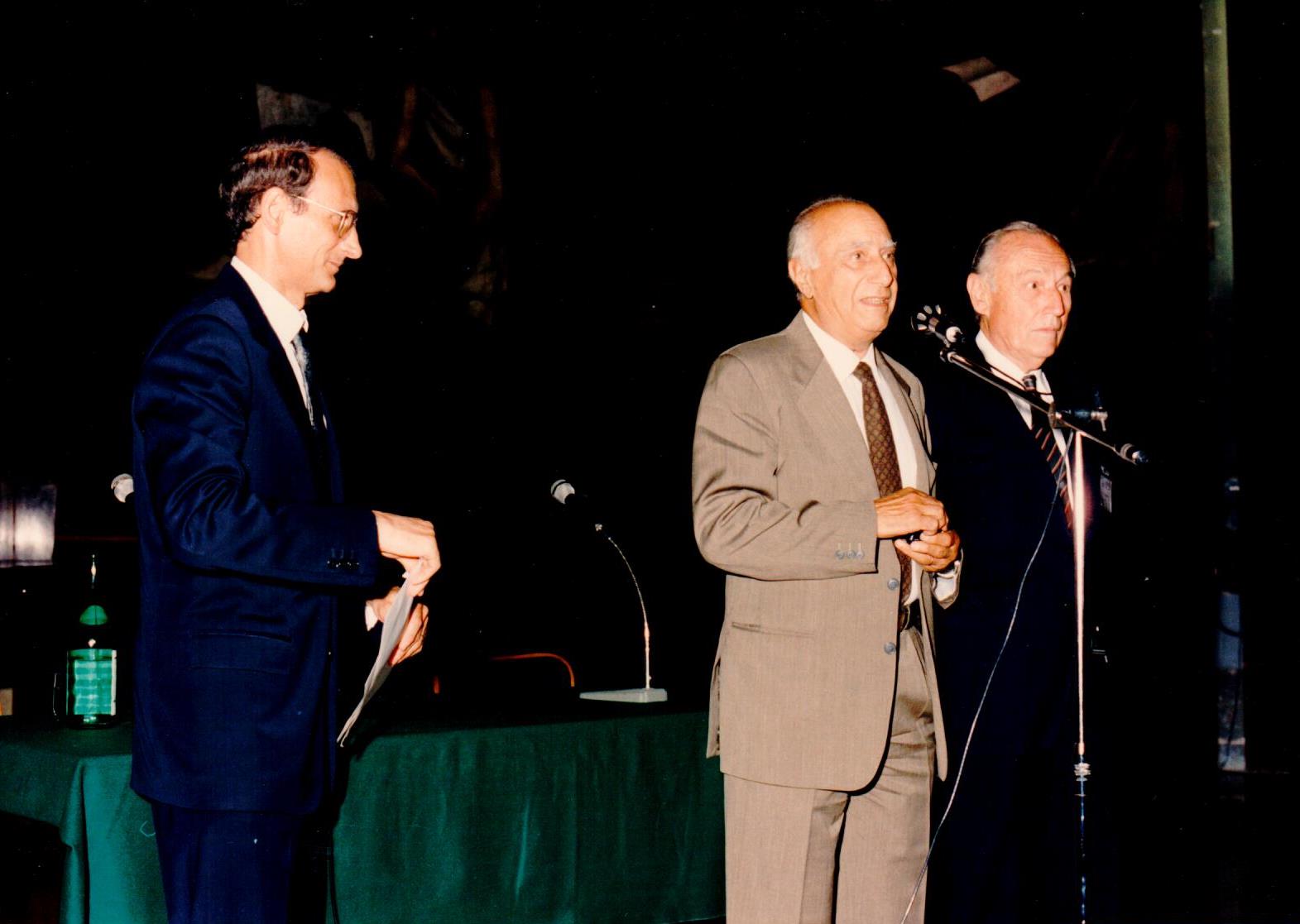
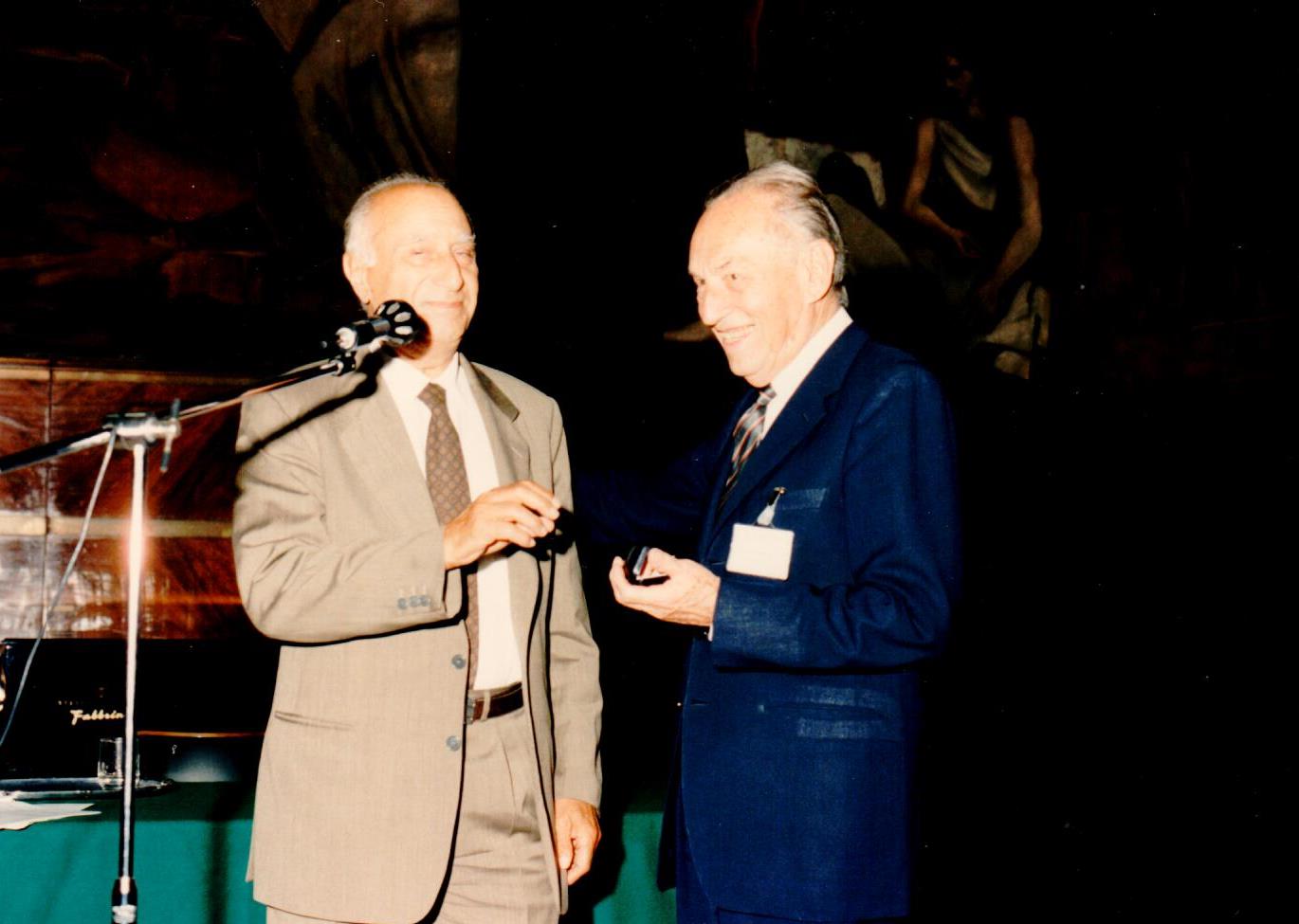
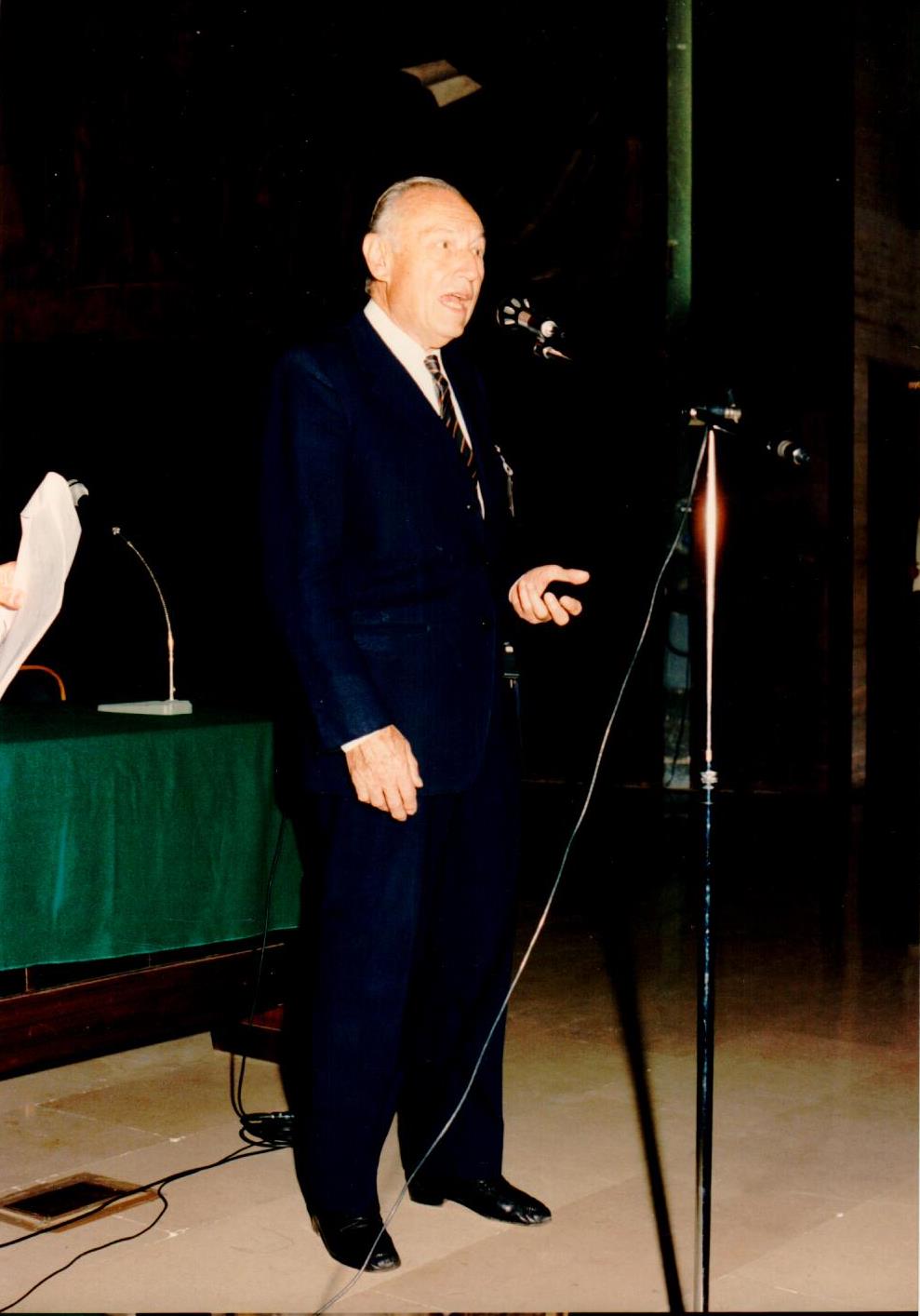
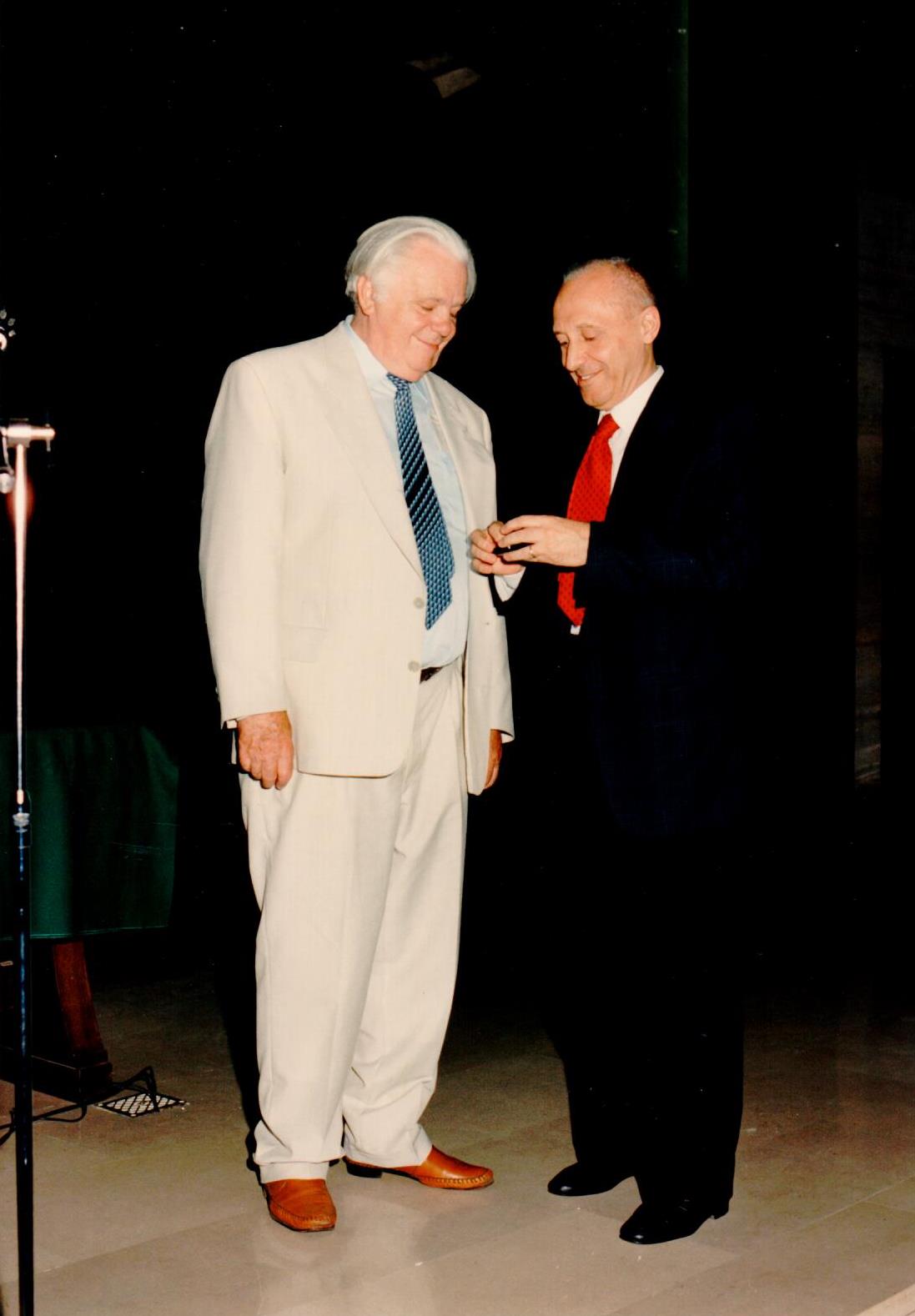
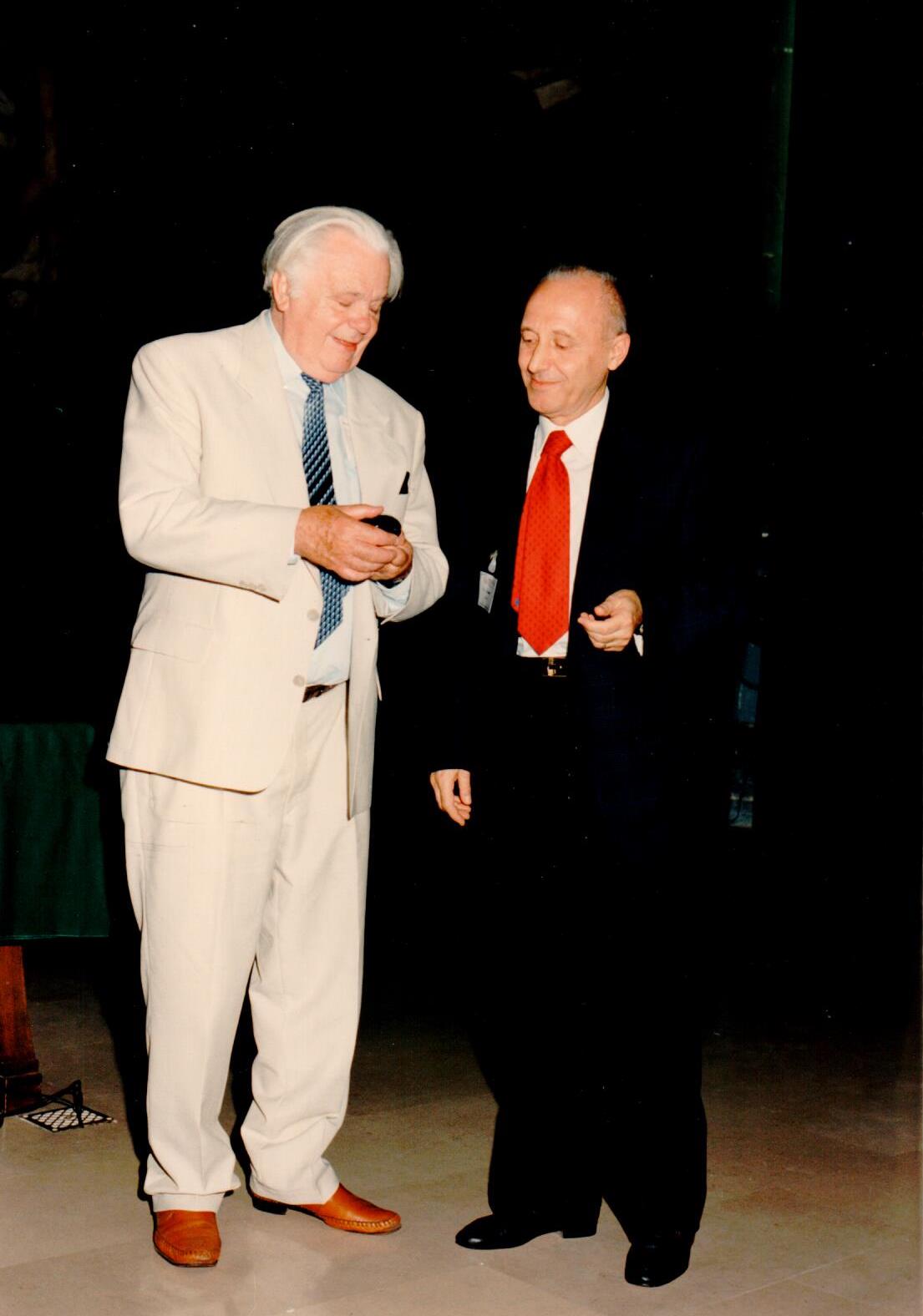
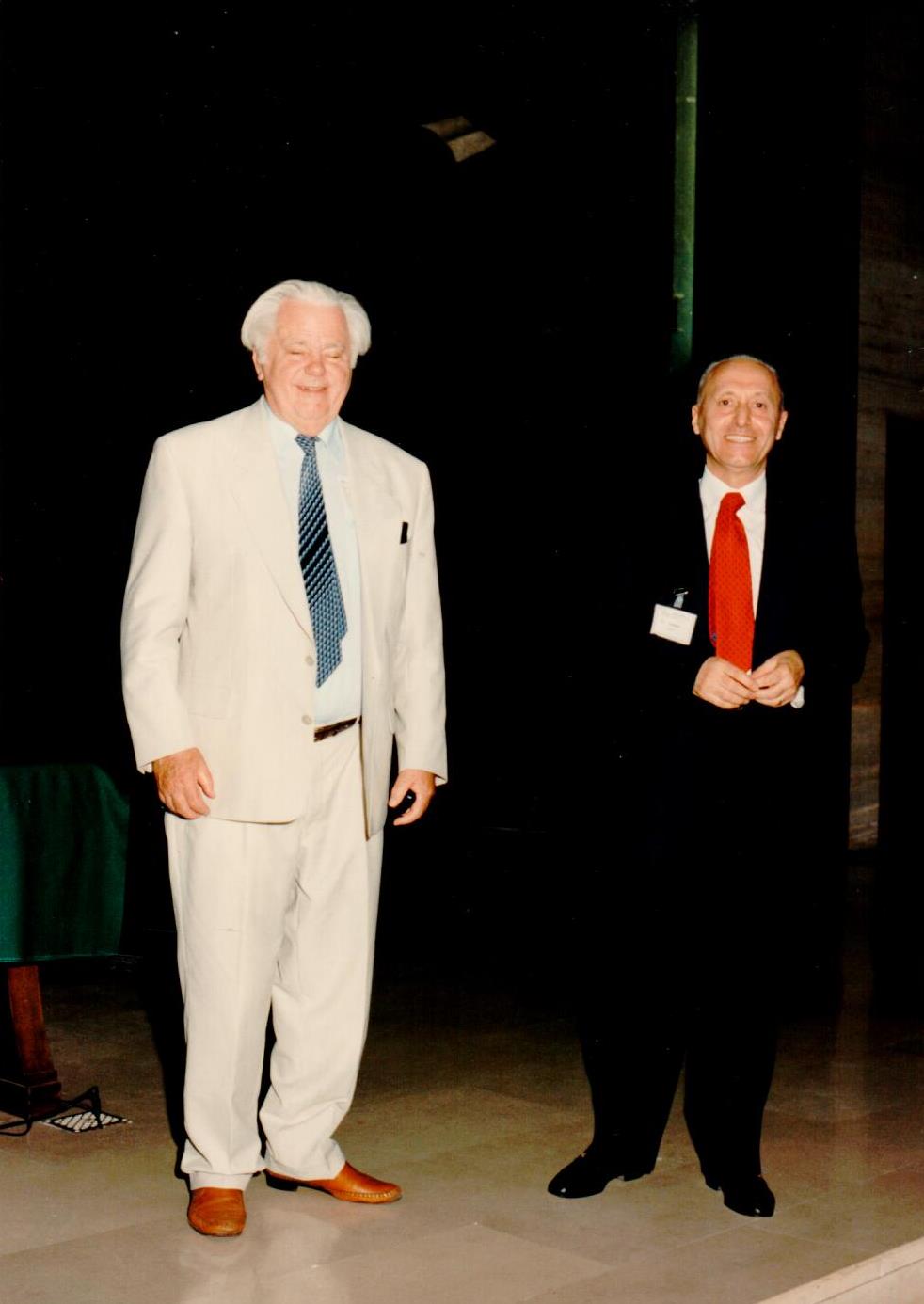
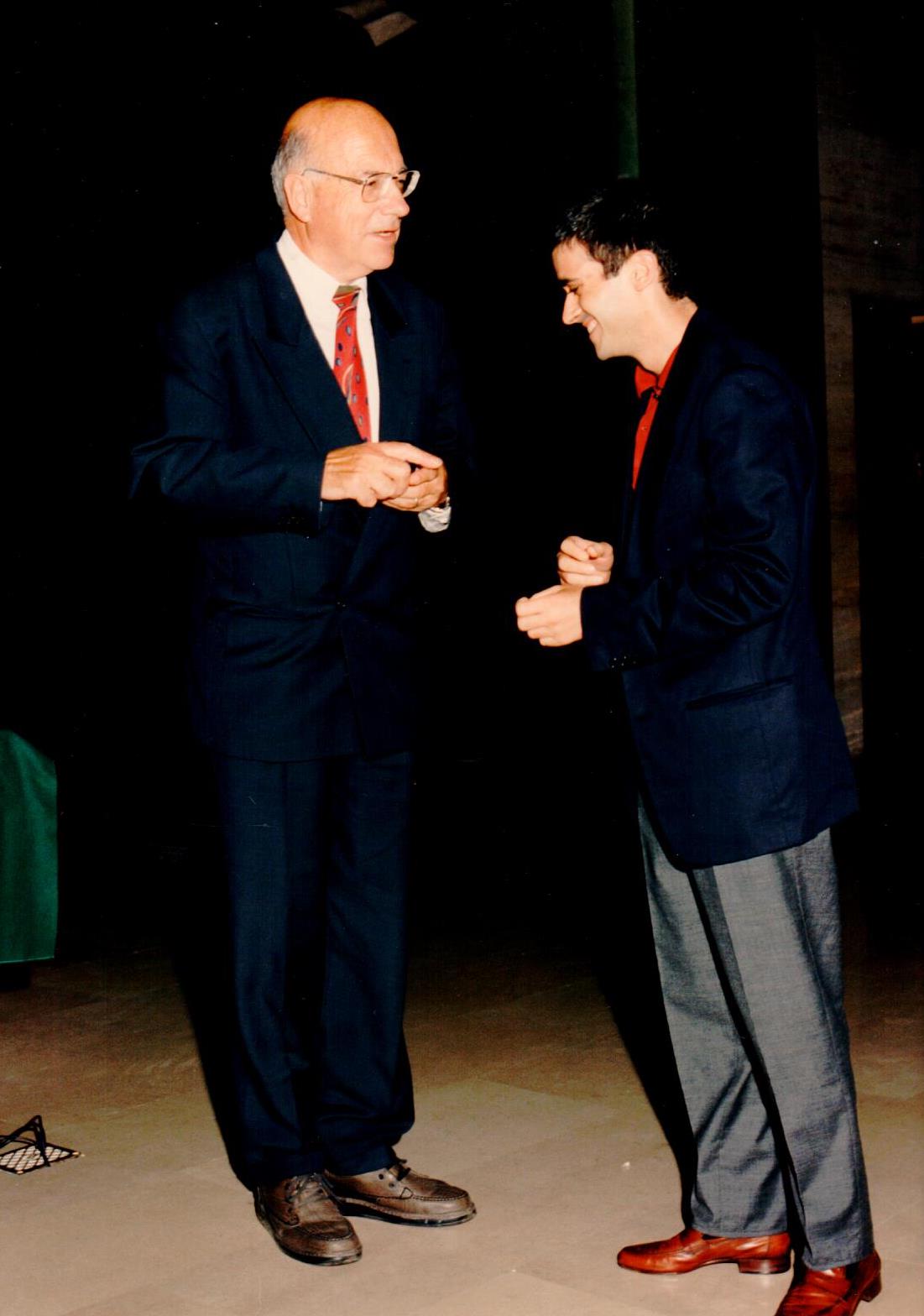
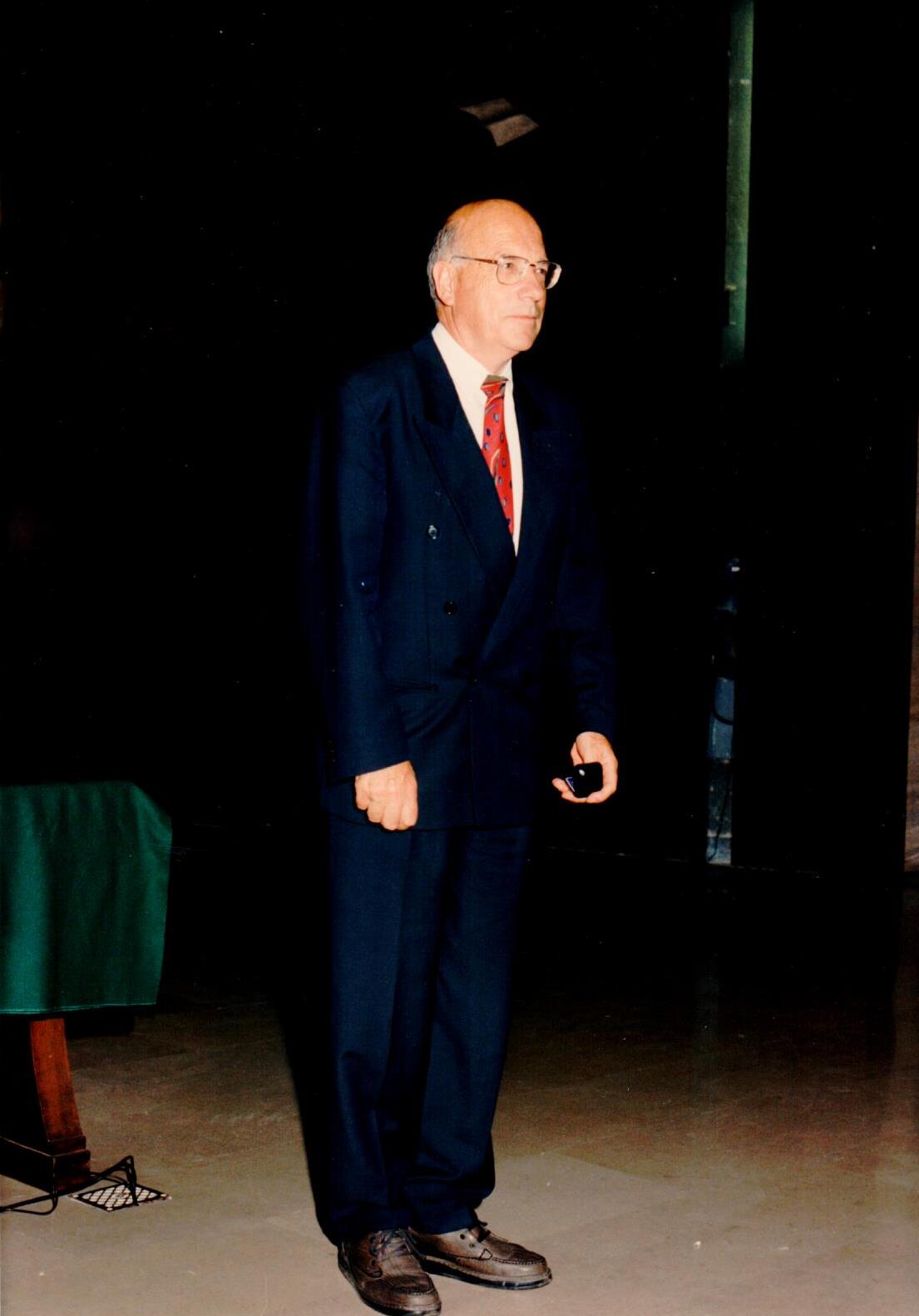
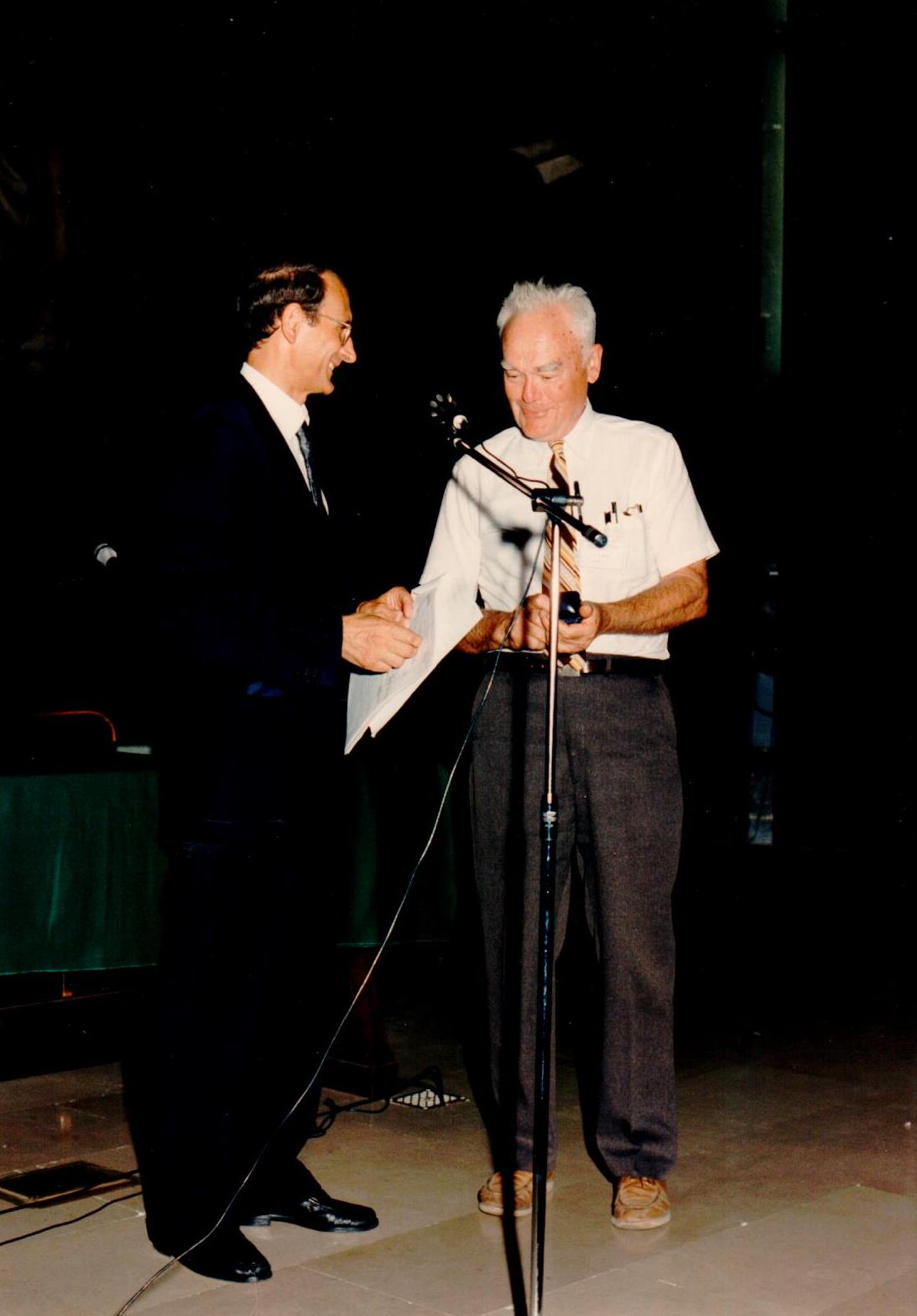
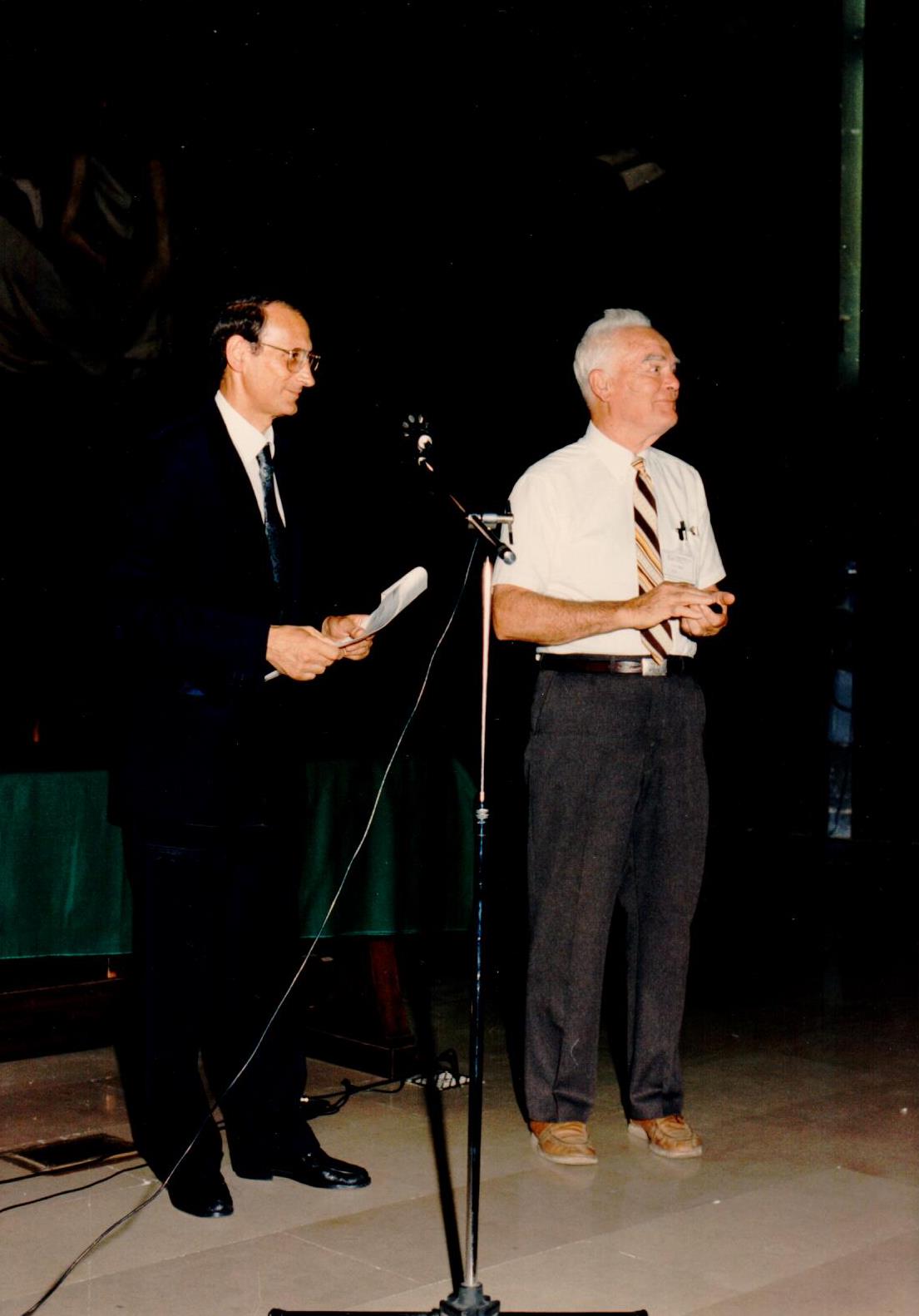
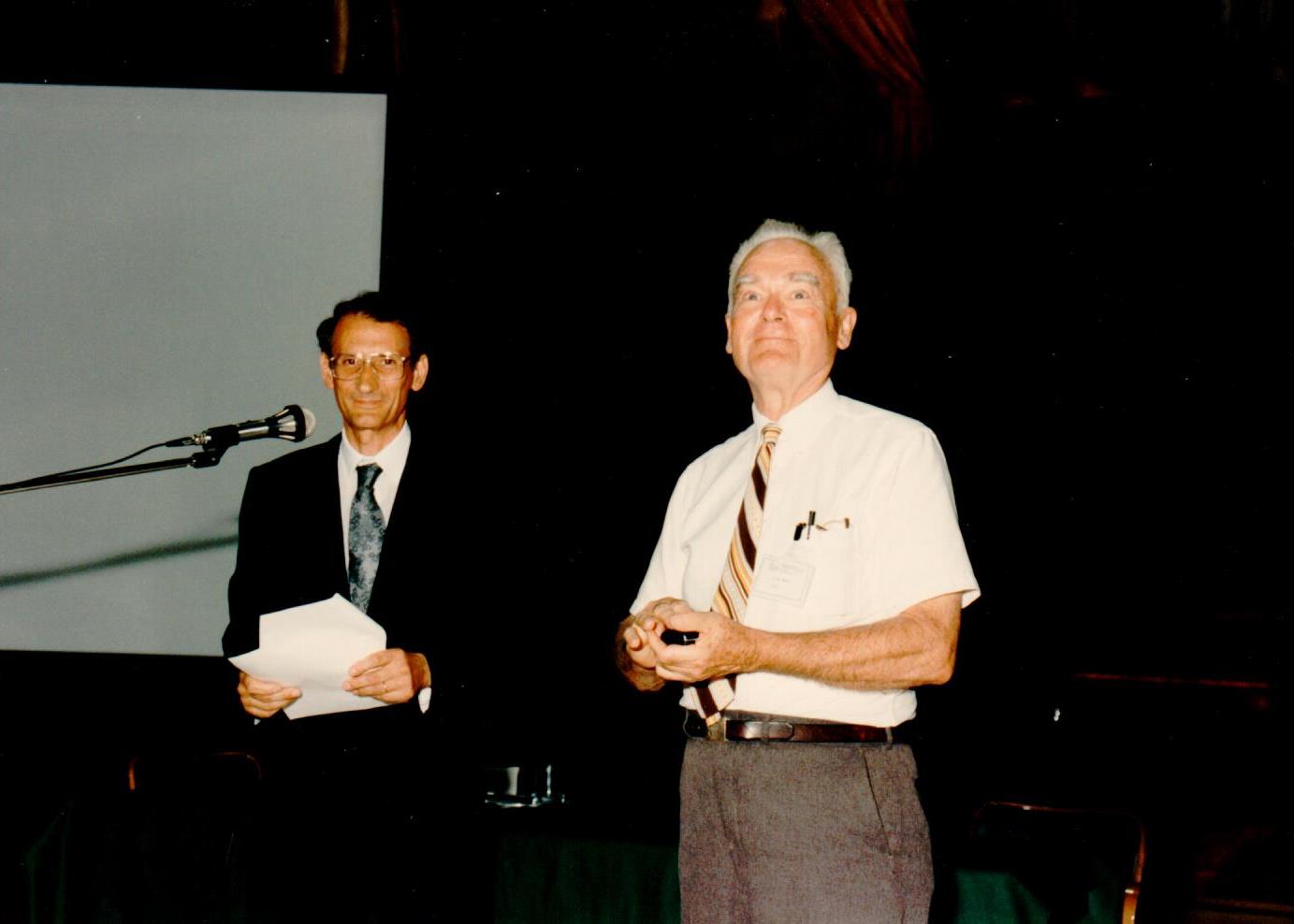
HISTORICAL REVIEWS
PHYSICS OF ANELASTICITY, THE EARLY DAYS
Tuesday September 6
C.A. Wert (Urbana, Usa). Remembrances of Clarence Zener (HR-W)
A.S. Nowick (New York, Usa). Early work on dislocations and point defects (HR-N)
T.S. Kê (Hefei, China). Development of the torsion pendulum and the research on grain boundary relaxation and cold-work internal friction peak (HR-K)
P.G. Bordoni (Rome, Italy). Dislocation relaxation (HR-B)
C. Elbaum (Providence, Usa). Ultrasonic studies of condensed matter in the 1950s and beyond (HR-E)
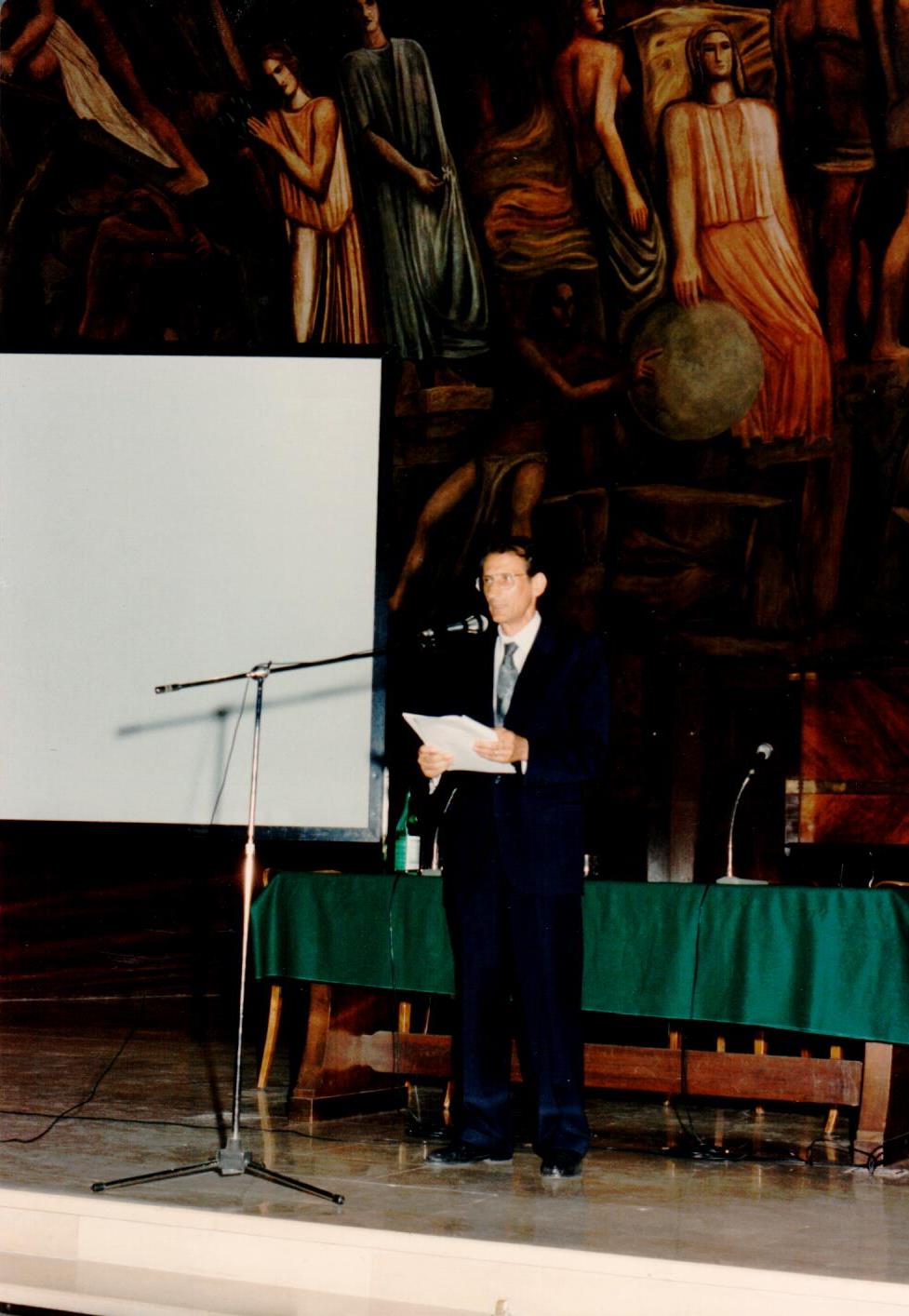
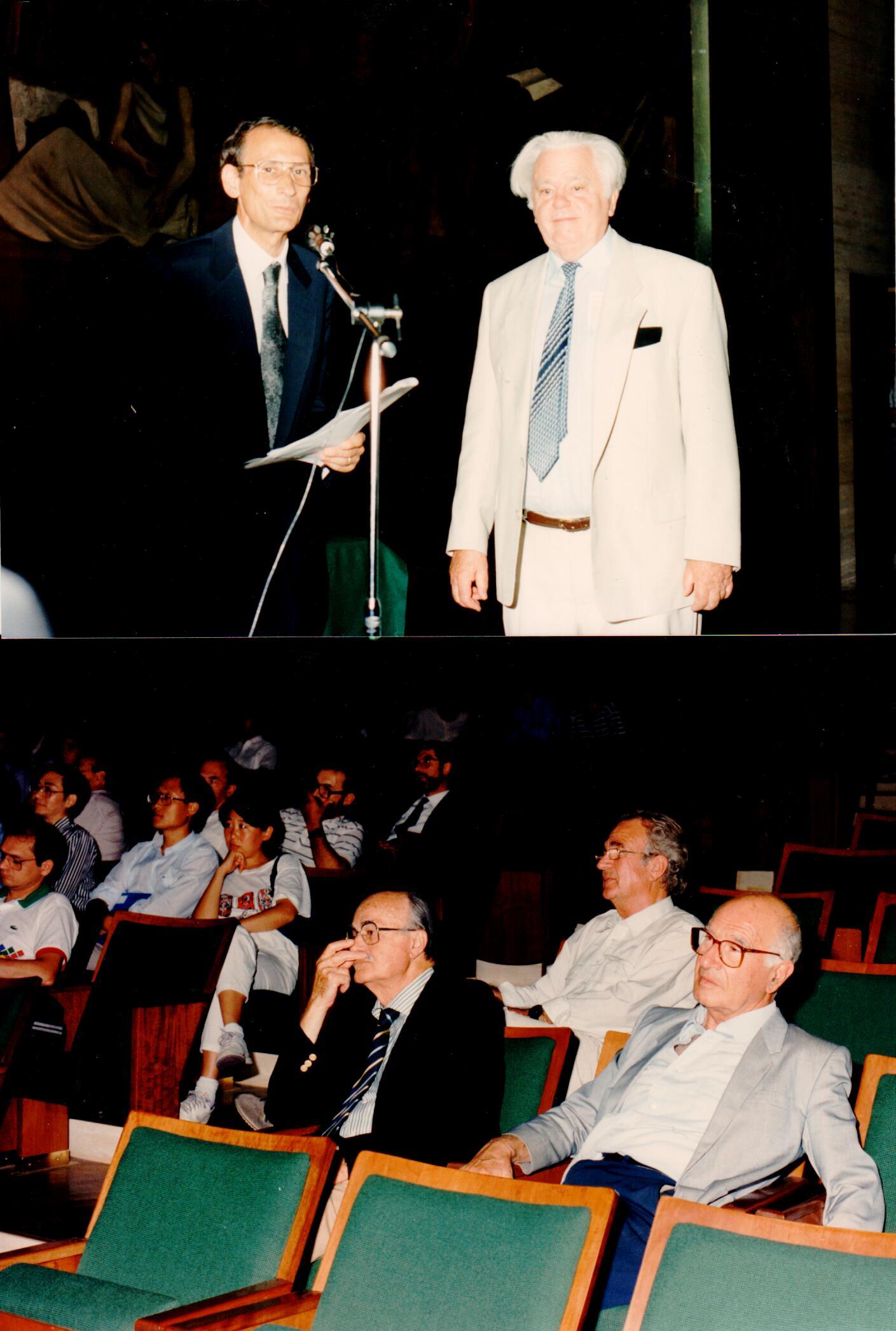
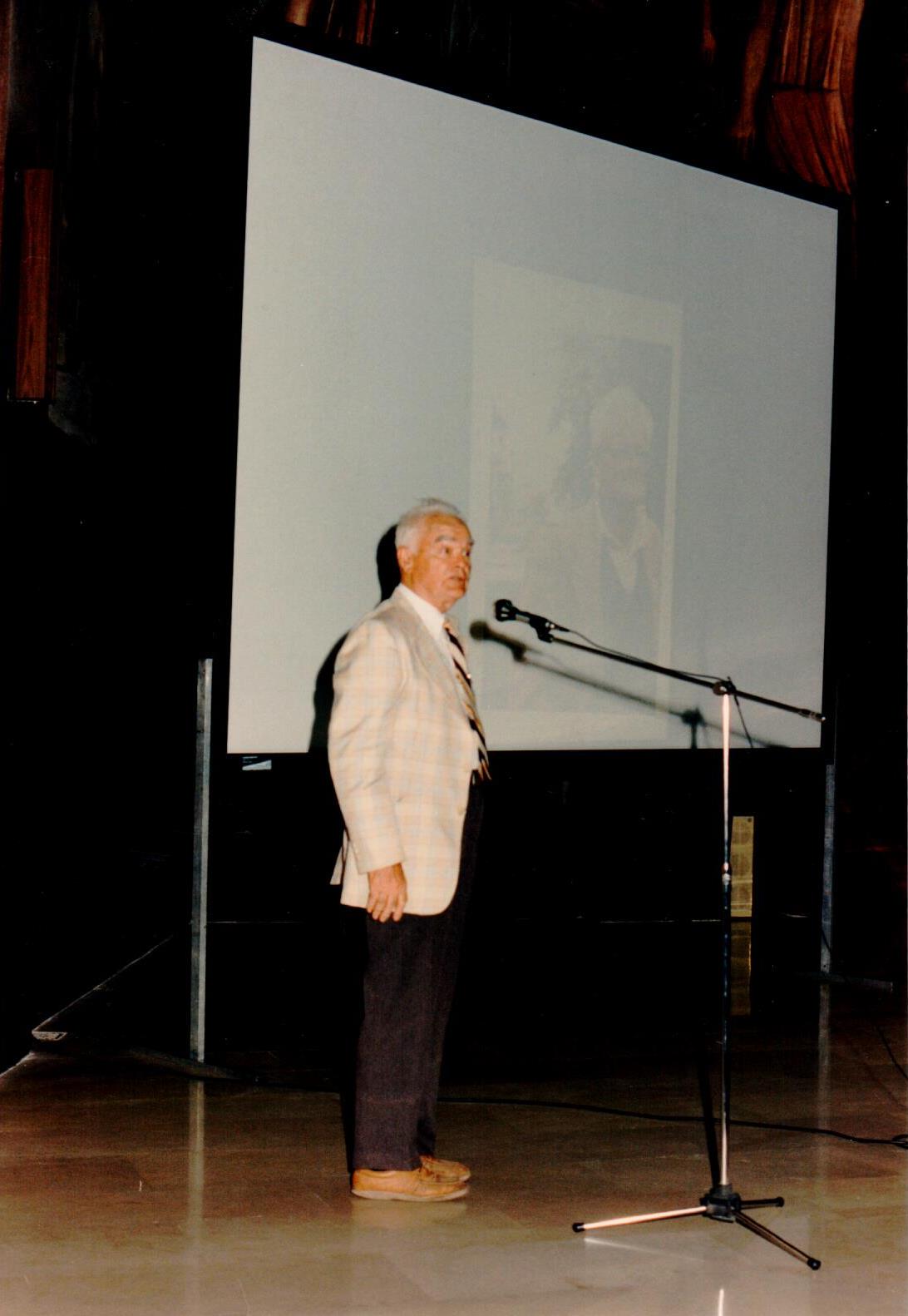
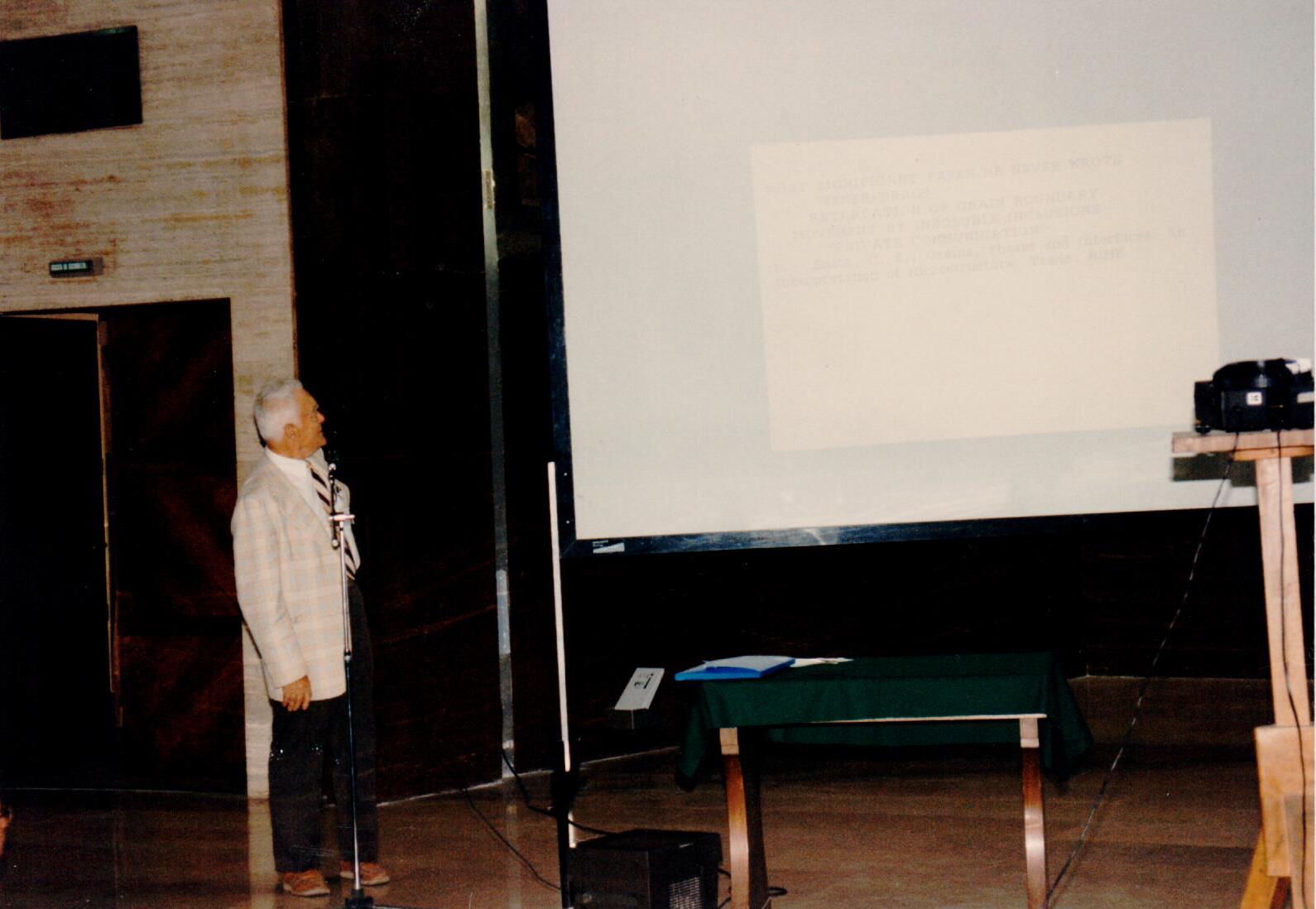
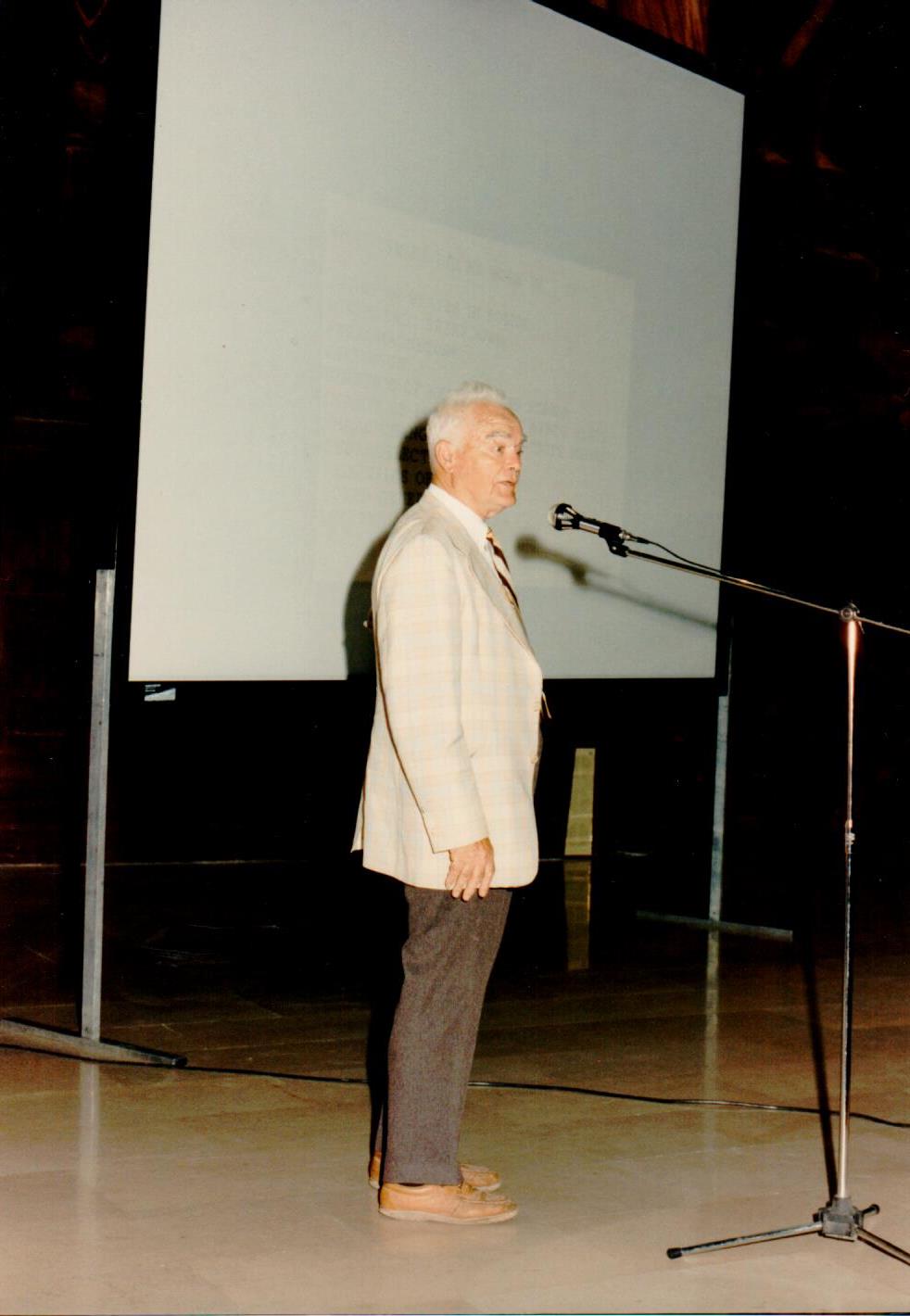
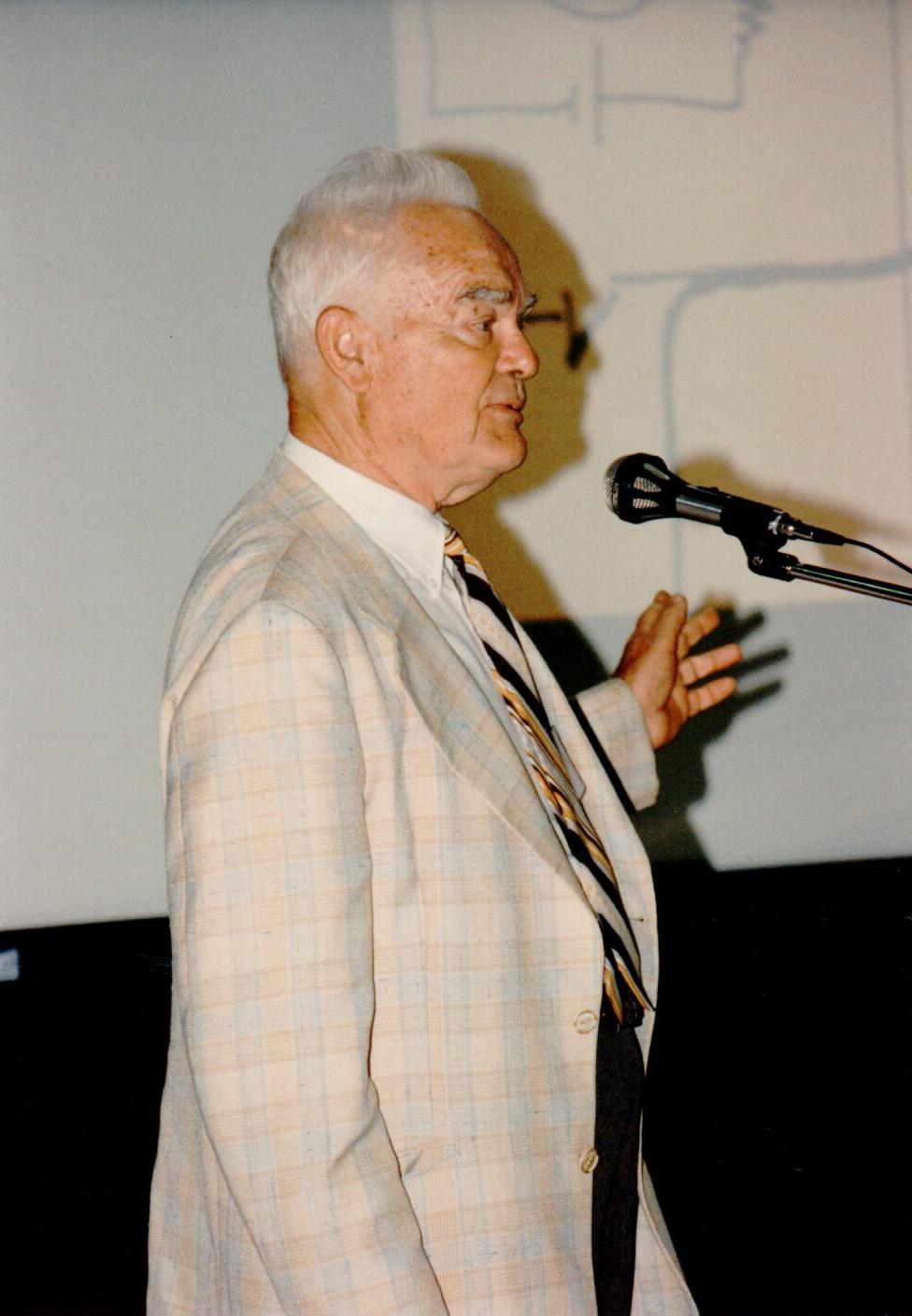
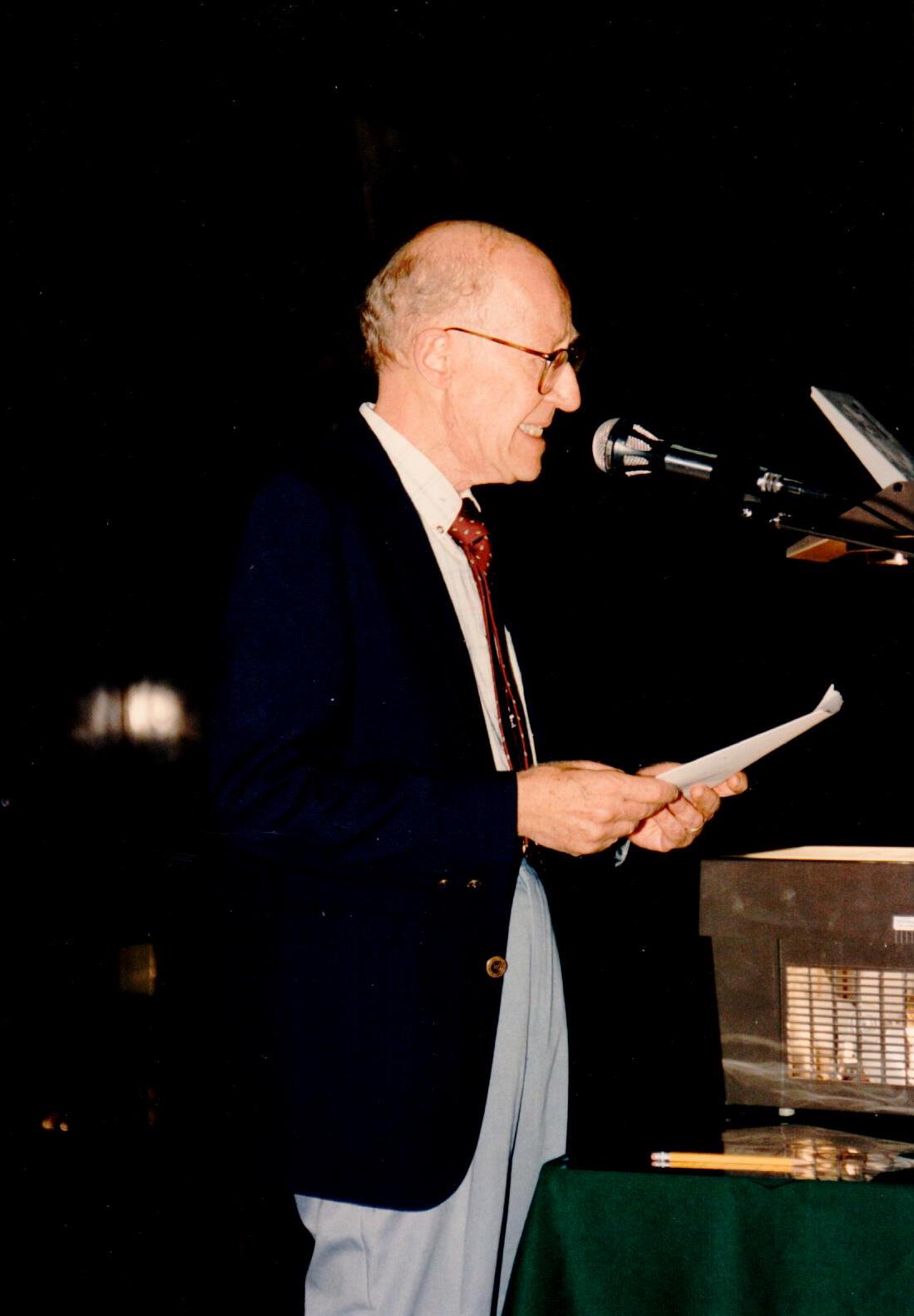
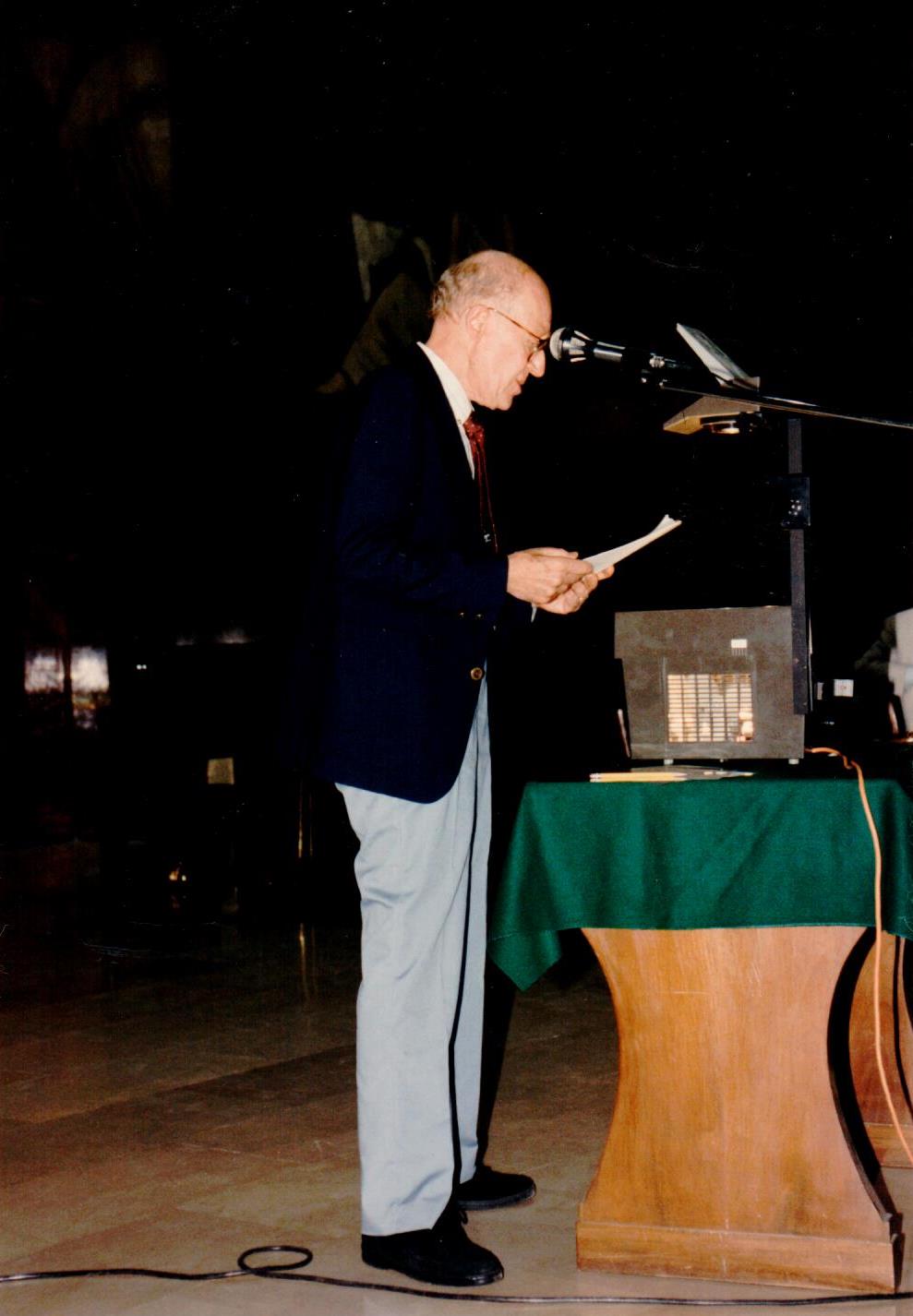
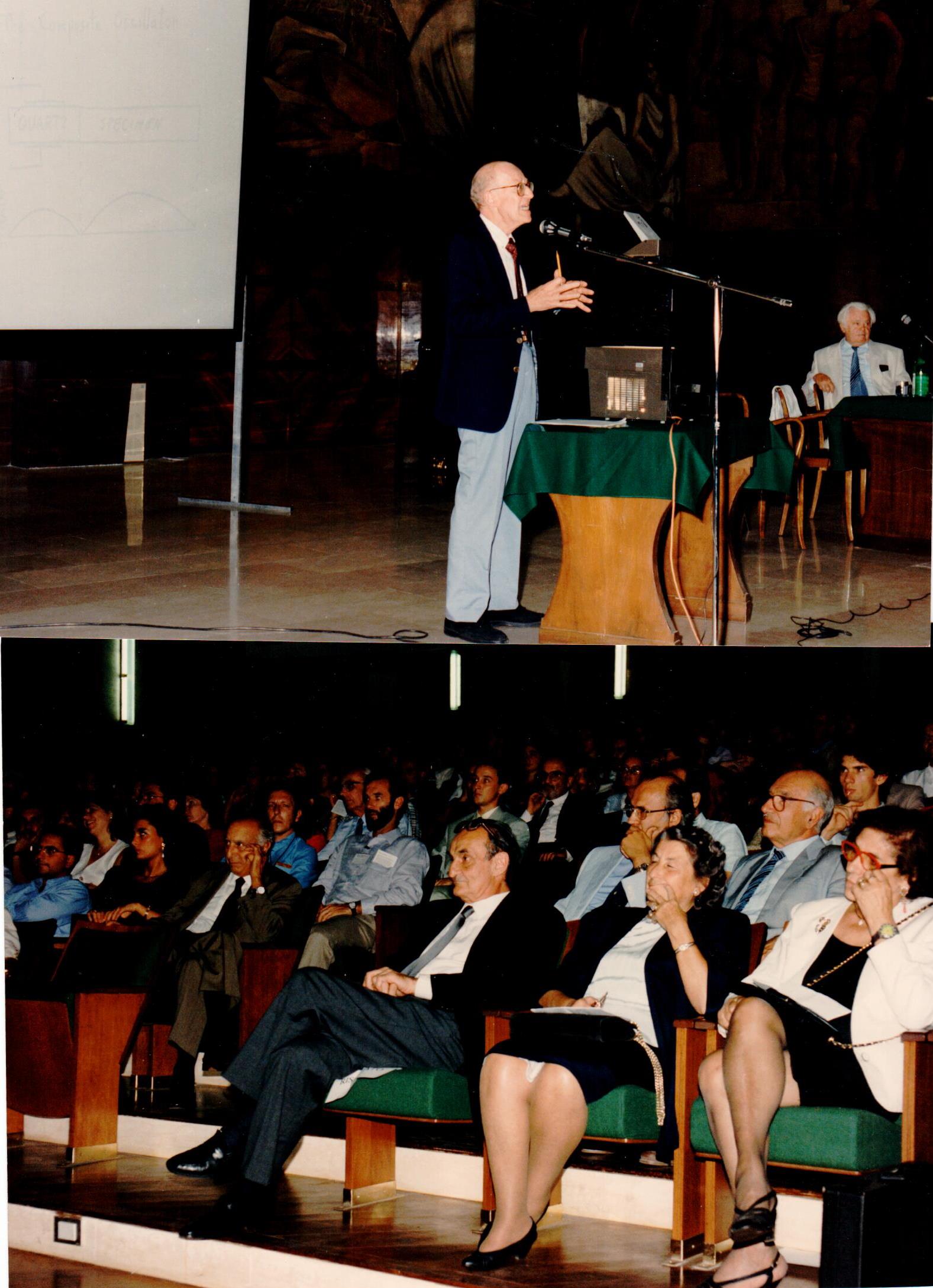
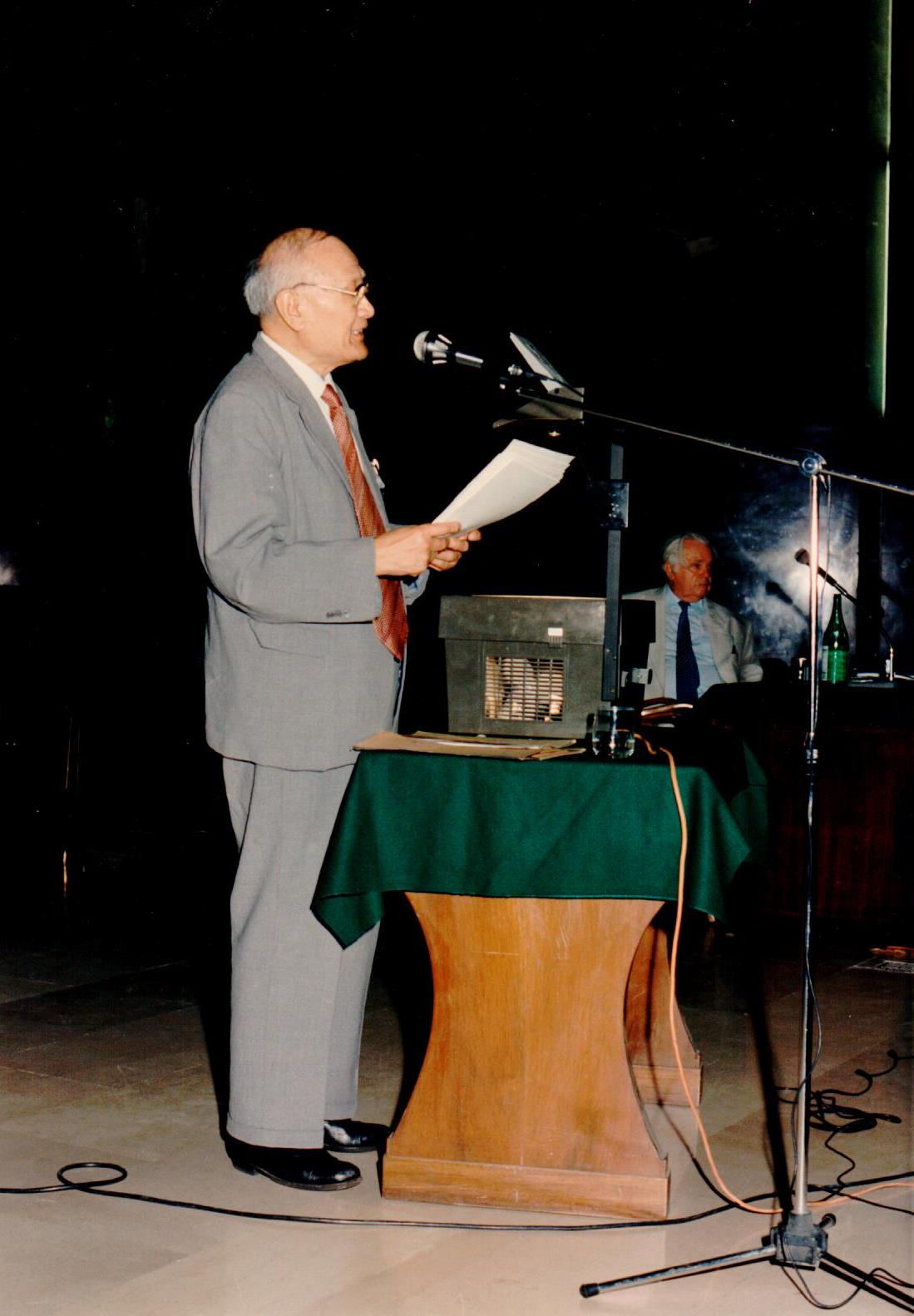
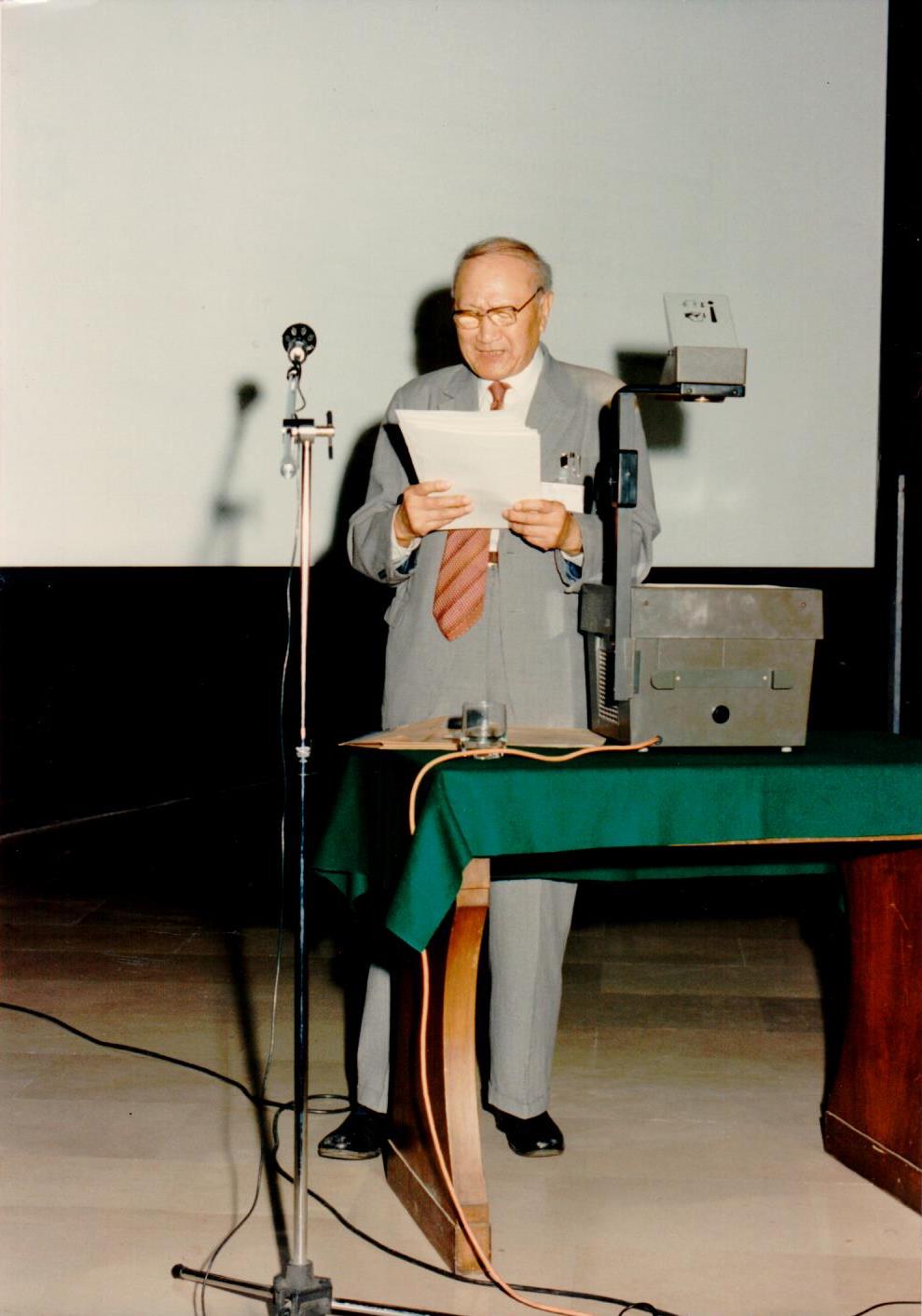
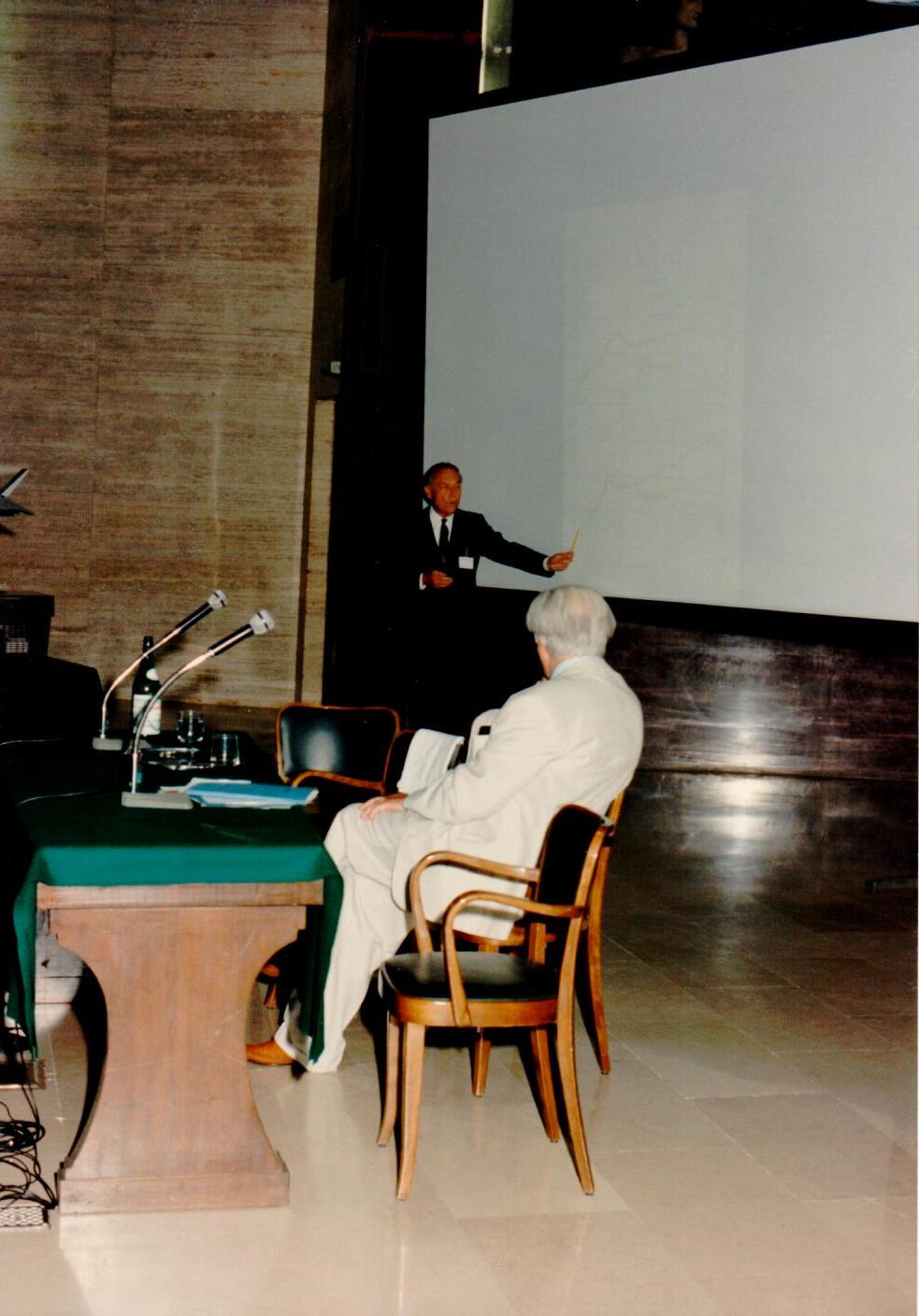
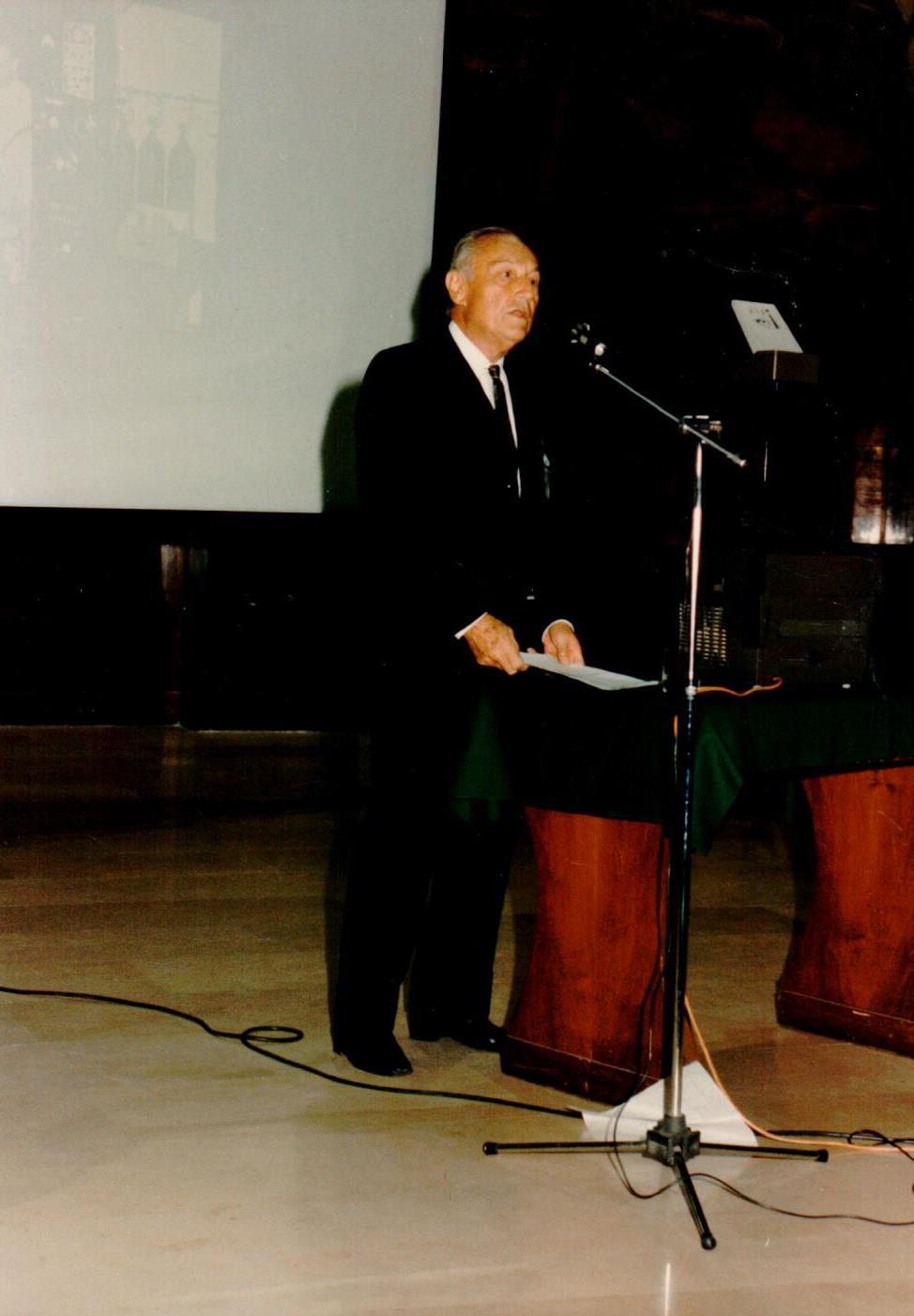
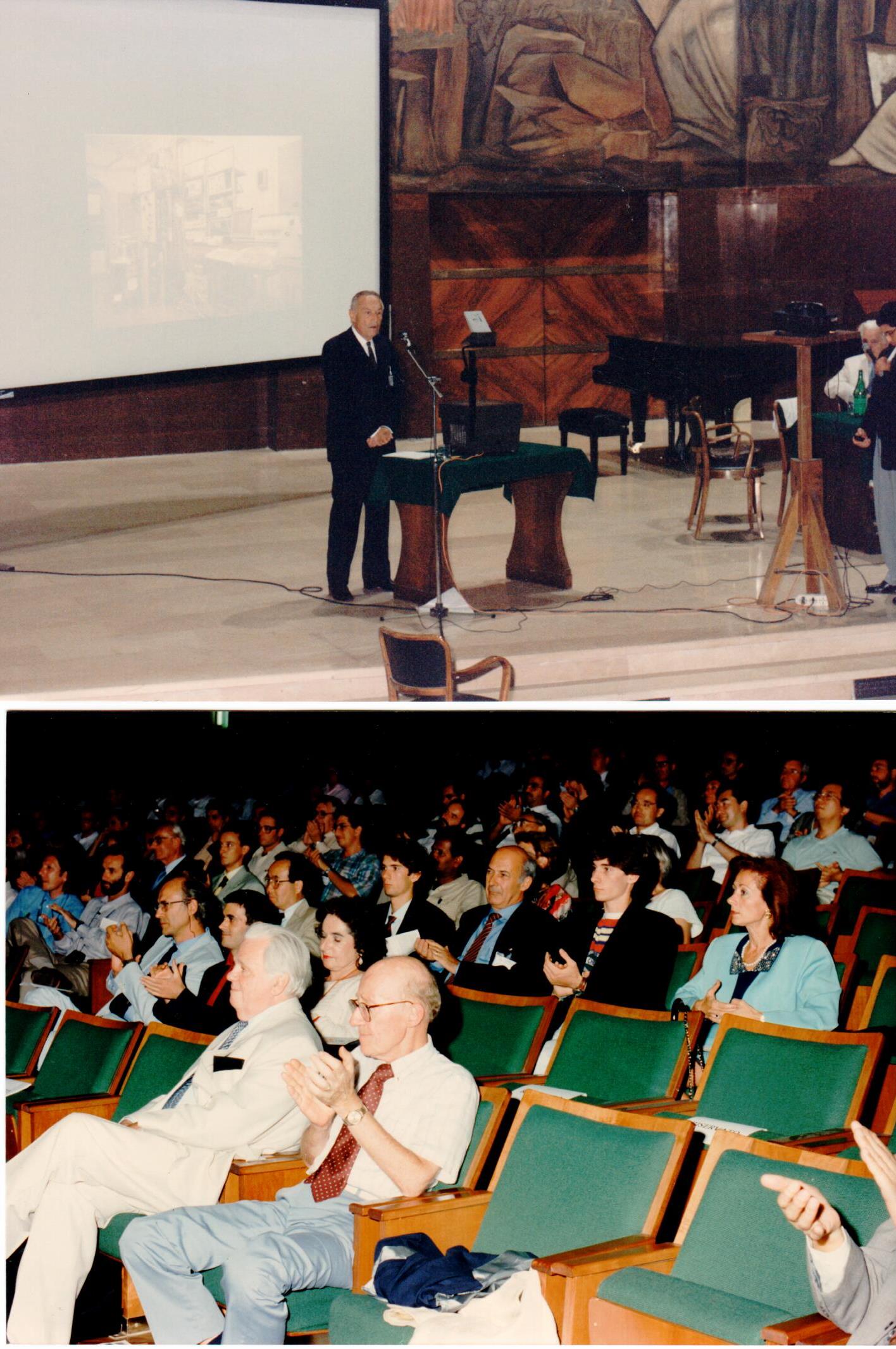
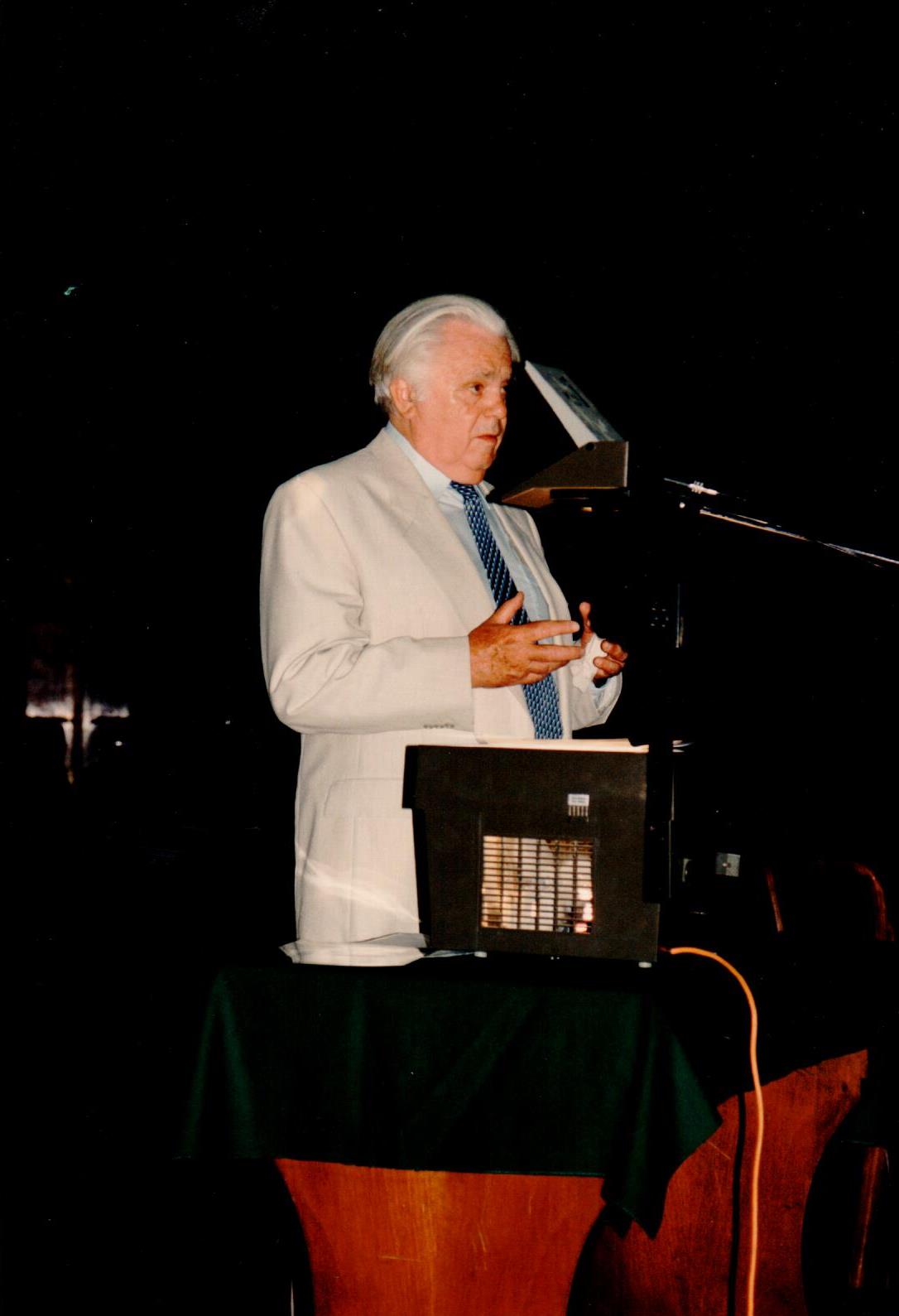
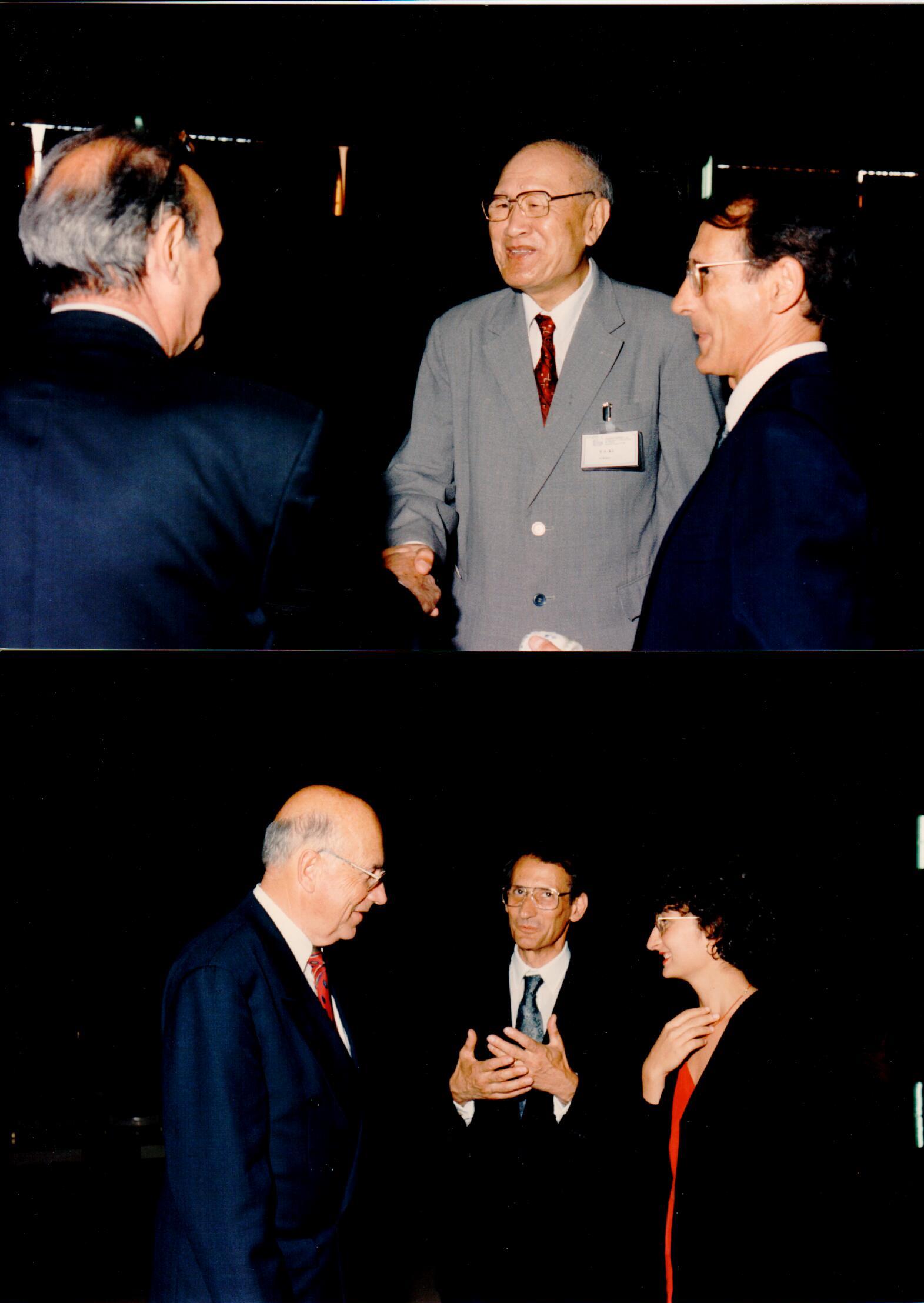
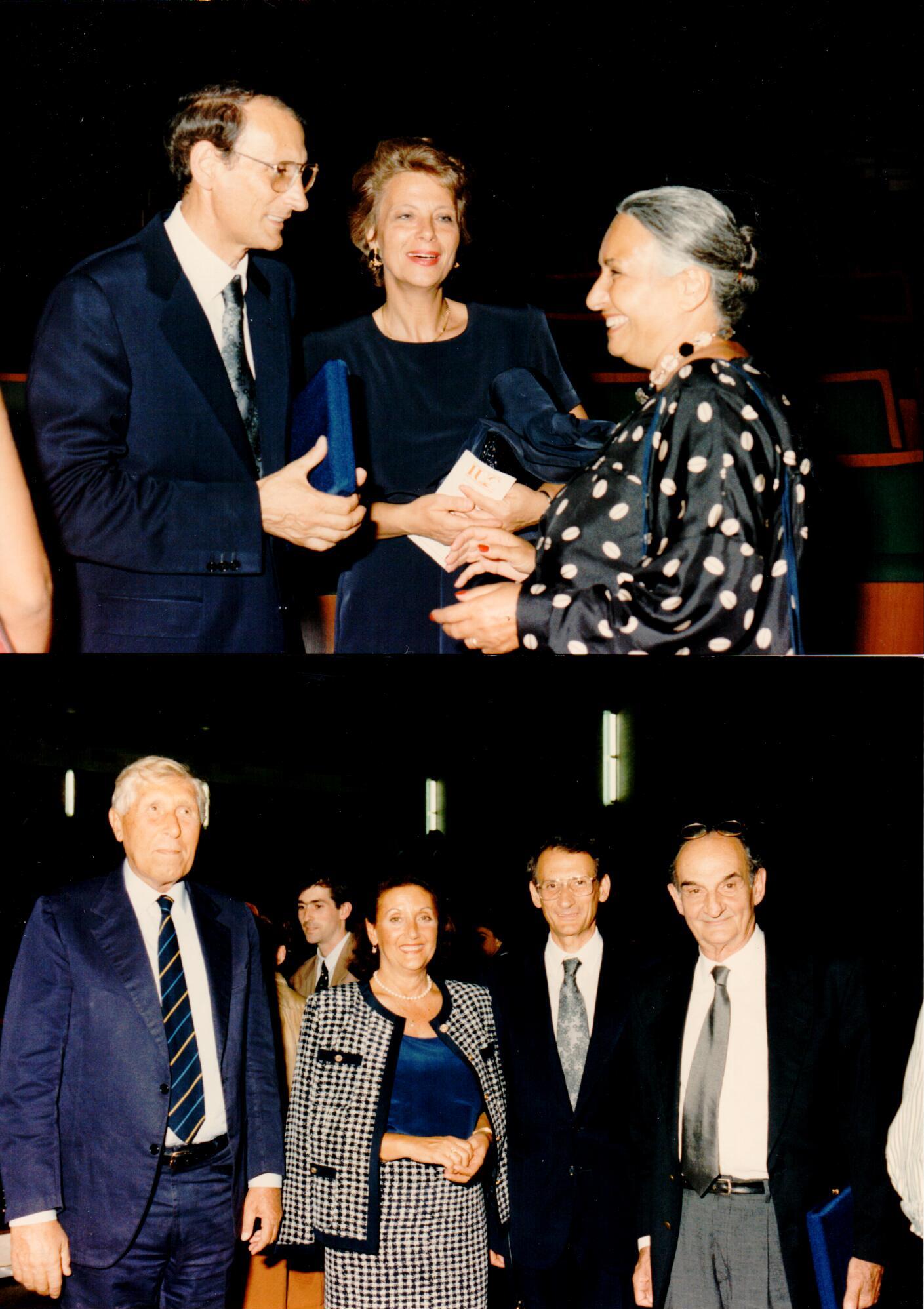
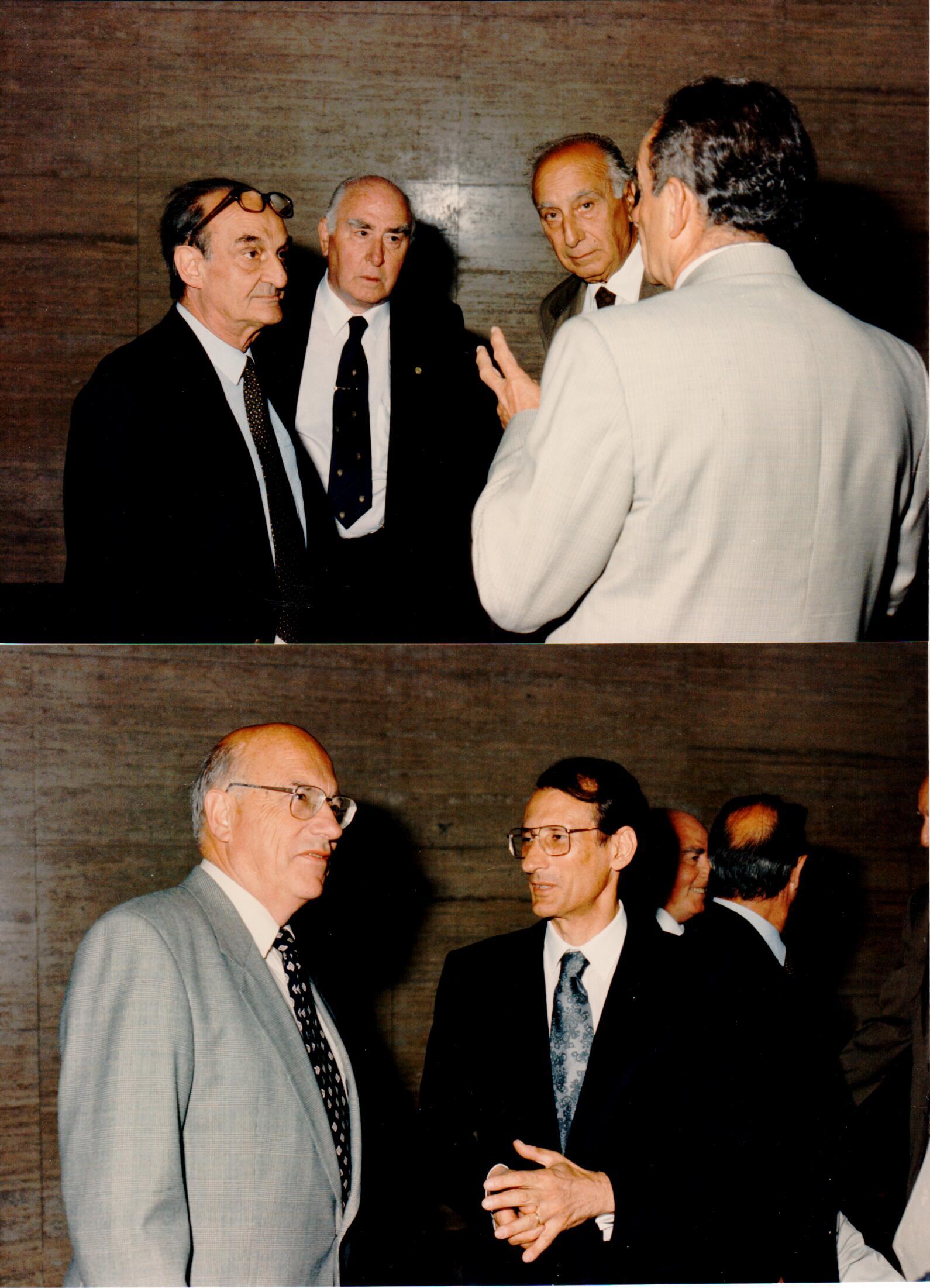
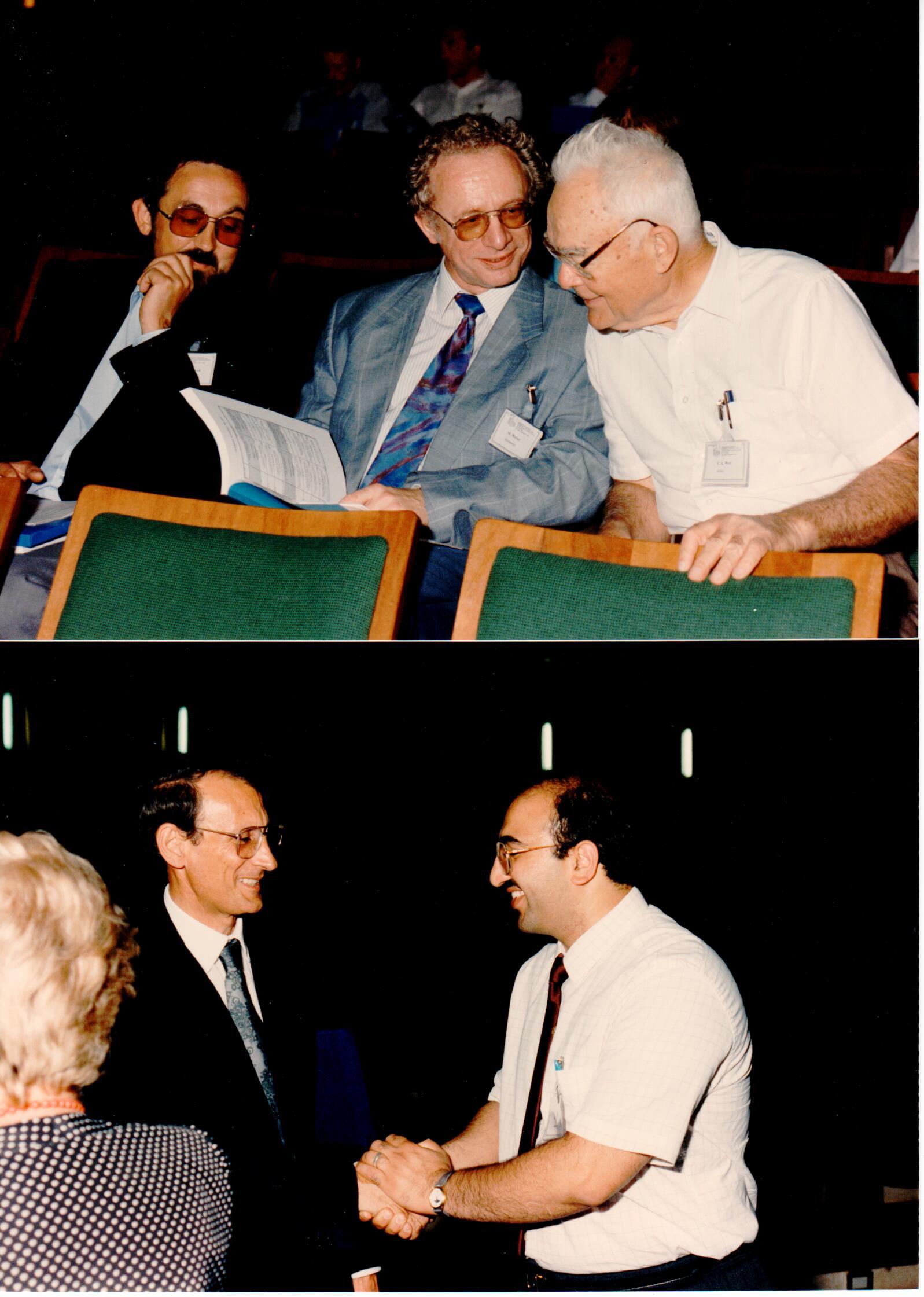
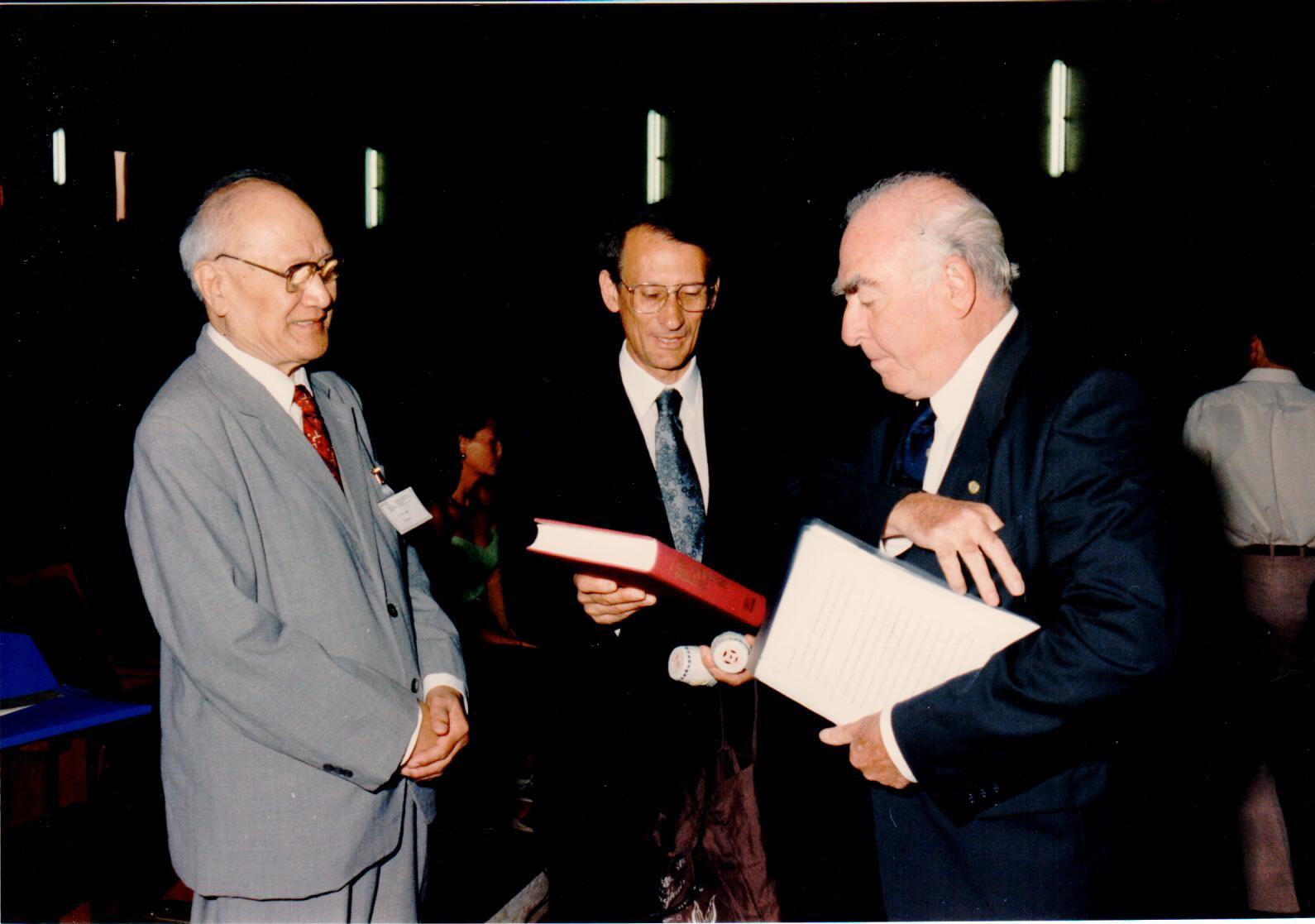
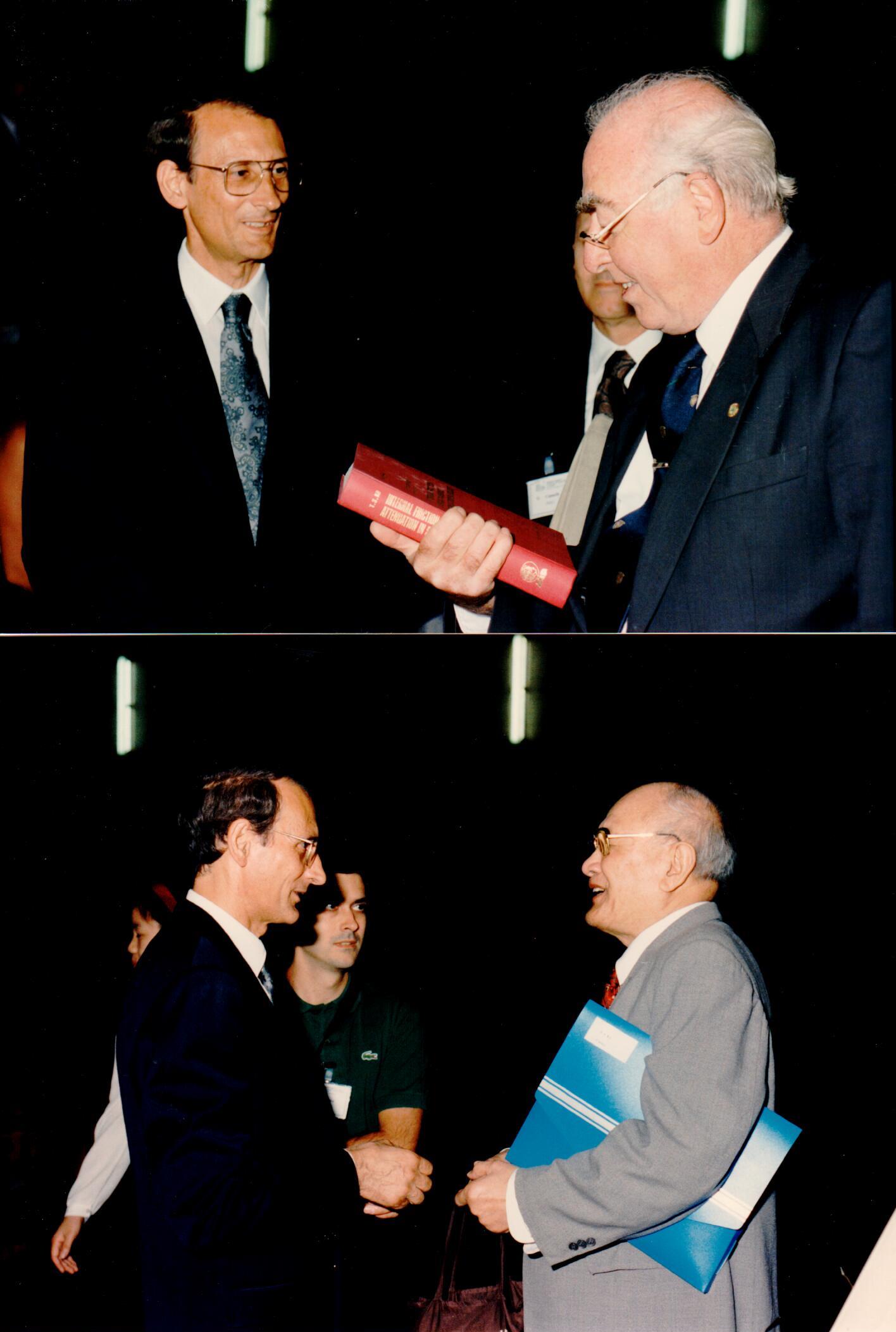
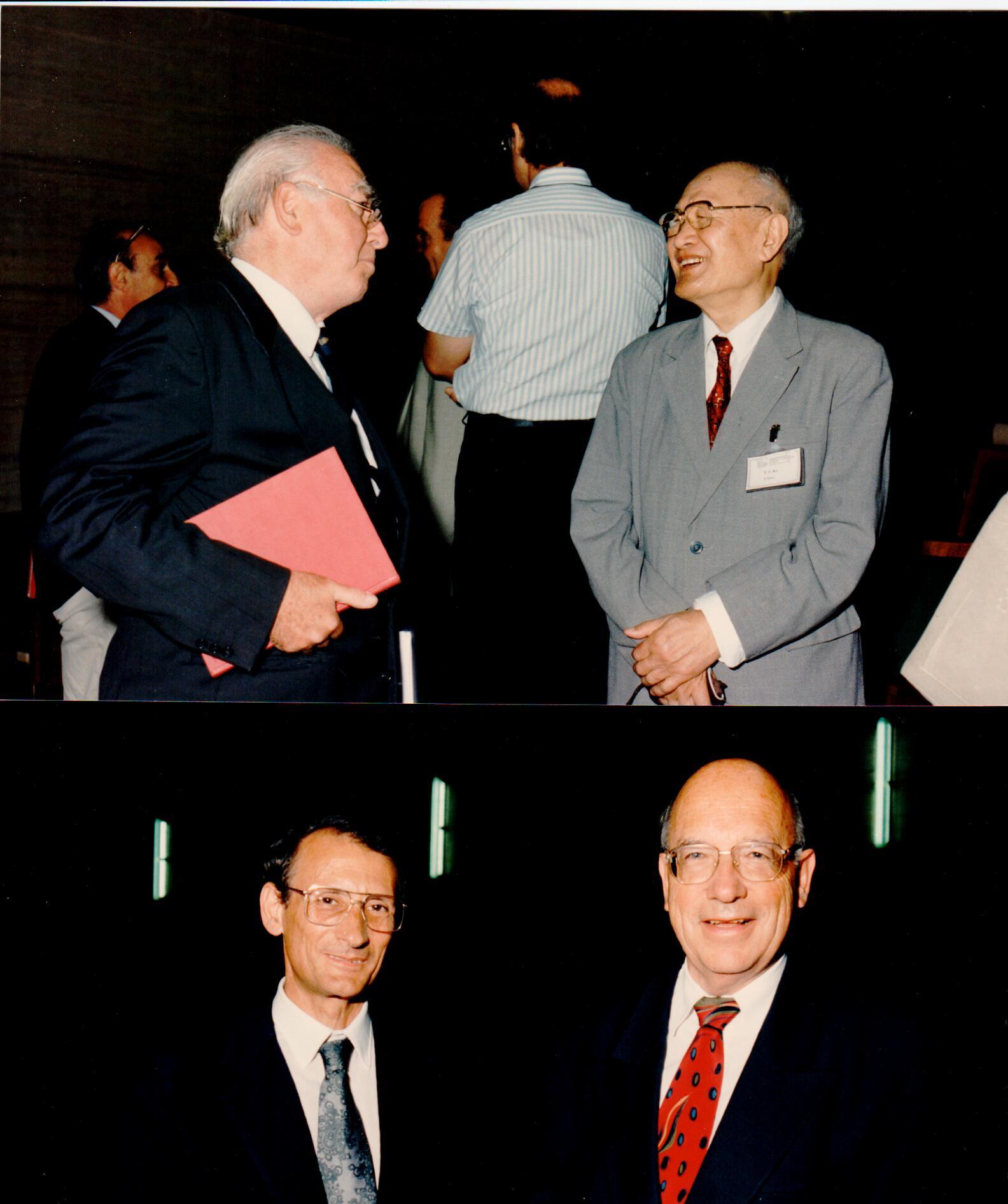
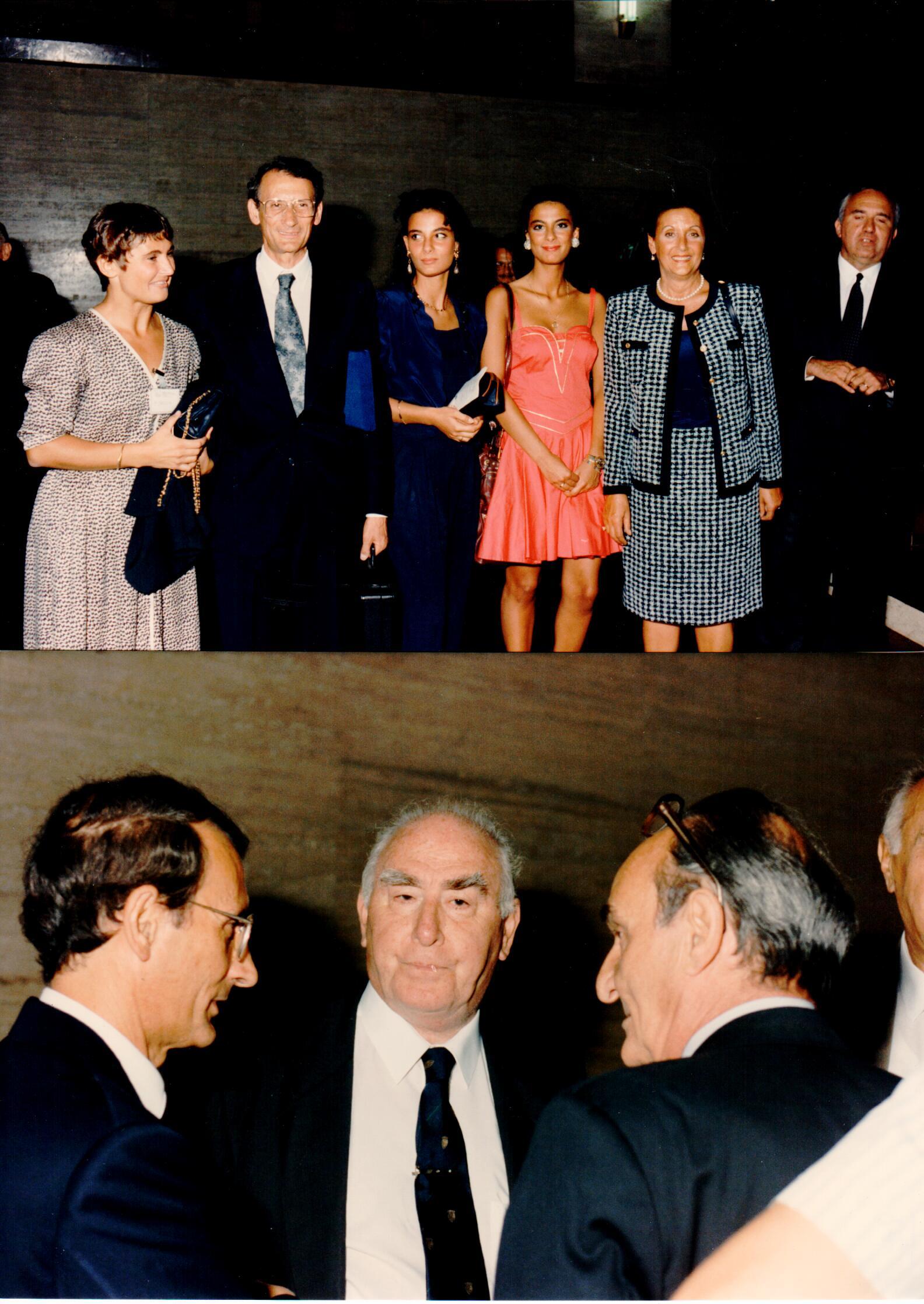
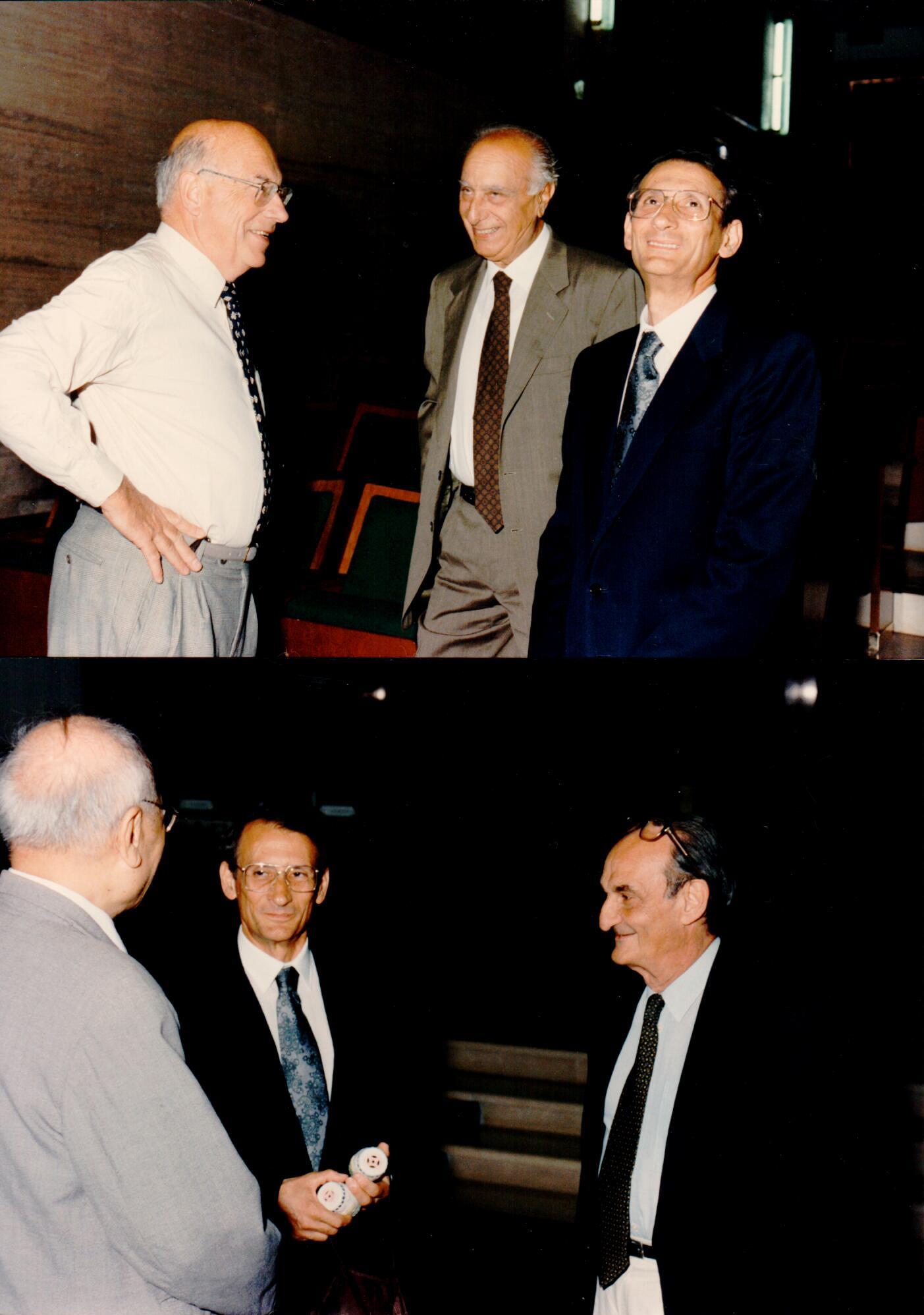
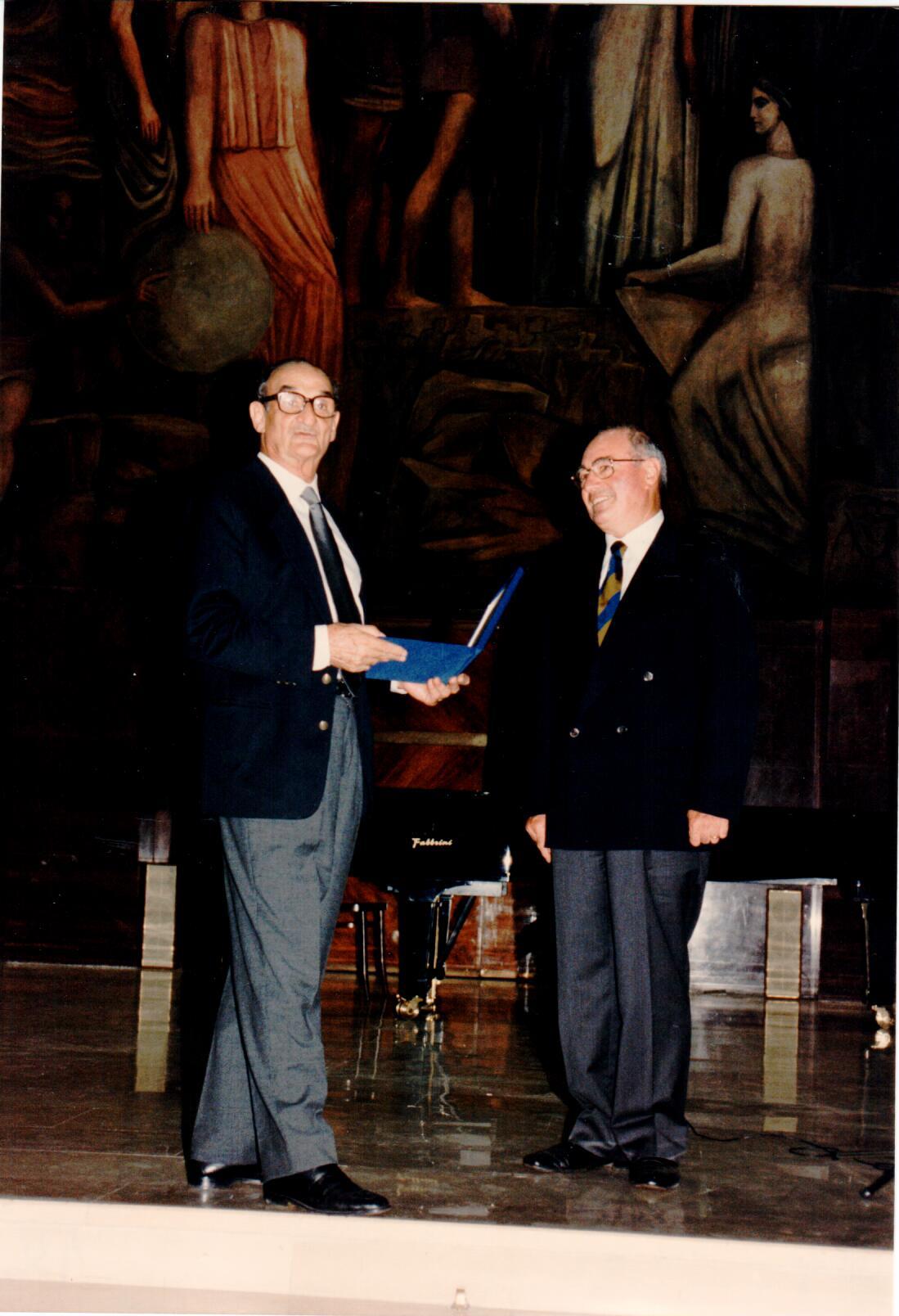
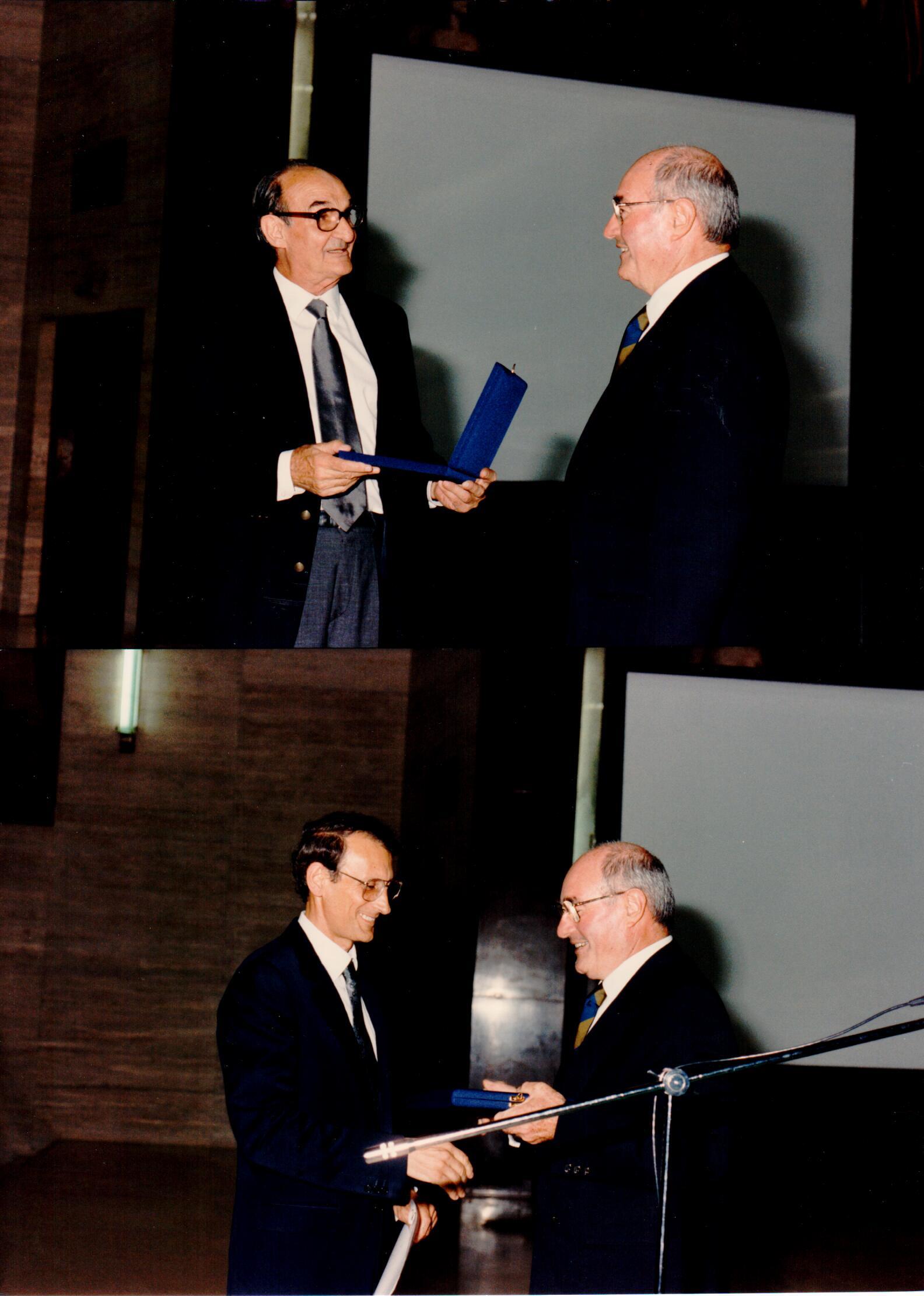
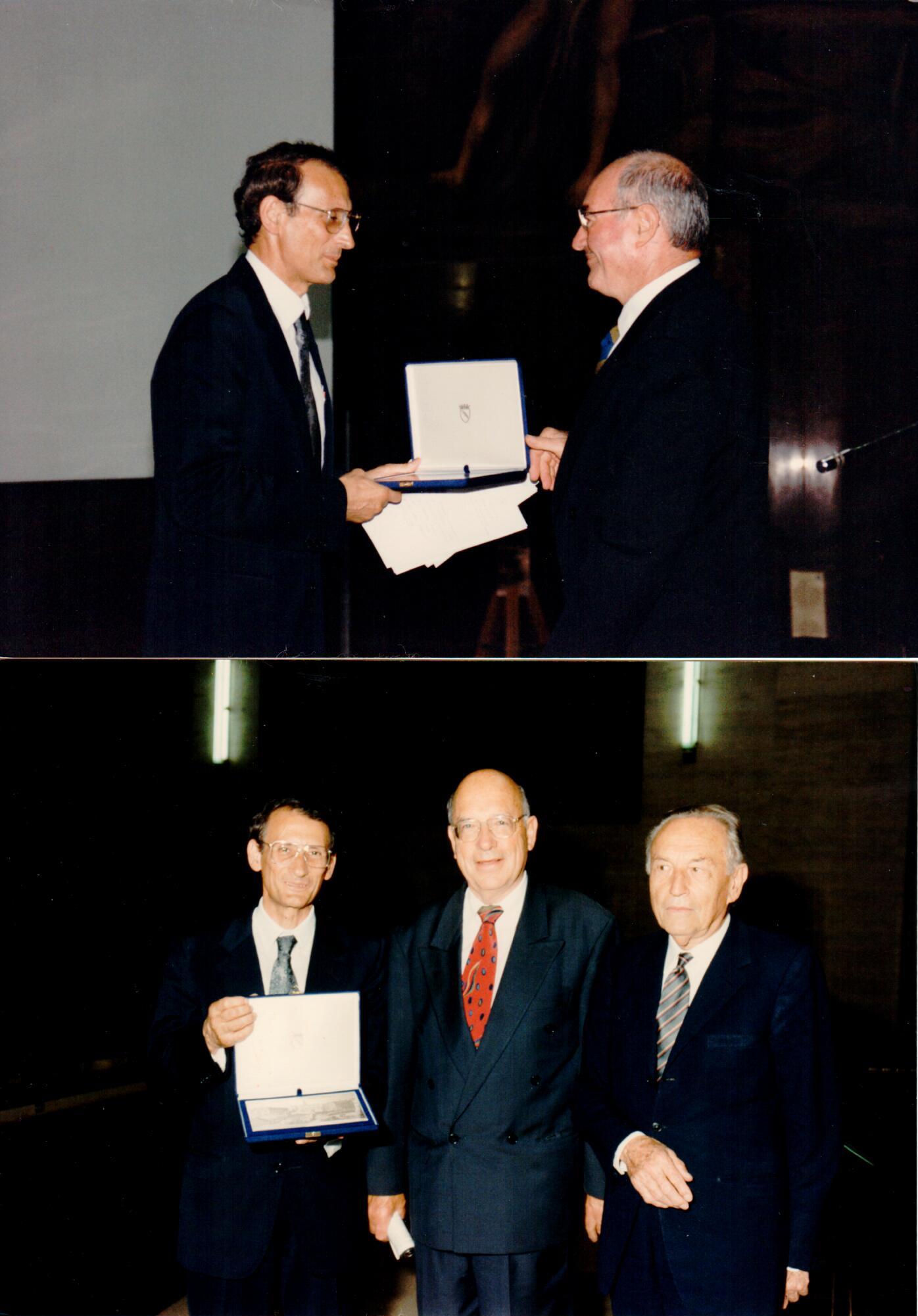
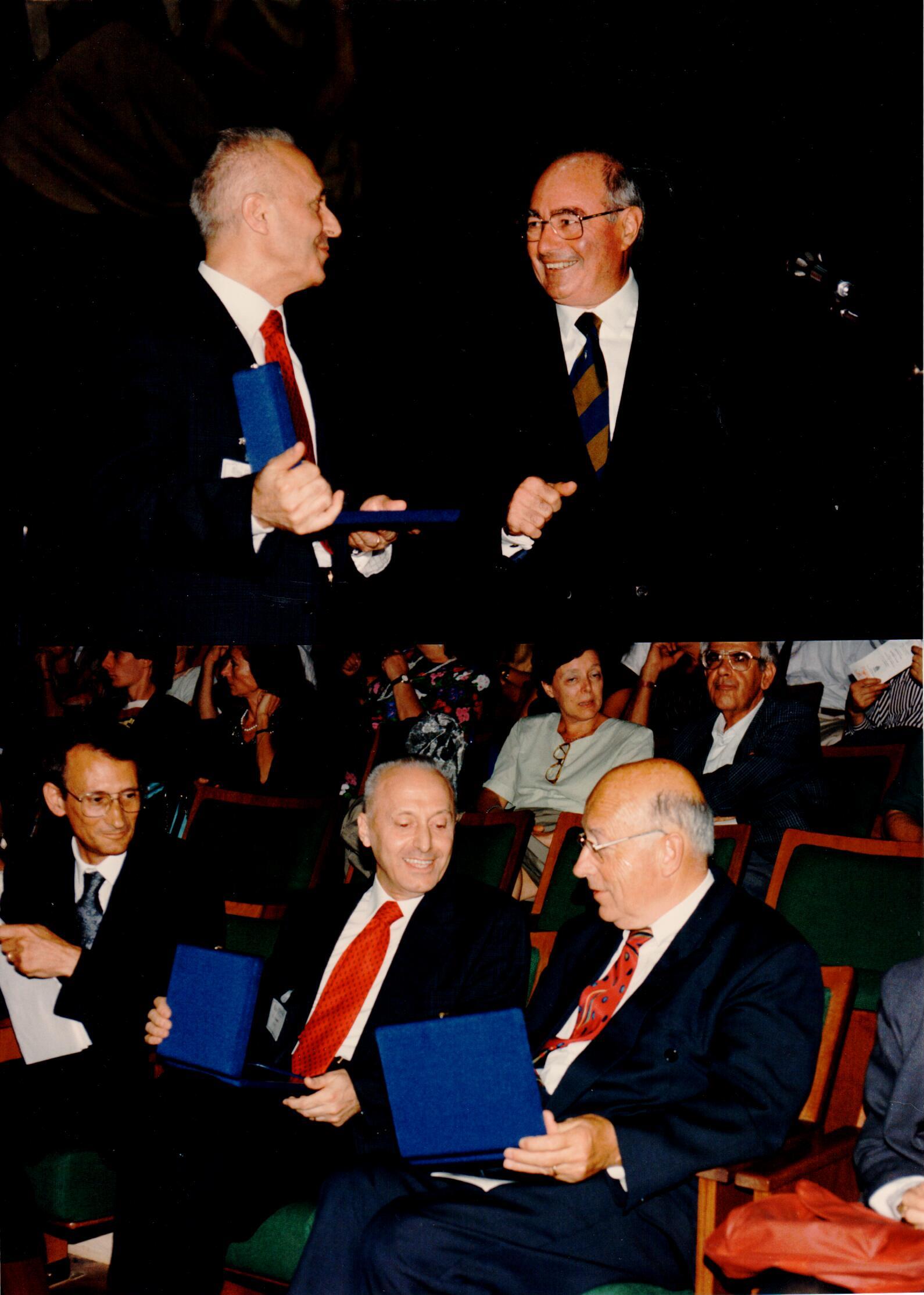
SOCIAL DINNER IN THE “APPIA ANTICA ARCHEOLOGICAL PARK”
The Social Dinner took place in an ancient Villa in the Appia Antica area
